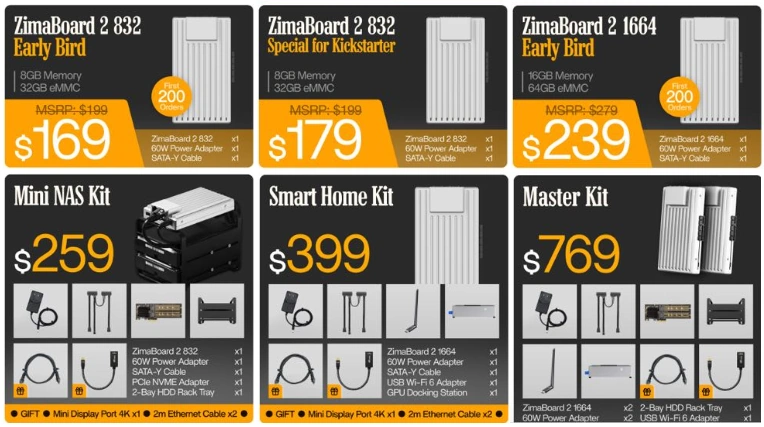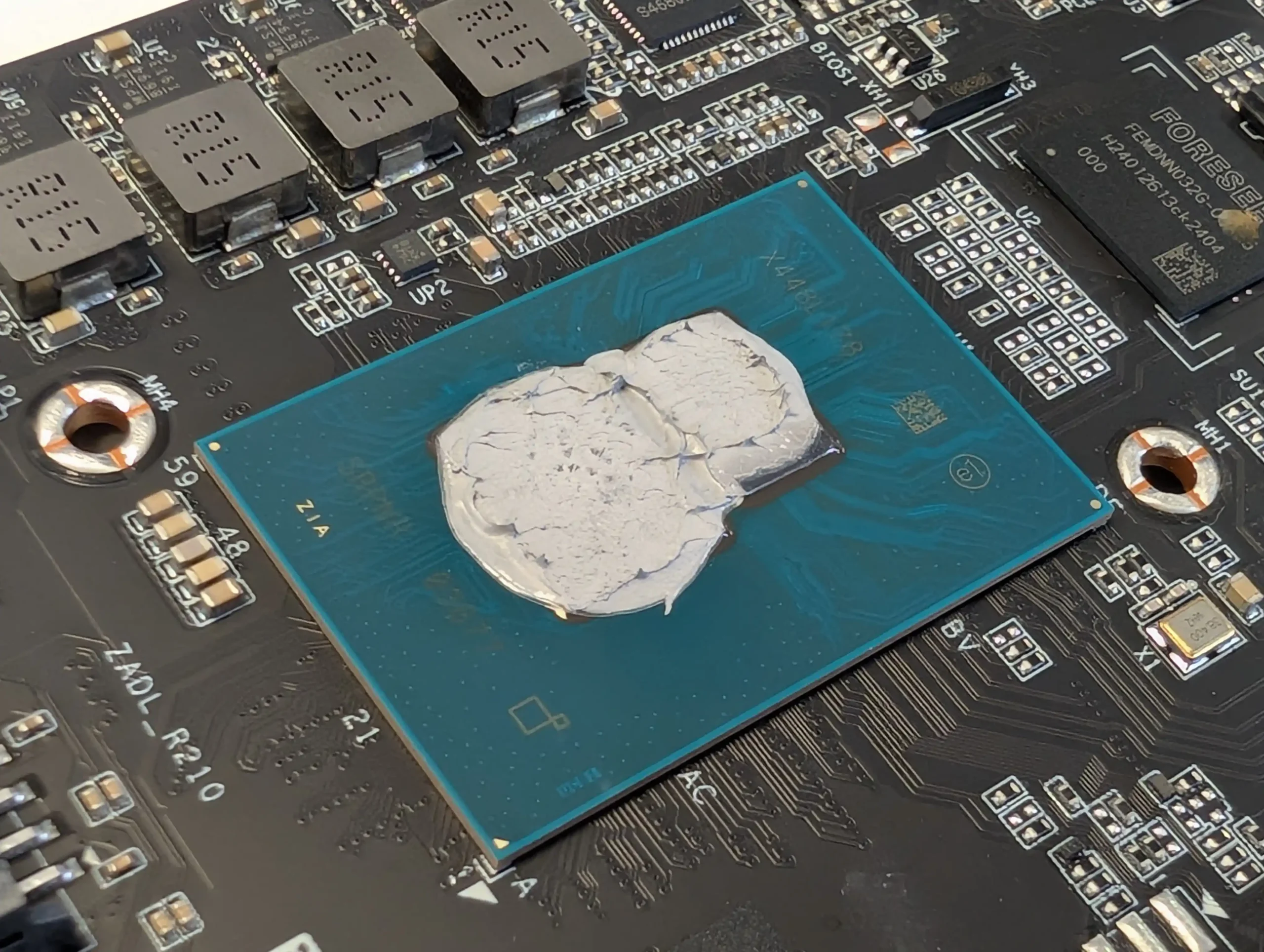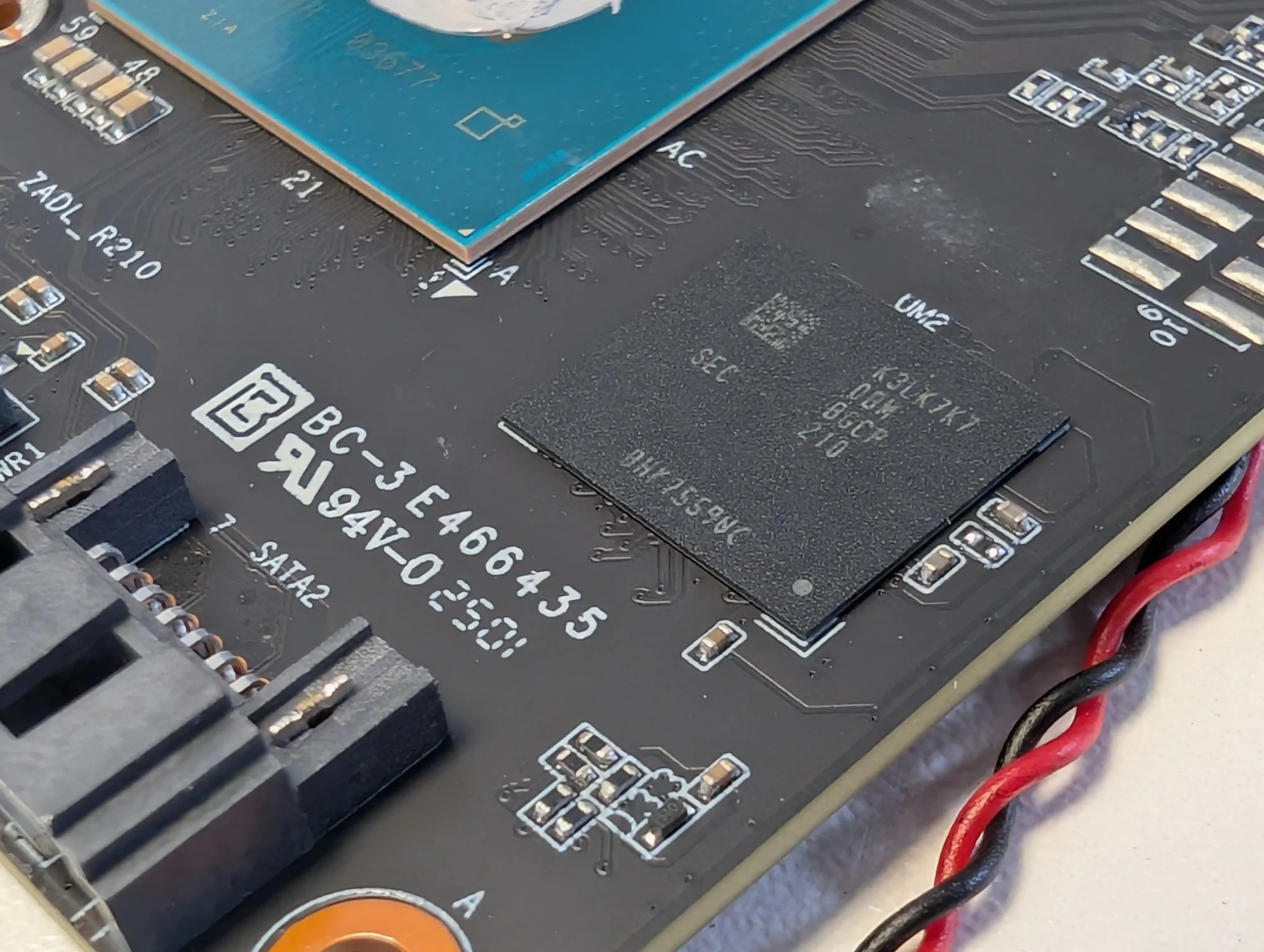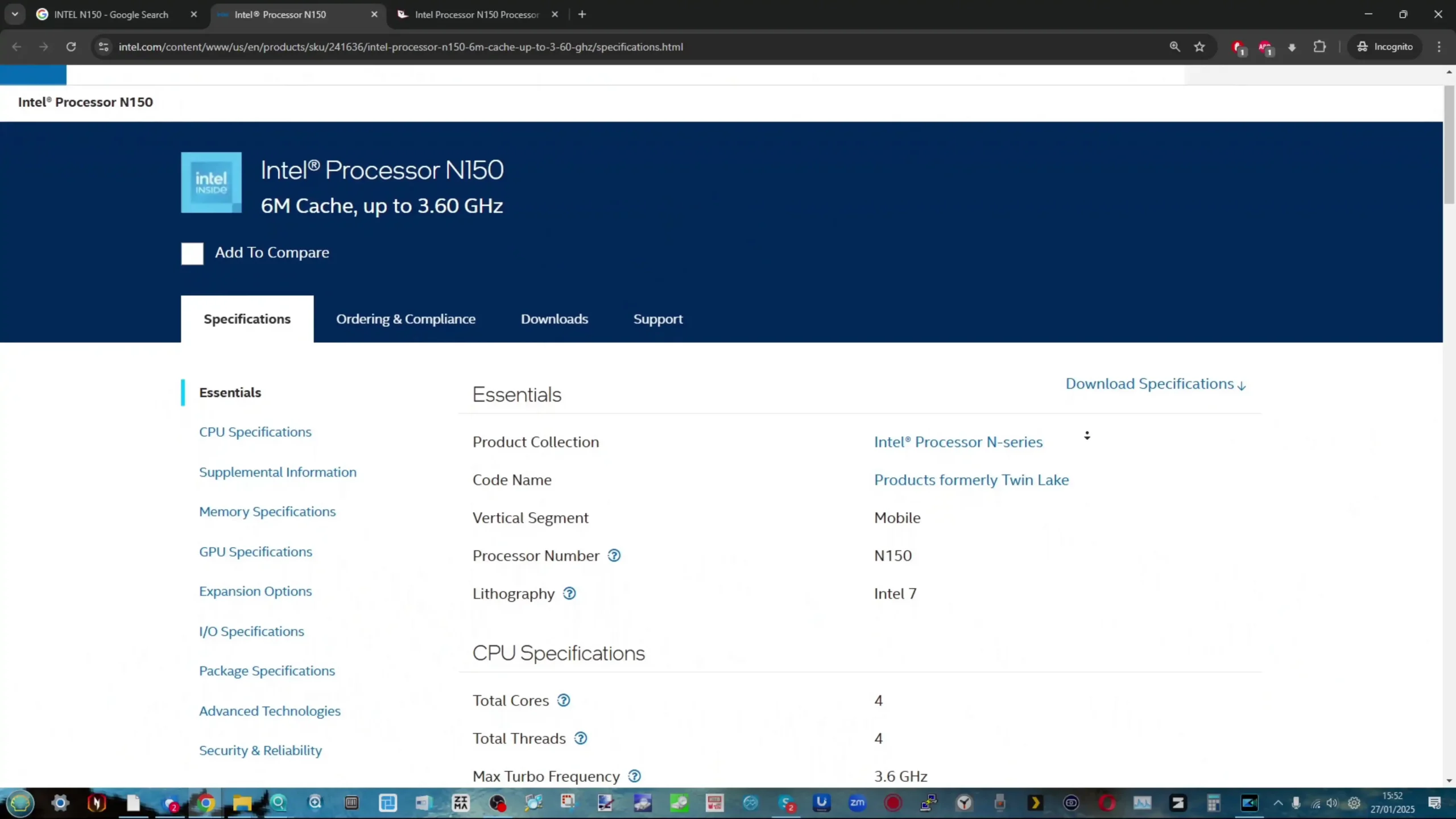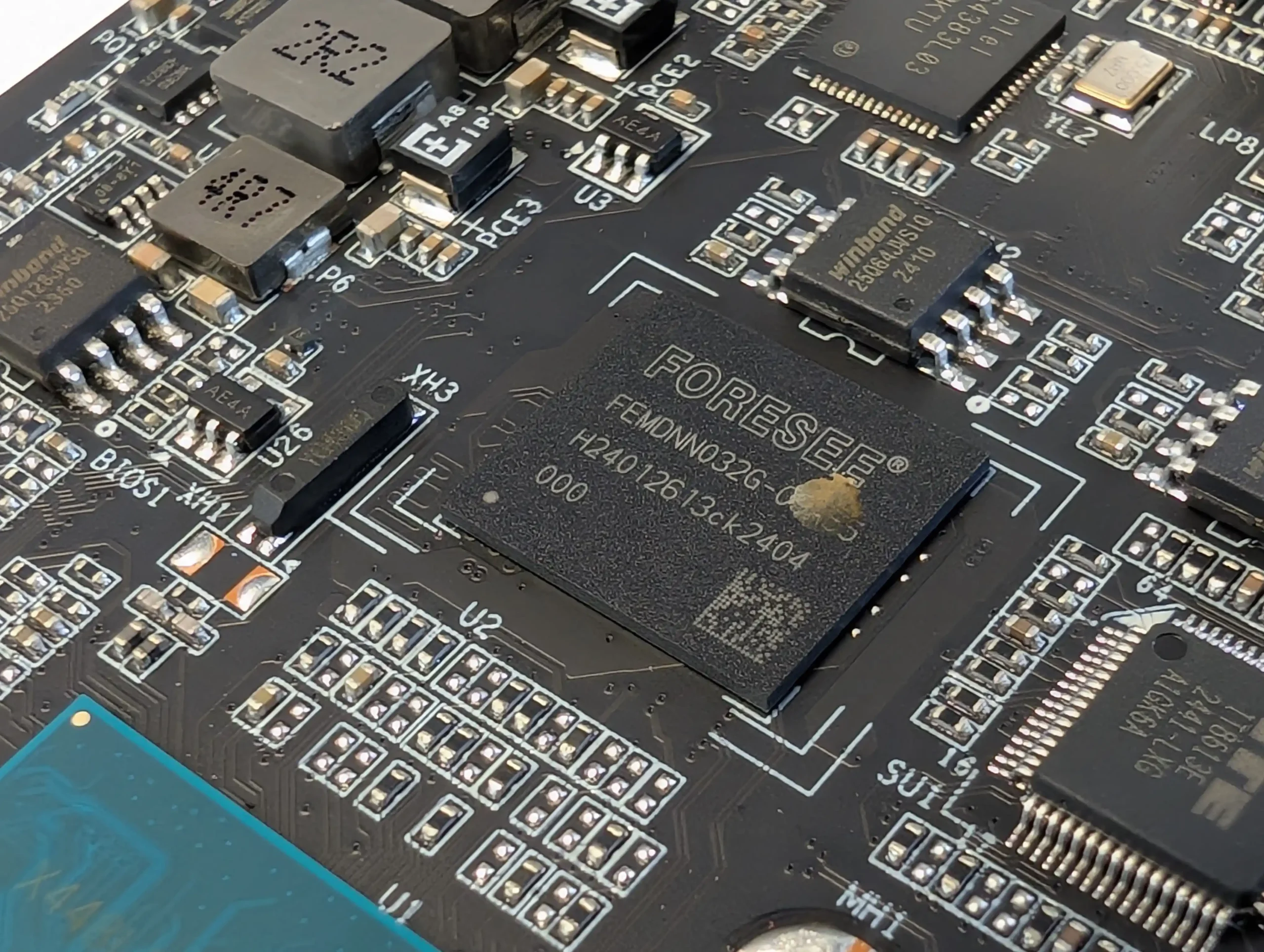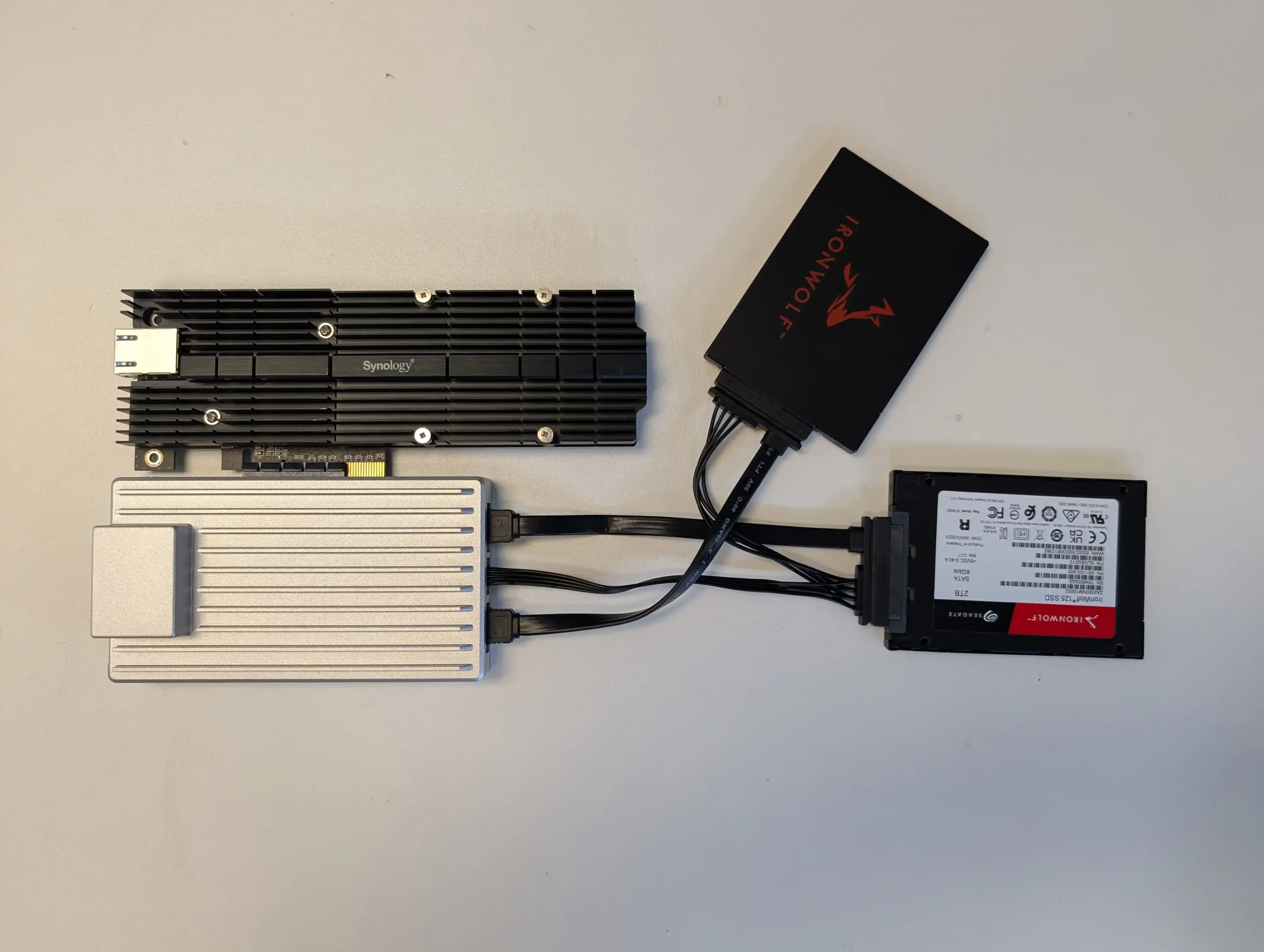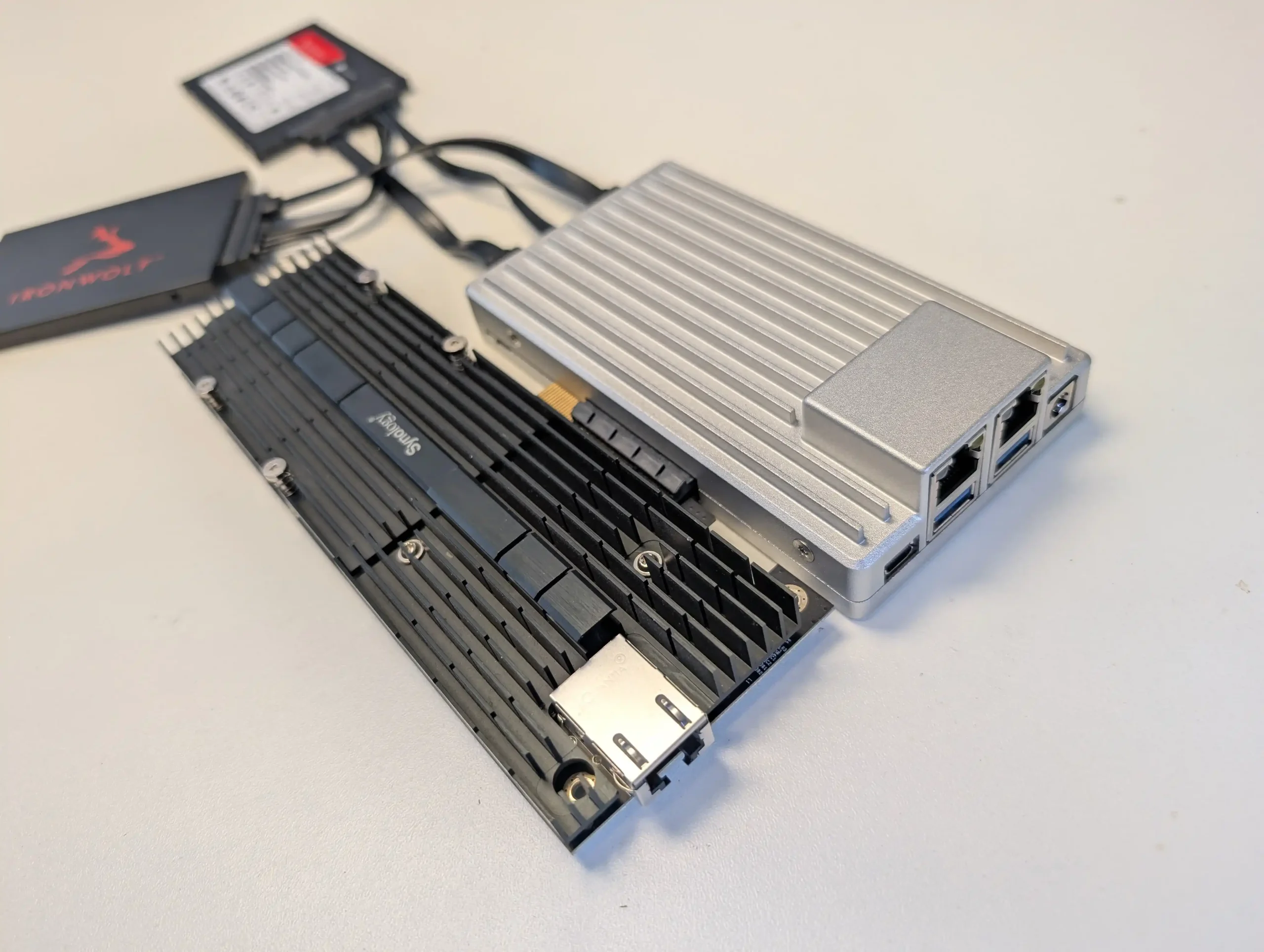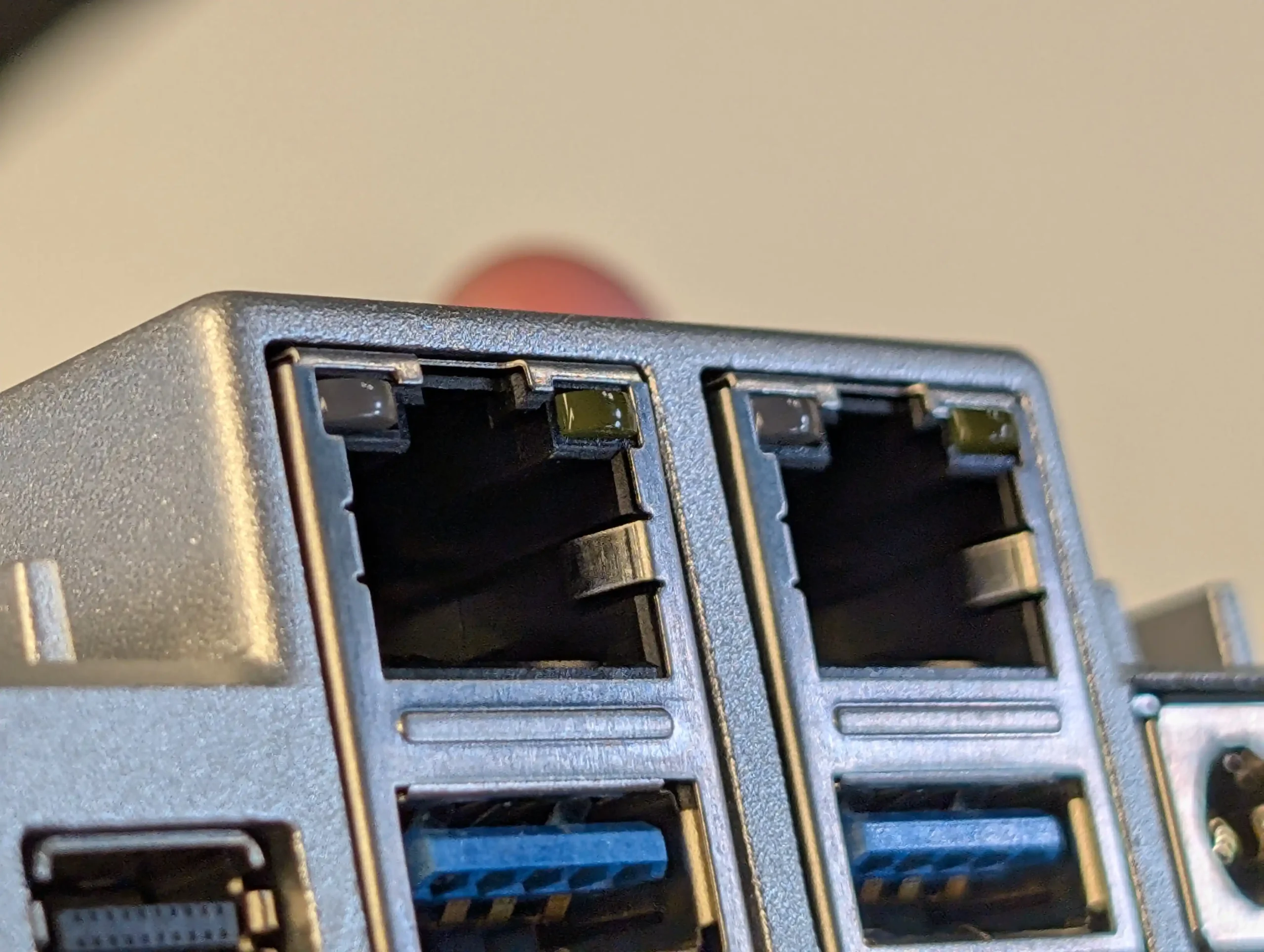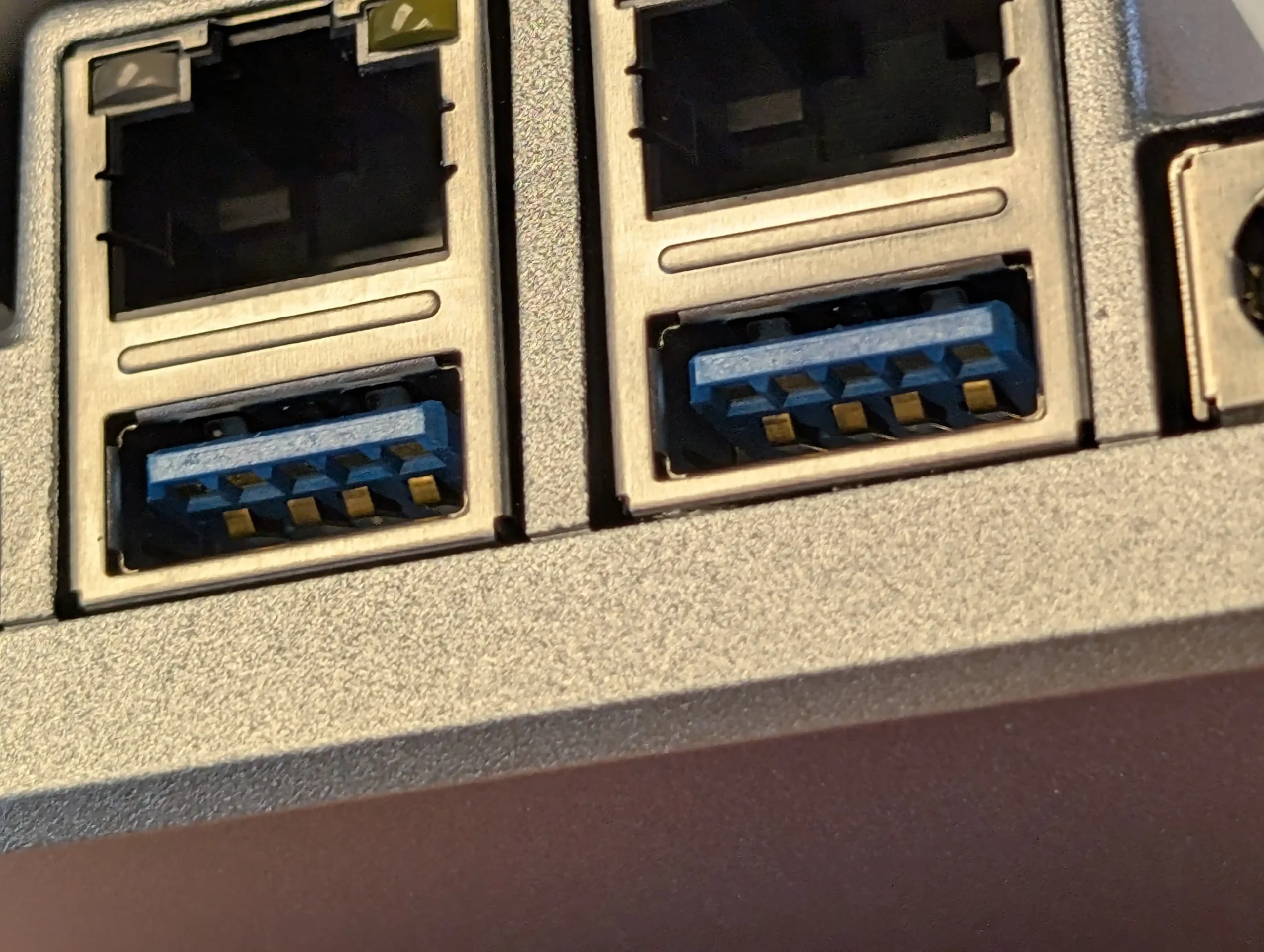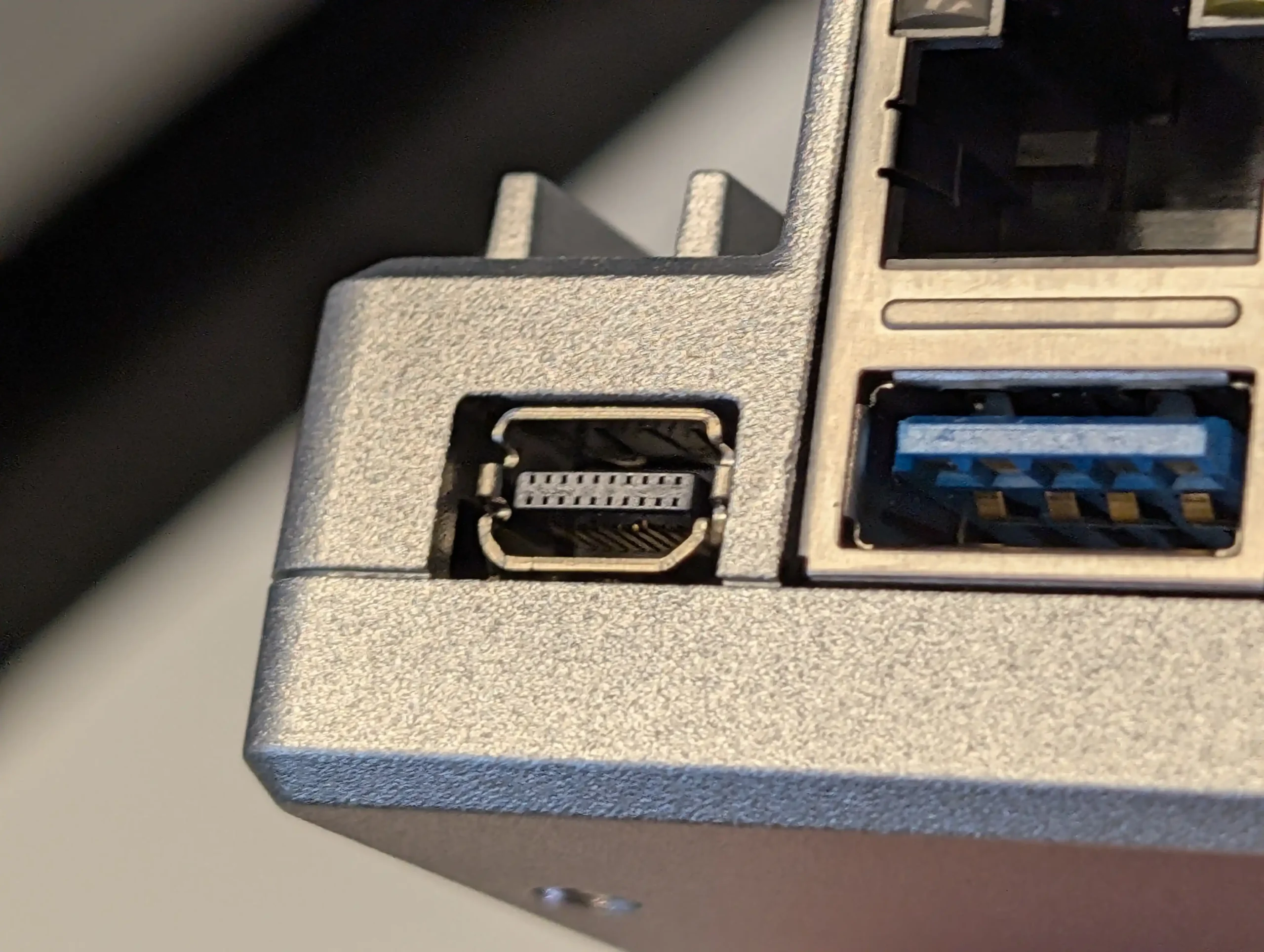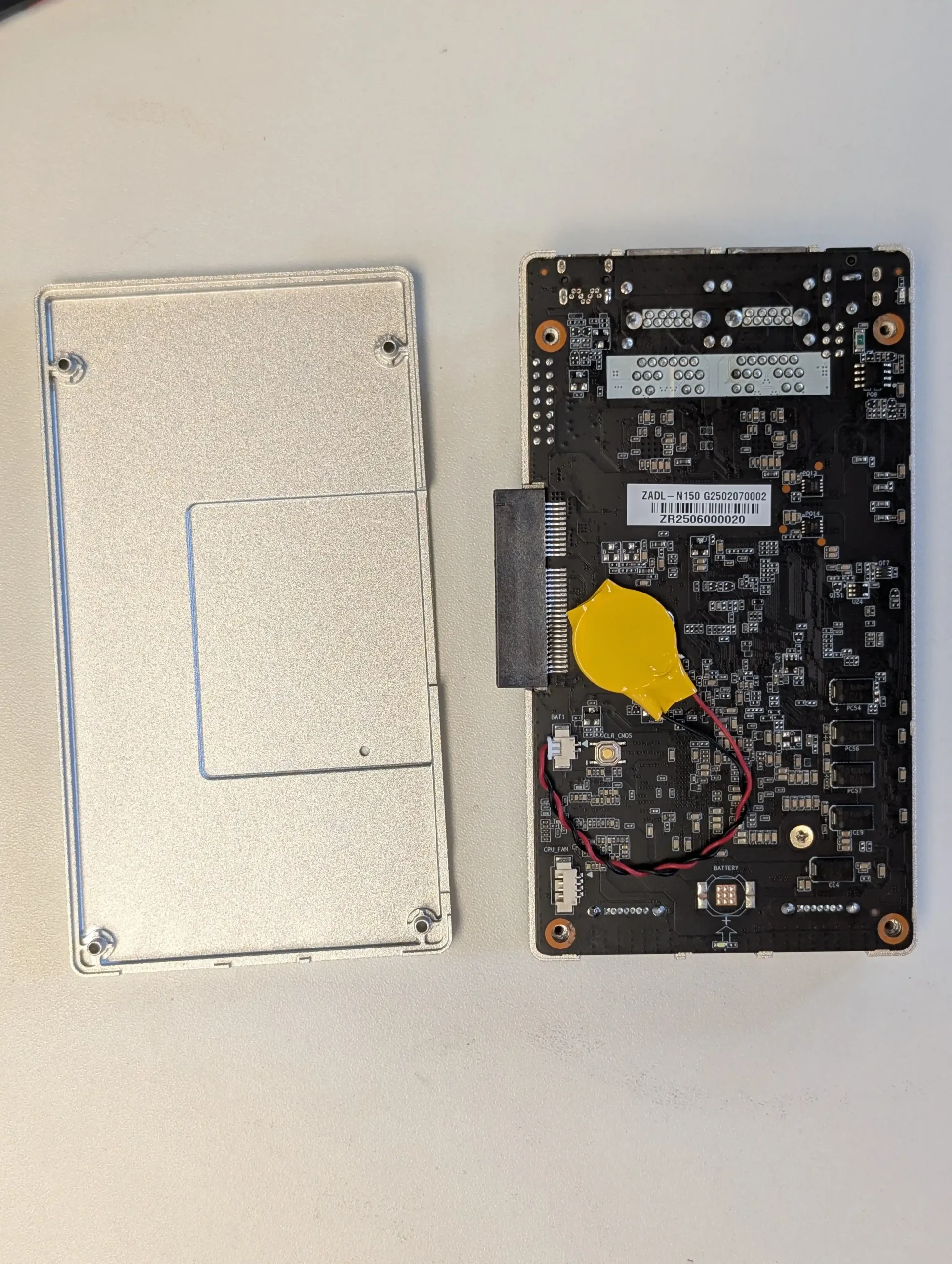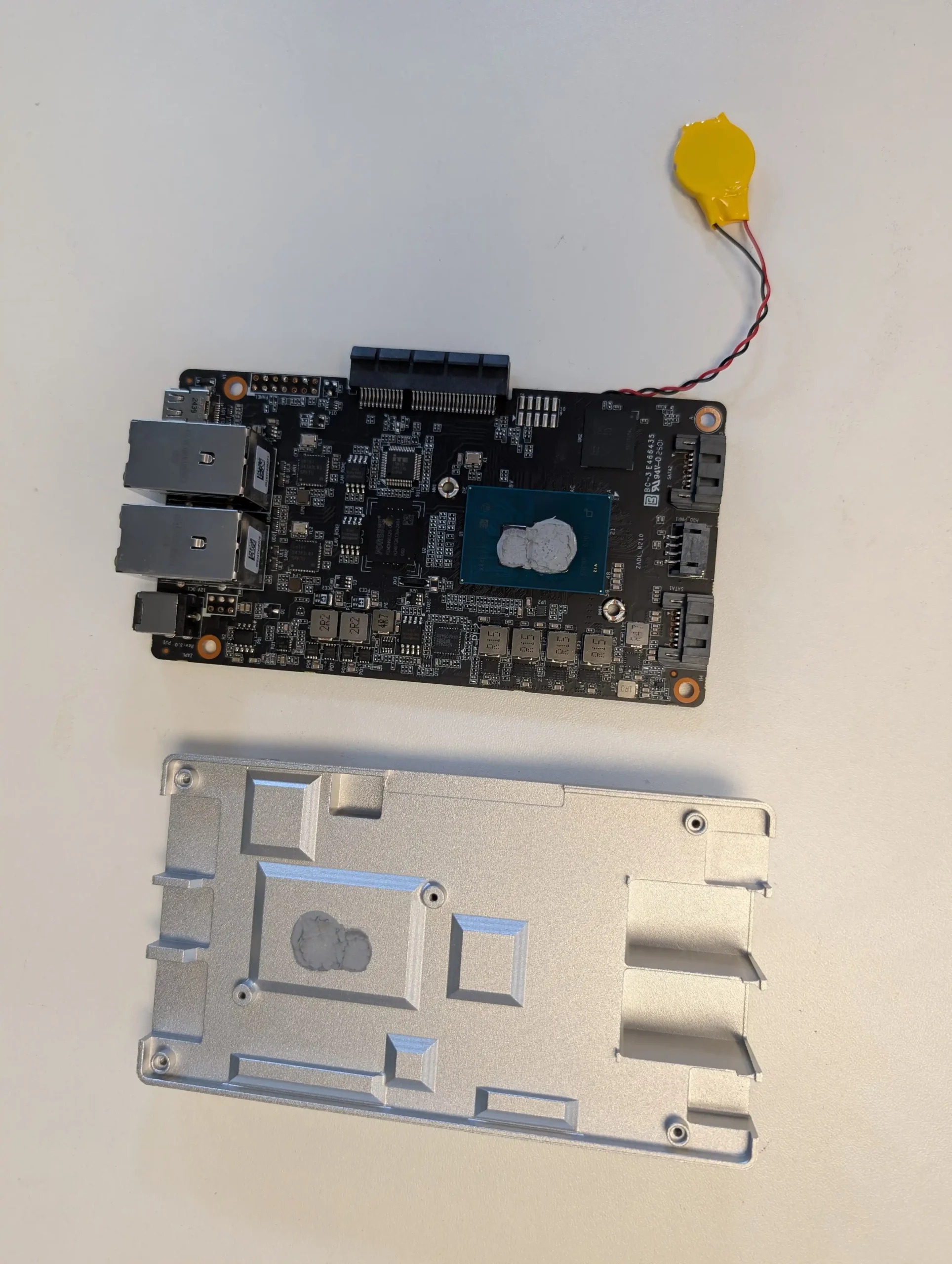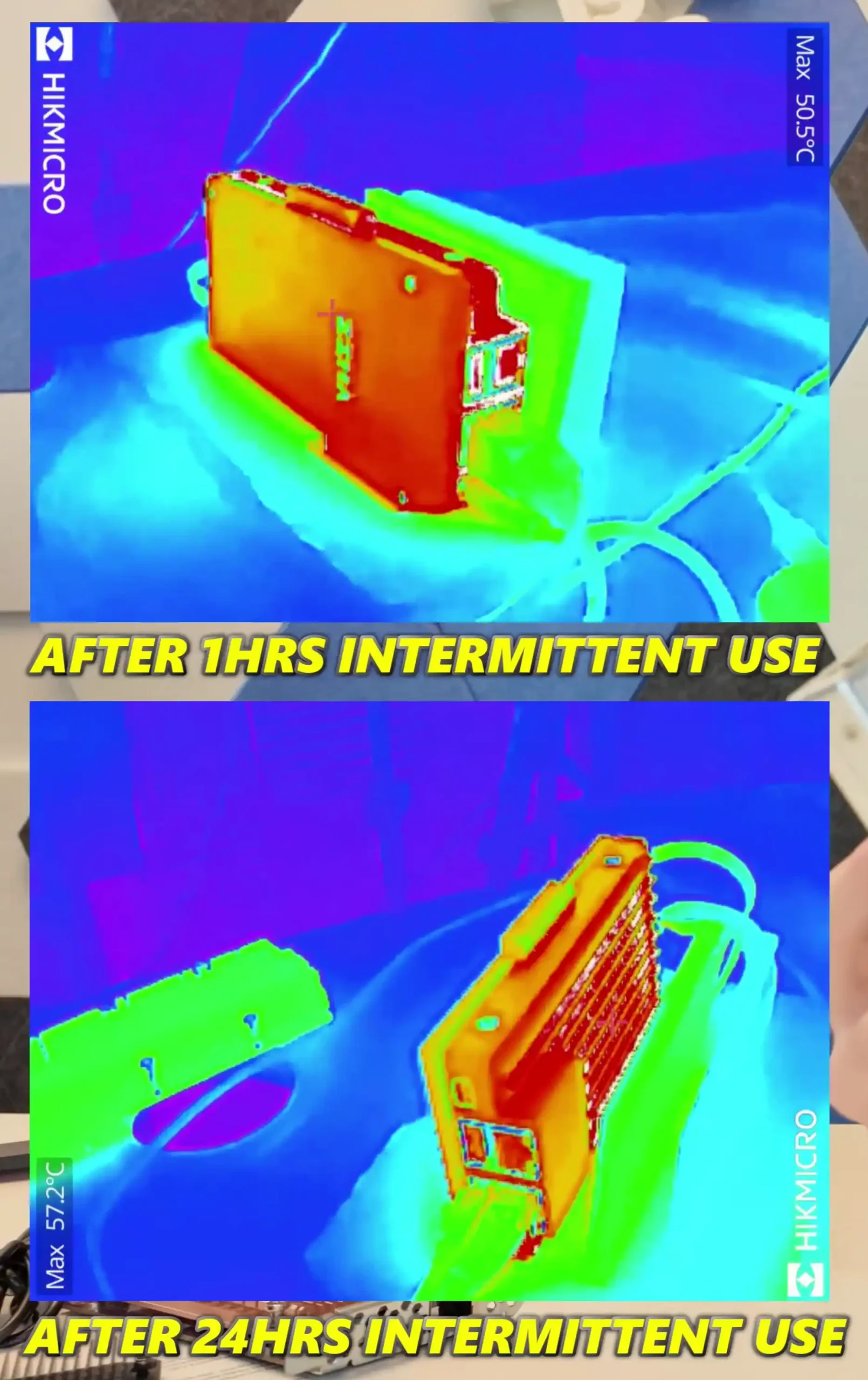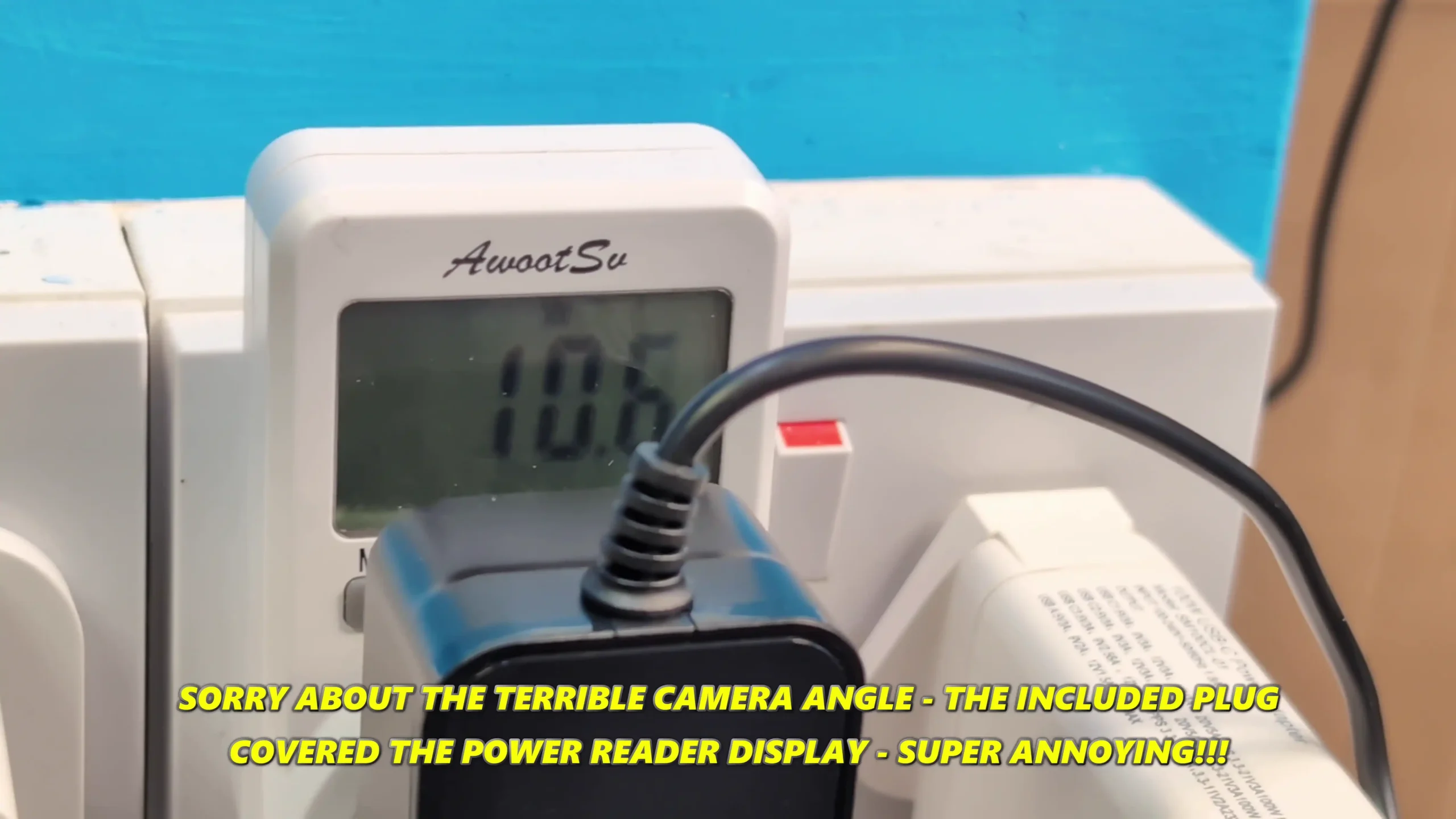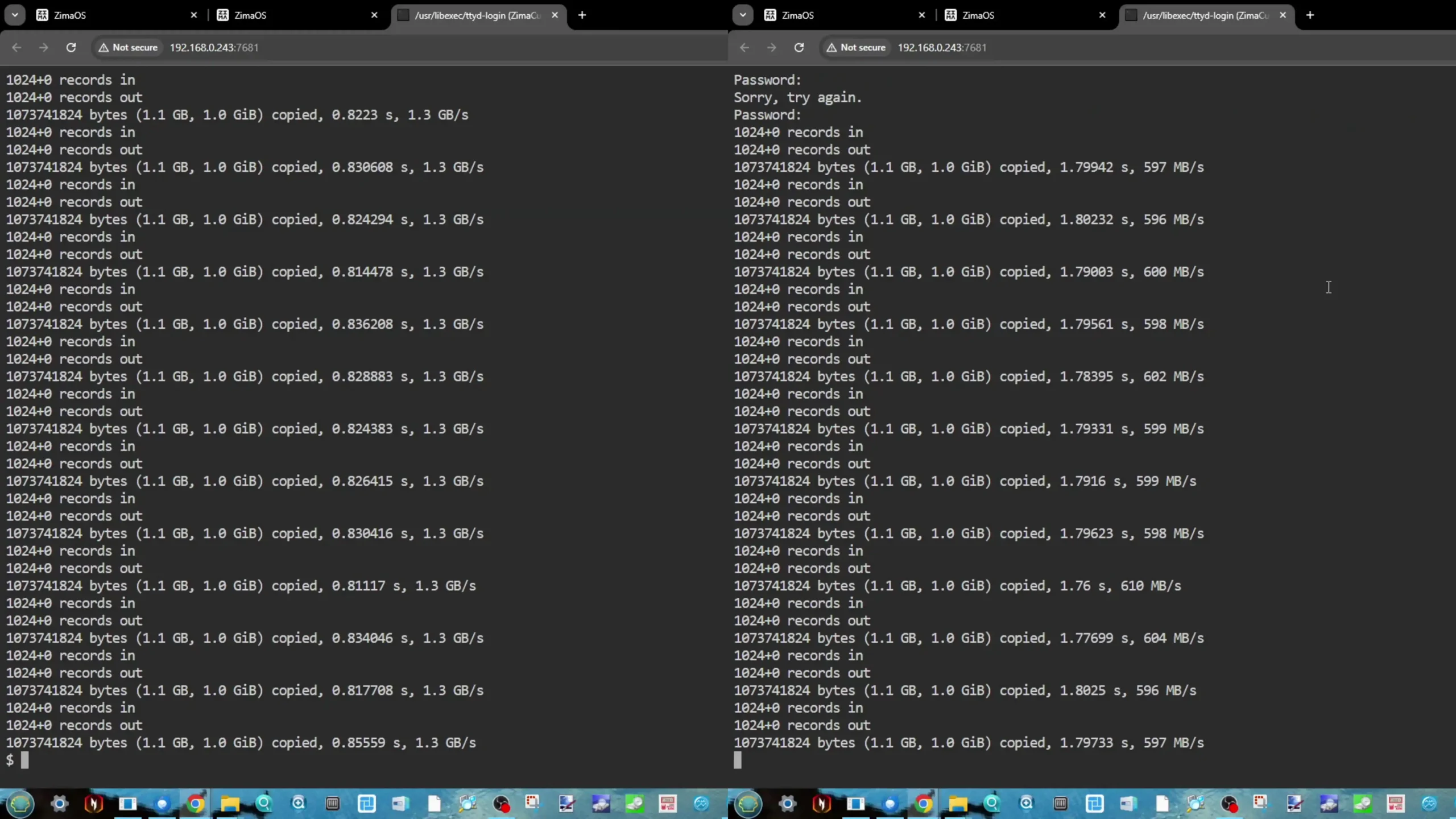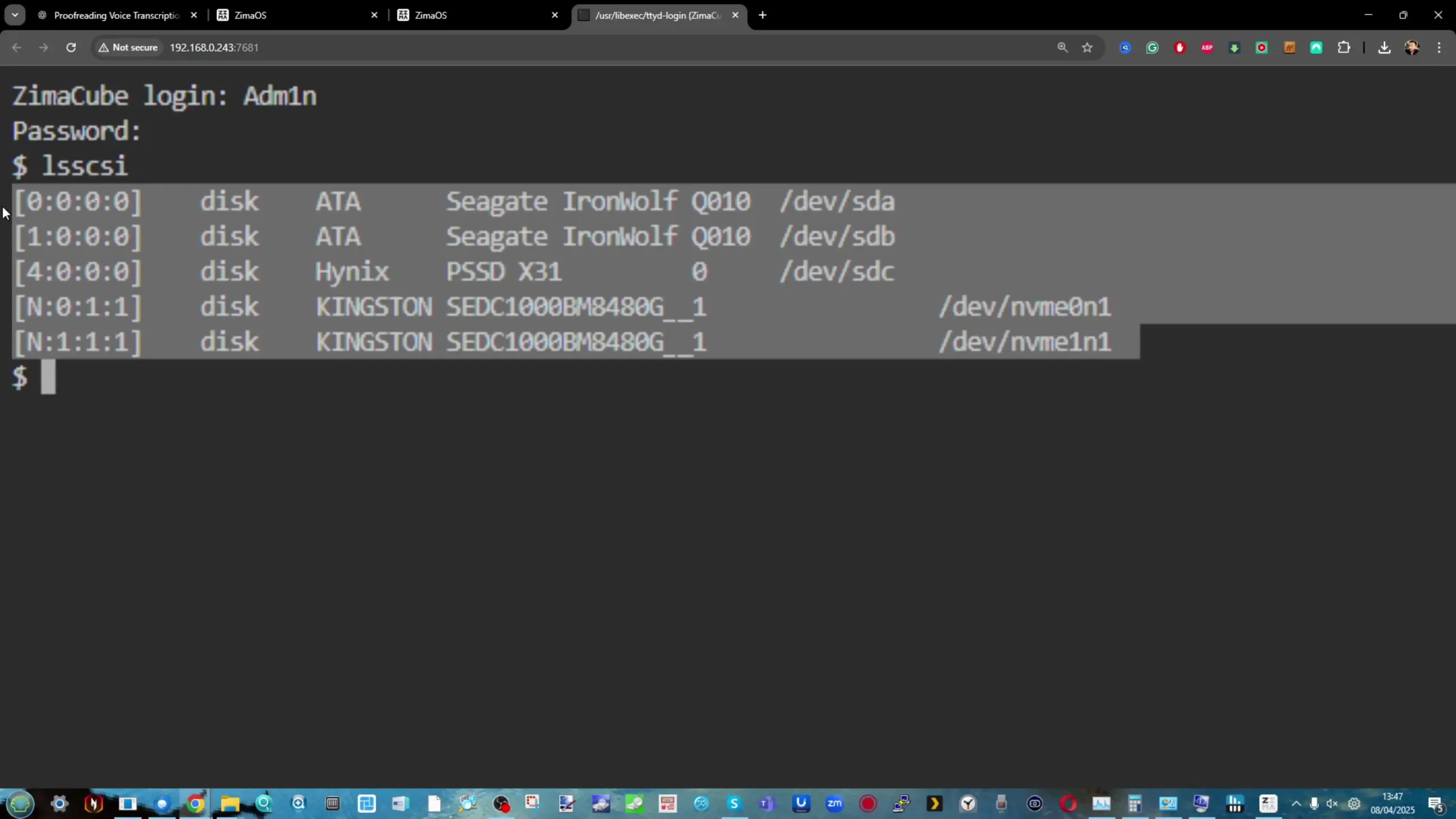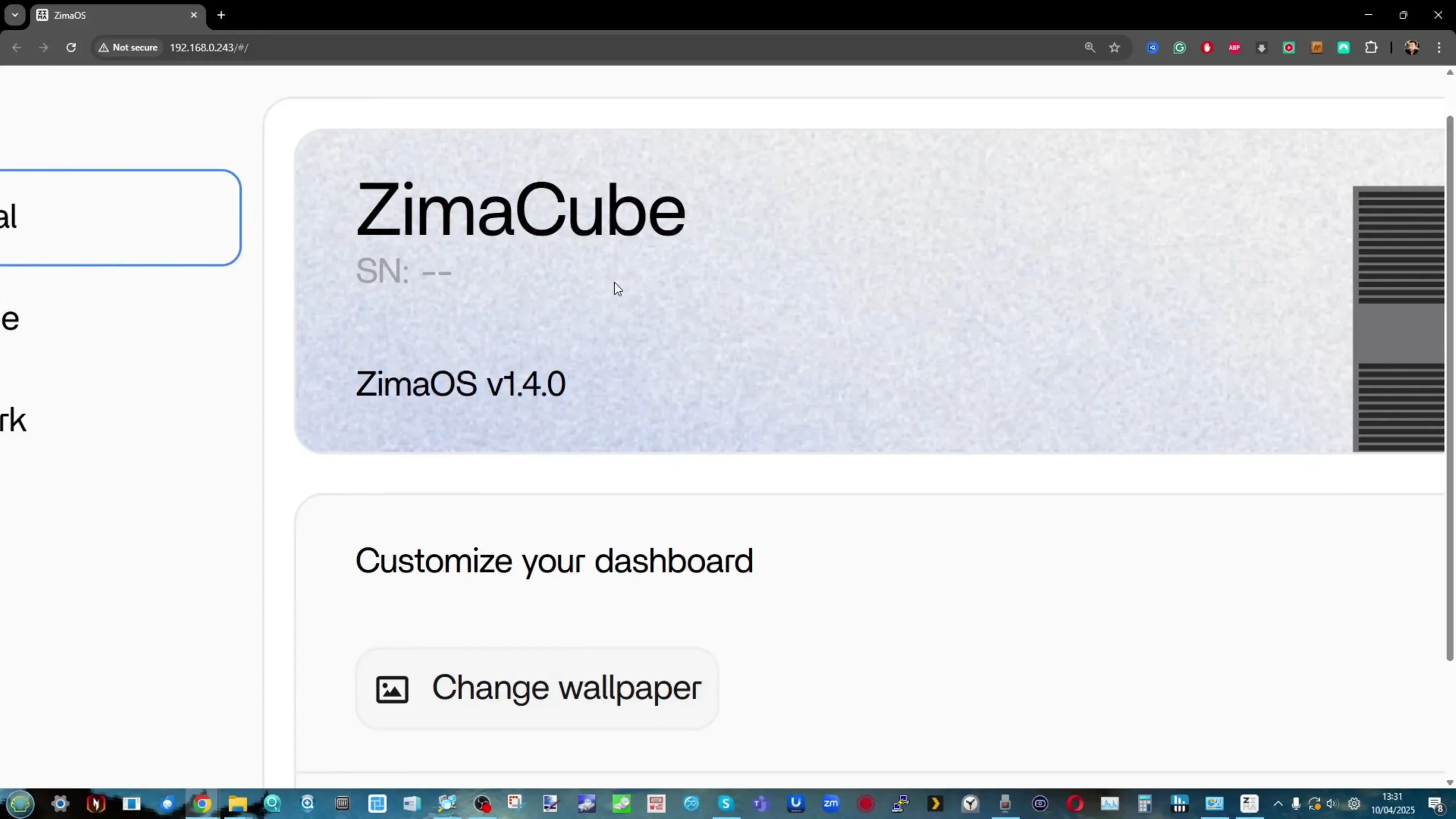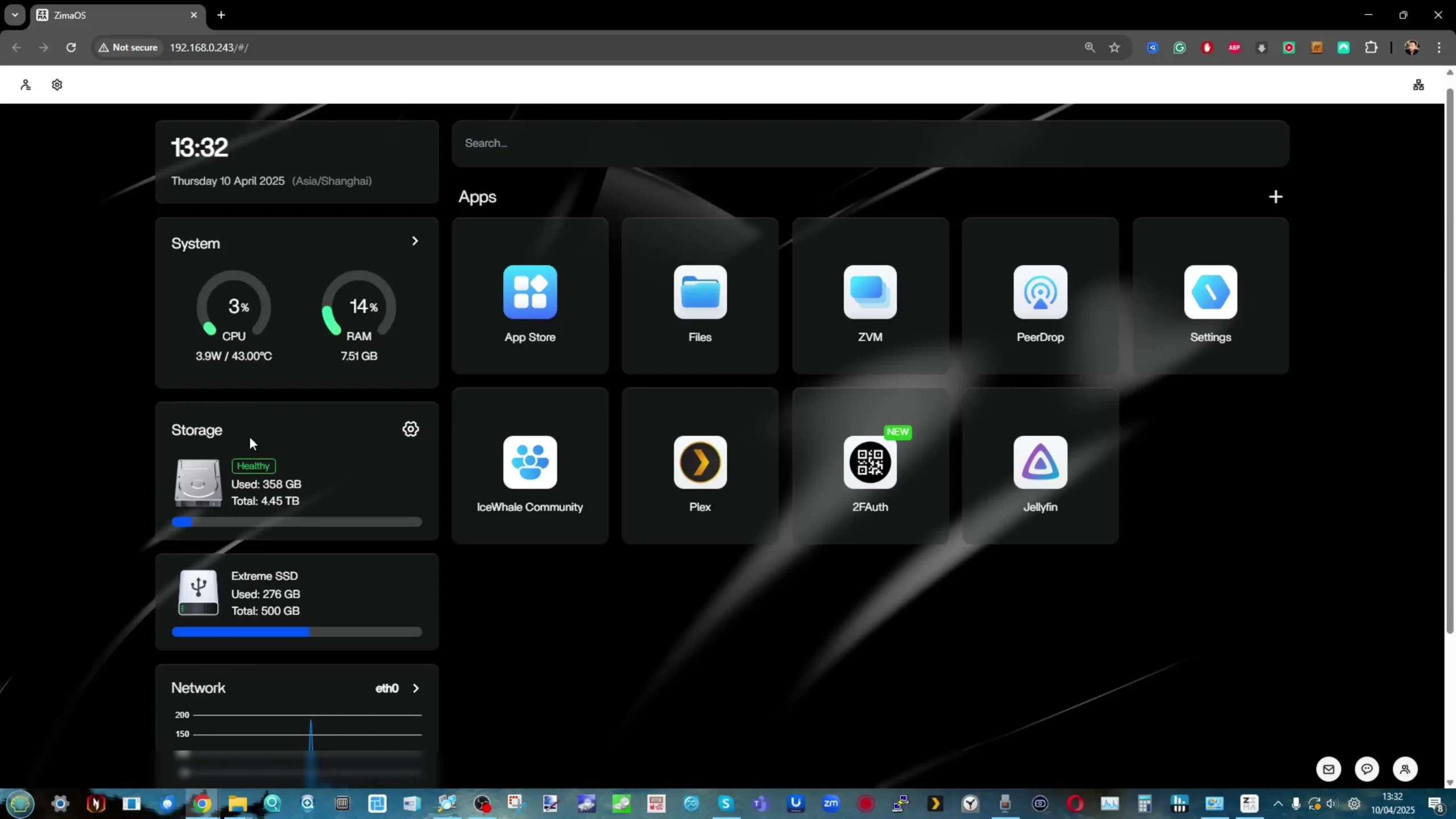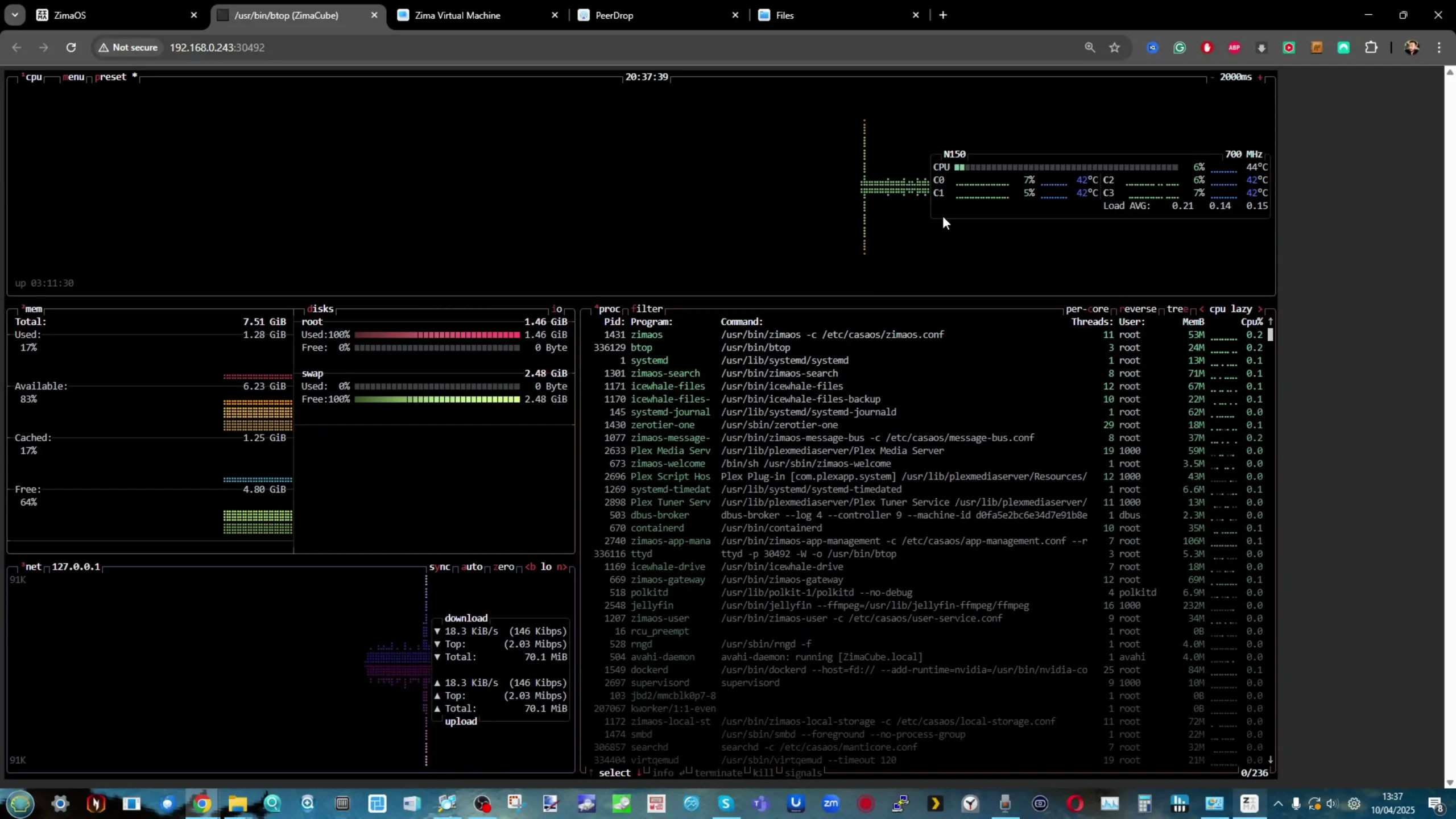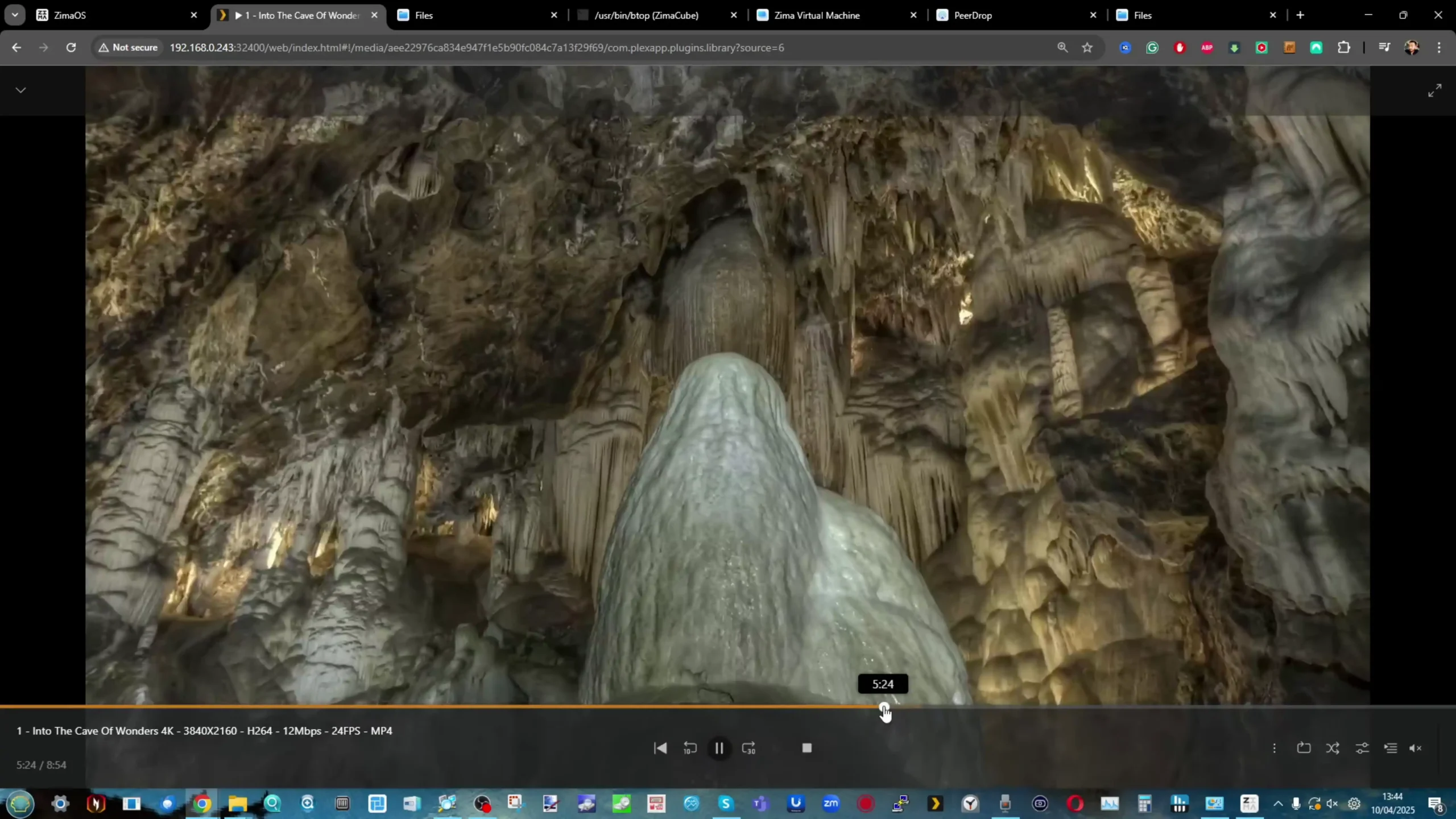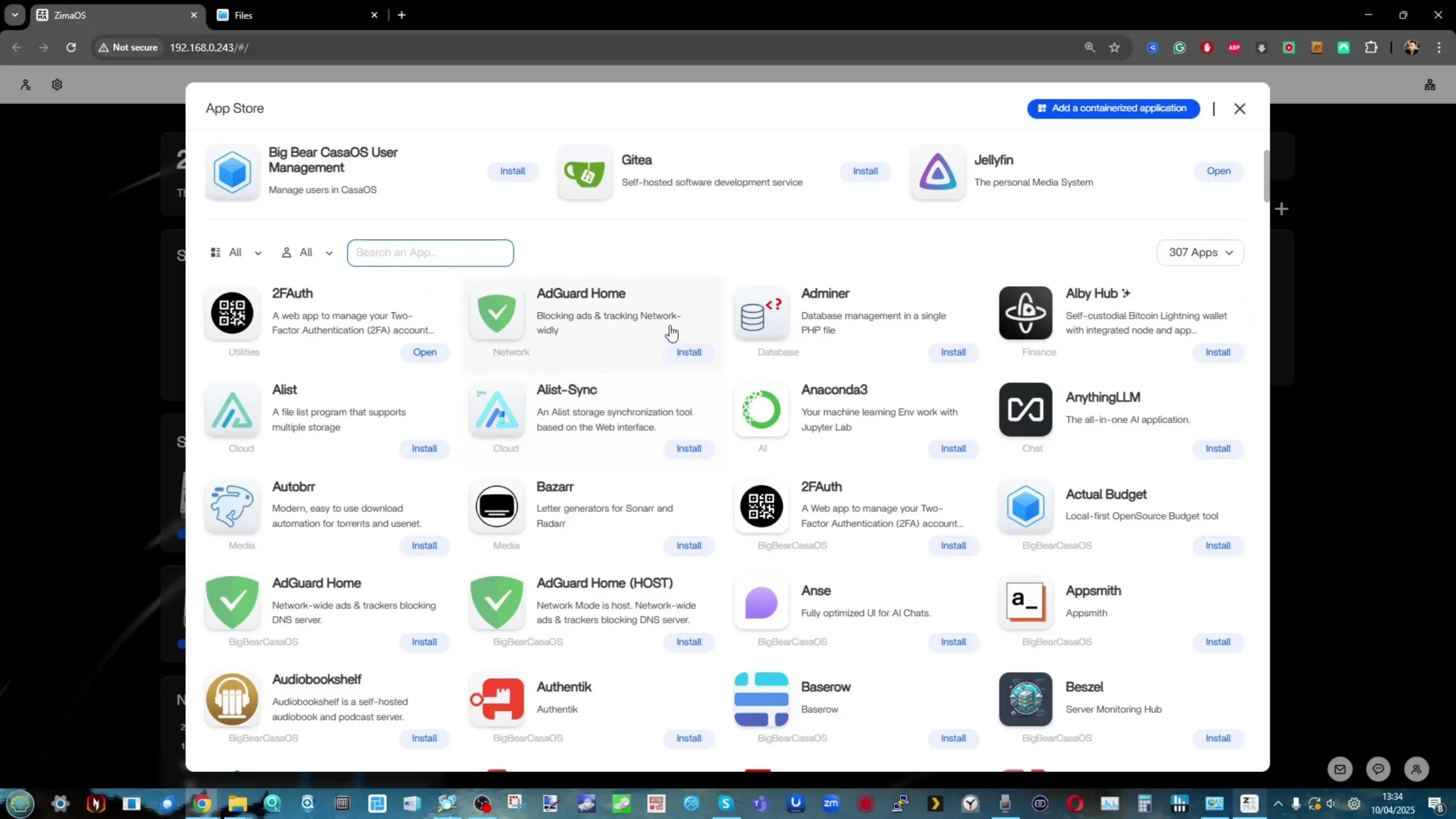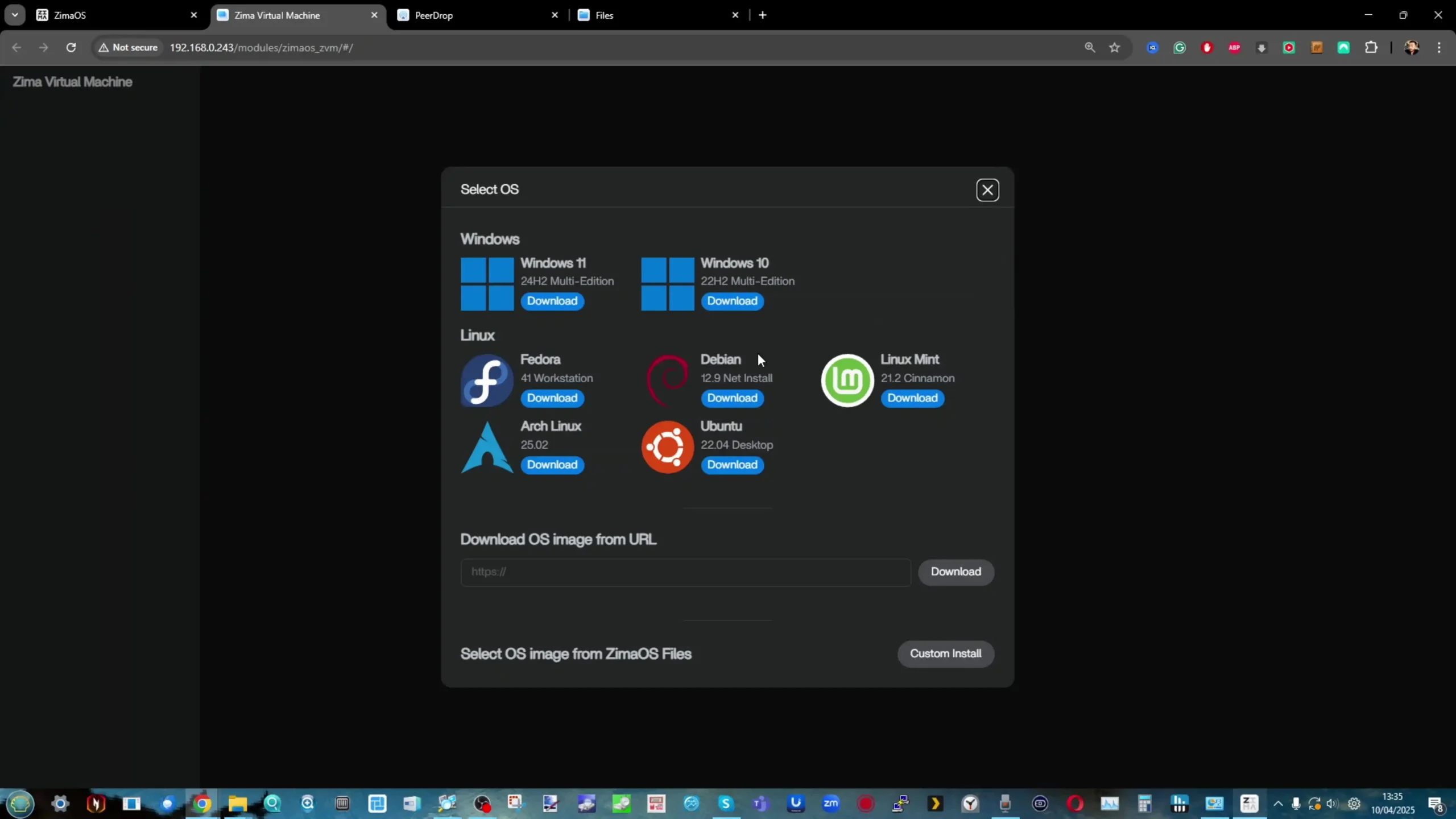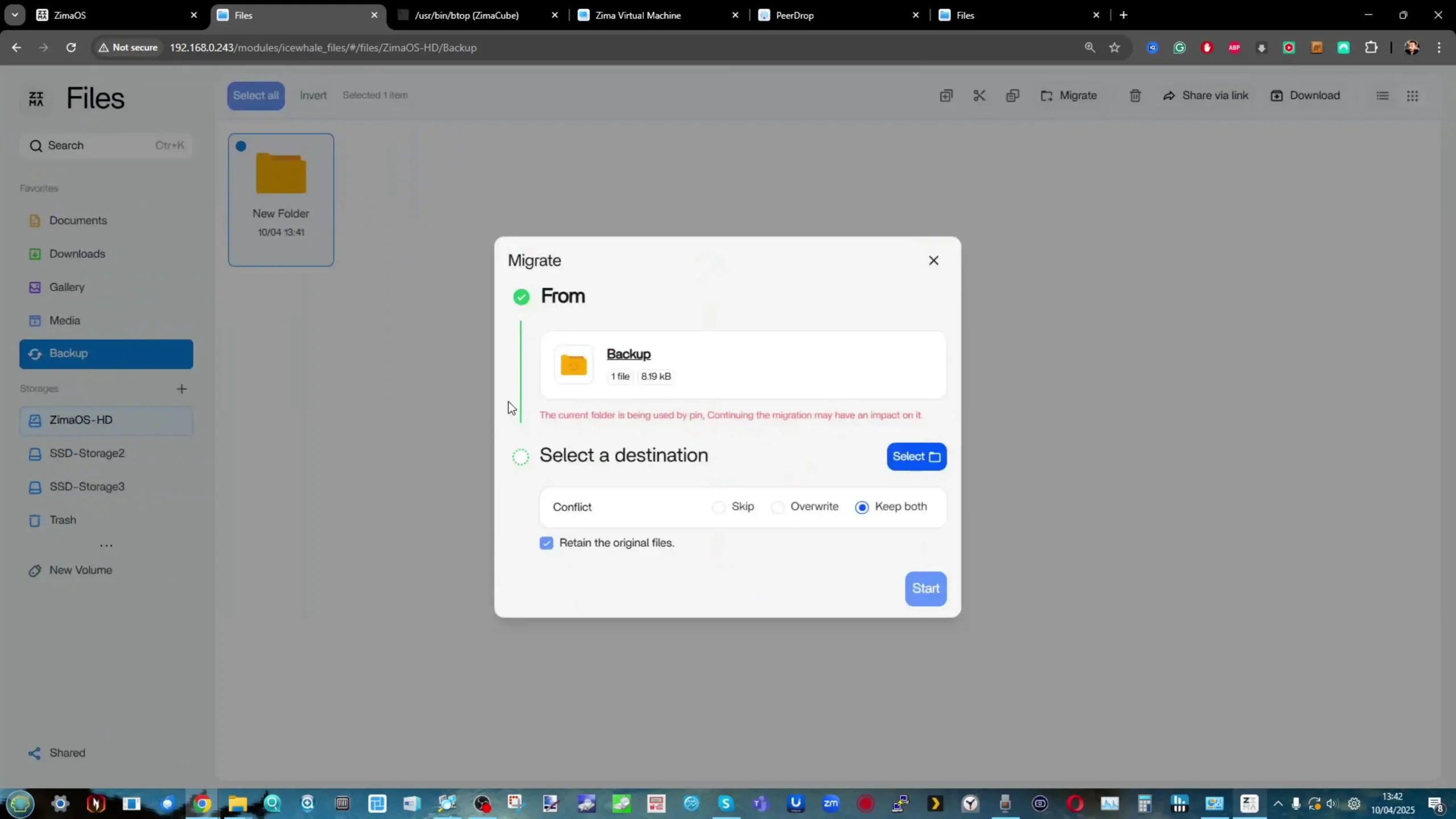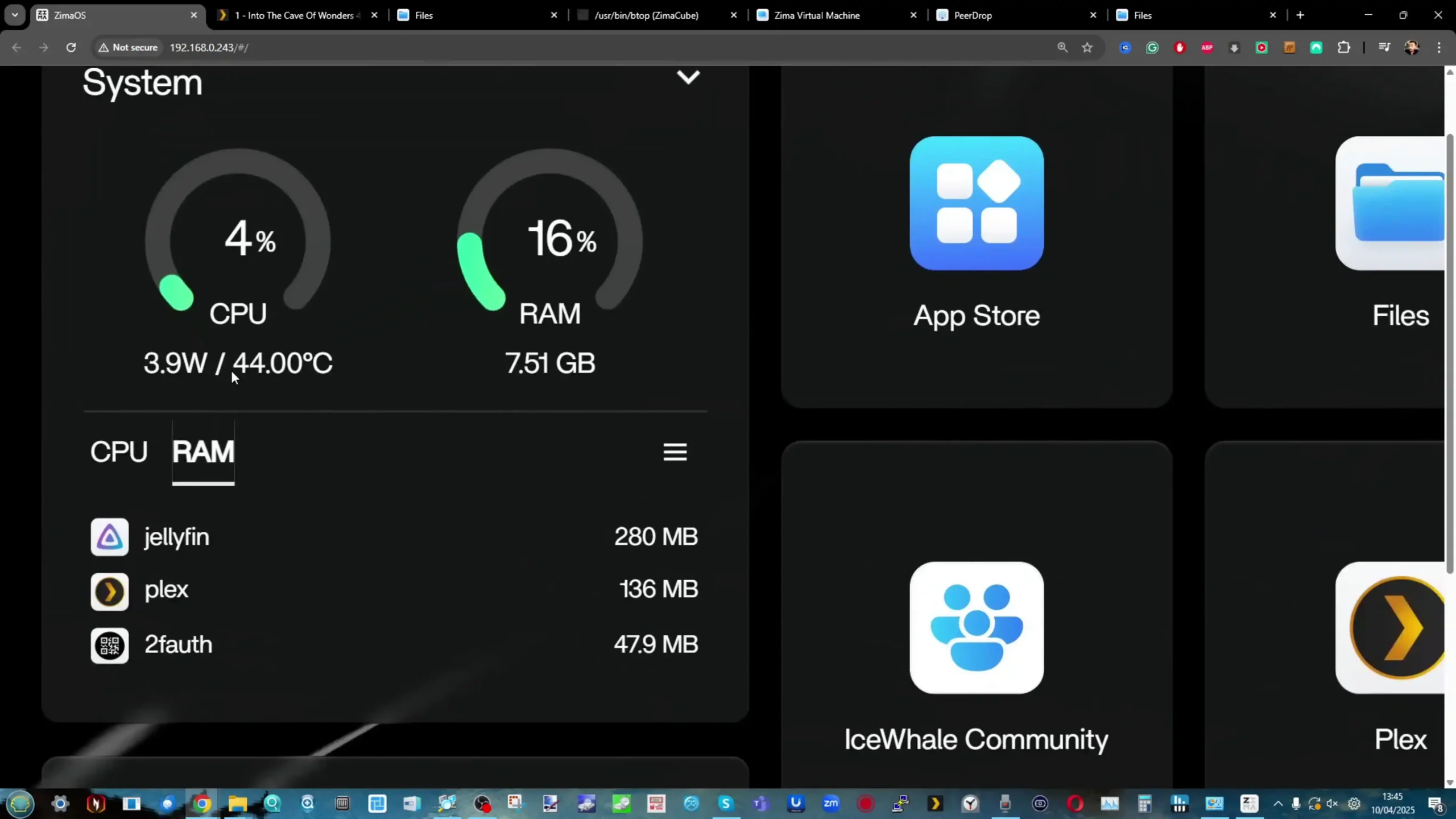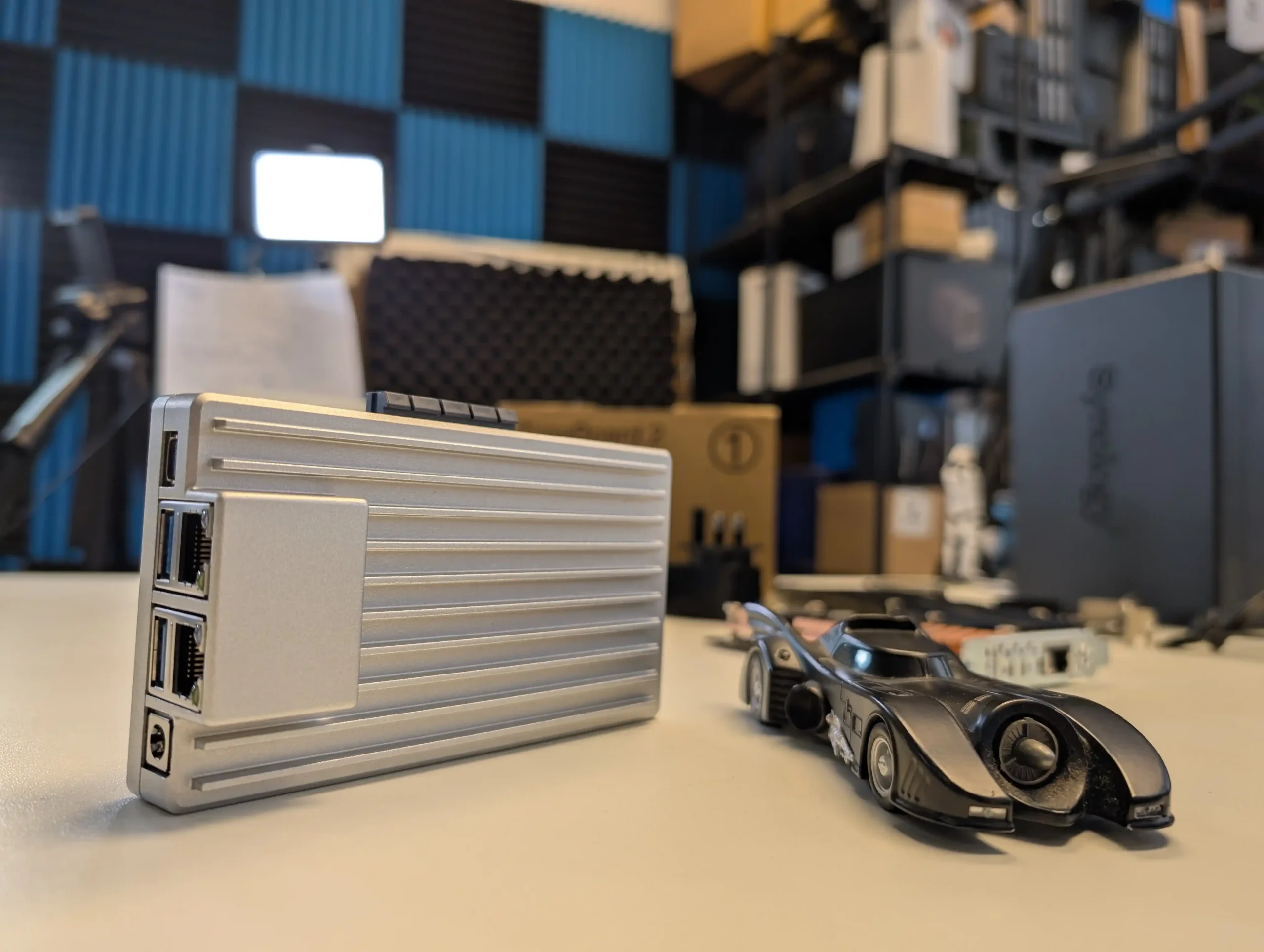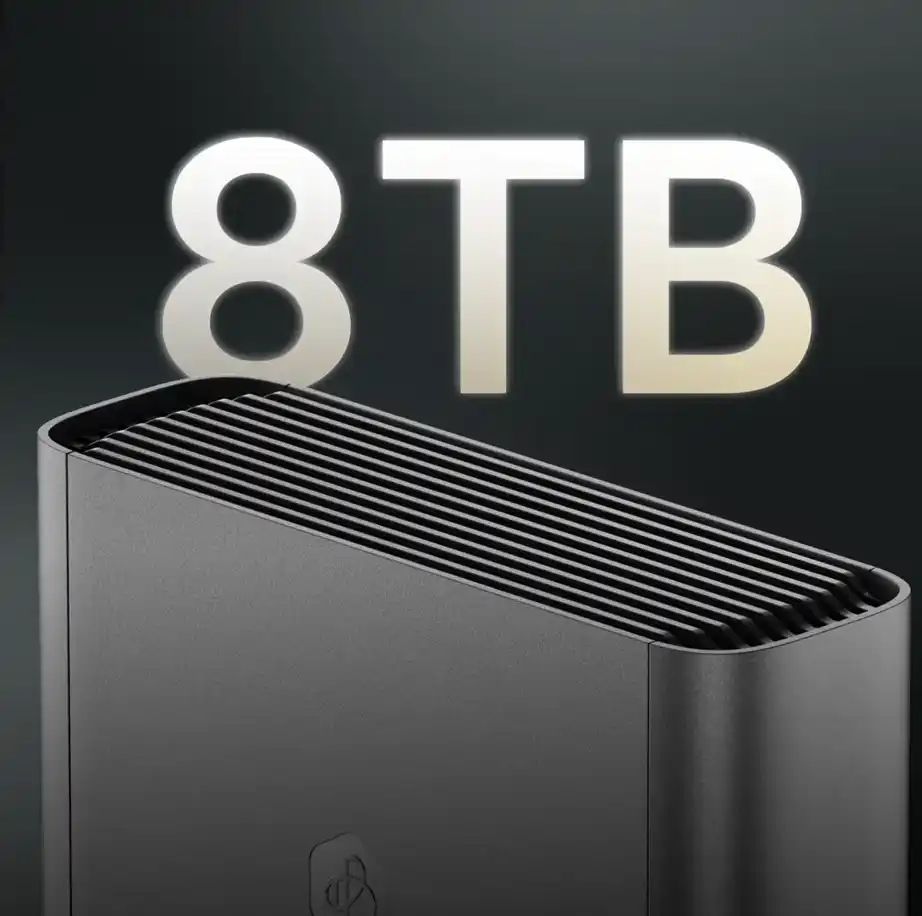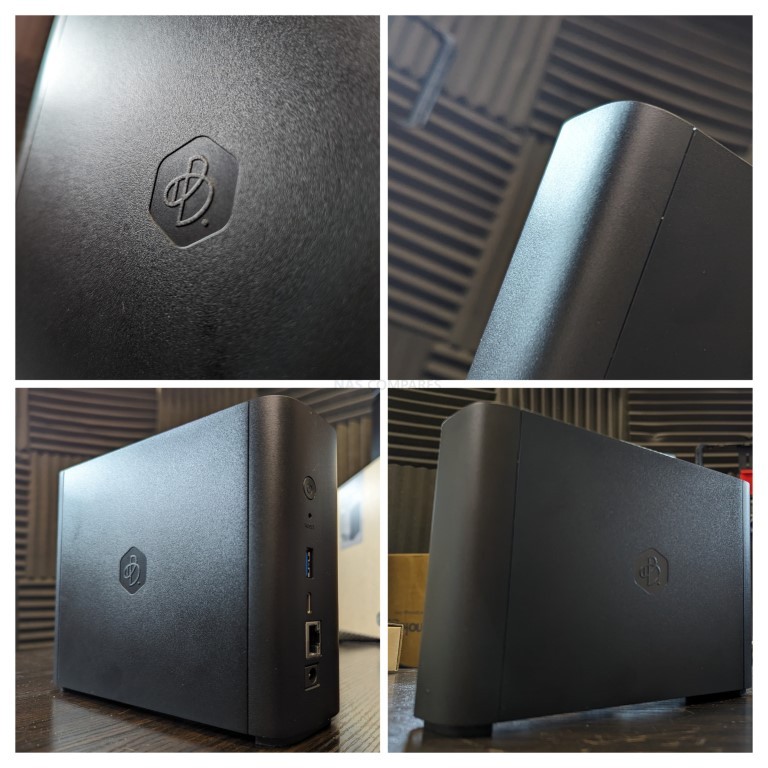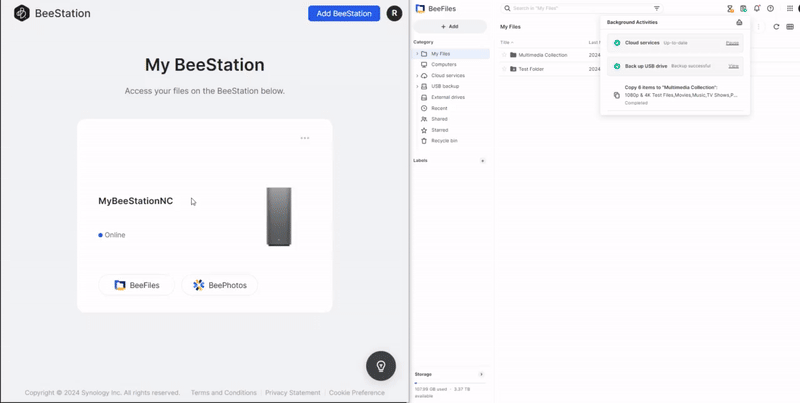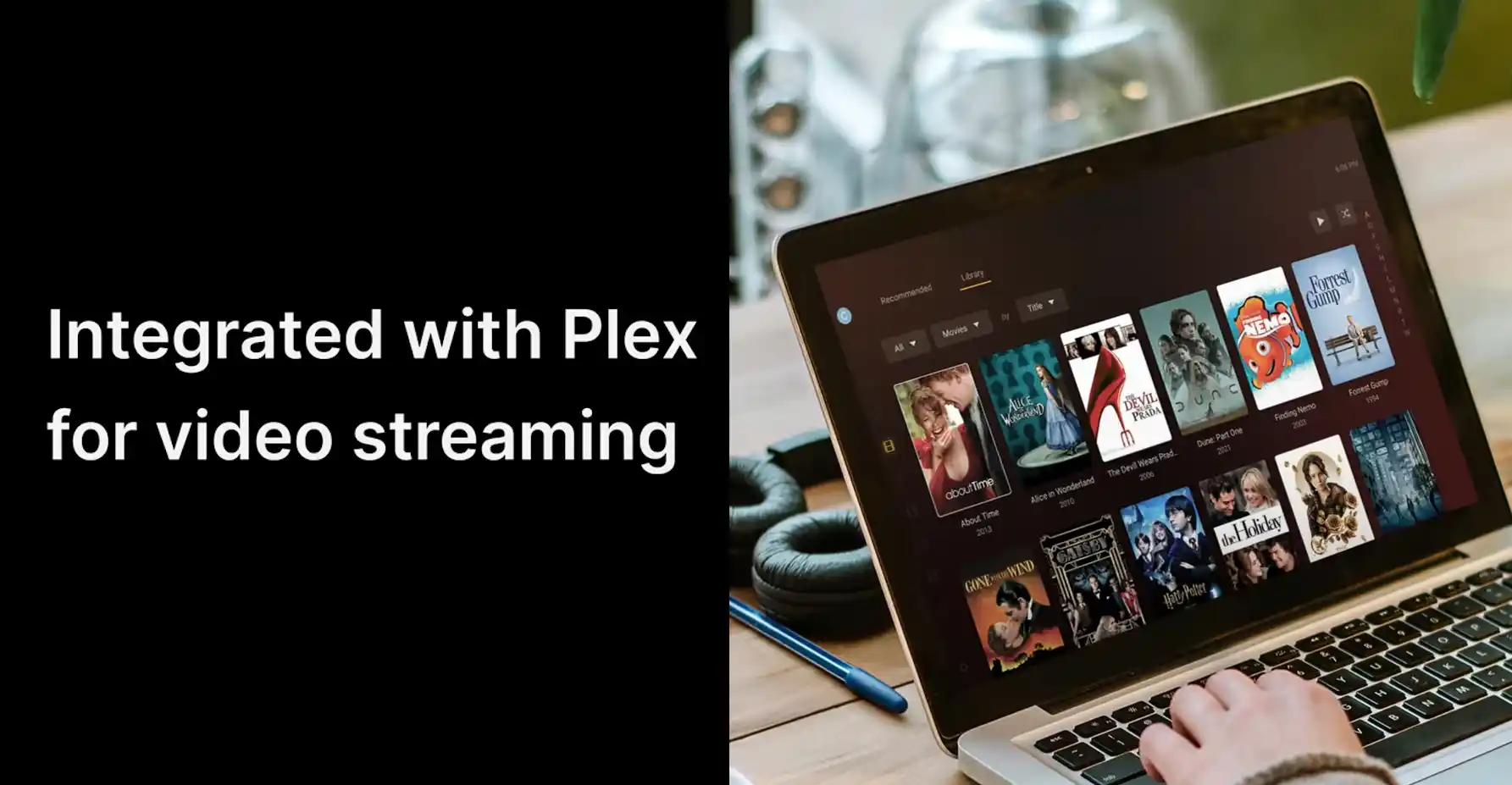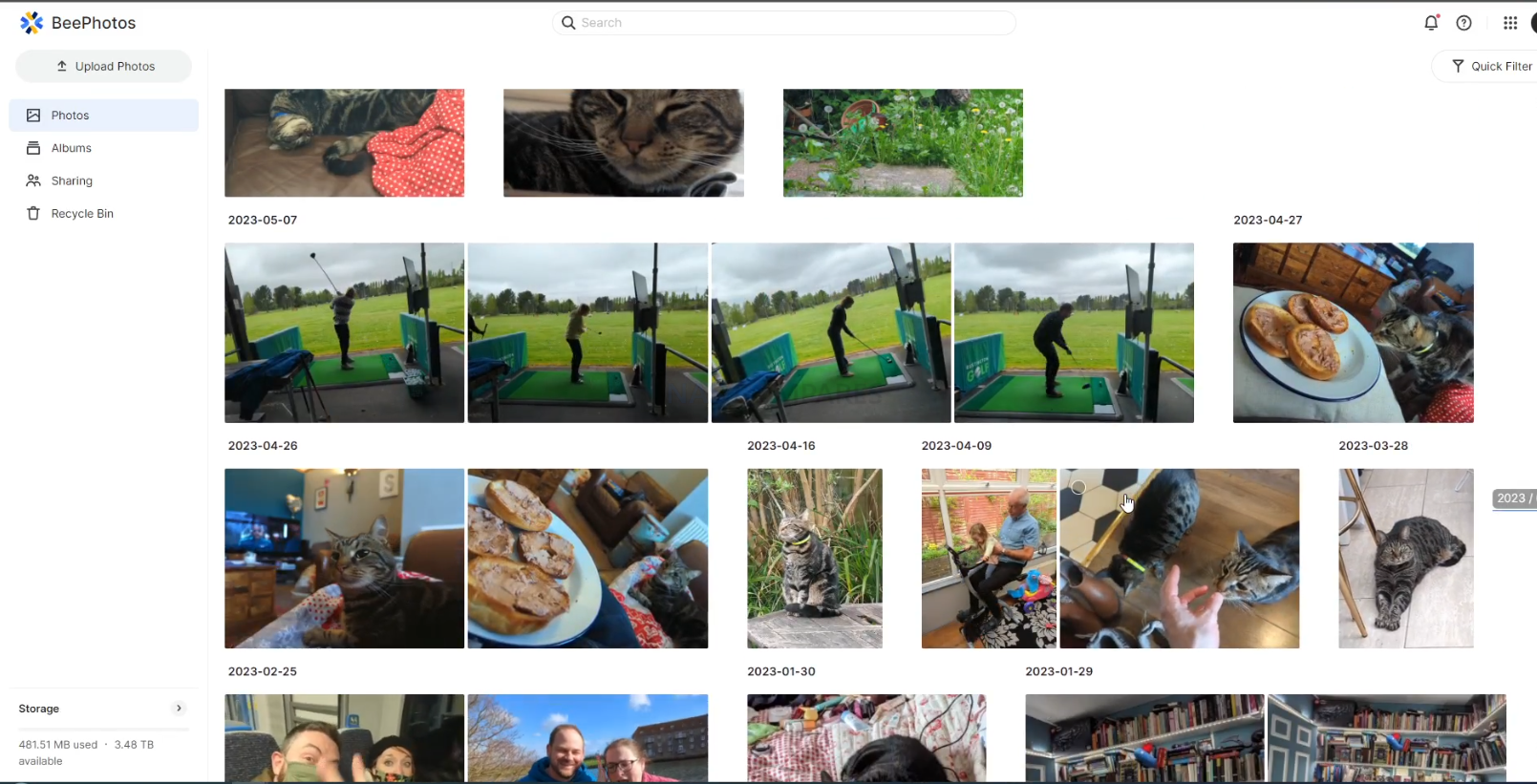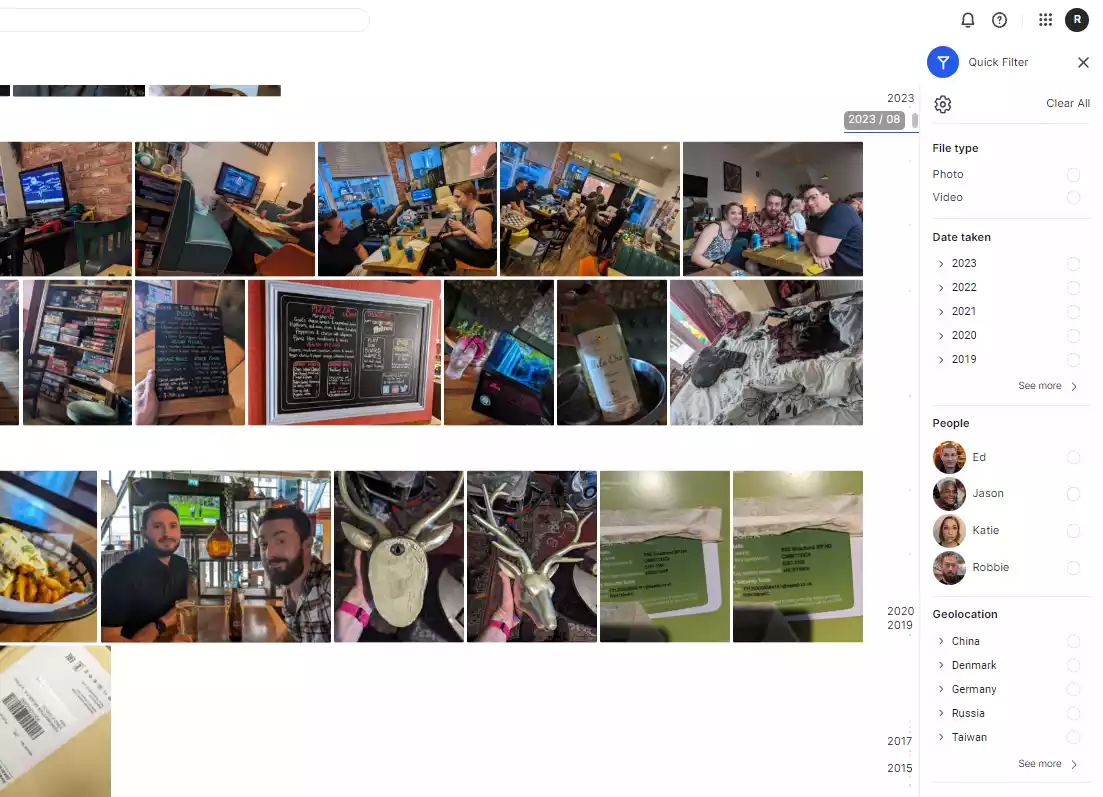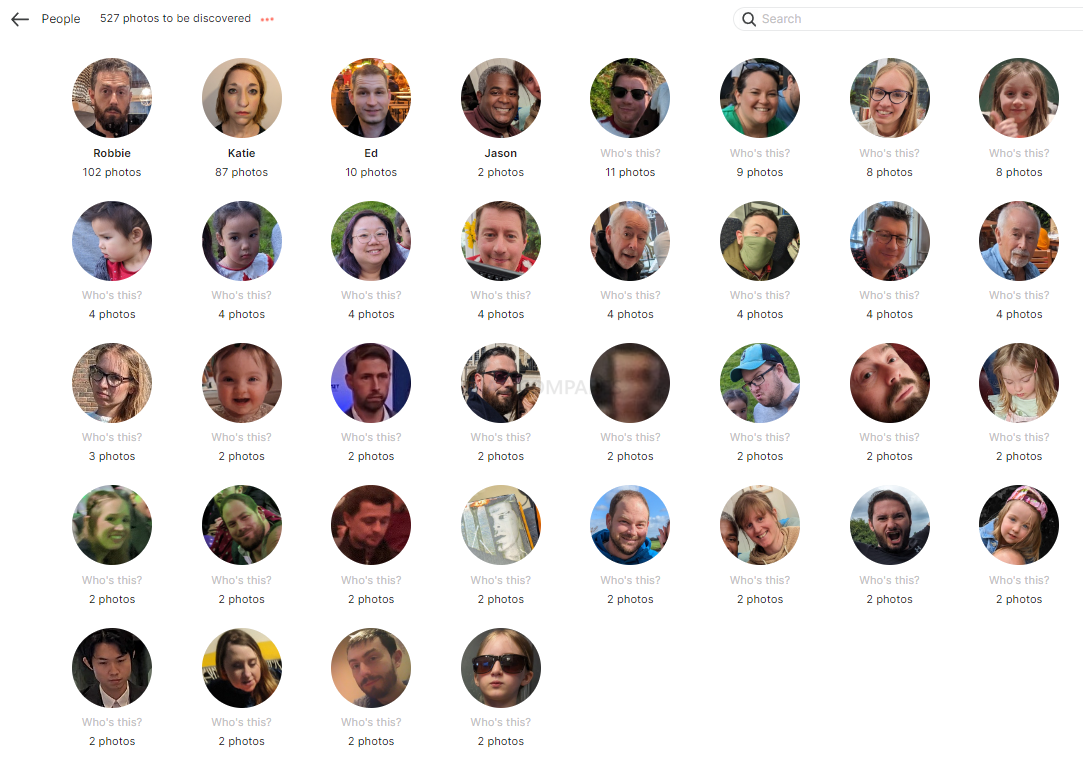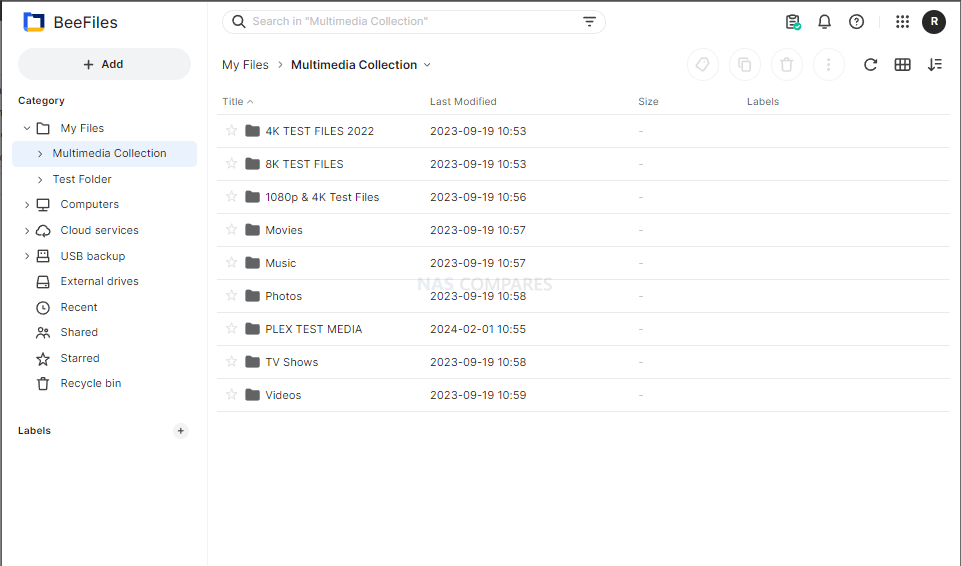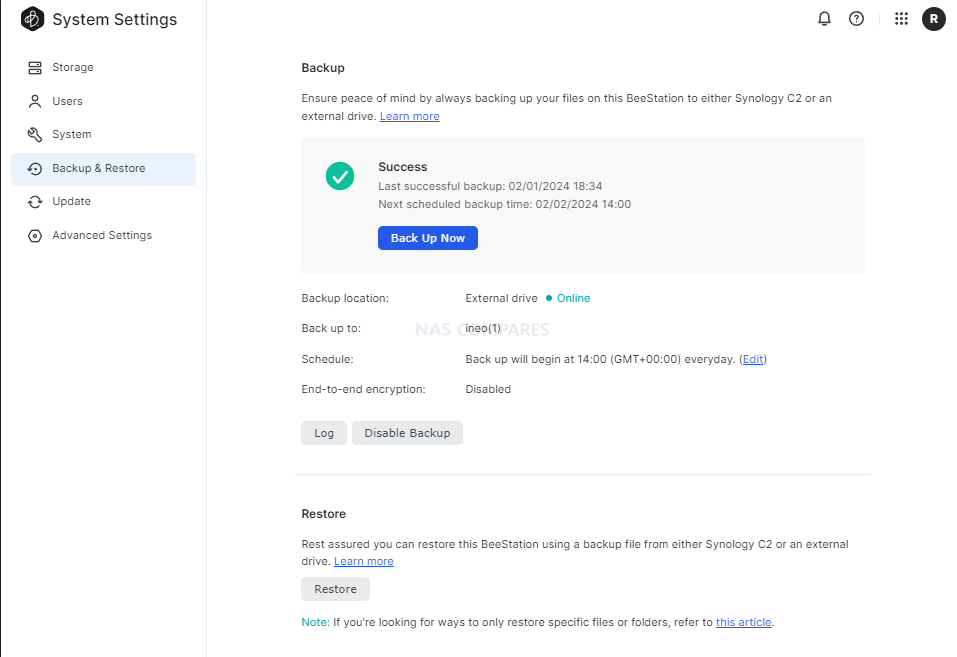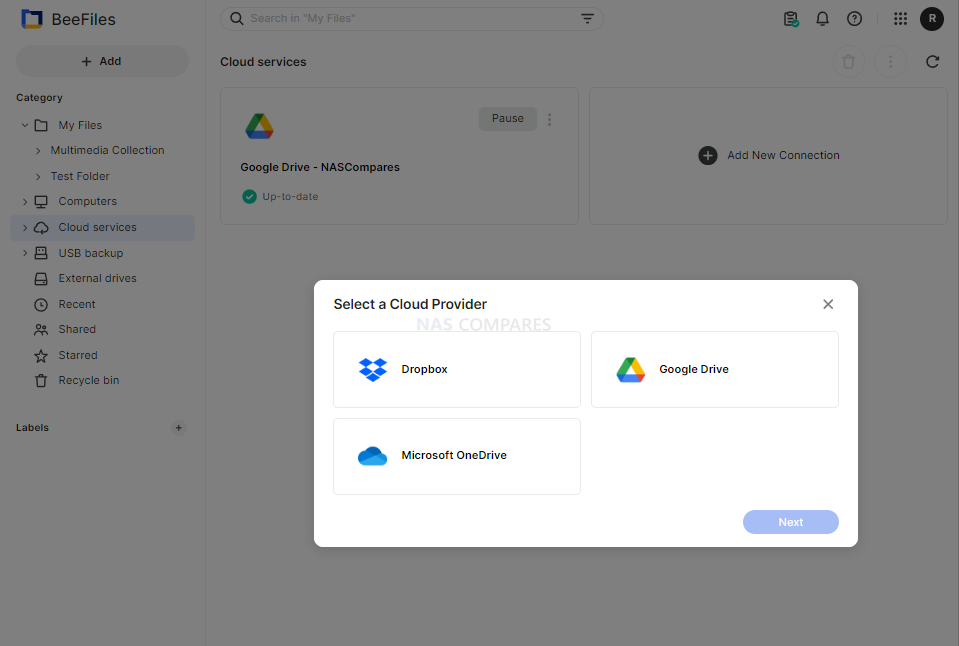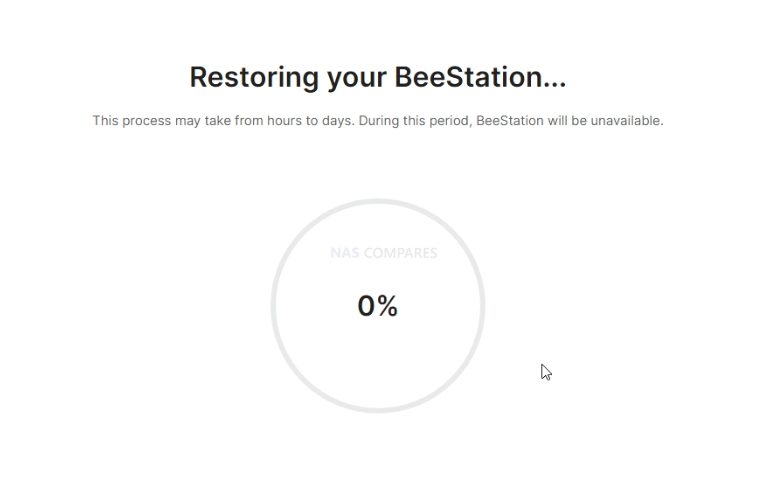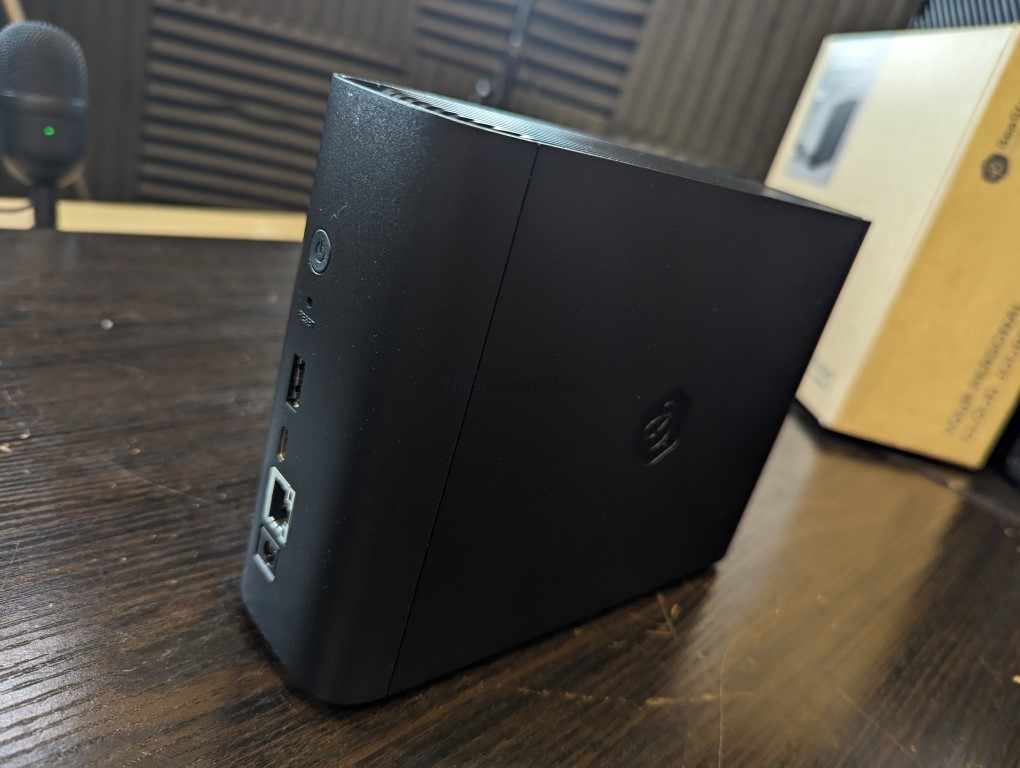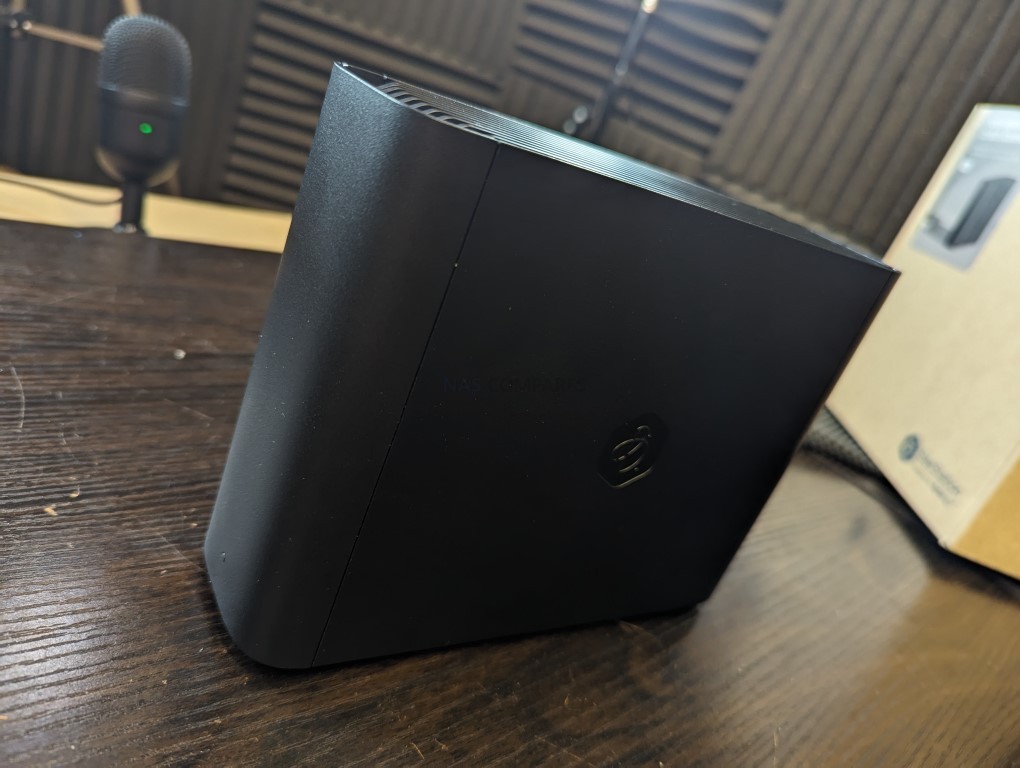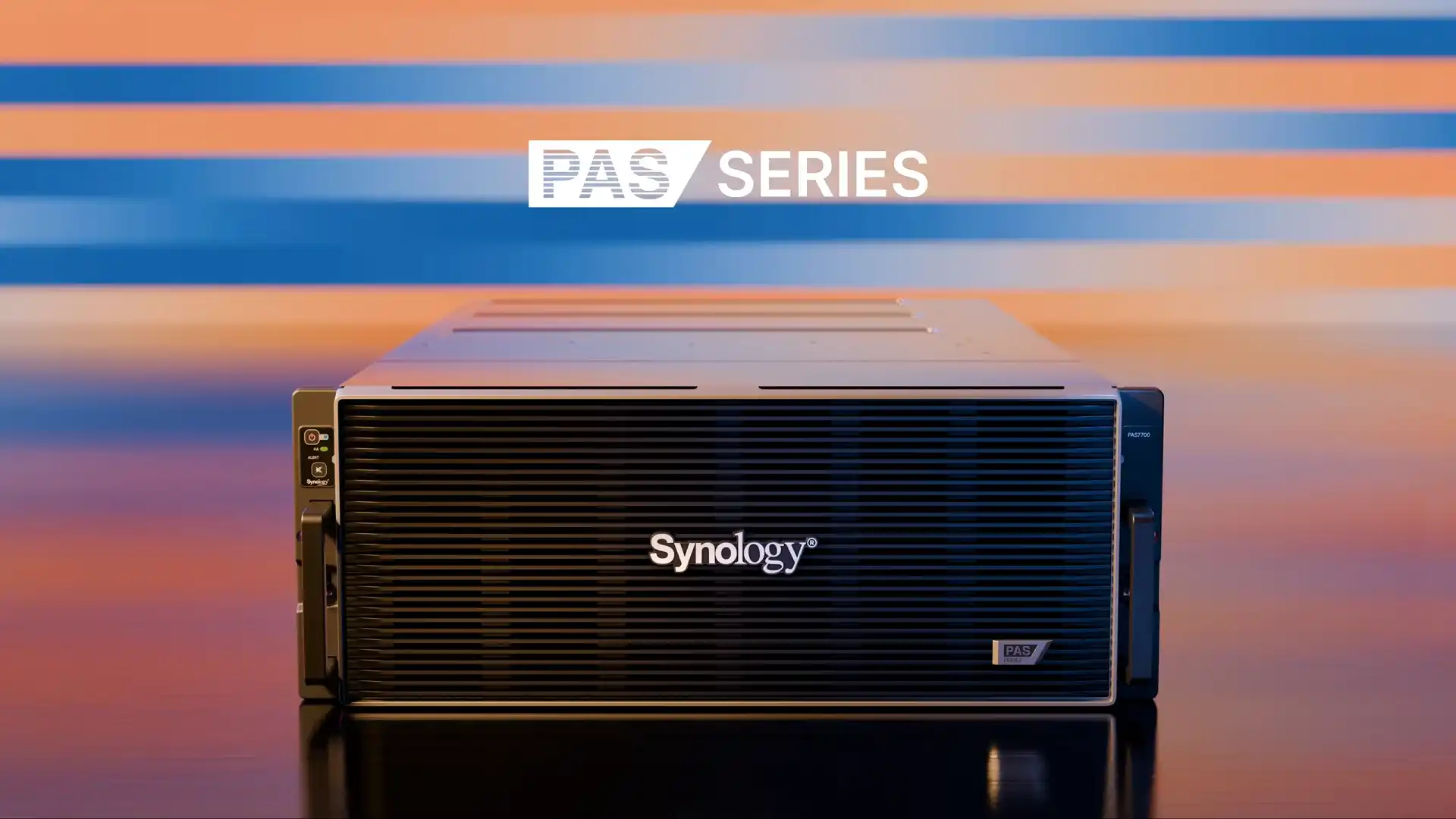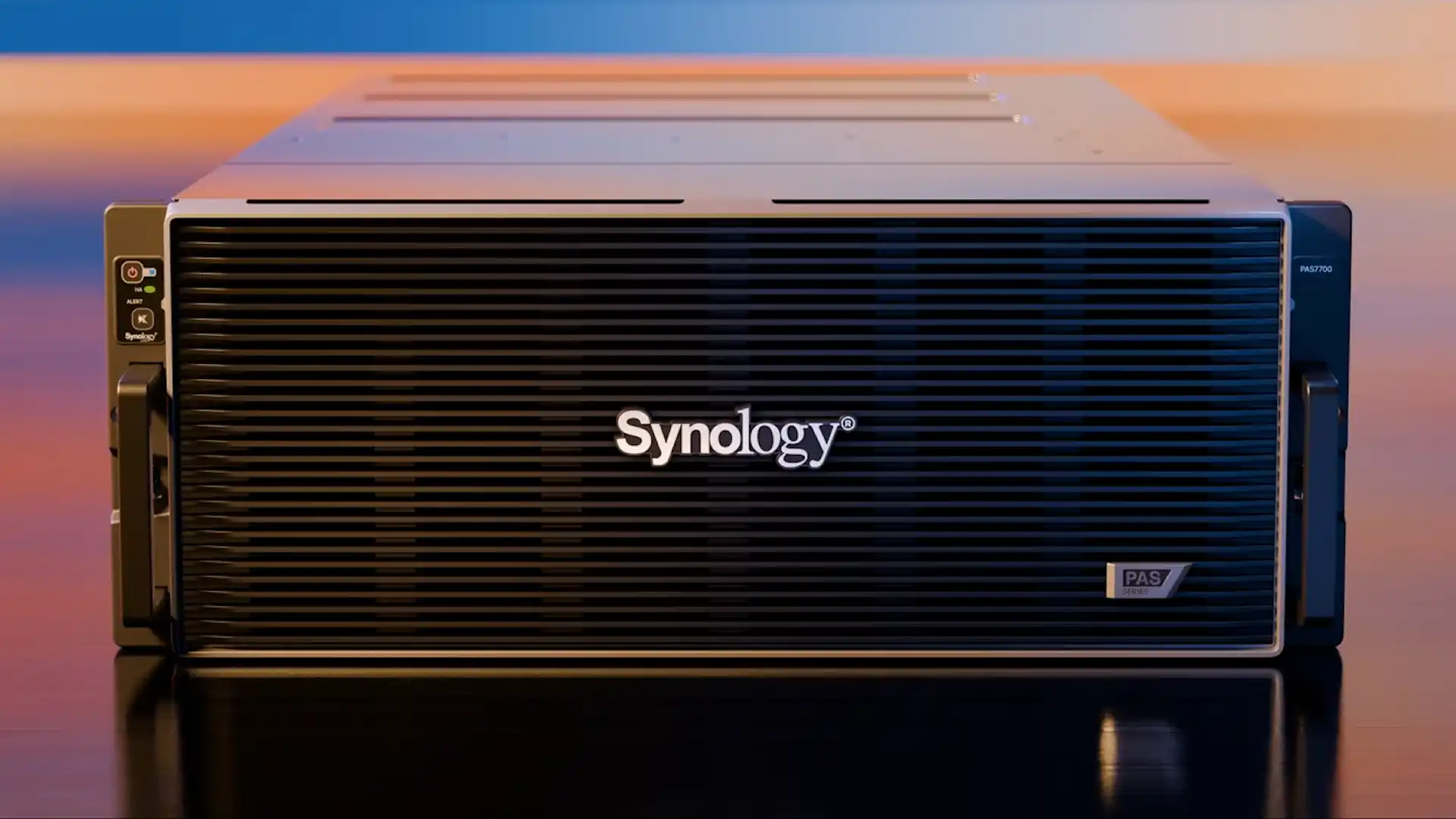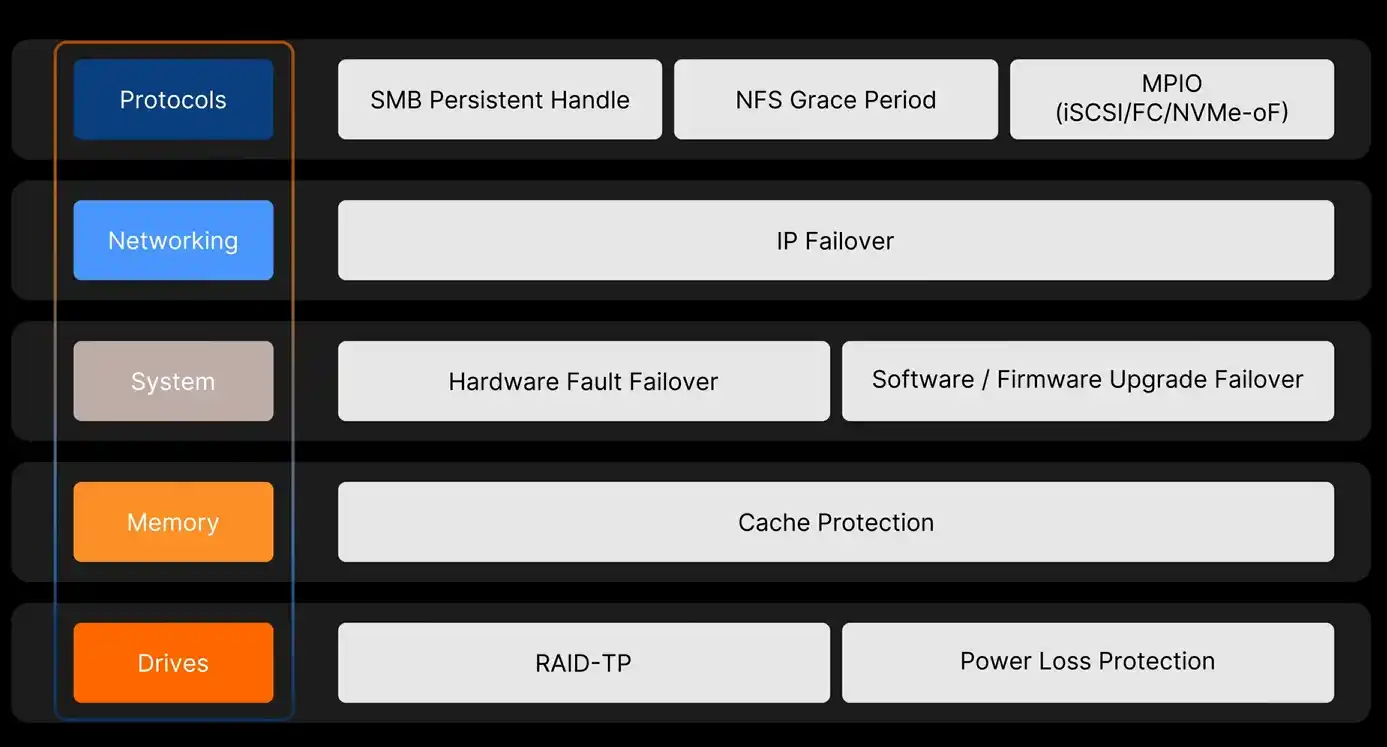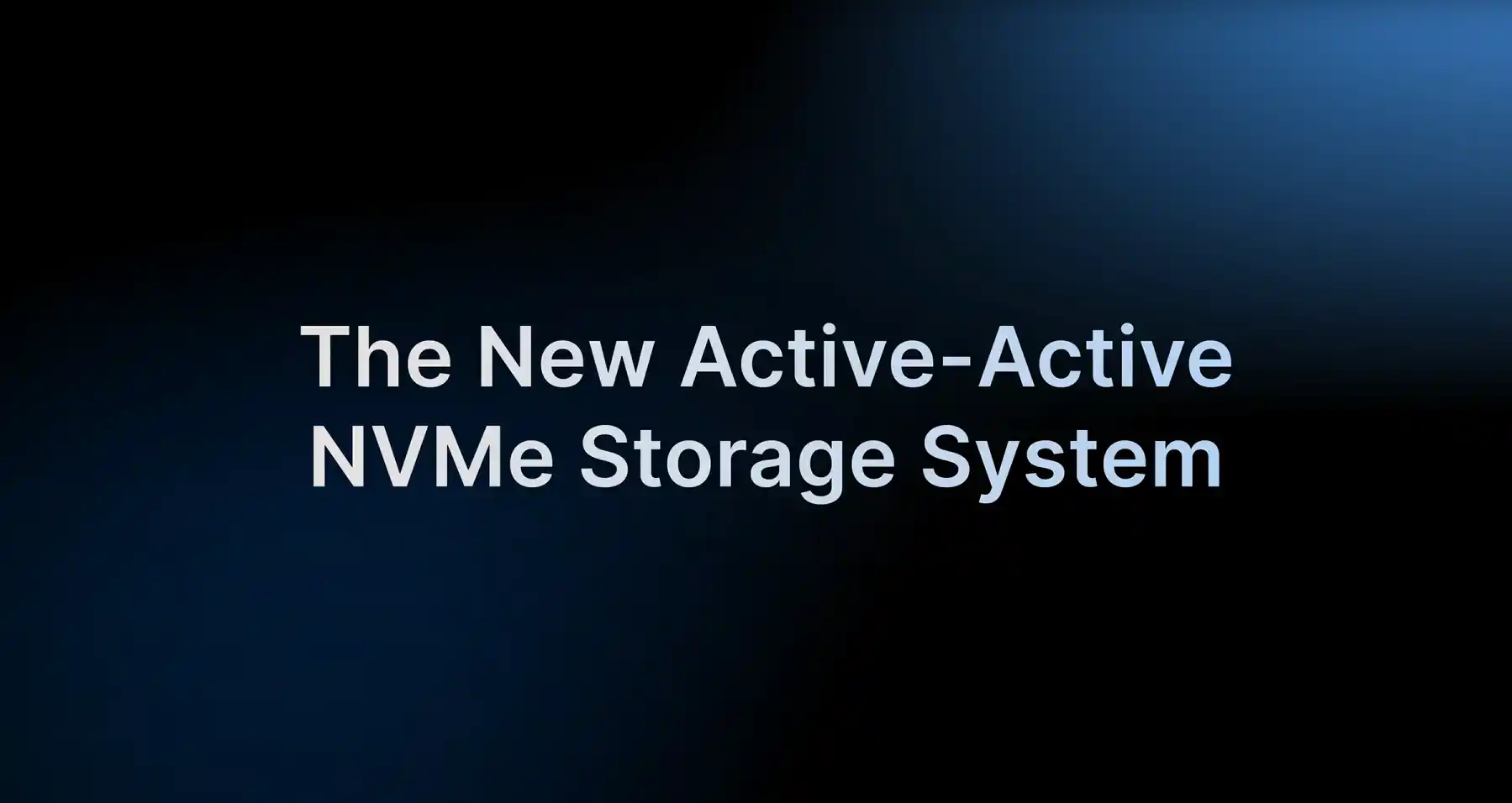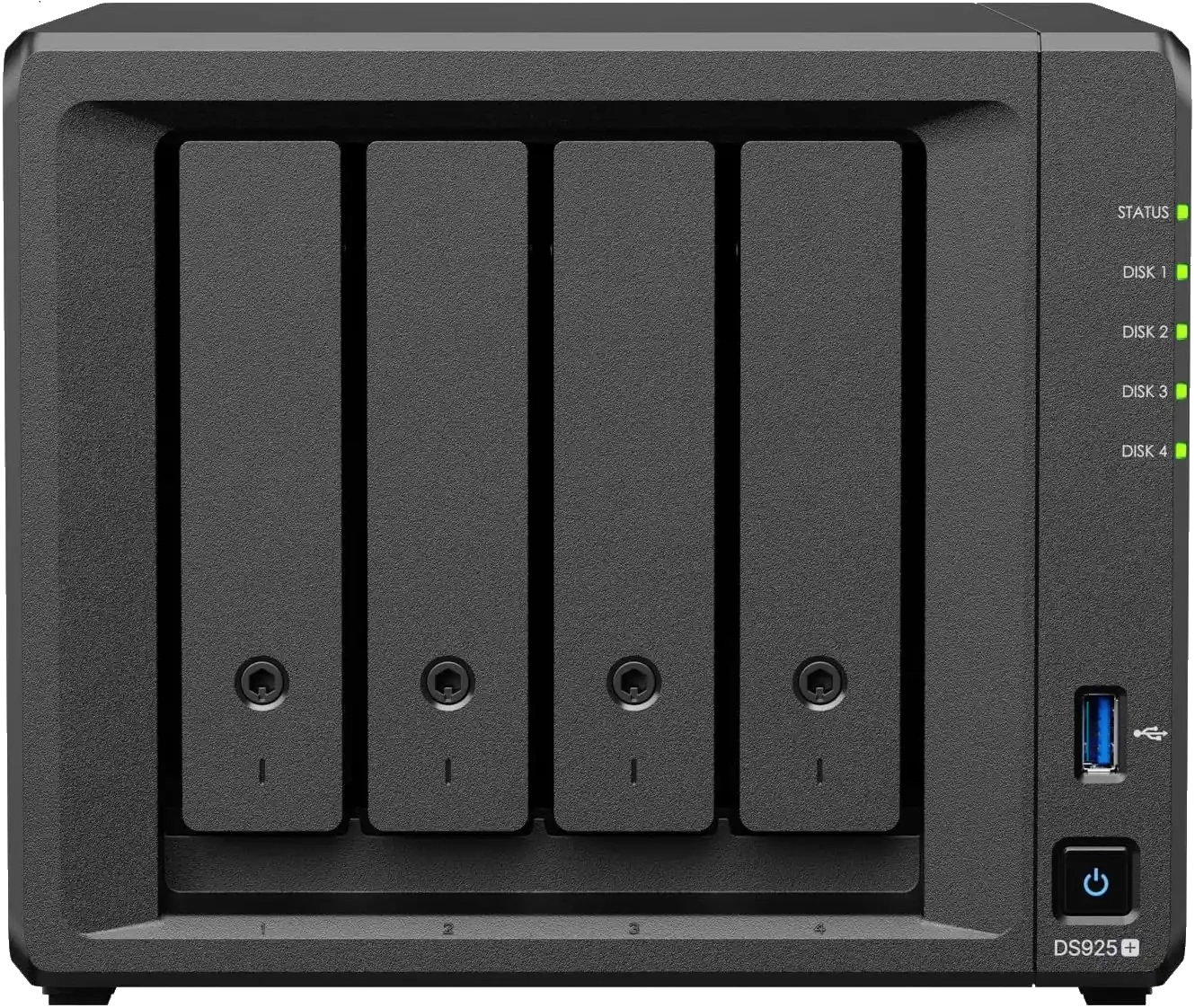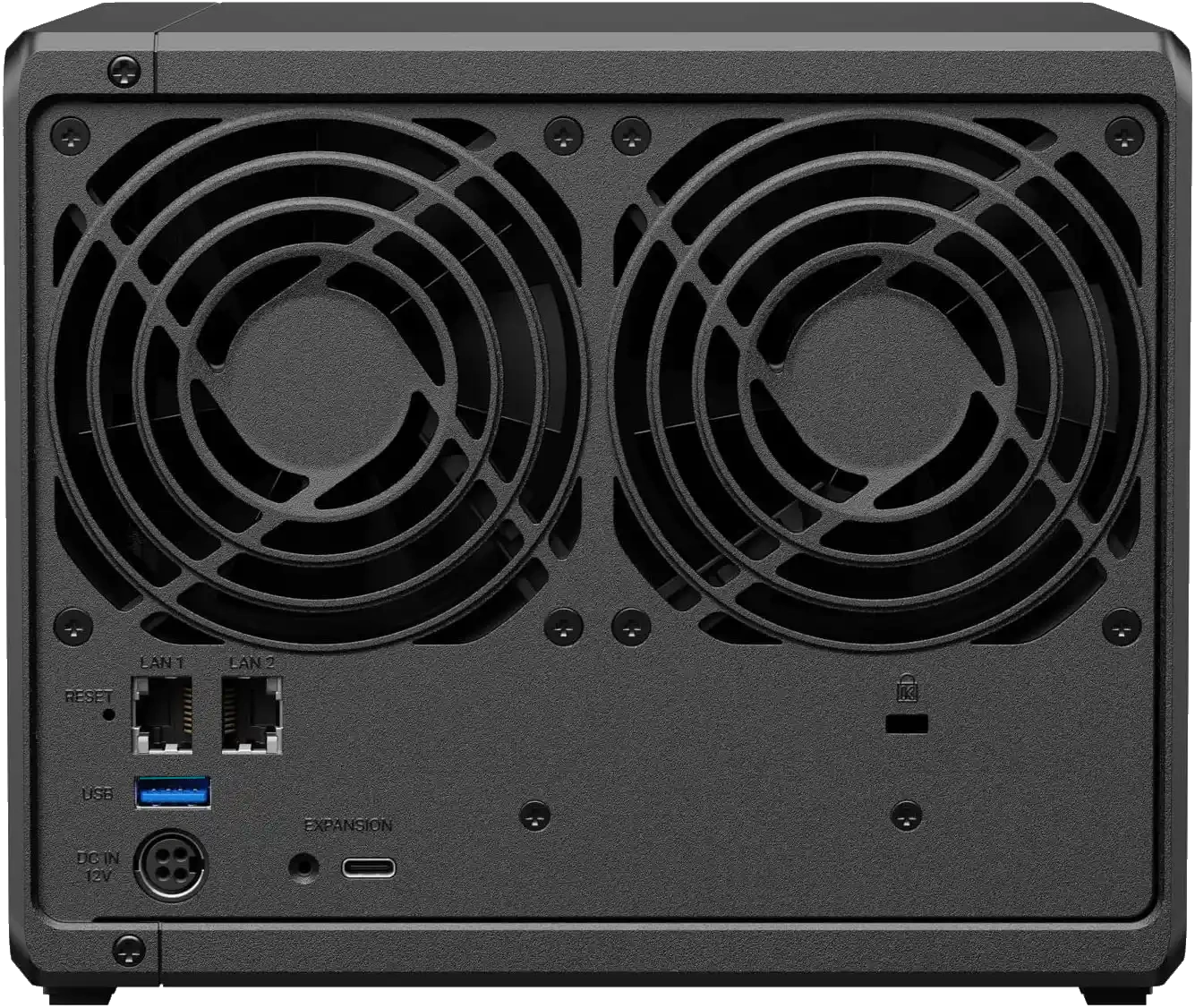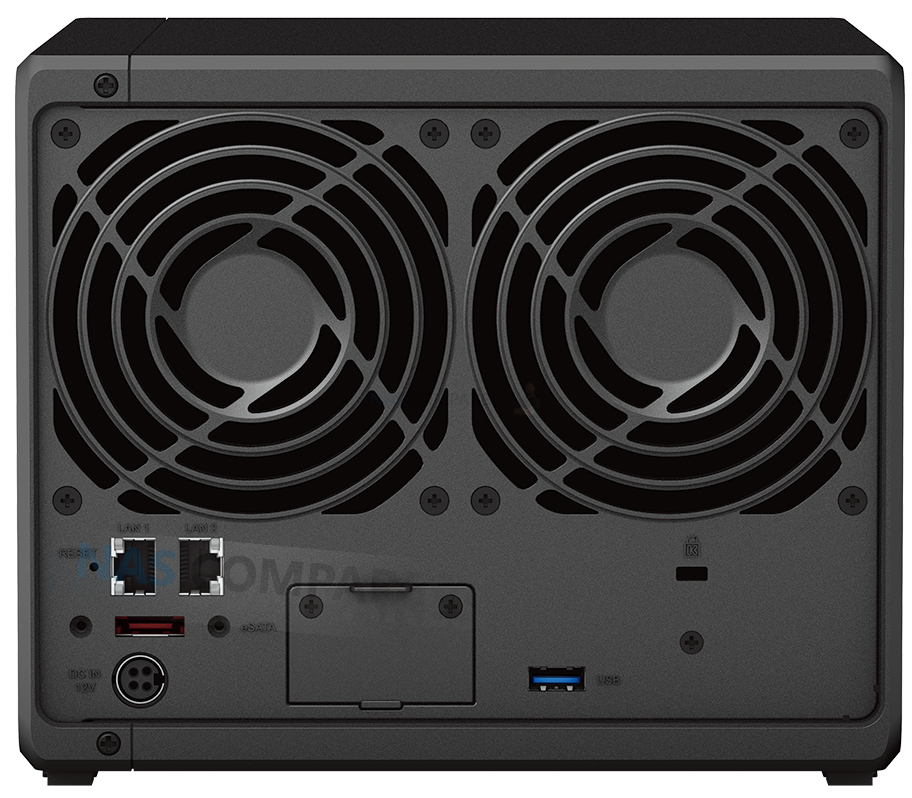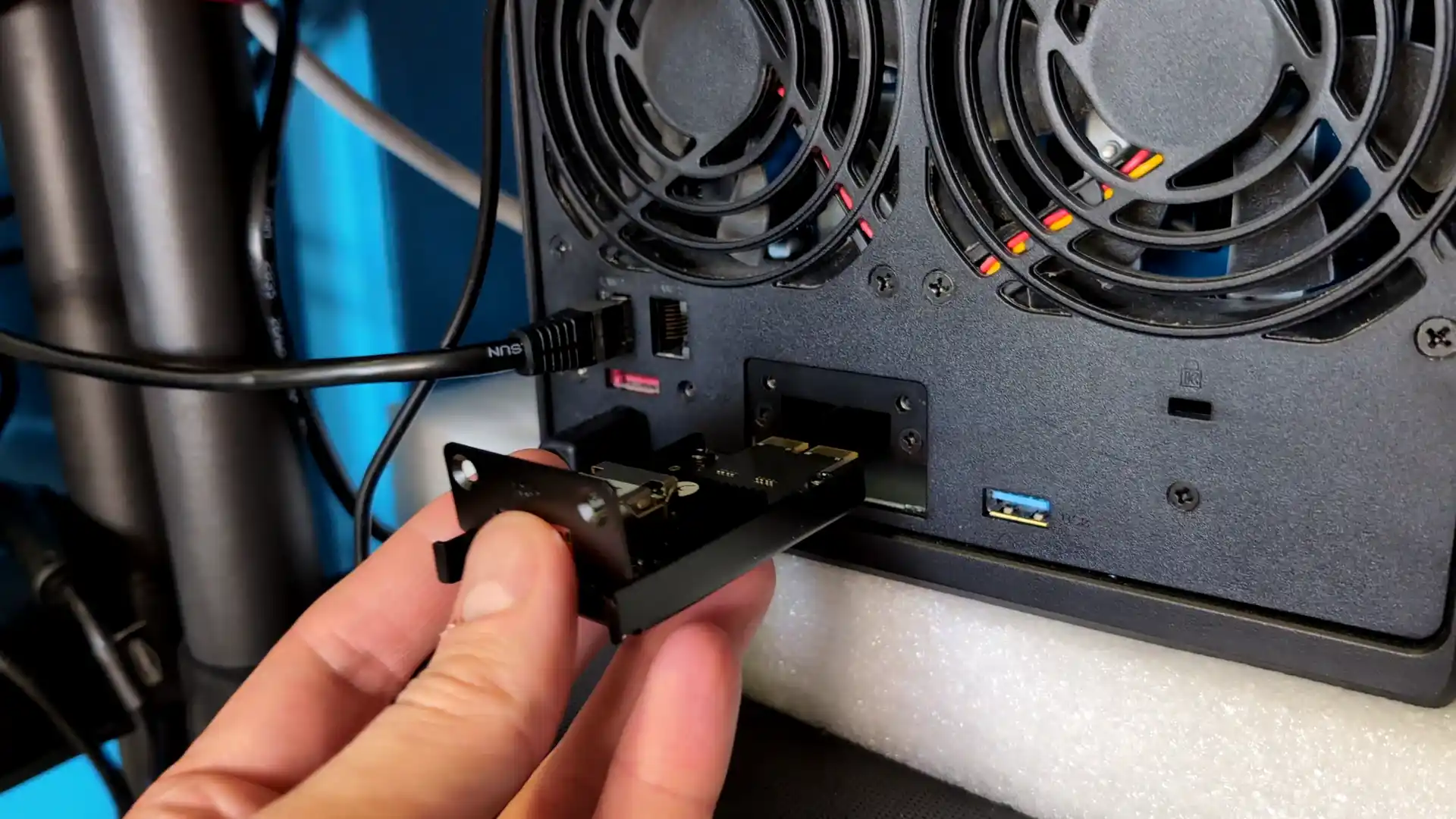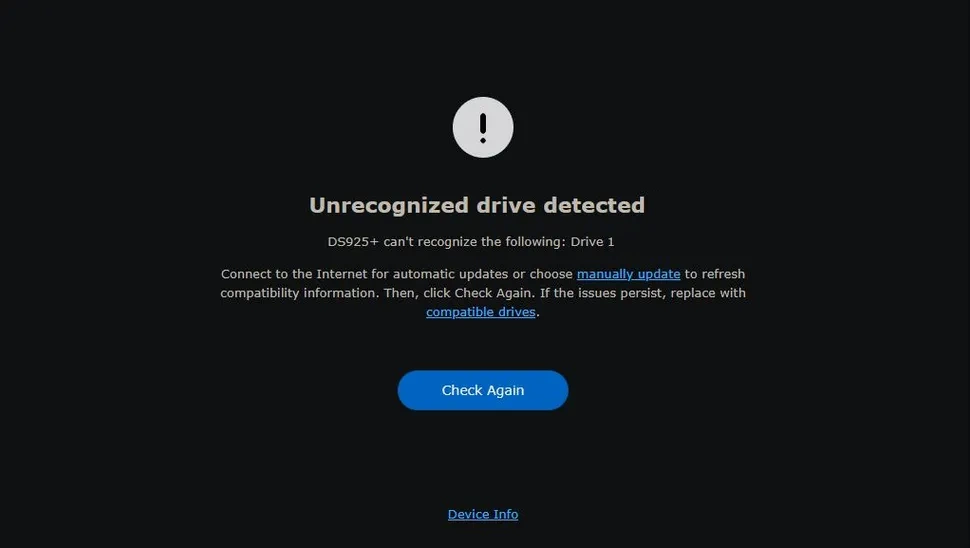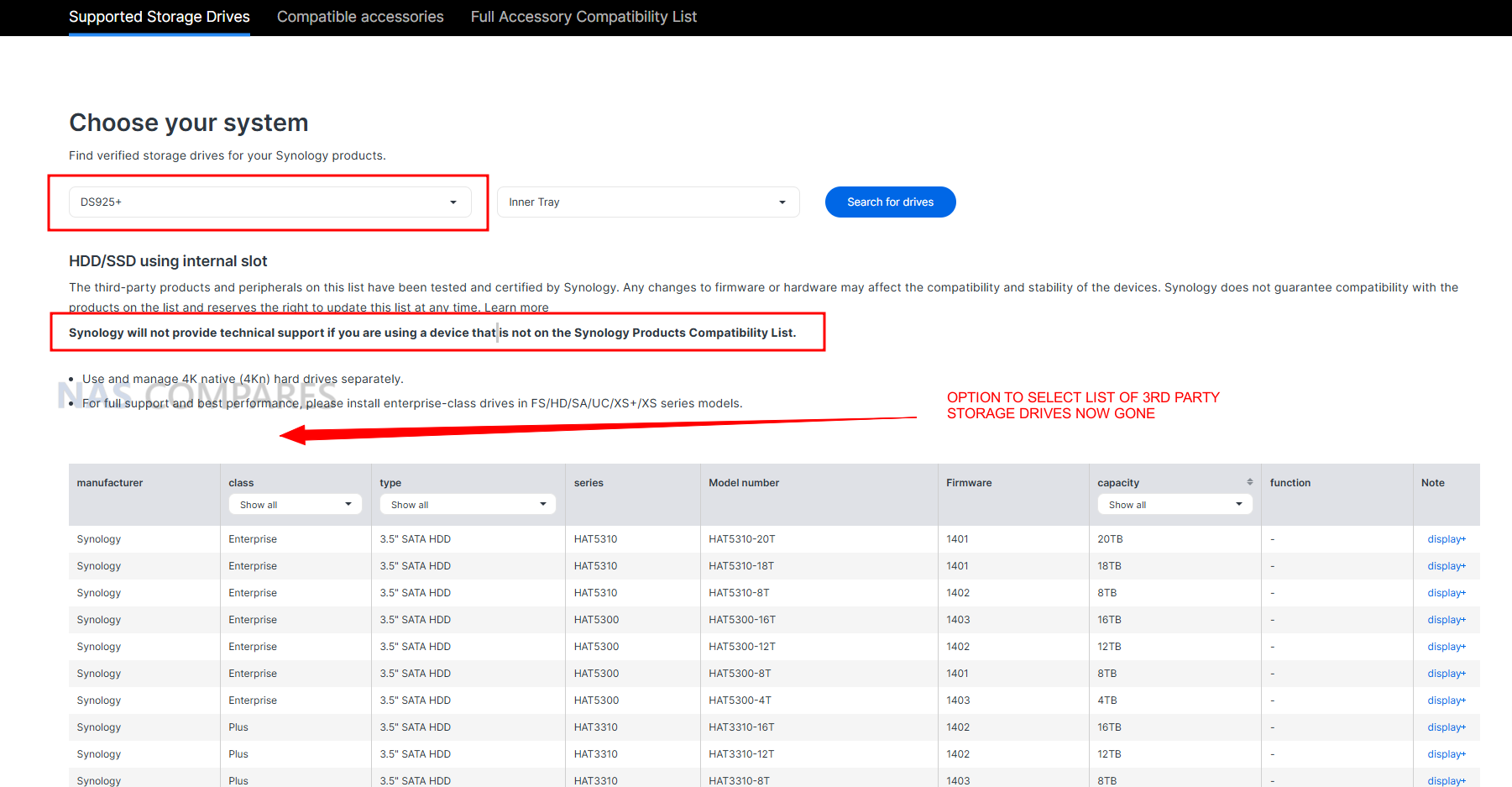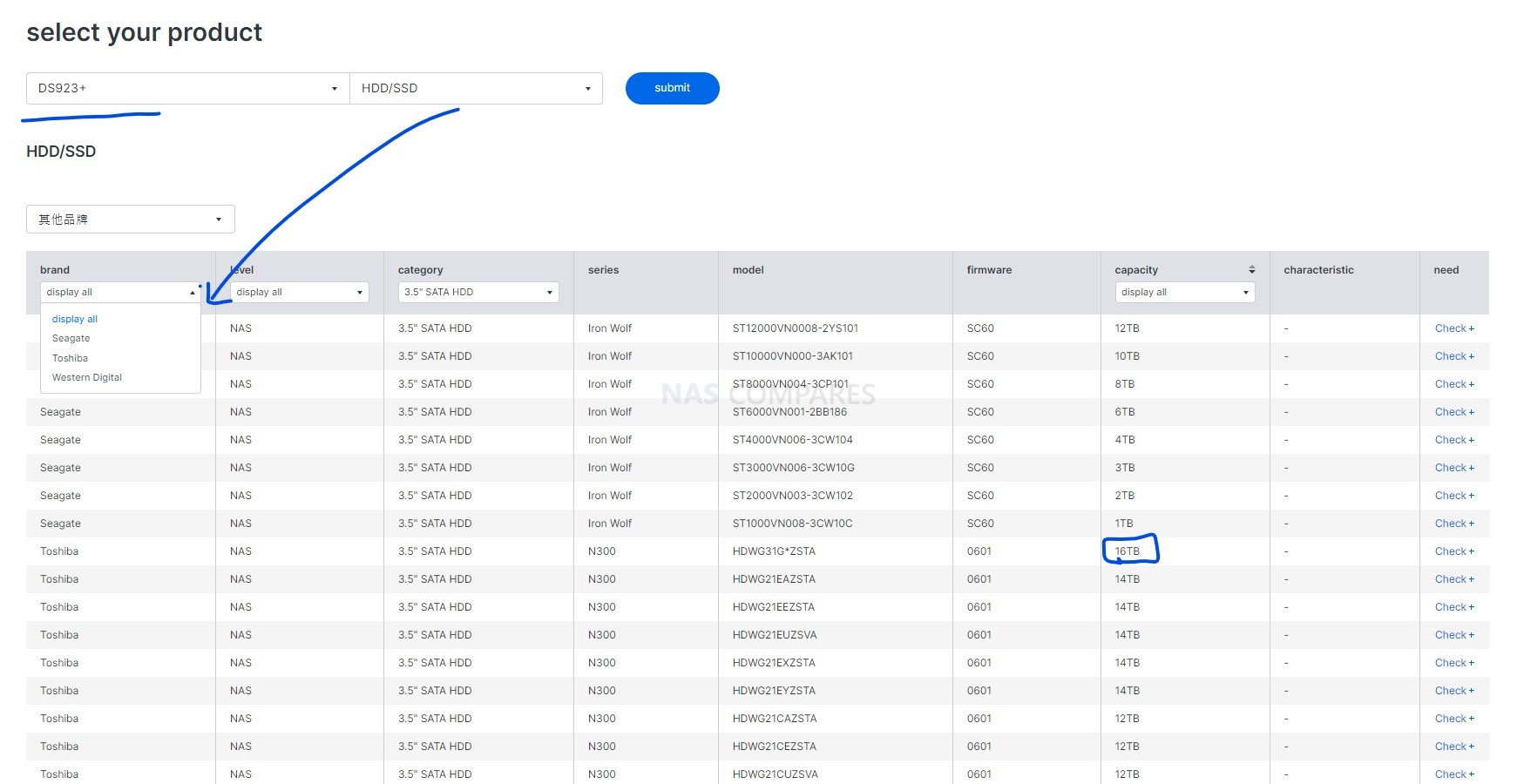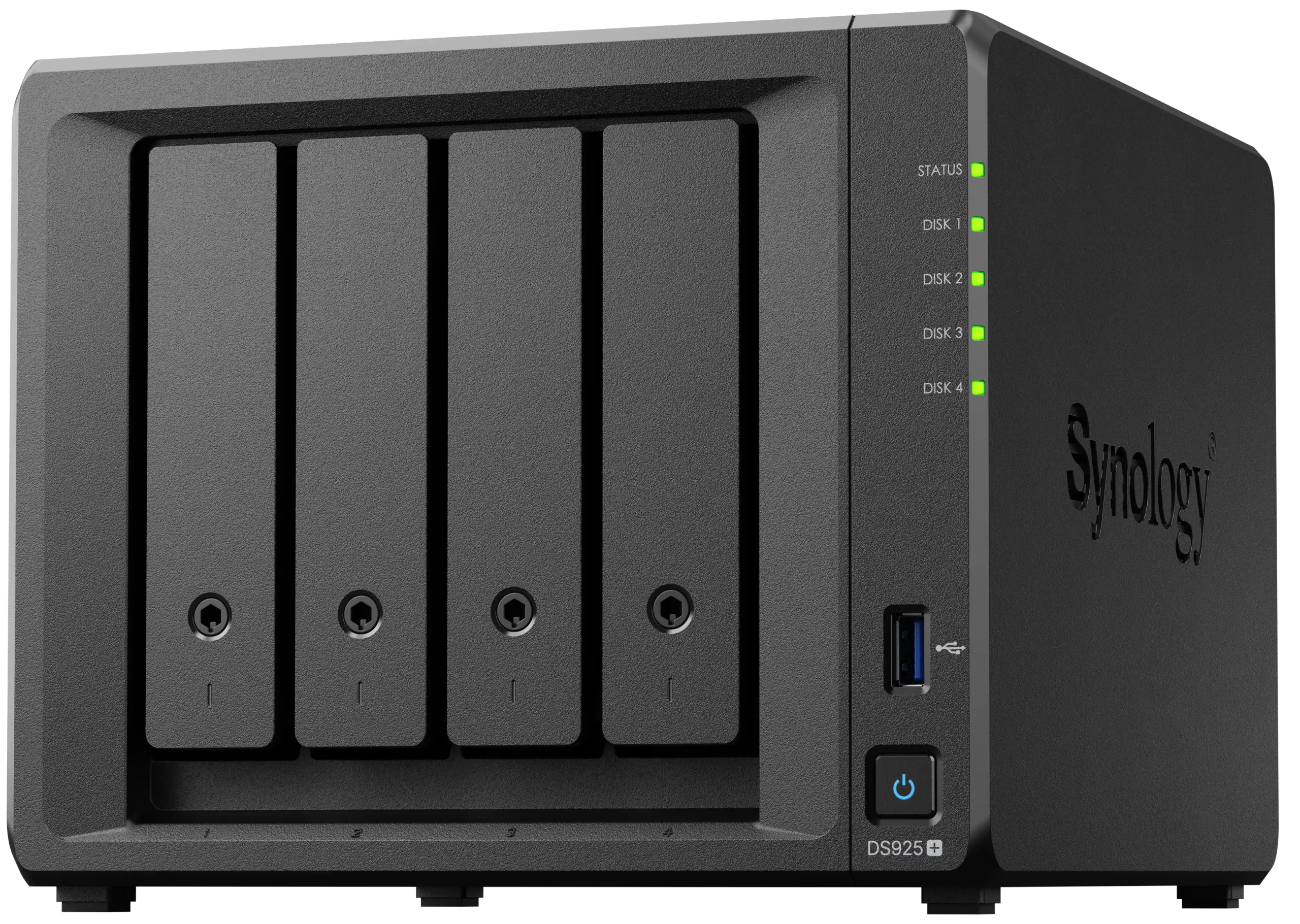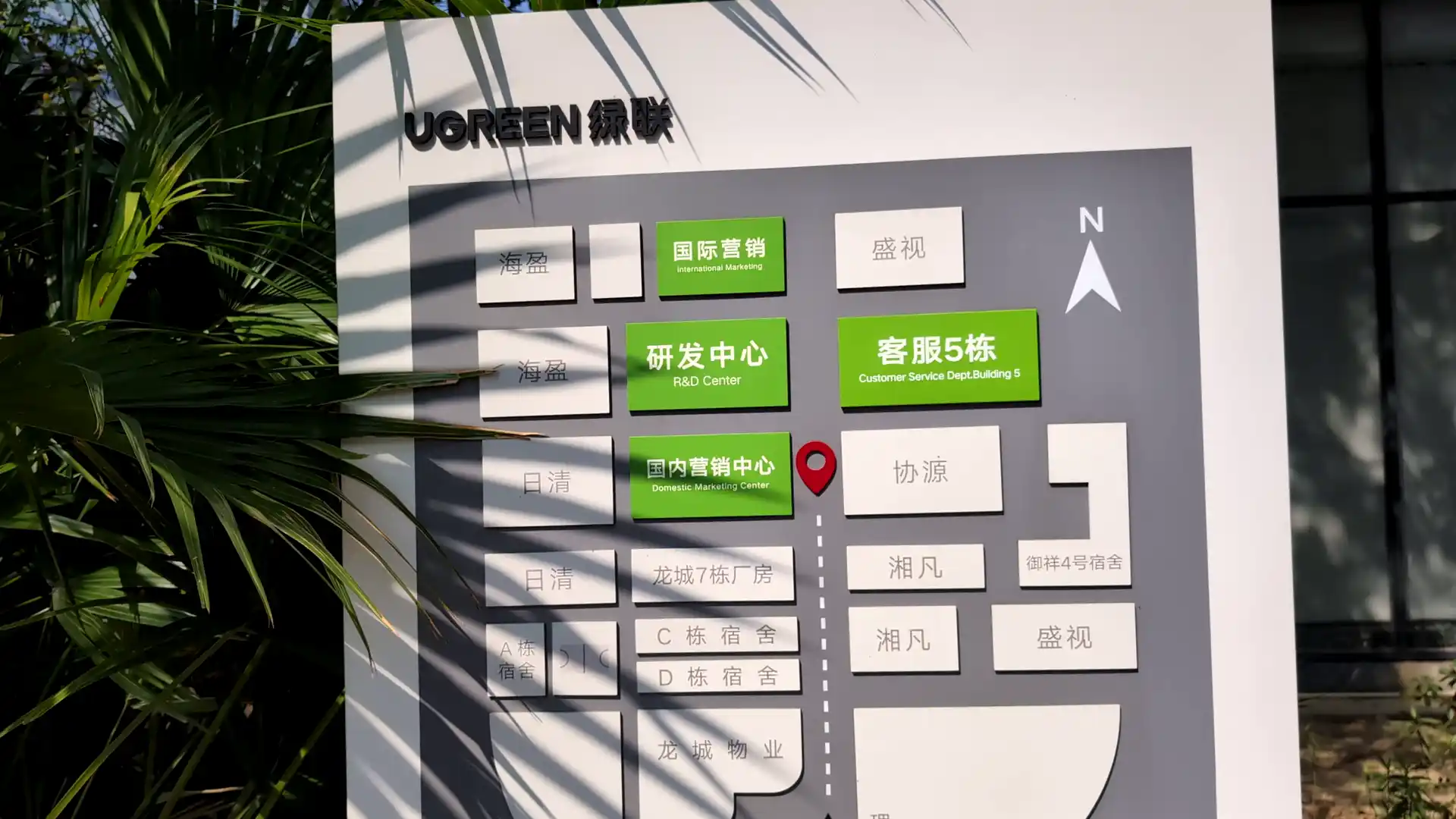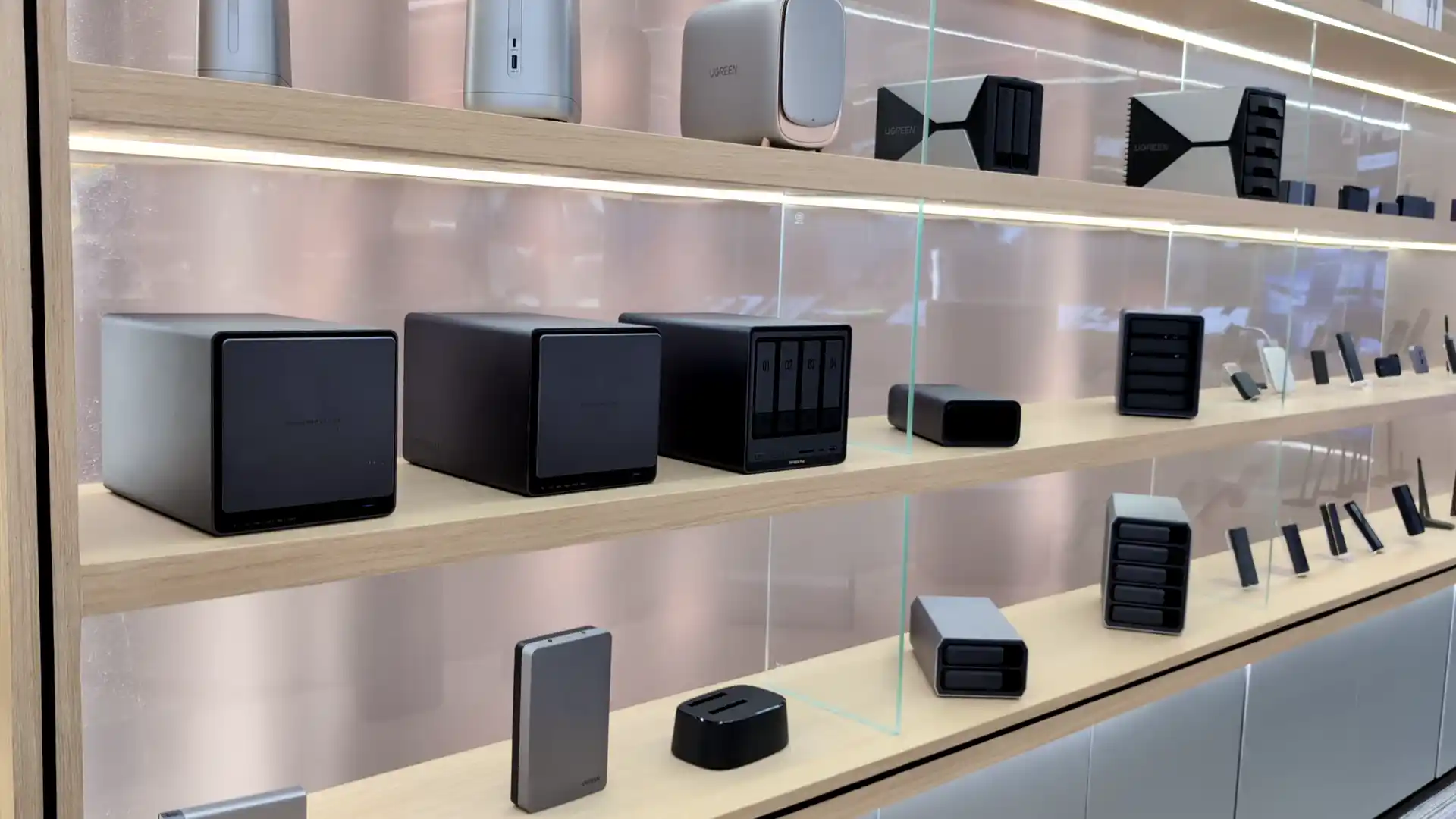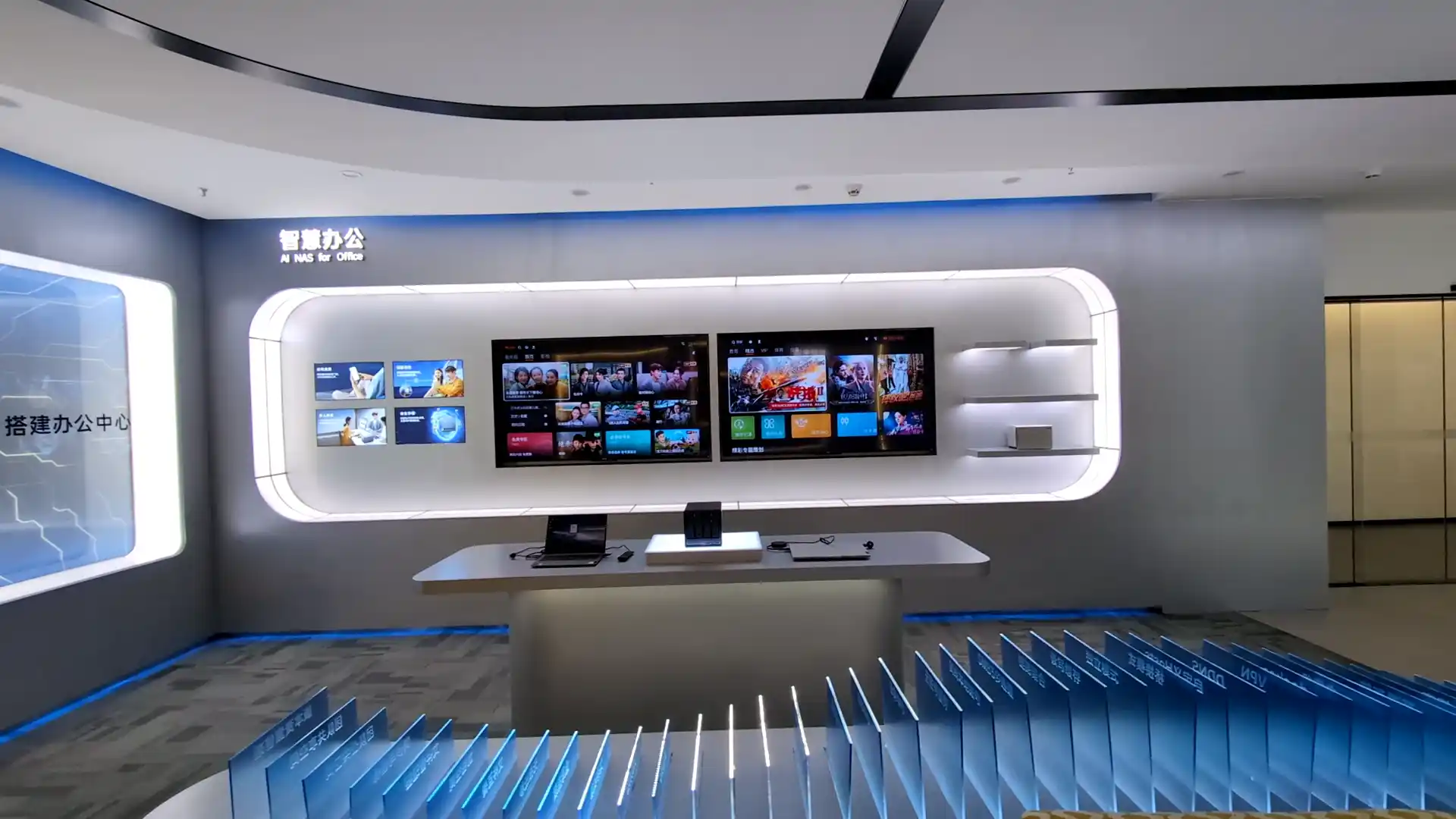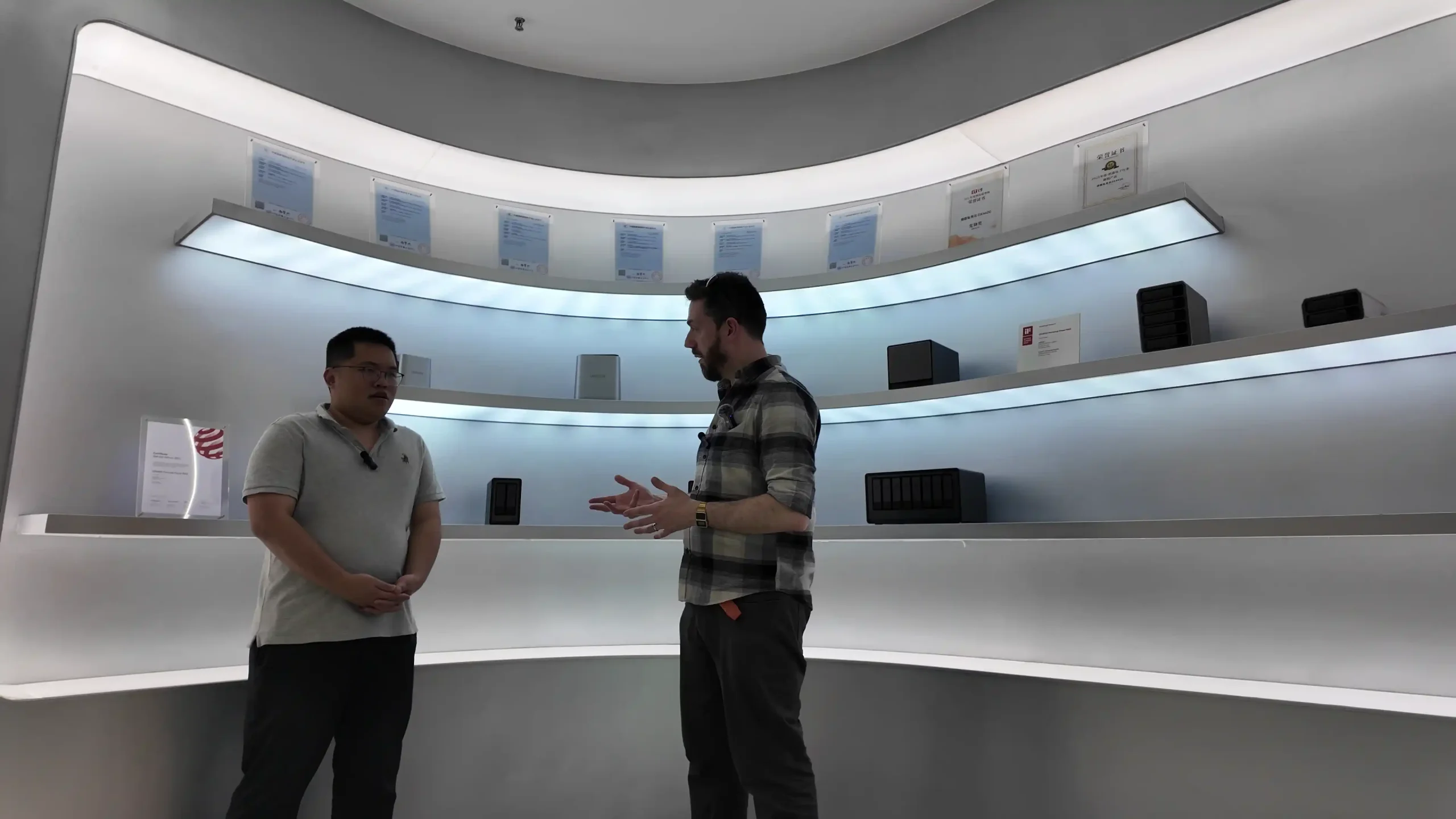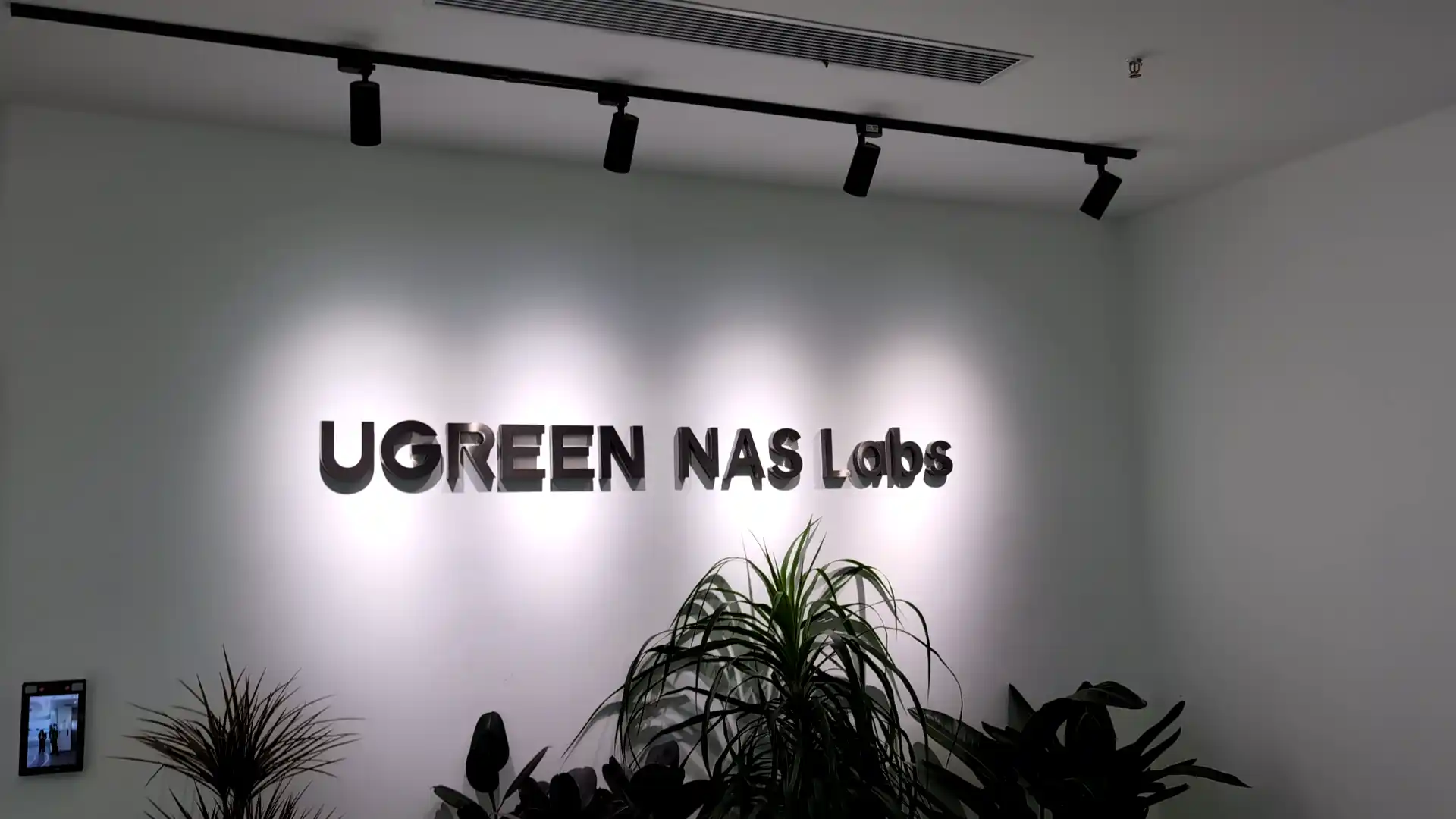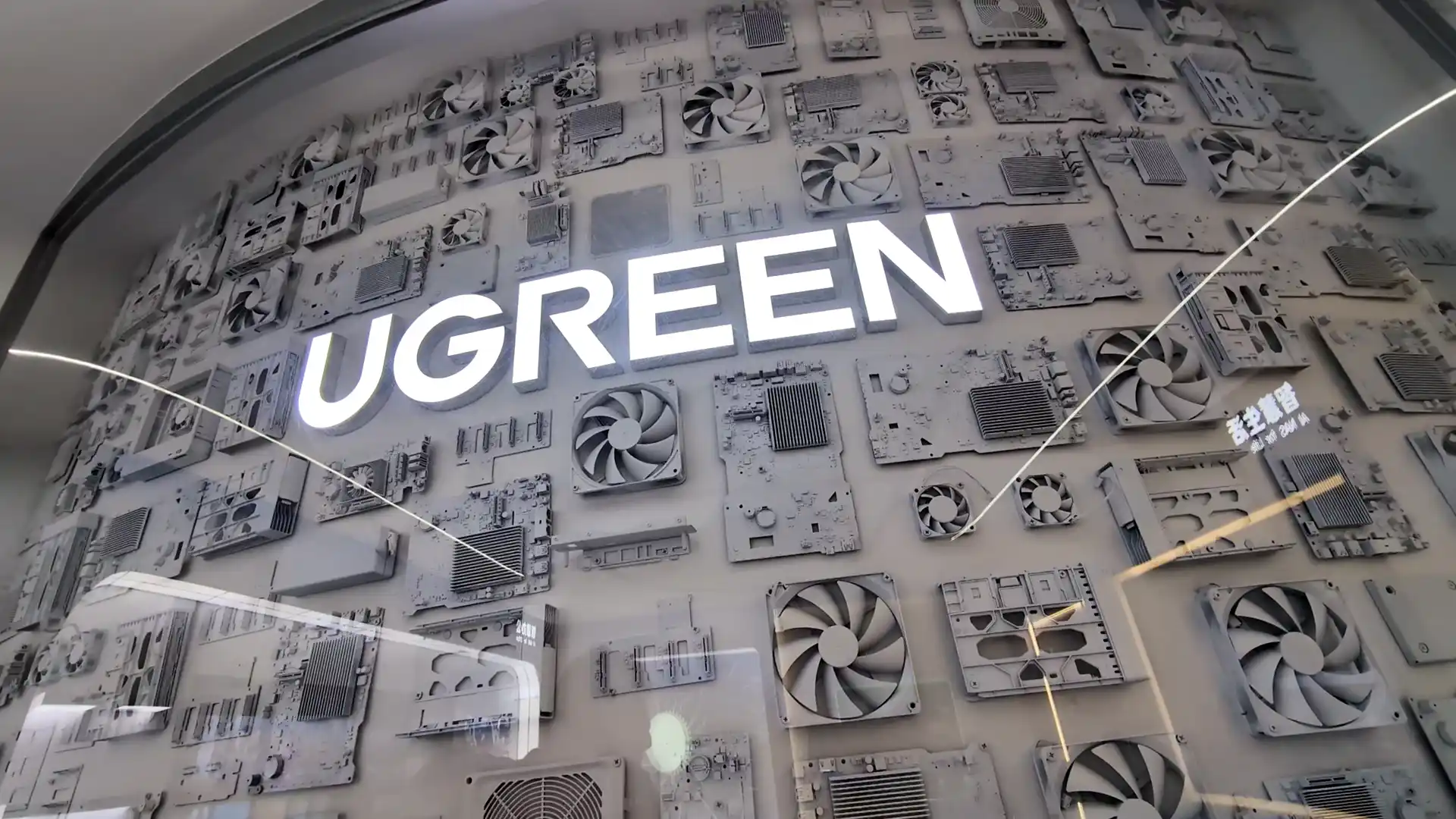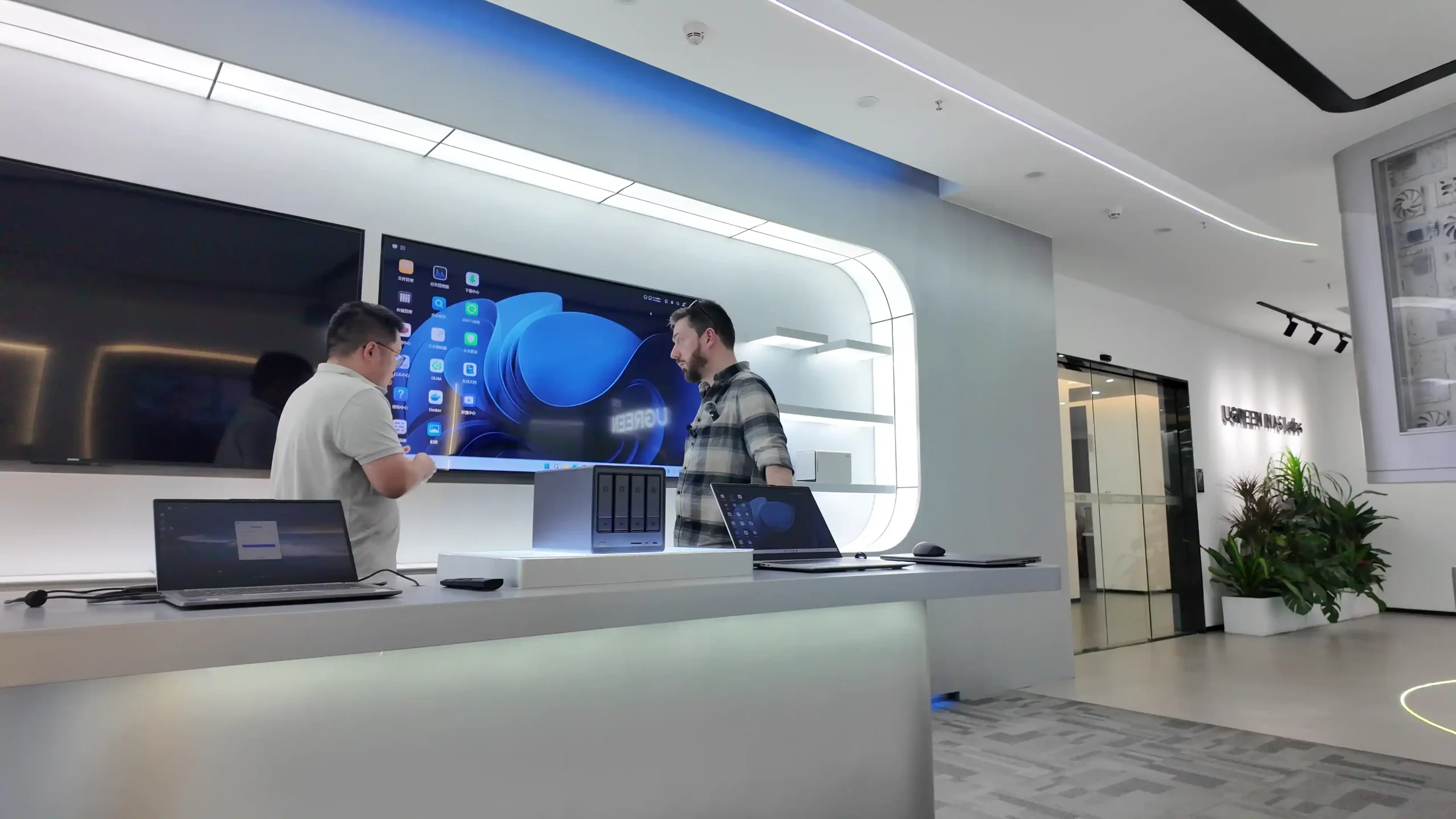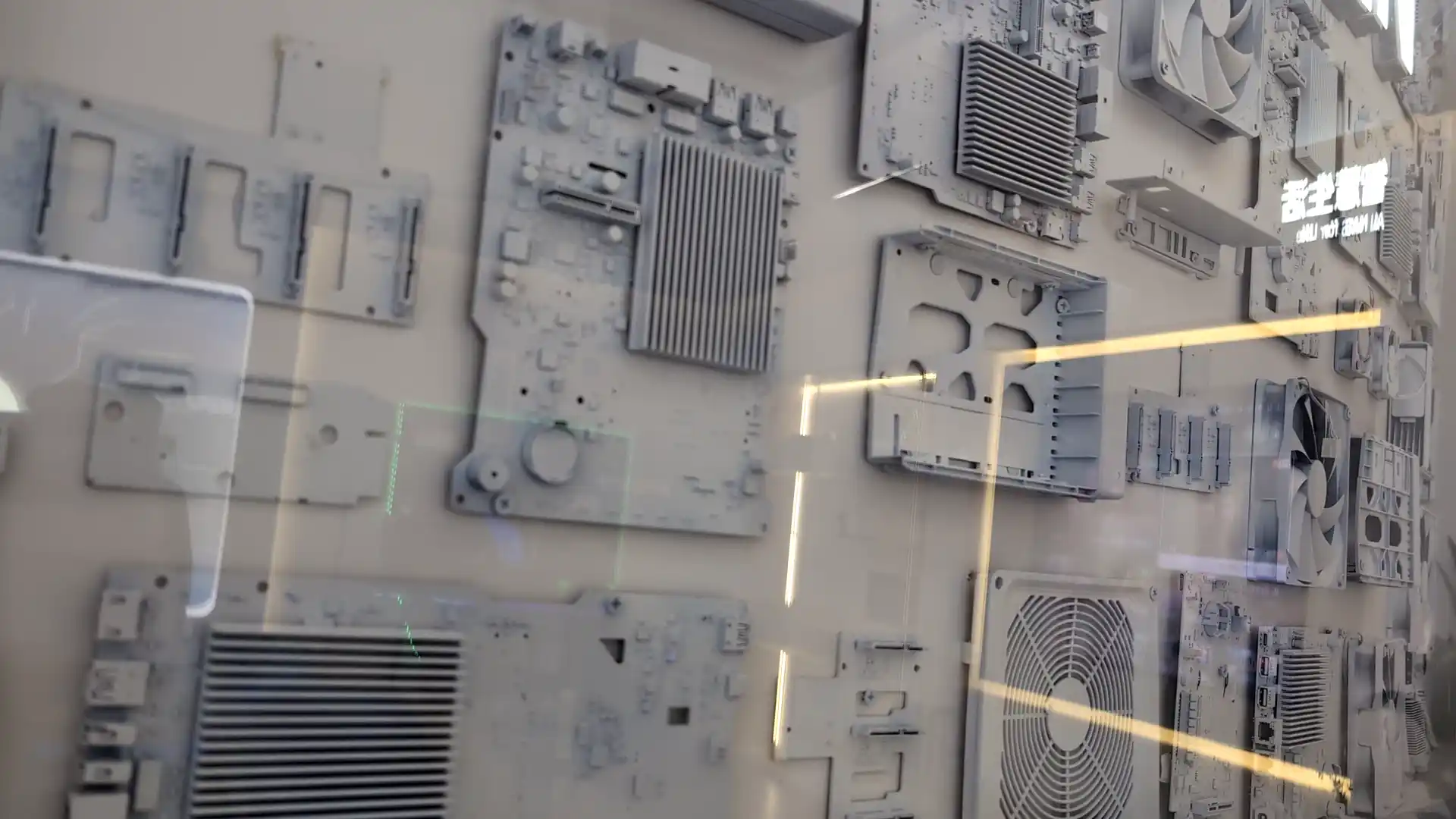Synology vs QNAP in 2025
Synology vs QNAP NAS – Which Should You Buy in 2025?
When choosing a NAS solution in 2025, two brands dominate the conversation: Synology and QNAP. These Taiwan-based companies have evolved their offerings significantly over the years, adapting to changing user needs in backup, multimedia, virtualization, and enterprise storage. Synology, with a strong emphasis on software polish and ecosystem integration, continues to appeal to users who prioritize stability and consistency. QNAP, by contrast, leans into offering higher-spec hardware, customization, and flexibility, targeting tech-savvy users who want granular control over their system. This article explores how the two compare across hardware, storage capabilities, software platforms, security, pricing, and overall value. Both Synology and QNAP share a lot of baseline features: multi-platform support across Windows, Mac, and Linux; mobile apps for Android and iOS; web-based GUIs; encryption; multi-user access; and strong community ecosystems. Yet important distinctions emerge as you look deeper. These differences often boil down to Synology delivering a more consistent, “appliance-like” experience, while QNAP offers broader hardware choices and wider compatibility. Neither brand is universally better, but each fits different user priorities. Let’s break down how Synology and QNAP stack up in detail for 2025.

Synology vs QNAP NAS – Hardware Comparison
In terms of hardware variety and specification, QNAP clearly maintains an advantage in 2025. QNAP offers a wider range of NAS models across every price tier, providing more options for users looking for features like 2.5GbE or 10GbE ports, Thunderbolt connectivity, PCIe expandability, and support for AI or GPU cards. Many QNAP systems at even mid-tier levels offer multi-core CPUs, 2.5GbE as a minimum, and M.2 NVMe slots for caching or storage pools. Synology, while offering a hardware range from ARM-based entry units to Xeon-powered enterprise models, typically emphasizes efficiency and stability over raw horsepower, often shipping systems with lower-core-count processors and 1GbE networking by default.
| Hardware Feature | Synology | QNAP |
|---|---|---|
| M.2 NVMe SSD Slots | ✓ | ✓ |
| Dedicated Flash/SSD NAS Systems | ✓ (Only in Rackmount) | ✓ |
| PCIe Expansion Slots | ✓ | ✓ |
| 10GbE / 25GbE Network Support | ✓ | ✓ |
| Thunderbolt Connectivity | ✓ | |
| Dual-Controller NAS Models | ✓ | ✓ |
| Support for SAS Drives | ✓ | ✓ |
| ZFS File System Support | ✓ | |
| Btrfs File System Support | ✓ | |
| Flexible/Hybrid RAID | ✓ (SHR) | ✓ (QTier) |
| HDMI Output for Direct Media Playback | ✓ | |
| Tool-less Drive Installation | ✓ | ✓ |
| Integrated GPU for Media Transcoding | ✓ (only on the low tier PLUS range) | ✓ |
| External GPU Support (PCIe GPU Expansion) | ✓ | |
| U.2 NVMe SSD Support | ✓ | |
| Redundant Power Supply Options | ✓ | ✓ |
| High-Capacity Scalability (Over 1PB) | ✓ | ✓ |
| Dedicated Out-of-Band Management (IPMI/iKVM) | ✓ | |
| USB 4.0 Ports | ✓ | |
| 2.5GbE | ✓ (But only on x25 Models) | ✓ |
| 5GbE LAN Support | ✓ | |
| Thunderbolt-to-Ethernet Bridging | ✓ | |
| M.2 NVMe Storage Pool Creation | (only on new models) ✓ | ✓ |
| Hot-Swappable Drives | ✓ | ✓ |
| AI Accelerator Card Support (TPU/NPU cards) | ✓ | |
| Edge AI/Surveillance AI Built-in Modules | (only DVA series) ✓ | ✓ |
However, Synology’s hardware strategy is tightly coupled to its software-first philosophy. Devices are designed to maximize compatibility, power efficiency, and seamless operation with DSM. Some newer 2025 Synology models do offer improvements — such as M.2 NVMe storage pools and optional 10GbE upgrades — but their pace remains slower compared to QNAP’s frequent hardware refresh cycles. For users whose priority is high performance, customization, or bleeding-edge hardware, QNAP offers far more compelling options. For those seeking low-power, quiet, turnkey systems, Synology still provides highly reliable appliances.
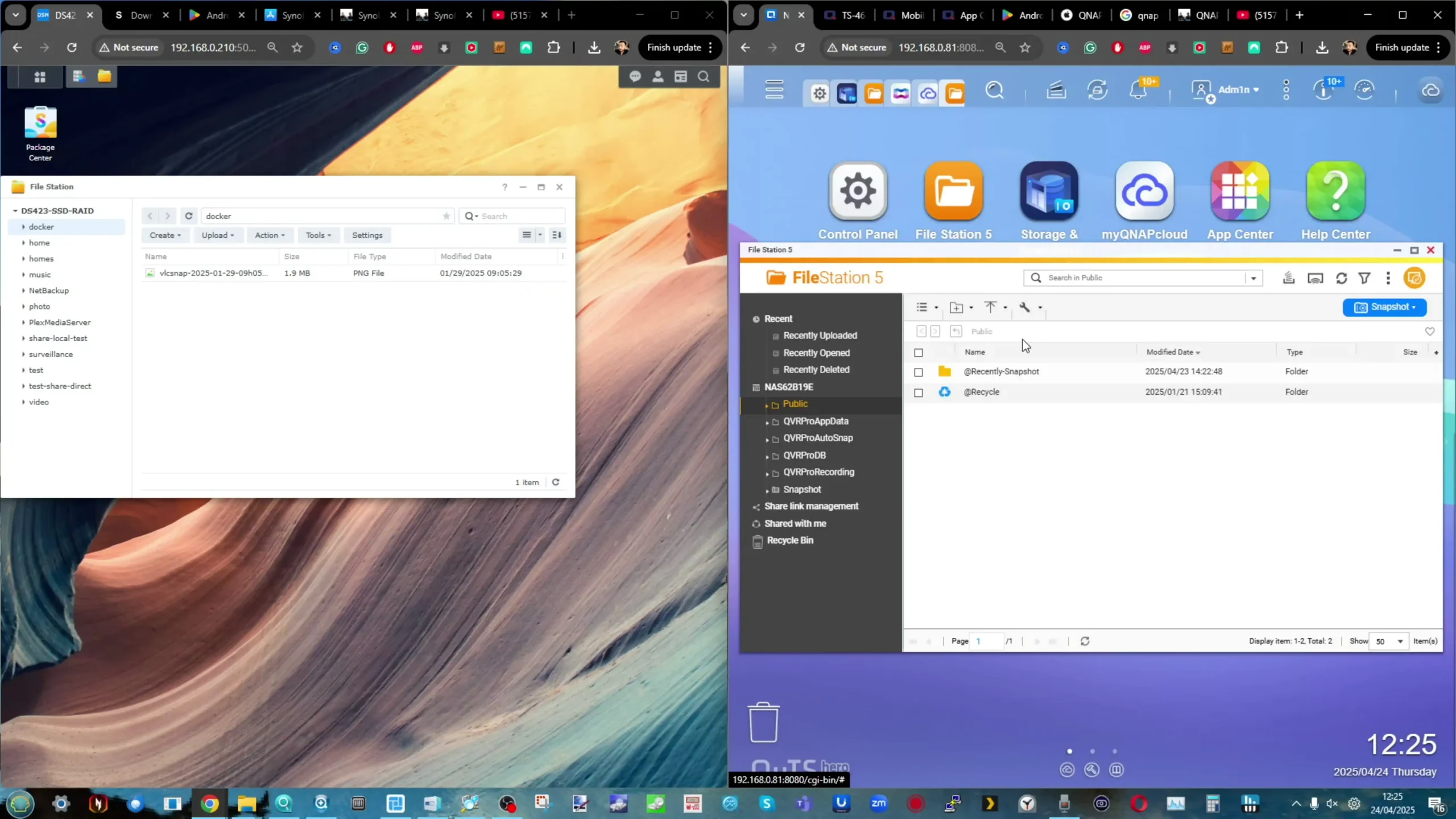
Synology vs QNAP NAS – Storage Services and Scalability
Storage capabilities represent a growing area of divergence. Synology’s storage ecosystem emphasizes stability and data integrity through Btrfs file systems, SHR (Synology Hybrid RAID), fast RAID rebuilds, and snapshot technology. However, Synology has dramatically tightened its drive compatibility rules from 2025 onwards, particularly in the Plus series and higher, limiting users to certified Synology drives for initialization. This hardline approach restricts flexibility, as users cannot freely install third-party HDDs or SSDs. Meanwhile, users still benefit from technologies like SHR, making mixed-drive RAID arrays easier to manage, though concerns remain about SHR’s future viability under Synology’s evolving drive policies.
| SERVICE | SYNOLOGY | QNAP | Notes | |
| File Services | SMB, AFP, NFS |  |
 |
Cross-platform sharing |
| WebDAV |  |
 |
Remote access | |
| FTP/FTPS |  |
 |
Standard protocols | |
| Rsync/Remote Sync |  |
 |
Sync across systems | |
| RAID & Storage | Basic, JBOD, RAID 0/1/5/6/10 |  |
 |
Core RAID support |
| SHR (Hybrid RAID) |  |
 |
Synology-exclusive | |
| Qtier Auto-Tiering |  |
 |
QNAP-exclusive SSD/HDD tiering | |
| ZFS Support |  (DSM 7.2+ select models) (DSM 7.2+ select models) |
 (QuTS hero) (QuTS hero) |
Synology uses Btrfs more widely | |
| Storage Pools |  |
 |
Pool-based management | |
| Thin Provisioning |  |
 |
On supported file systems | |
| Storage Snapshots |  (Btrfs-based) (Btrfs-based) |
 (ZFS/ext4-based) (ZFS/ext4-based) |
Both support snapshot schedules | |
| Inline Deduplication |  (Btrfs) (Btrfs) |
 (ZFS) (ZFS) |
Both support dedup, method differs | |
| SSD Cache (Read/Write) |  |
 |
Model-dependent | |
| Encryption (AES-256) |  |
 |
Volume/folder-level encryption | |
| Backup & Sync | Hyper Backup / HBS3 |  (Hyper Backup) (Hyper Backup) |
 (Hybrid Backup Sync 3) (Hybrid Backup Sync 3) |
Functionally equivalent |
| Active Backup for Business |  |
 |
Enterprise-grade backup (free) | |
| Snapshot Replication |  |
 |
Data versioning support | |
| Cloud Sync |  |
 |
Multi-cloud sync integration |
QNAP’s storage flexibility is far greater. Users can utilize almost any NAS-rated or server-class drive from vendors like Seagate, Toshiba, and WD, without vendor lock-in. Beyond standard RAID levels, QNAP offers Qtier for intelligent auto-tiering between SSDs and HDDs and supports ZFS through its QuTS hero operating system. ZFS integration introduces enterprise-grade features such as inline deduplication, compression, triple-parity RAID options, and even faster rebuilds. Expansion is another strong suit for QNAP, with broad support for external expansion enclosures over USB and PCIe, while Synology supports far fewer expansion units. In short, QNAP offers a more powerful, flexible storage environment but demands more technical knowledge to manage effectively.

Synology DSM vs QNAP QTS/QuTS – Software Compared
Synology’s DSM (DiskStation Manager) remains the benchmark for NAS operating systems in terms of polish, consistency, and ease of use. Its streamlined UI, consistent app design, and stable system management tools make it highly user-friendly. DSM’s integration with Synology Drive, Hyper Backup, Active Backup for Business, and its Office suite provide turnkey productivity and backup solutions. However, Synology is moving increasingly toward a closed ecosystem, prioritizing first-party apps and services over broader third-party integration. Applications like Surveillance Station remain best-in-class, but recent trends — such as discontinuing Video Station — indicate Synology’s increasing control over its ecosystem.
| Category | Feature | Synology | QNAP | Notes |
|---|---|---|---|---|
| Core OS | OS | DSM (DiskStation Manager) | QTS / QuTS hero | QuTS hero is ZFS-based |
| Web GUI Dashboard |  |
 |
Both have polished interfaces | |
| Mobile Apps |  |
 |
DS apps (Synology), Qfile/Qmanager (QNAP) | |
| Virtualization & Containers | Docker Support |  |
 |
QNAP supports LXC too |
| Virtual Machines |  (VMM) (VMM) |
 (Virtualization Station) (Virtualization Station) |
QNAP offers GPU passthrough | |
| GPU Passthrough |  (limited) (limited) |
 |
QNAP supports more virtualization use cases | |
| AI / Surveillance | Surveillance Station |  |
 (QVR Pro/Elite) (QVR Pro/Elite) |
QNAP includes more free camera licenses |
| AI Facial Recognition |  (DVA series) (DVA series) |
 (QVR Face Tiger) (QVR Face Tiger) |
Hardware-dependent | |
| Smart Object Detection |  |
 |
Both support this in premium models | |
| Media Services | Plex Media Server |  |
 |
Supported by both |
| DLNA/UPnP Streaming |  |
 |
Basic media server support | |
| Video Transcoding (HW Acceleration) |  (some models) (some models) |
 (broader support) (broader support) |
QNAP supports external GPUs | |
| Audio Station / Music Station |  |
 |
Web/mobile access to music | |
| Cloud & Remote Access | QuickConnect / myQNAPcloud |  (QuickConnect) (QuickConnect) |
 (myQNAPcloud) (myQNAPcloud) |
Brand-specific DDNS/remote access services |
| HybridShare / HybridMount |  (HybridShare) (HybridShare) |
 (HybridMount) (HybridMount) |
Mount cloud storage as local; brand equivalent | |
| Productivity & Apps | Synology Office (Docs, Sheets, Slides) |  |
 |
Google Docs-like suite for Synology only |
| Notes / Tasks / Calendar |  |
 |
Productivity tools | |
| Mail Server & Chat |  |
 |
Business collaboration tools | |
| App Ecosystem | App Center |  |
 |
QNAP has a broader variety |
| Package Manager CLI |  ( (synopkg) |
 ( (qpkg) |
Command-line support for installs |
QNAP’s QTS and QuTS hero systems offer greater flexibility and third-party support at the cost of consistency. Users can deploy a much wider range of apps, including those for AI recognition, media streaming, and backup tasks, often with deeper customization options. QNAP’s app ecosystem embraces both QNAP-native and third-party applications, with tools like HybridMount and Hybrid Backup Sync offering robust cloud and backup integrations.
However, design inconsistencies and a more complex setup process make QNAP platforms better suited to technically proficient users. QNAP systems offer more functionality out of the box but can feel less cohesive than Synology’s more curated environment.
Synology vs QNAP NAS – Security
Synology continues to lead in NAS security in 2025. The company’s multi-layered approach — including an in-house Security Response Team, bug bounty programs, pen-testing partnerships, and rapid patching policies — maintains its reputation as one of the most secure NAS ecosystems. Security Advisor, SSL certificate management, encrypted folders, and proactive system audits are standard across DSM systems. Remote access via QuickConnect is tightly controlled to minimize exposure. This emphasis on hardening and responding quickly to vulnerabilities makes Synology a strong choice for users prioritizing security with minimal manual intervention.
| Service | Synology | QNAP | Notes | |
| Security & Access | 2FA (Two-Factor Authentication) |  |
 |
User-level protection |
| VPN Server (OpenVPN, L2TP, PPTP) |  |
 |
Standard features | |
| Firewall + IP Blocking |  |
 |
Security policy management | |
| SSL Certificate Management |  |
 |
Let’s Encrypt, custom certs | |
| Security Advisor |  |
 |
Built-in vulnerability scanner |
QNAP has made substantial strides in recent years to bolster its security posture, responding to earlier criticisms following ransomware incidents. The introduction of its own PSIRT team, participation in Pwn2Own, and improvements to myQNAPcloud services represent real progress. However, QNAP’s security tools, like Security Counselor, often need to be manually installed and configured. While they now offer multi-factor authentication and SSL options, the user experience around setting up and maintaining a secure environment still lags slightly behind Synology. Power users comfortable with managing network-level protections can achieve strong security on QNAP, but casual users may find Synology’s default setup safer out of the box.
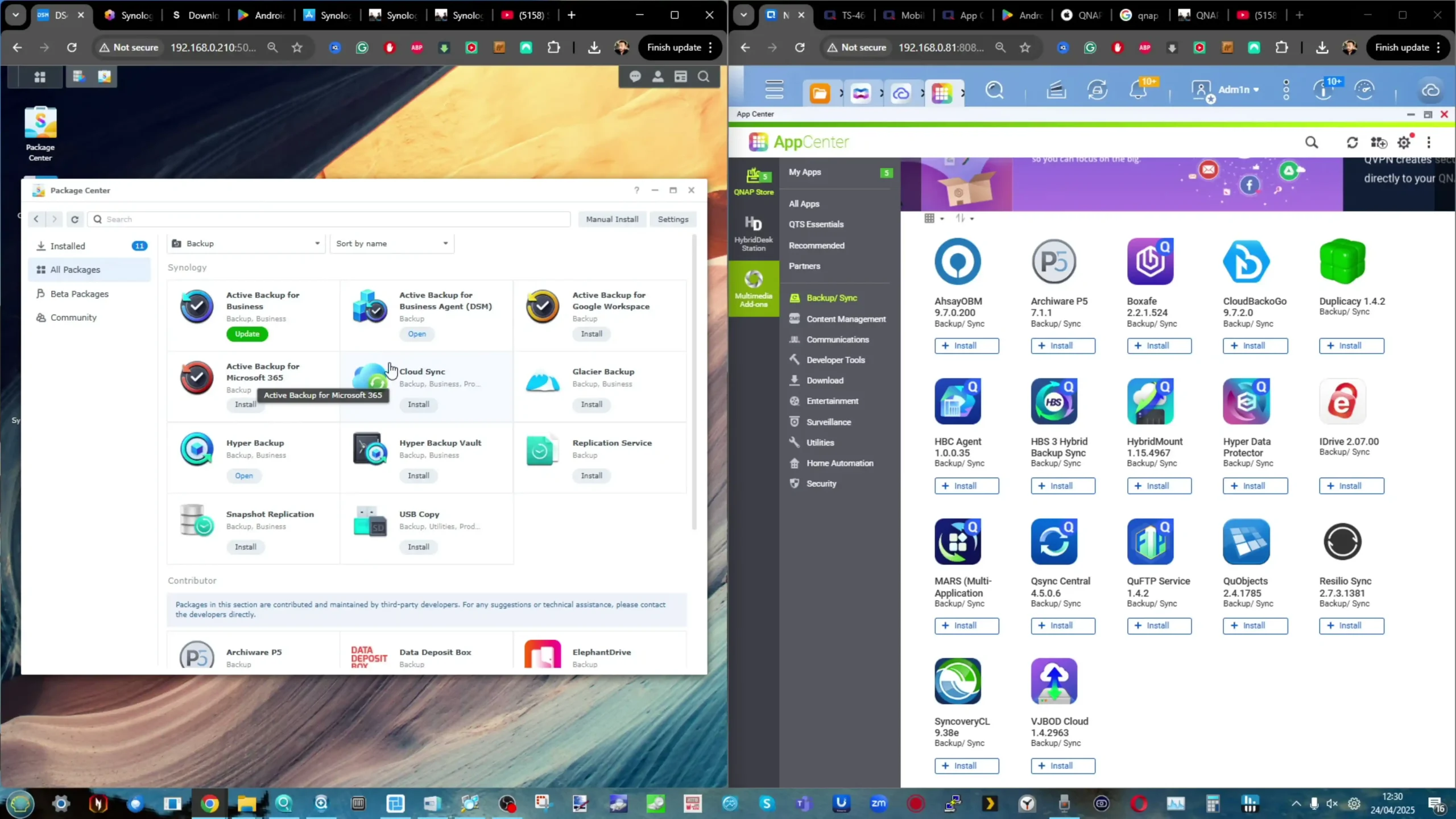
Synology vs QNAP NAS – Price Point and Value
QNAP consistently offers better raw hardware value for the price across its product range. A mid-tier QNAP NAS typically features higher-core CPUs, 2.5GbE or 10GbE networking, and expandability features like PCIe slots and multiple M.2 NVMe slots — features that, with Synology, are only available at much higher price points.
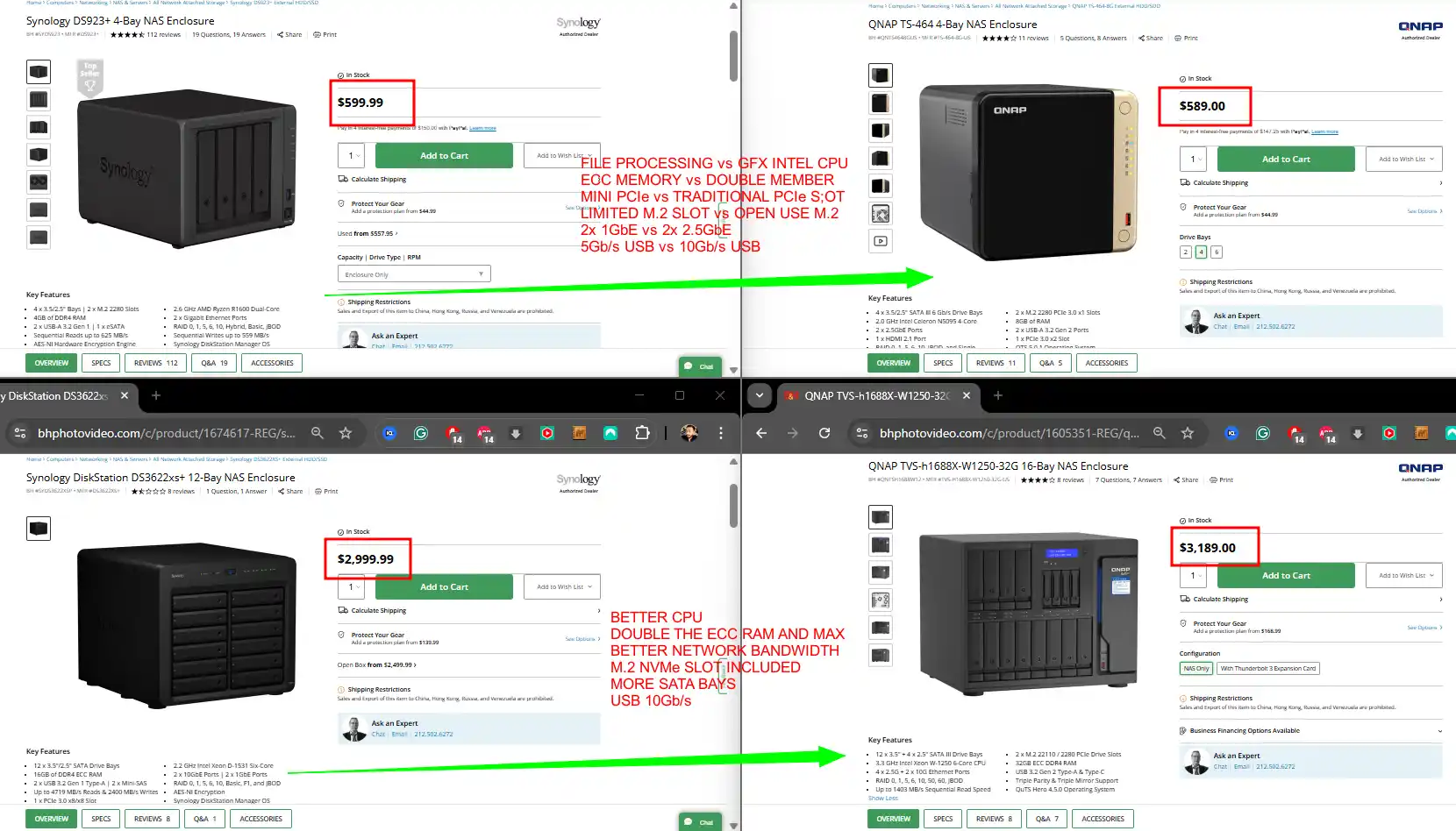
Additionally, QNAP’s lack of strict HDD compatibility listing (as currently the case for the Synology 2025 series, at the time of writing) and broader compatibility with storage and memory components can significantly reduce the total cost of ownership for DIY-minded users. Synology’s pricing, while generally higher, reflects its software development investment and the overall polish of its systems.
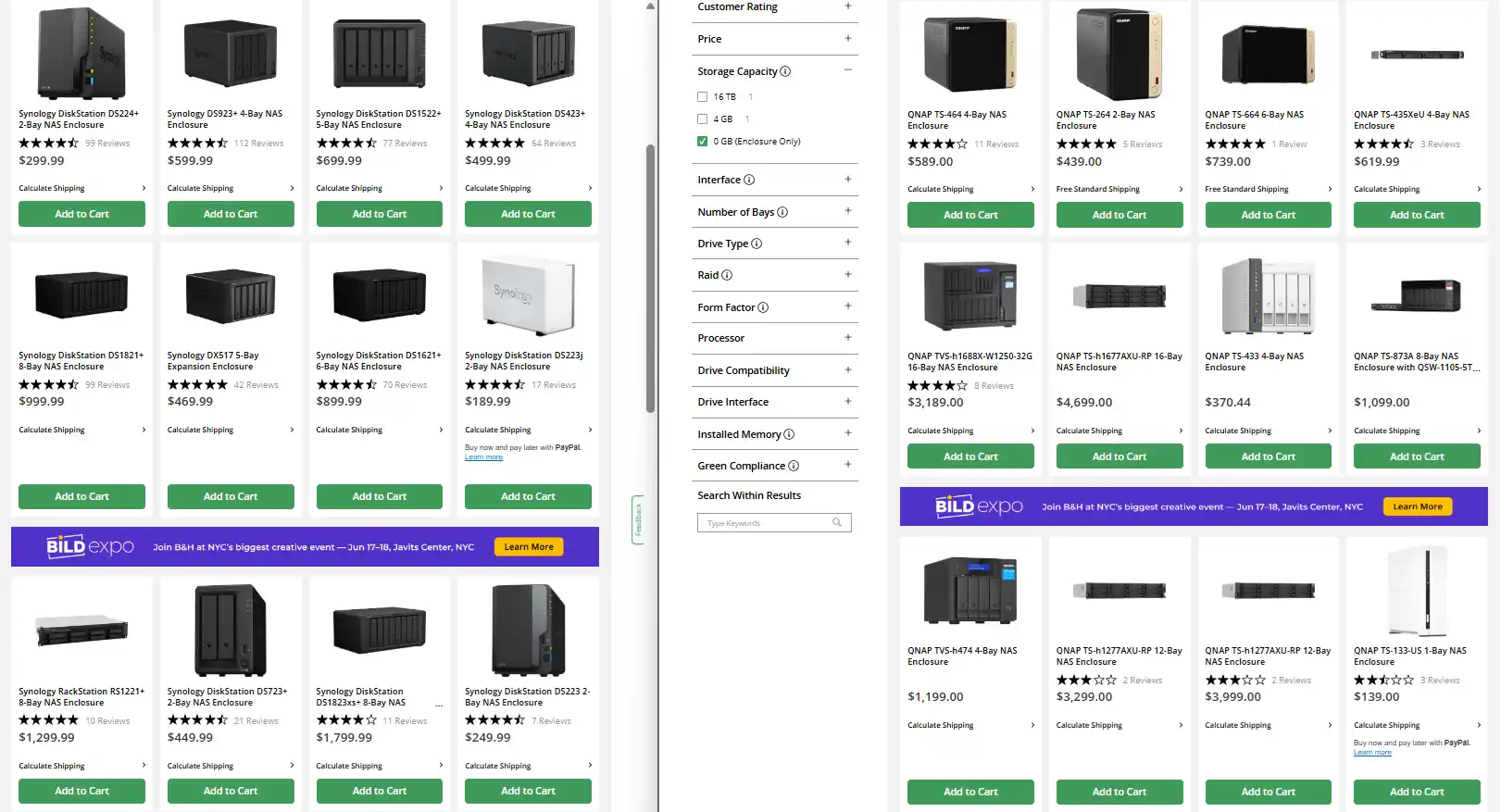
Buyers are paying for a more turnkey experience, better documentation, and consistent performance across the board. Moreover, Synology’s inclusion of powerful free tools like Active Backup for Business and Synology Drive adds enterprise-grade features without additional licensing costs, which in some cases offsets the hardware premium. Nonetheless, for users whose priority is maximum hardware performance and component freedom, QNAP usually offers a stronger return on investment.
Synology vs QNAP NAS – Conclusion and Verdict
Choosing between Synology and QNAP in 2025 depends largely on user priorities. Synology remains the best choice for users seeking a polished, consistent, stable, and secure NAS experience. Its streamlined DSM platform, reliable first-party apps, and strong support infrastructure make it ideal for small businesses, prosumers, and general users who want a “set it and forget it” solution. However, Synology’s movement toward hardware and software lock-in may be off-putting to users who value flexibility or those unwilling to buy only Synology-branded components. QNAP, by contrast, excels in offering more powerful hardware, greater configuration freedom, and broader third-party app support. Users who want to customize, expand, virtualize, and maximize their system’s capabilities — and who are comfortable managing more complex setups — will find QNAP to be the more empowering platform. While its software consistency and security history lag slightly behind Synology, the gap has narrowed considerably. Ultimately, Synology is the stronger pick for users valuing simplicity and long-term stability, while QNAP offers more opportunities for those willing to trade simplicity for flexibility and raw performance.

NAS Solutions |

NAS Solutions |
| + Better Software (In almost every respect!)
+ Much Better Global Support Presence + More business desirable + Larger Range of solutions – Compatibility restrictions on HDD and Upgrades More and more – Underwhelming hardware (comparatively) |
+ Better Hardware for Price
+ Wider Variety of Solutions and Hardware Profiles + Supports ZFS and/or EXT4 (with ZFS platform now available on latest Intel Celeron Systems) + Wide accessory range and compatibility – Software can often feel inconsistent – Hit by Security Issues if the past |
|
Check Amazon By Clicking Below: |
Check Amazon By Clicking Below: |
 SUBSCRIBE TO OUR NEWSLETTER
SUBSCRIBE TO OUR NEWSLETTER 
[contact-form-7]
 Join Inner Circle
Join Inner Circle Get an alert every time something gets added to this specific article!
 Subscribe
Subscribe
This description contains links to Amazon. These links will take you to some of the products mentioned in today's content. As an Amazon Associate, I earn from qualifying purchases. Visit the NASCompares Deal Finder to find the best place to buy this device in your region, based on Service, Support and Reputation - Just Search for your NAS Drive in the Box Below
Need Advice on Data Storage from an Expert?
Finally, for free advice about your setup, just leave a message in the comments below here at NASCompares.com and we will get back to you. Need Help?
Where possible (and where appropriate) please provide as much information about your requirements, as then I can arrange the best answer and solution to your needs. Do not worry about your e-mail address being required, it will NOT be used in a mailing list and will NOT be used in any way other than to respond to your enquiry.
[contact-form-7]
Need Help?
Where possible (and where appropriate) please provide as much information about your requirements, as then I can arrange the best answer and solution to your needs. Do not worry about your e-mail address being required, it will NOT be used in a mailing list and will NOT be used in any way other than to respond to your enquiry.
[contact-form-7]
 Ko-fi or old school Paypal. Thanks!To find out more about how to support this advice service check HEREIf you need to fix or configure a NAS, check Fiver
Have you thought about helping others with your knowledge? Find Instructions Here
Ko-fi or old school Paypal. Thanks!To find out more about how to support this advice service check HEREIf you need to fix or configure a NAS, check Fiver
Have you thought about helping others with your knowledge? Find Instructions Here

|
 |


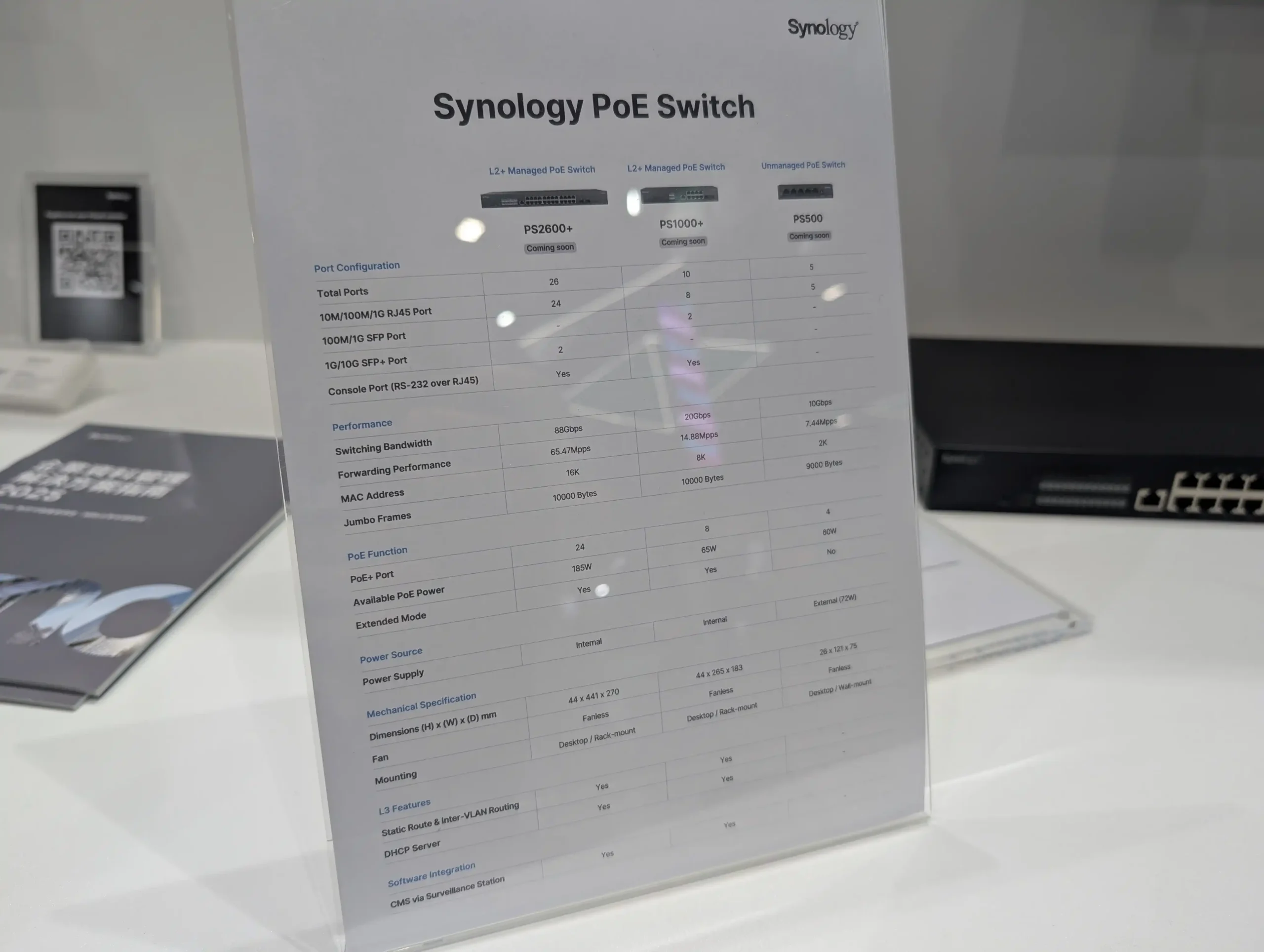

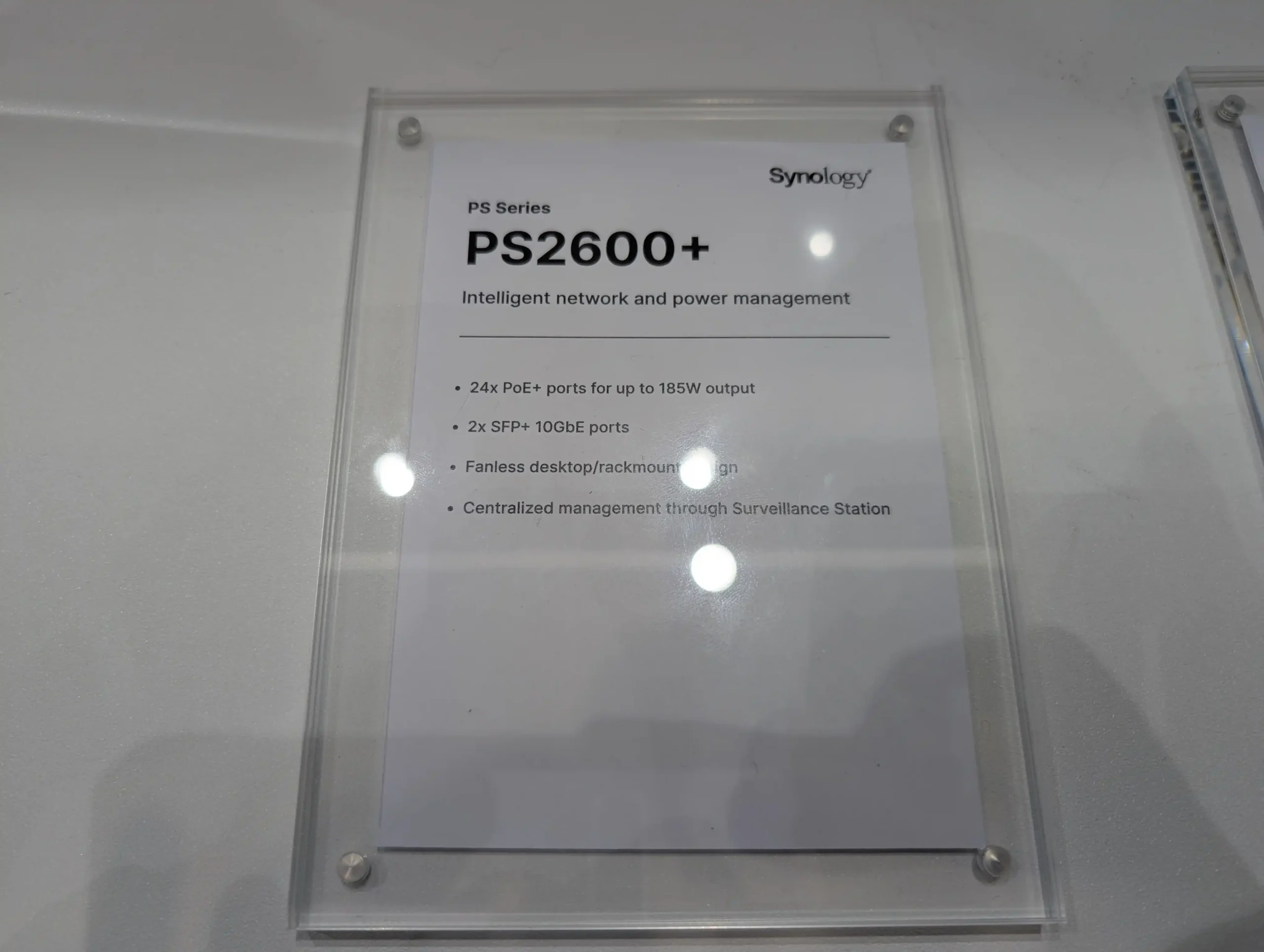
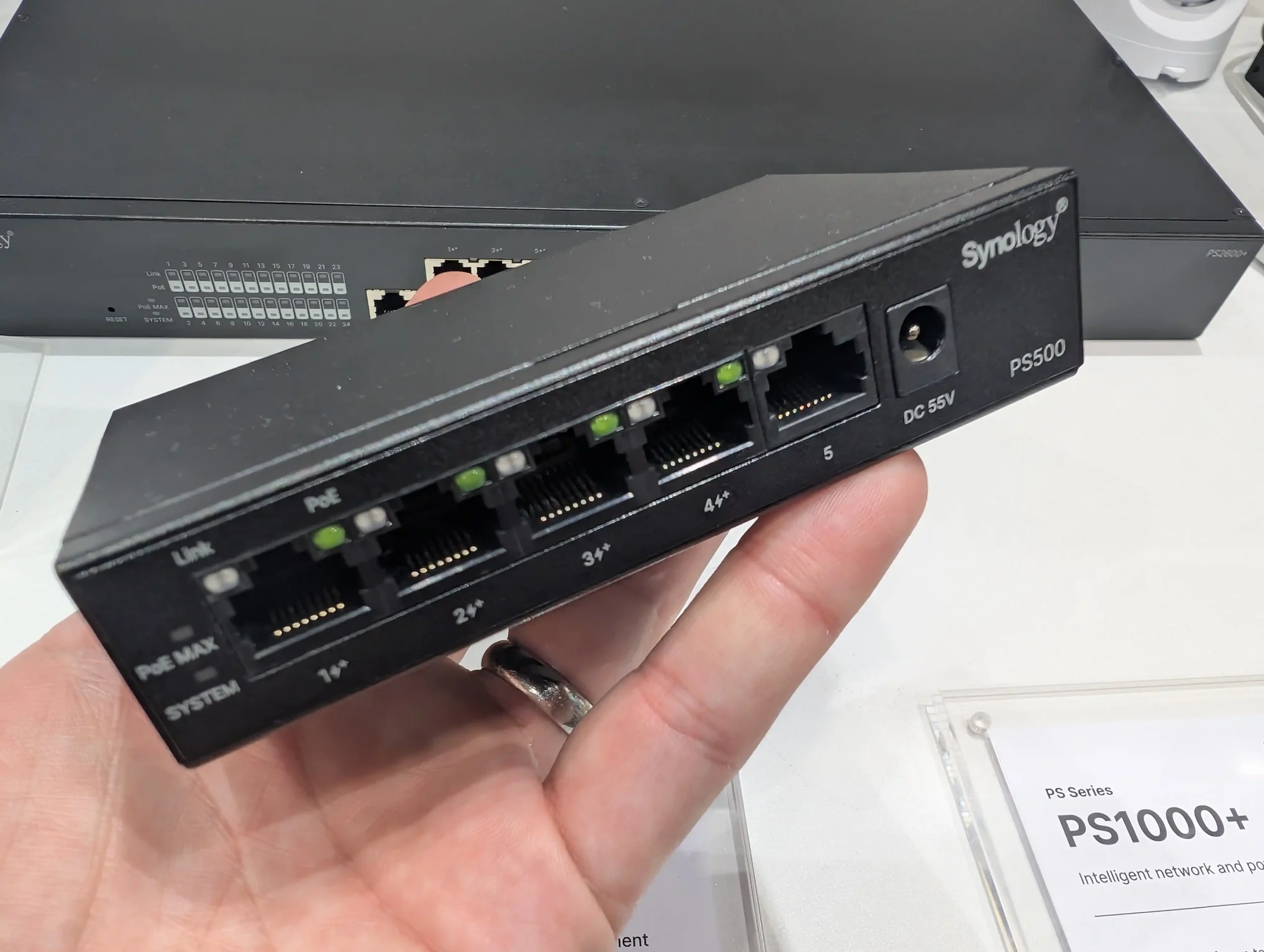
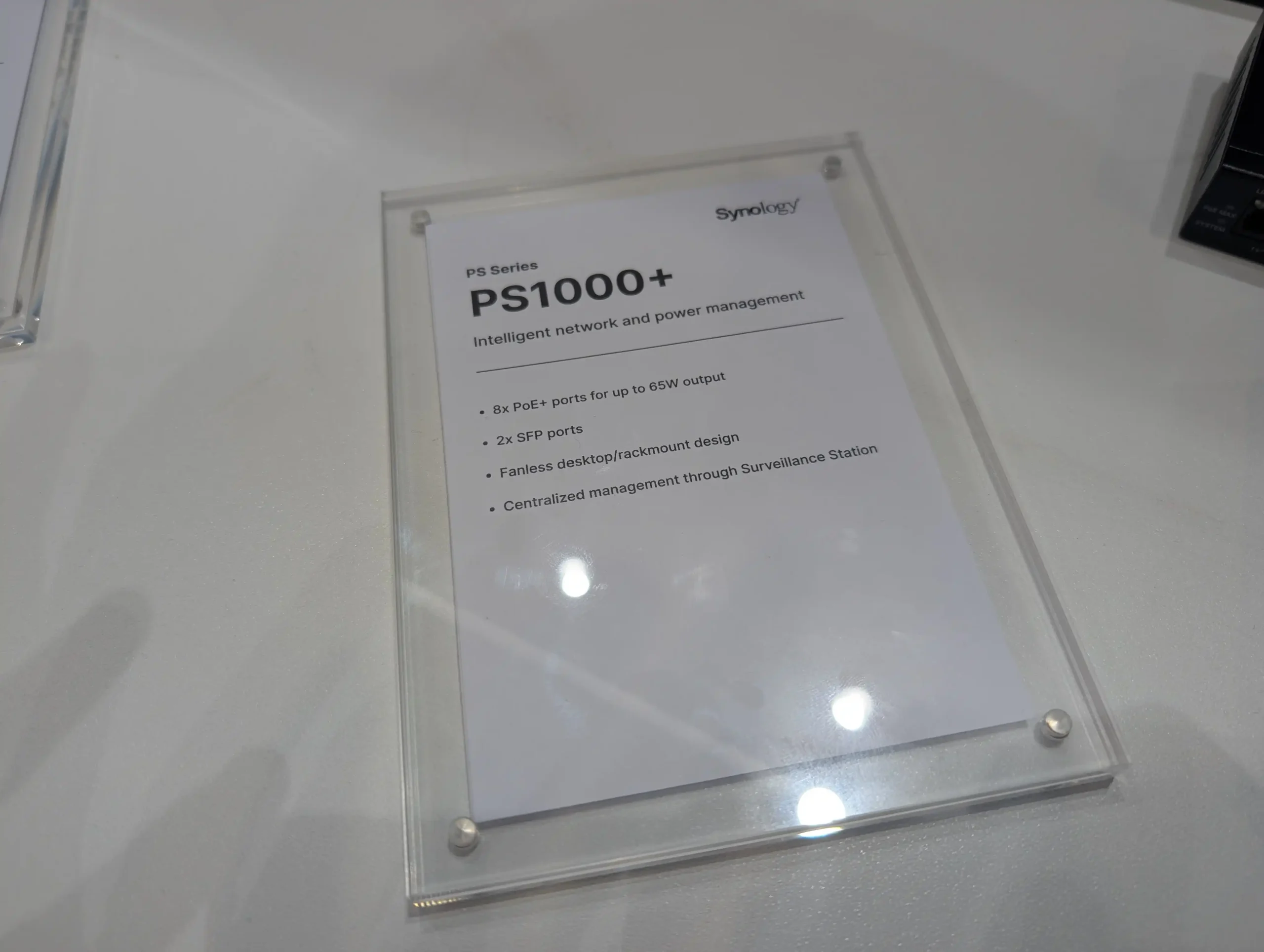
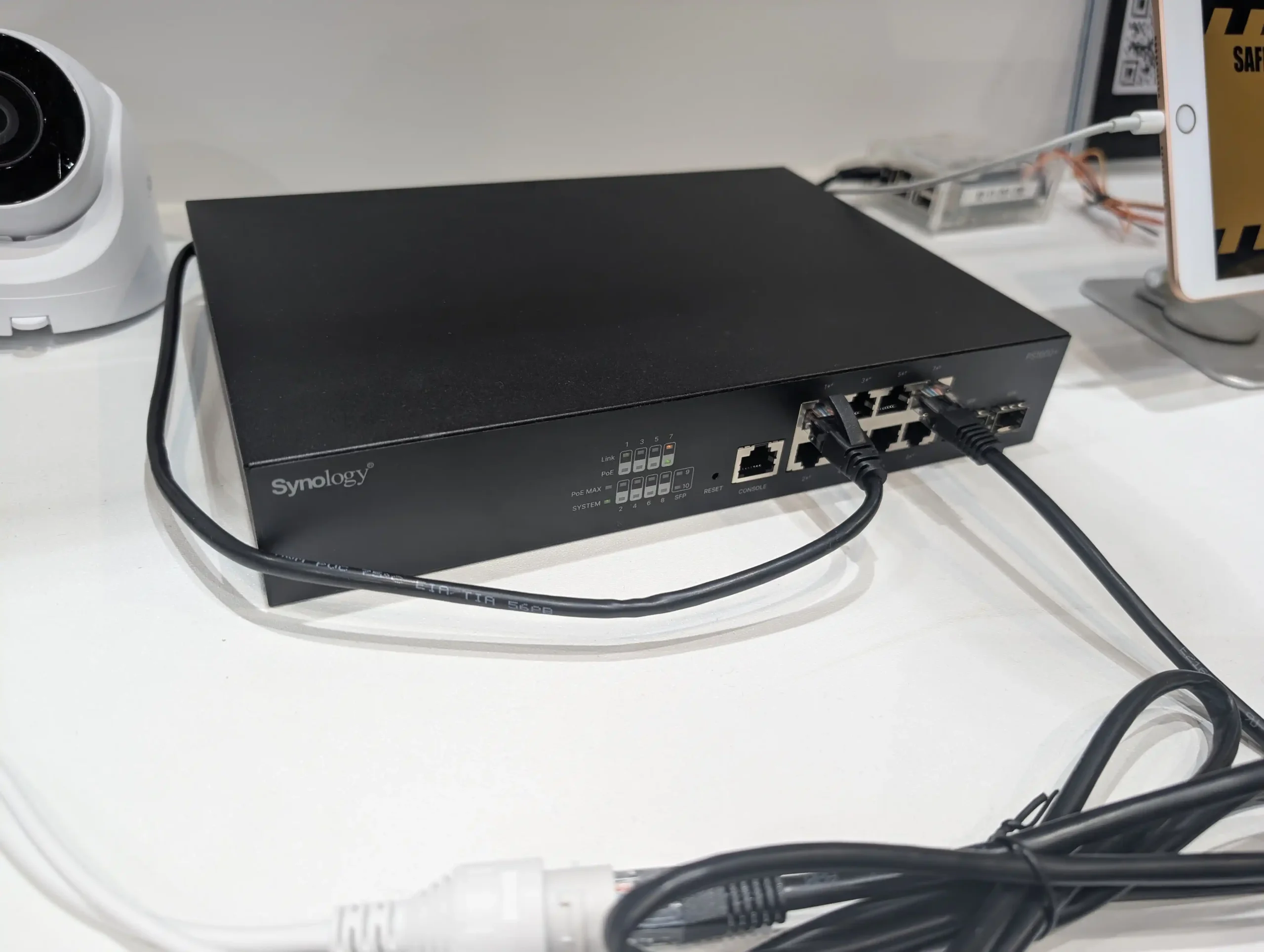
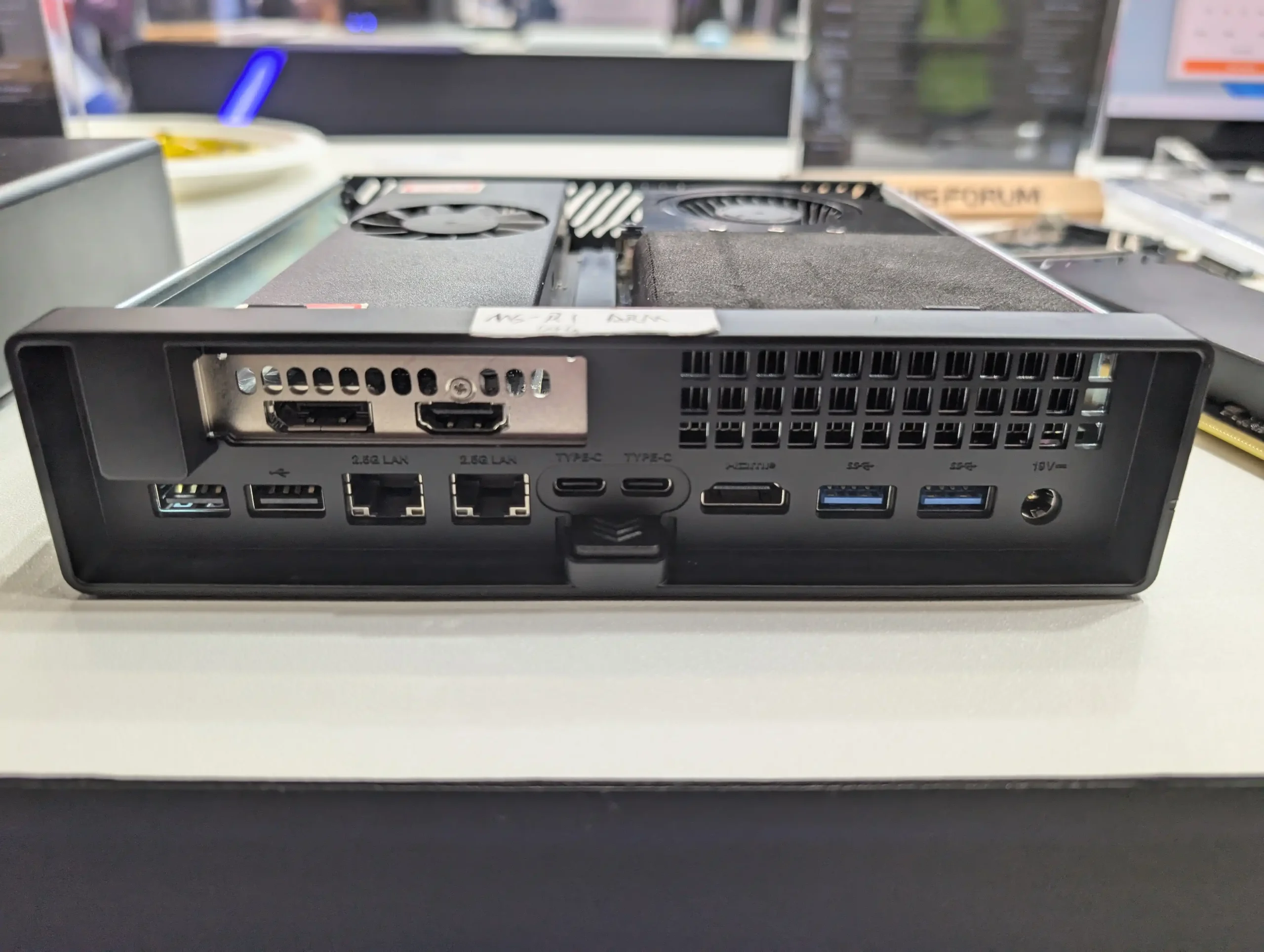
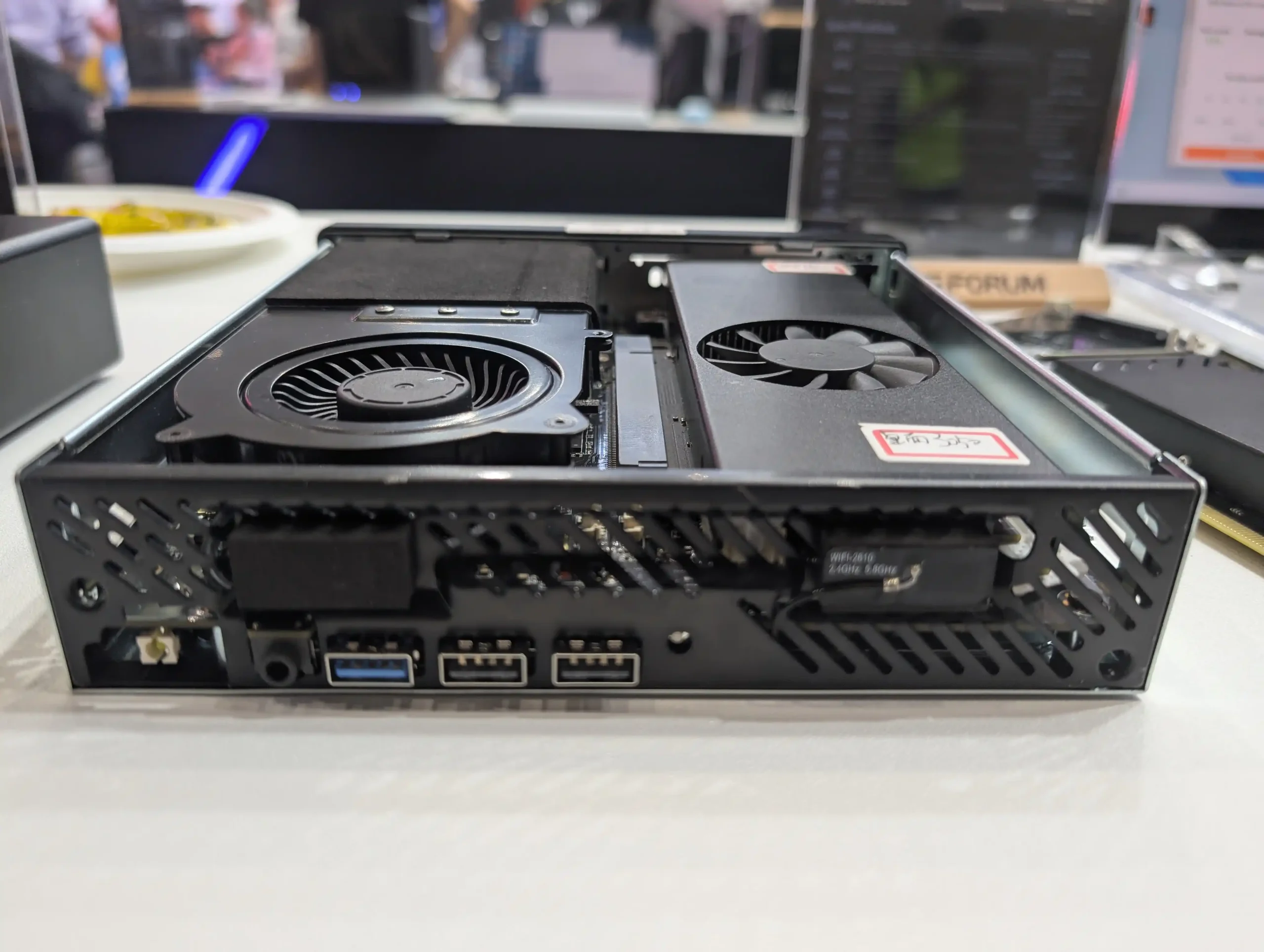

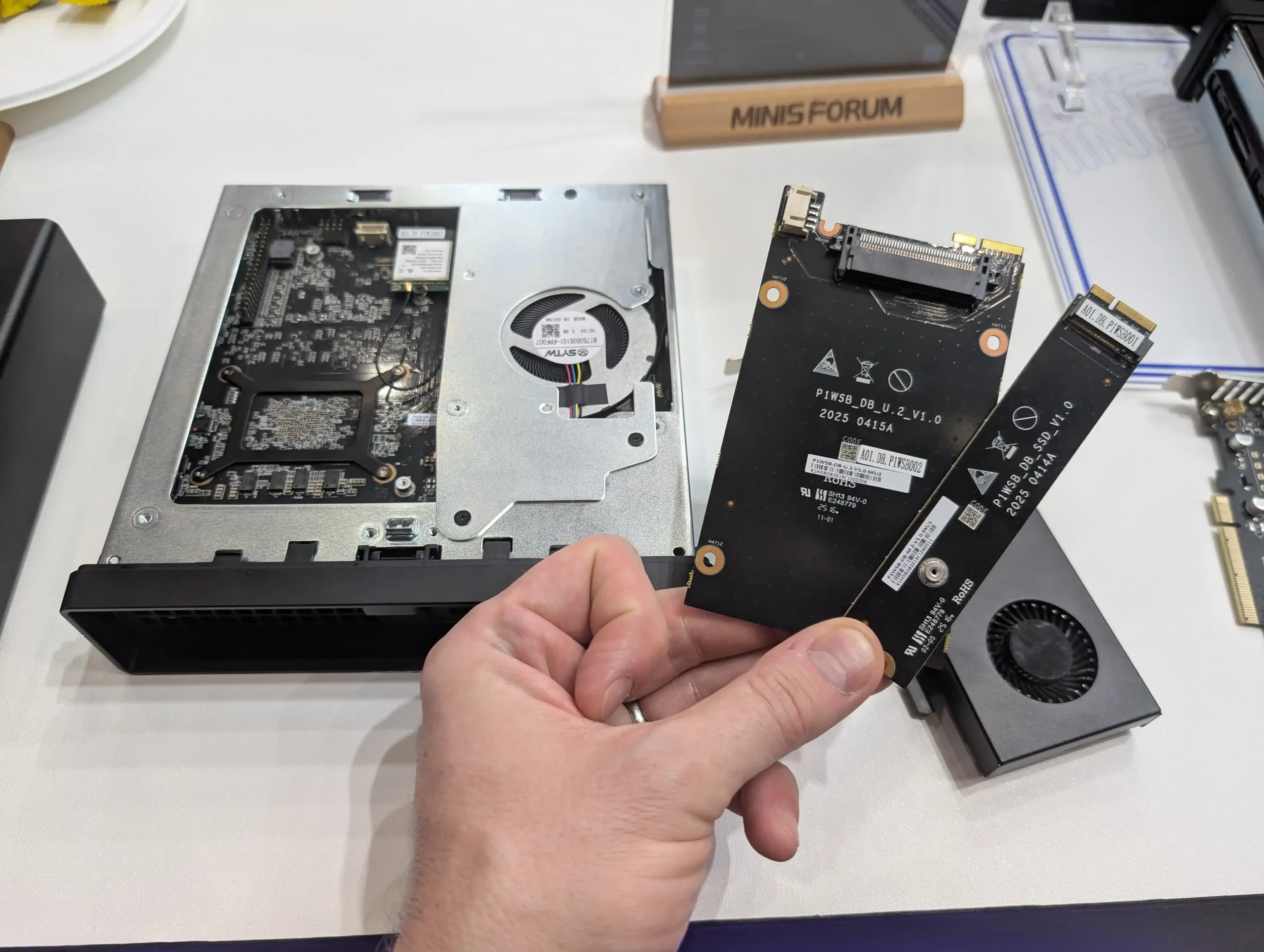
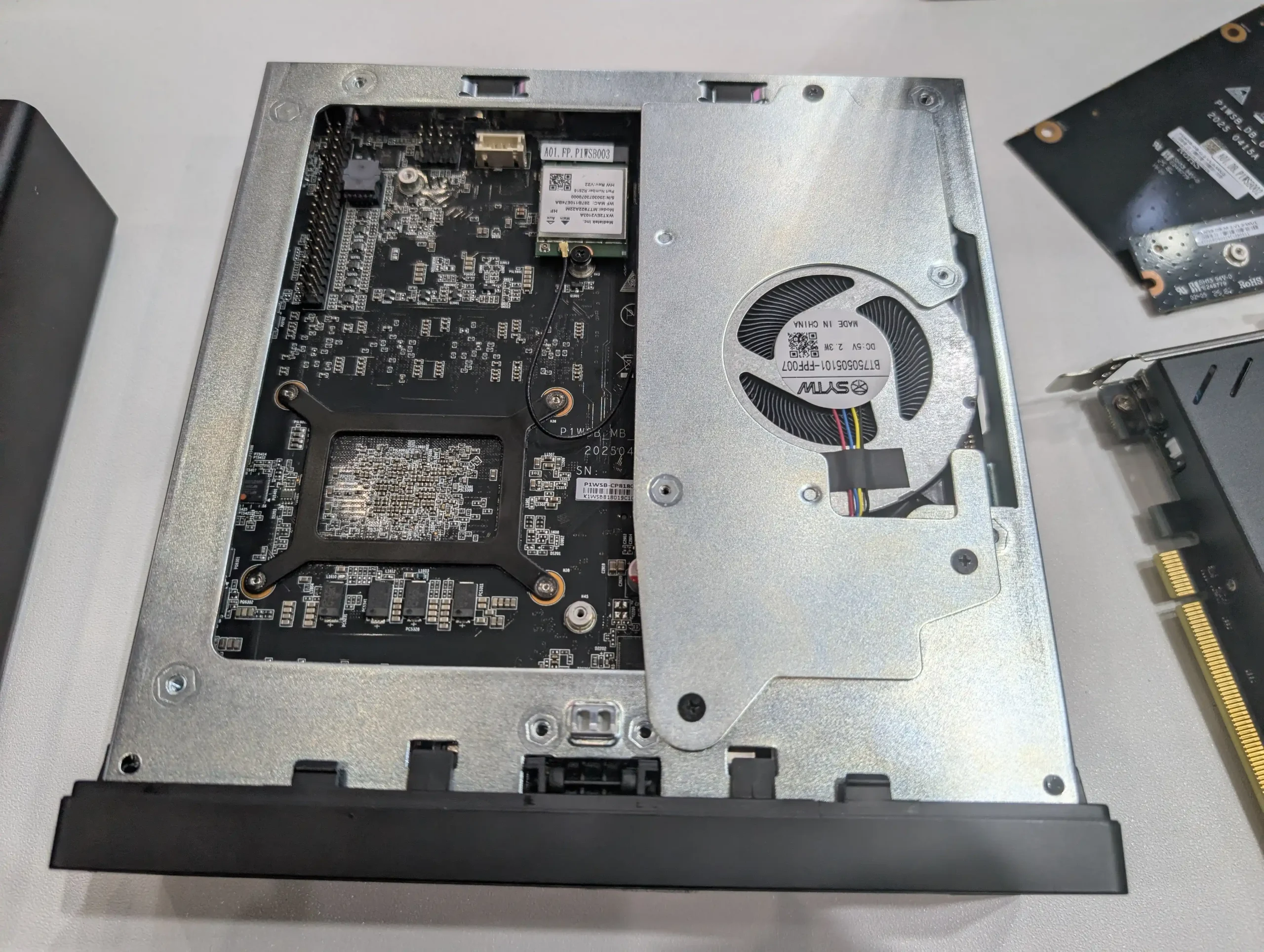
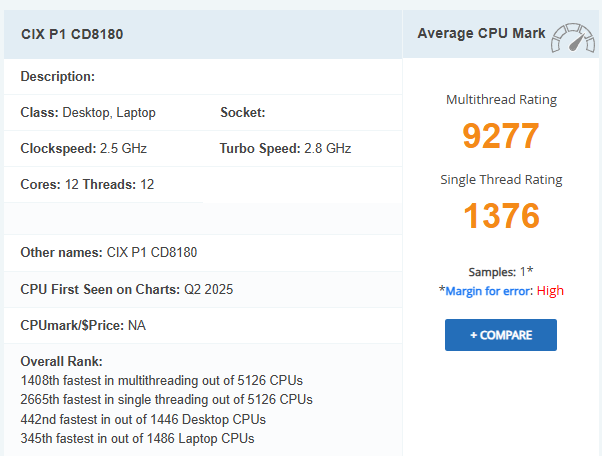
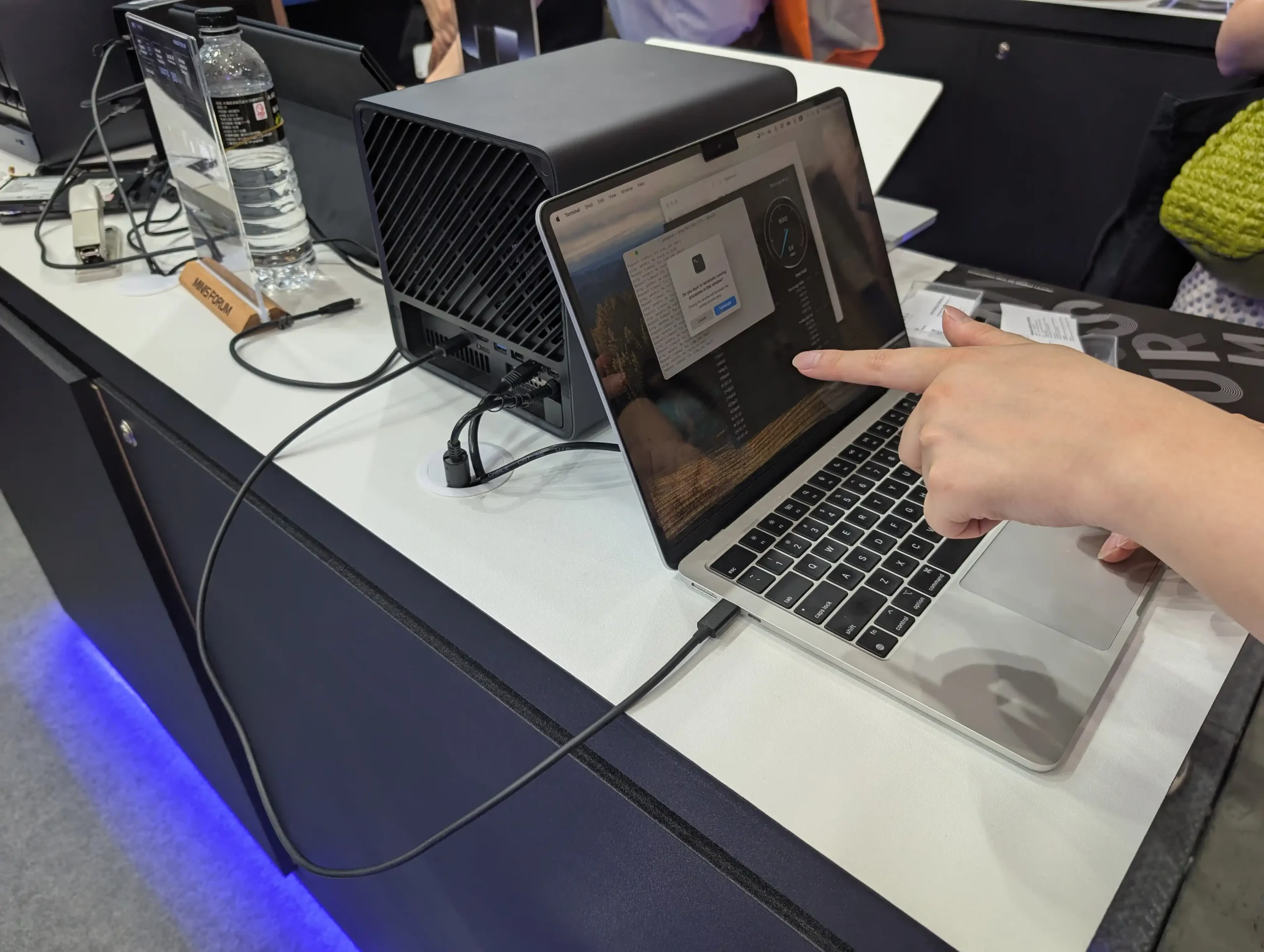
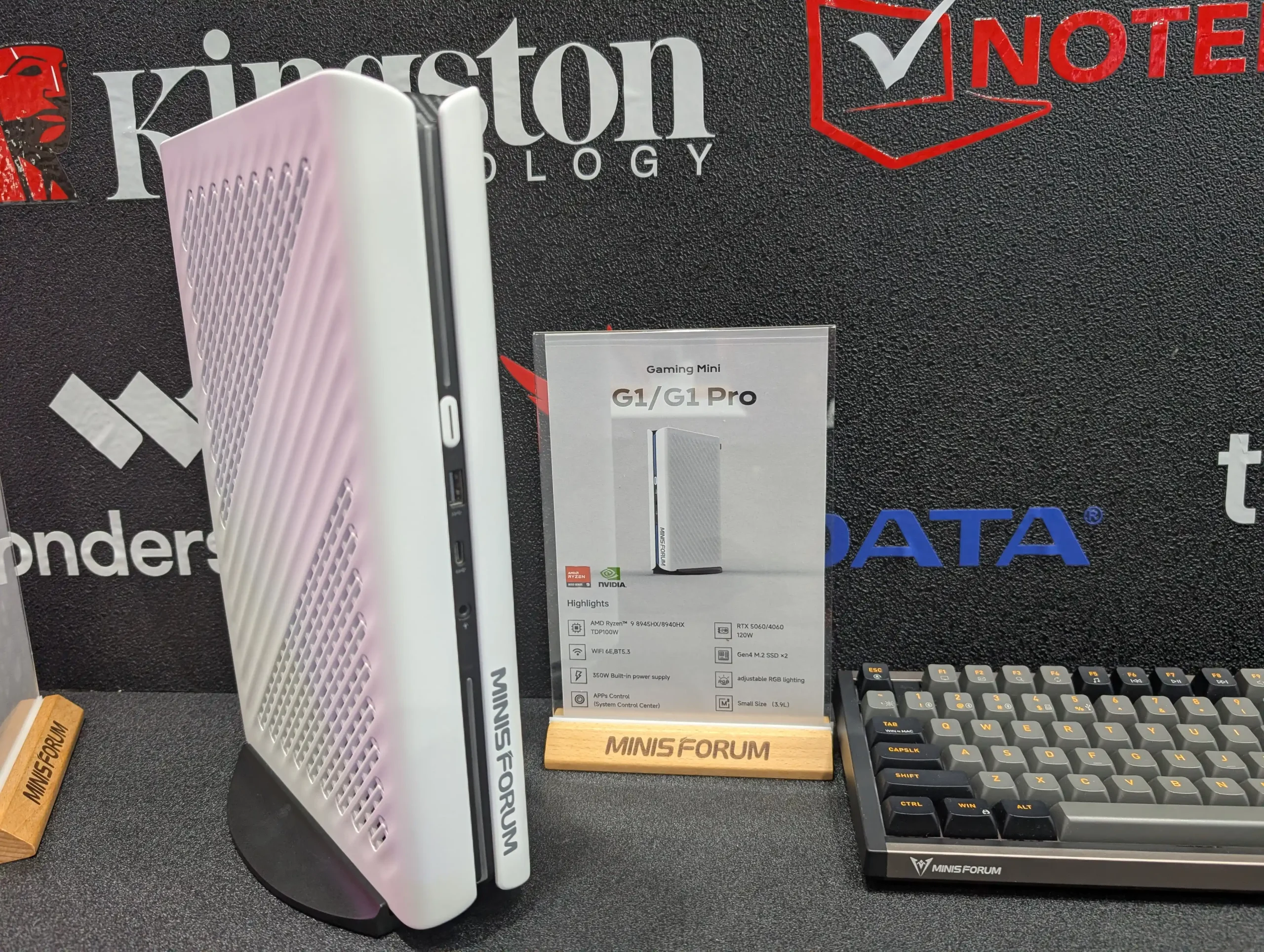
 9 8940HX
9 8940HX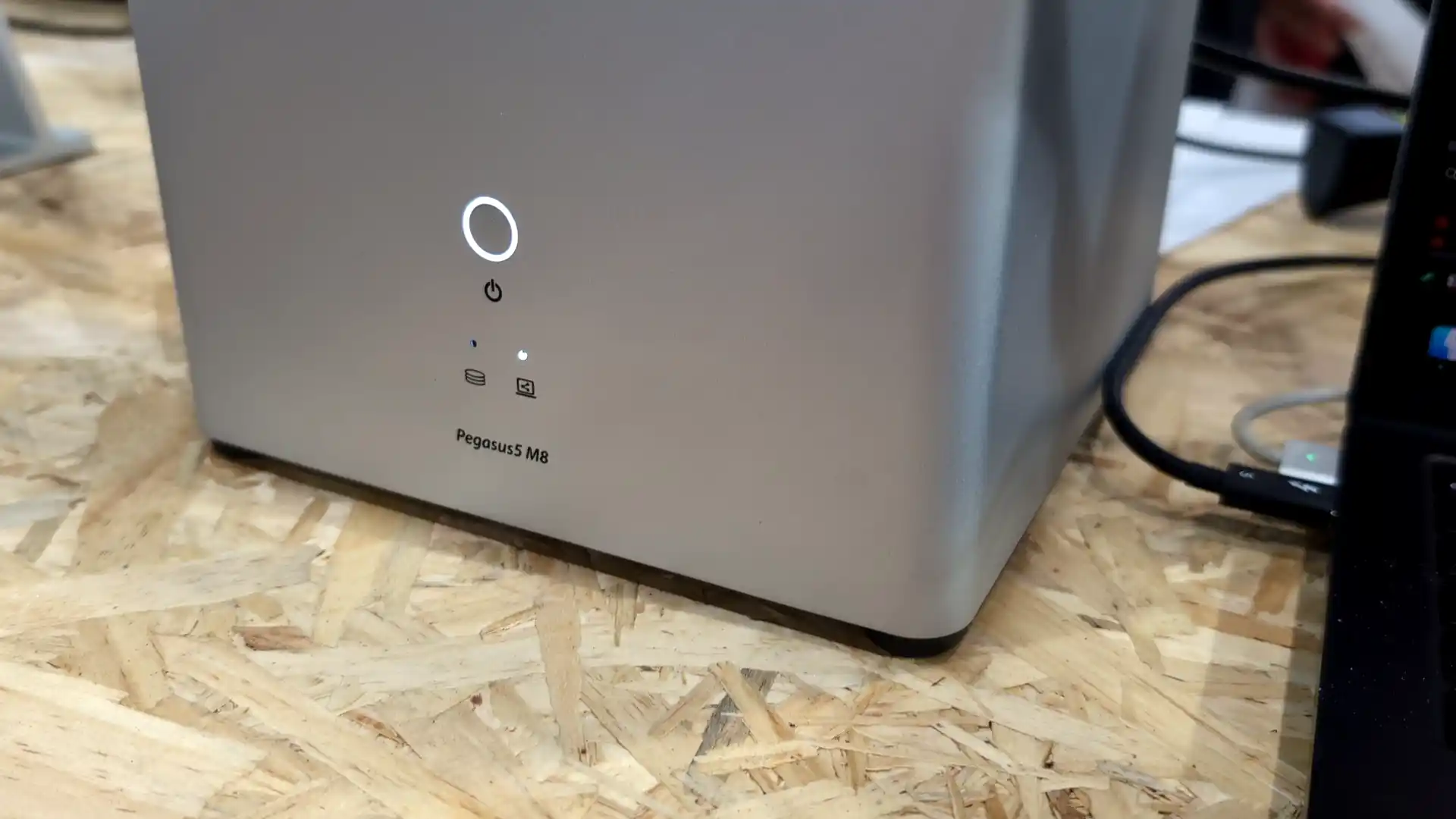
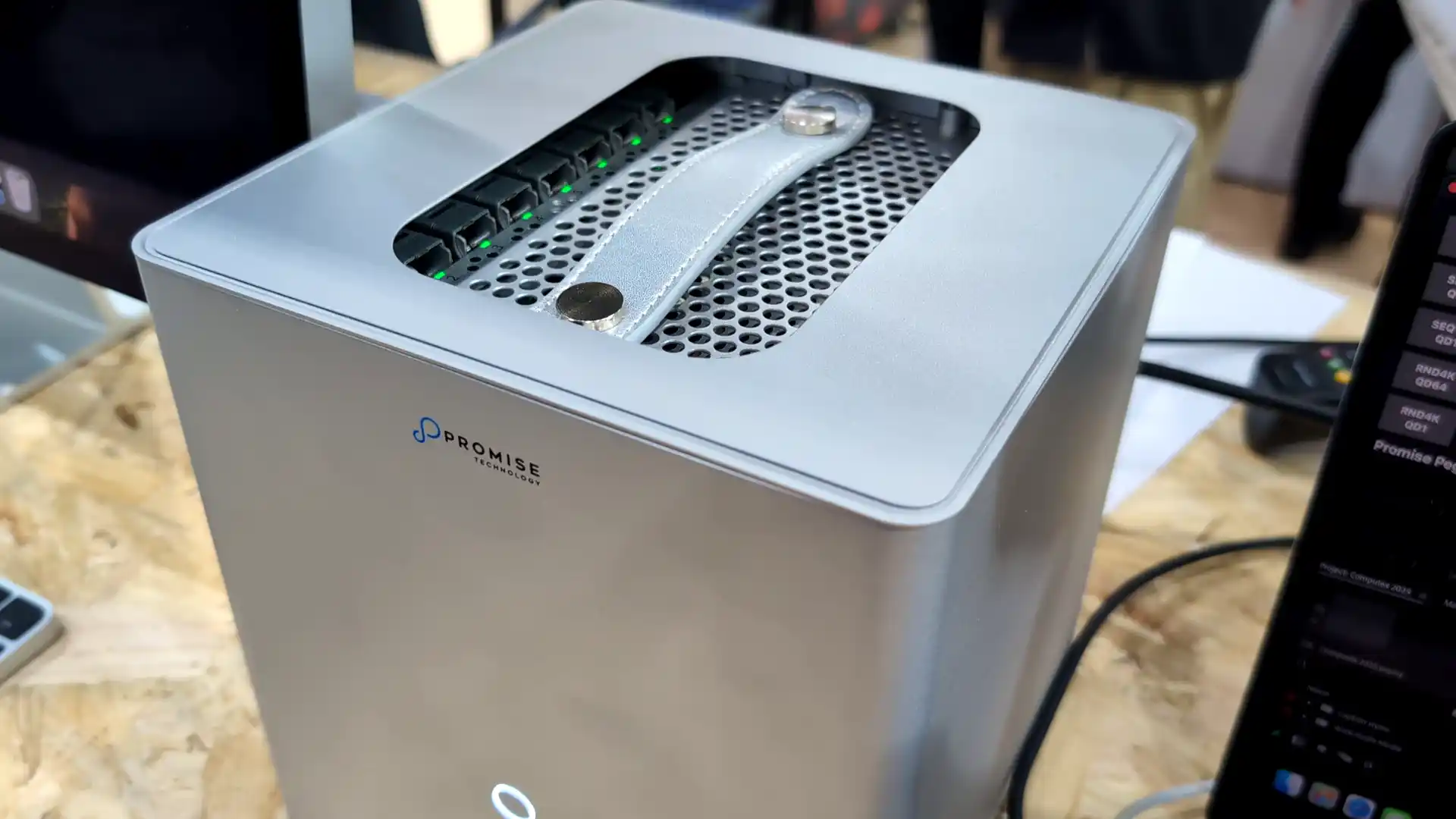
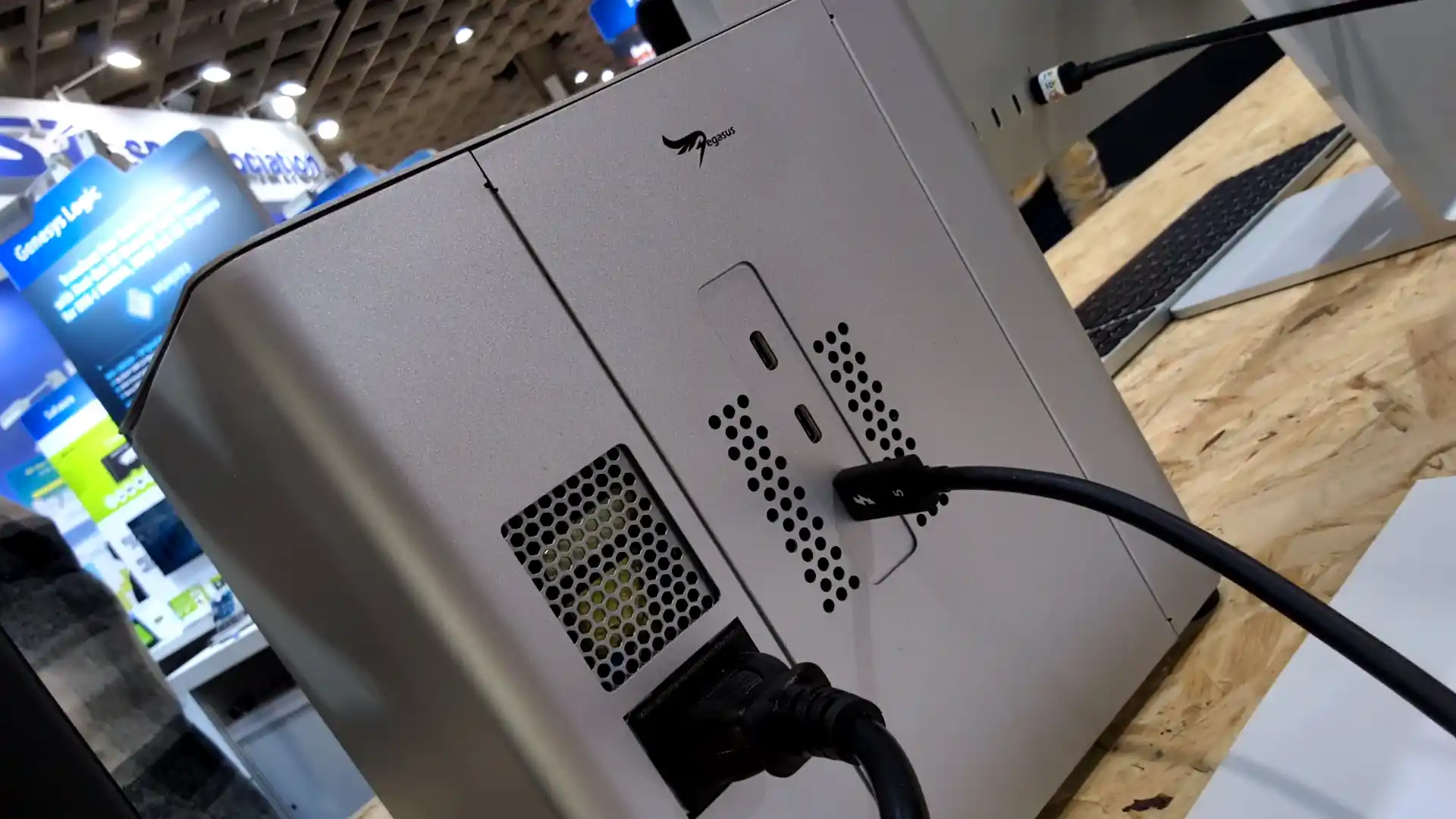
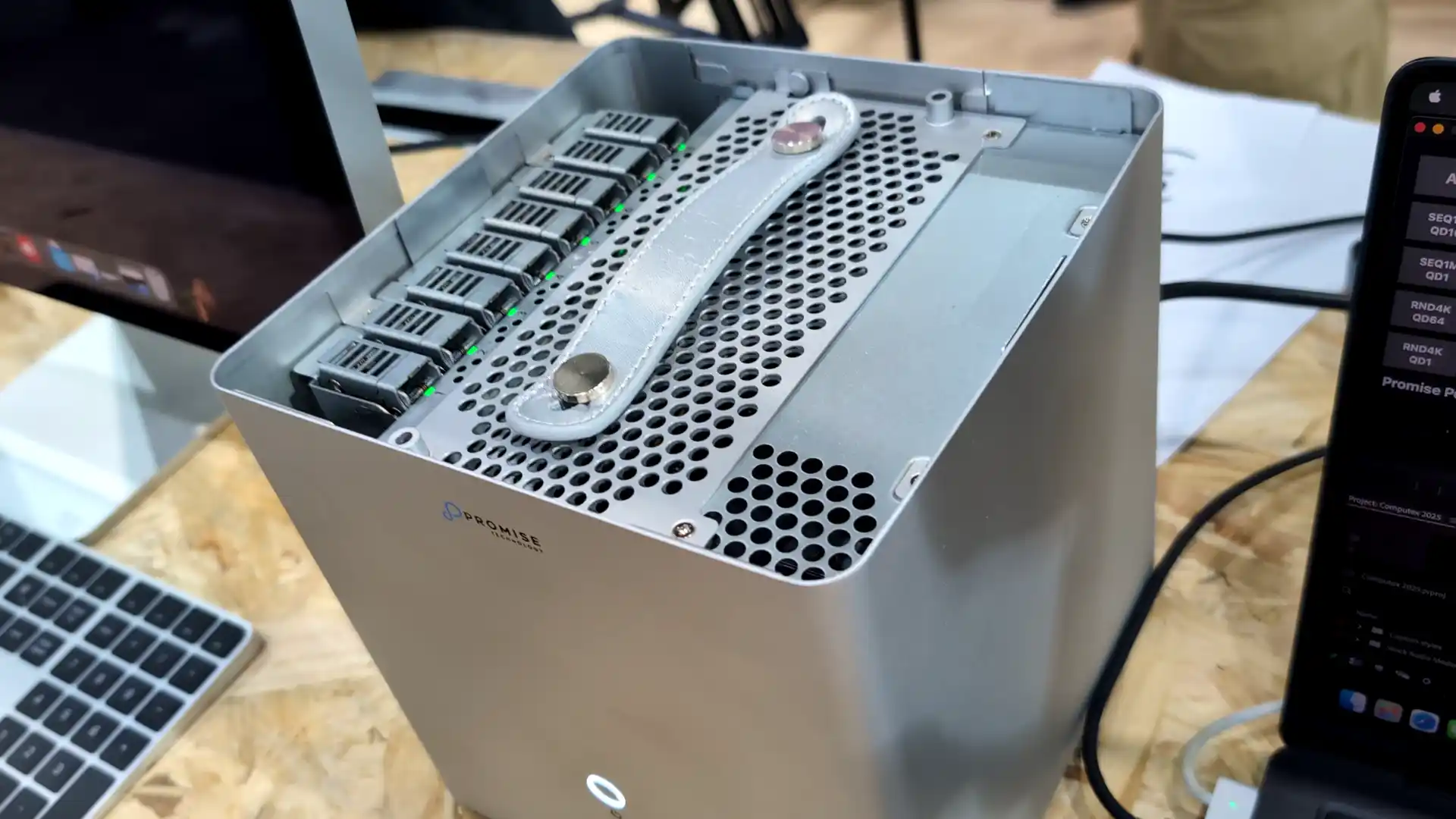
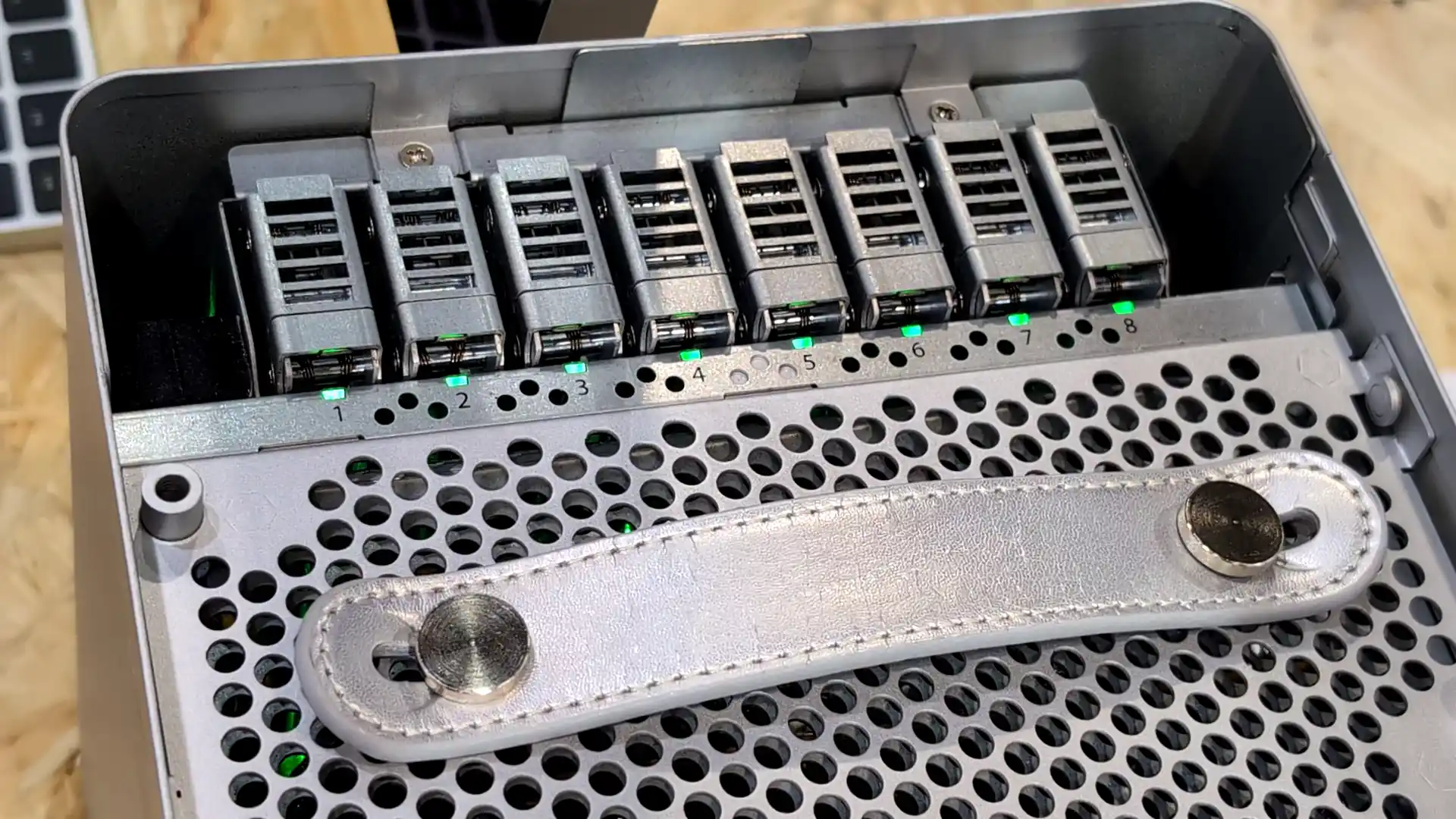








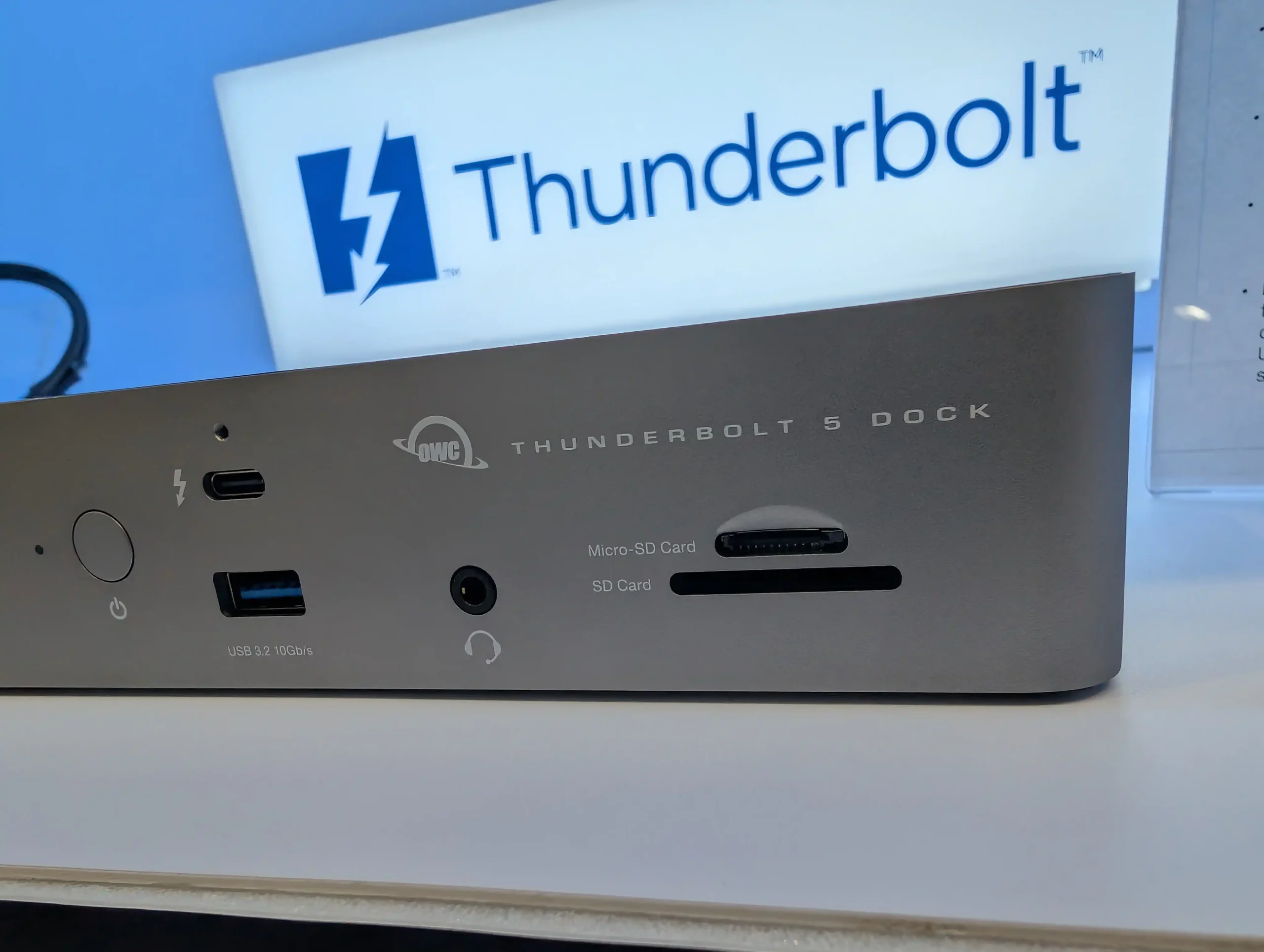



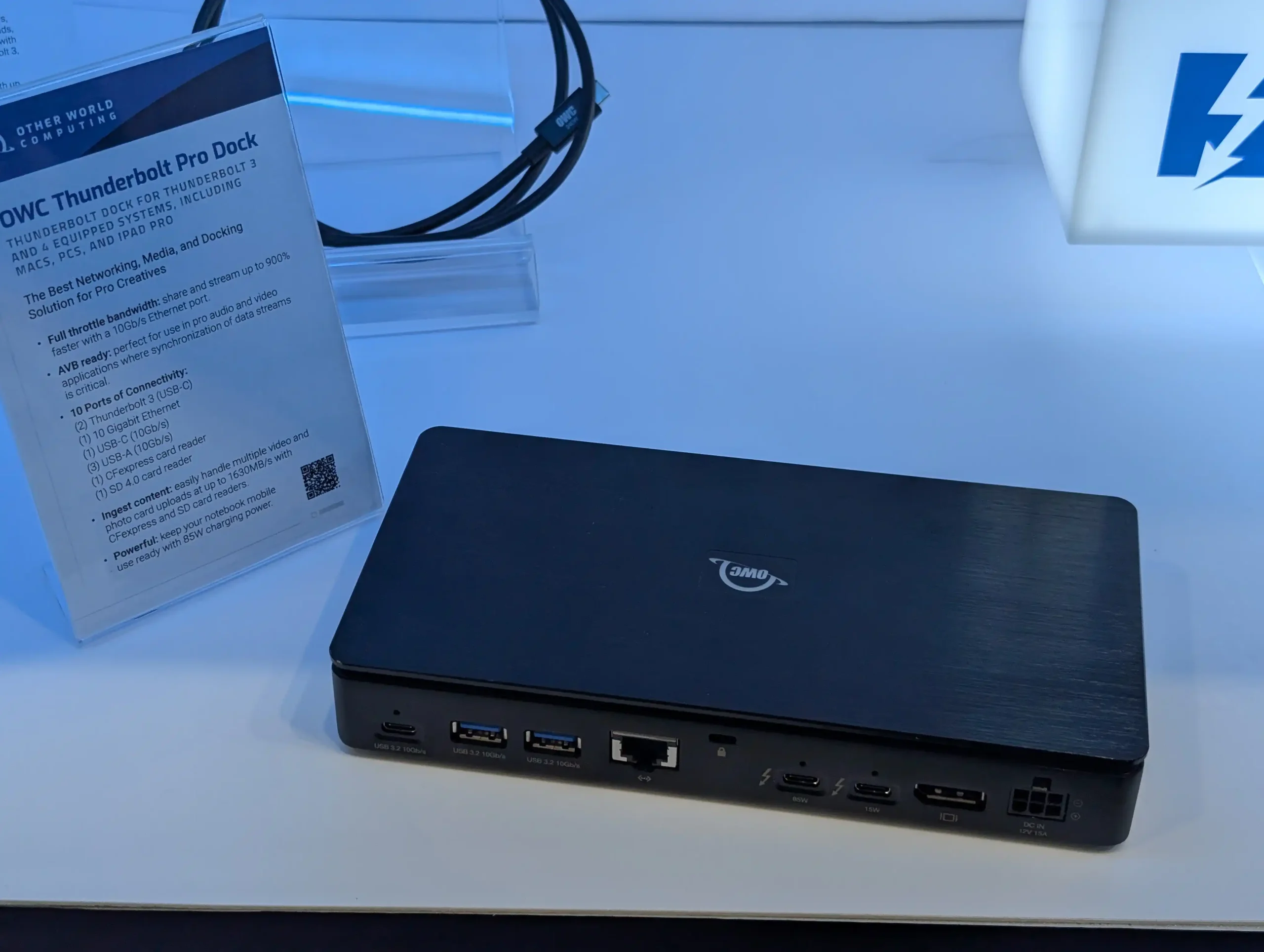
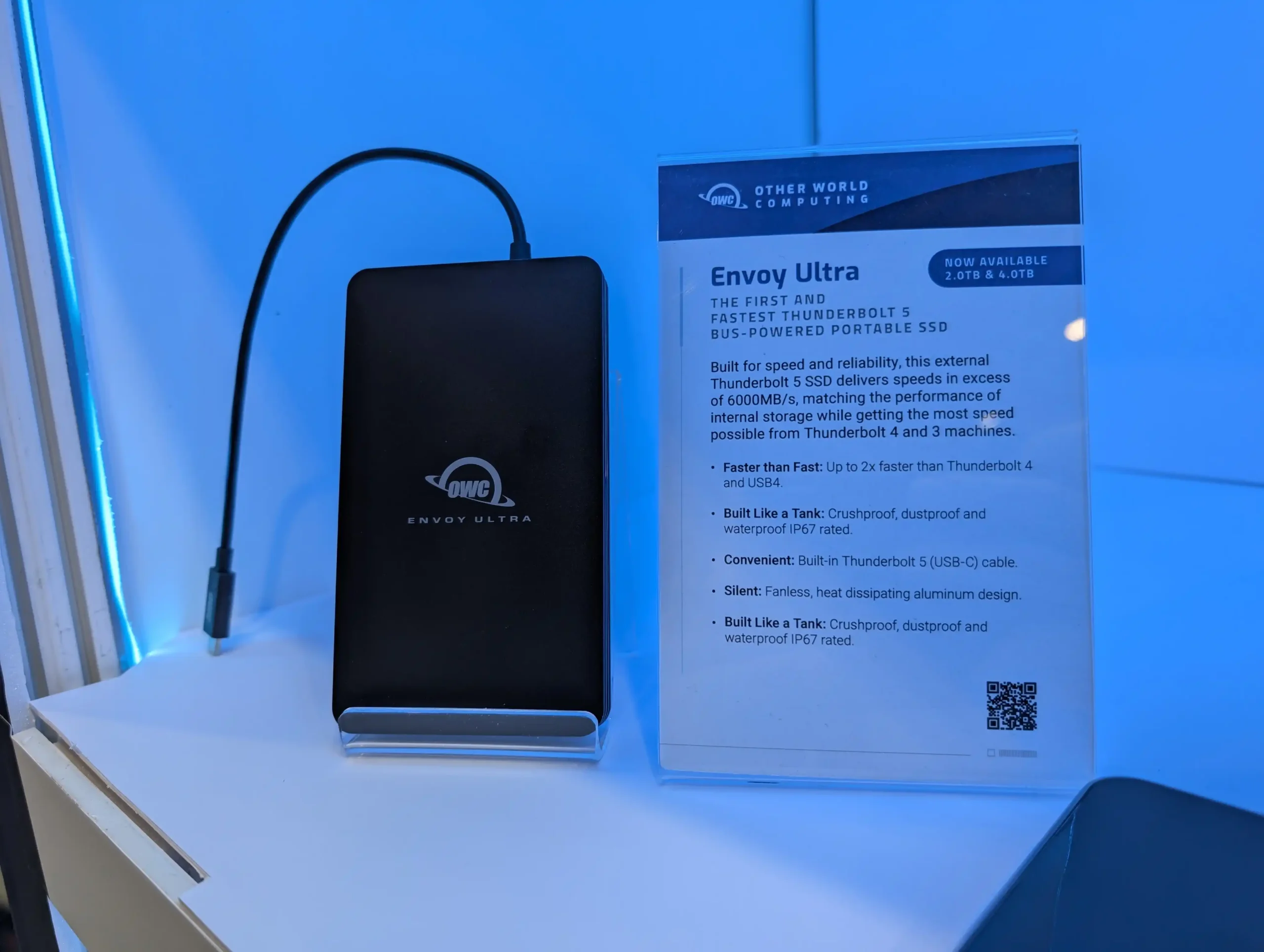
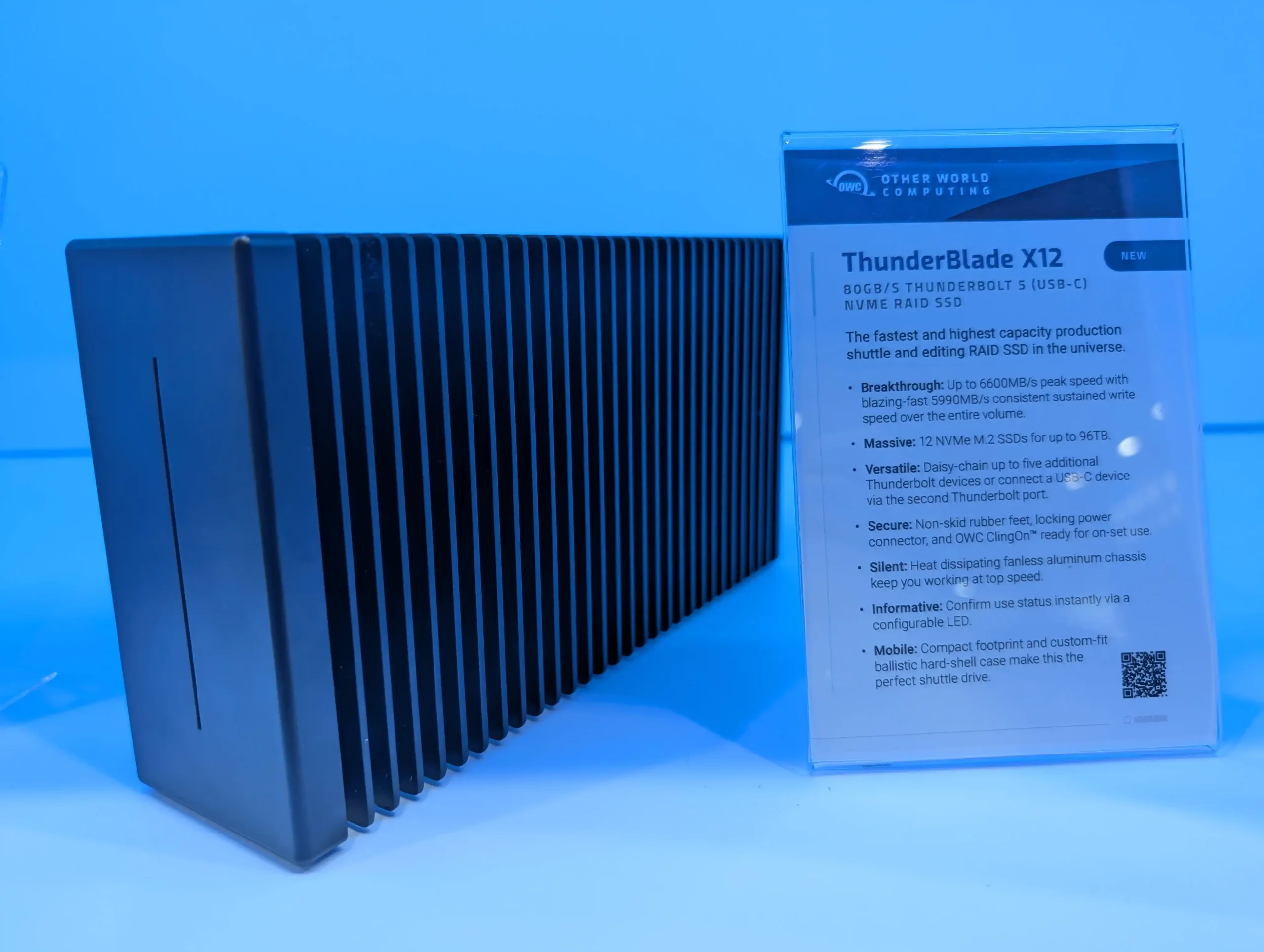


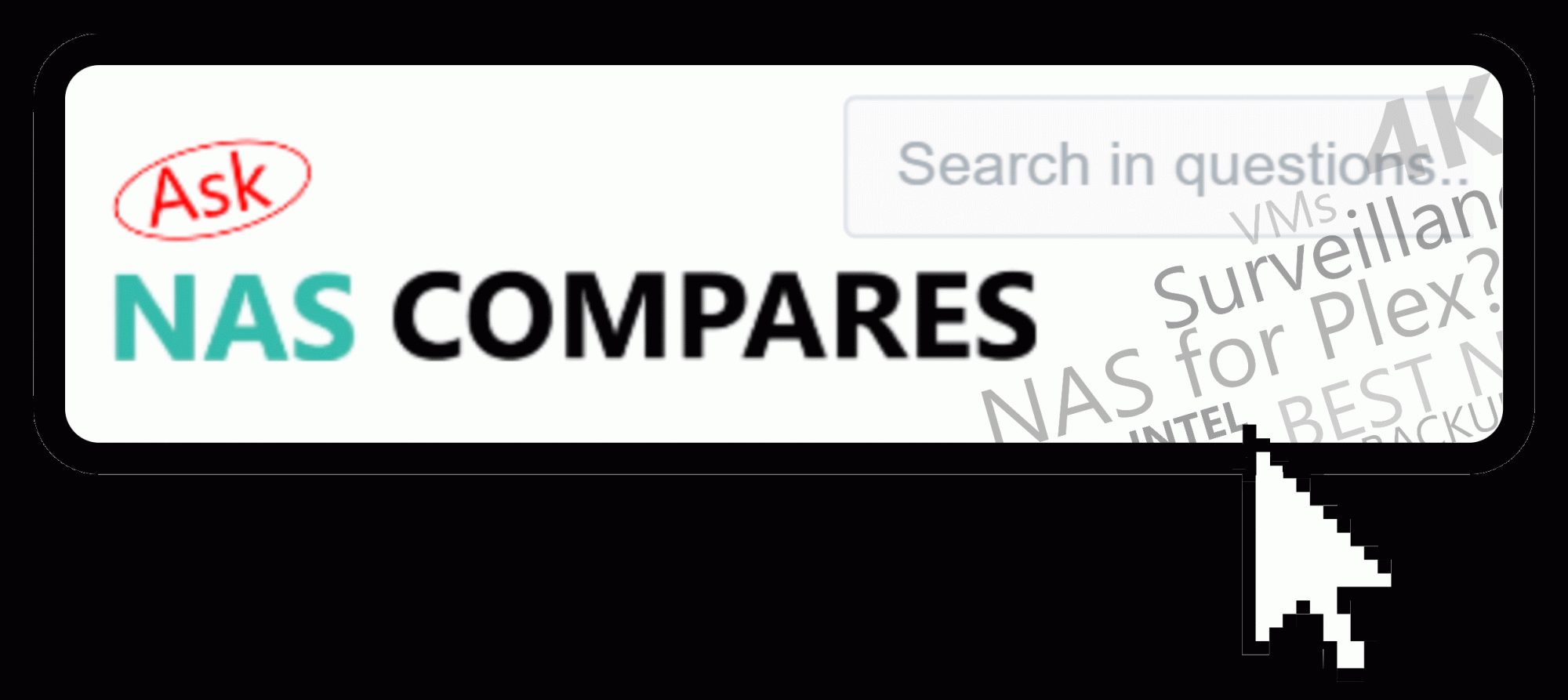

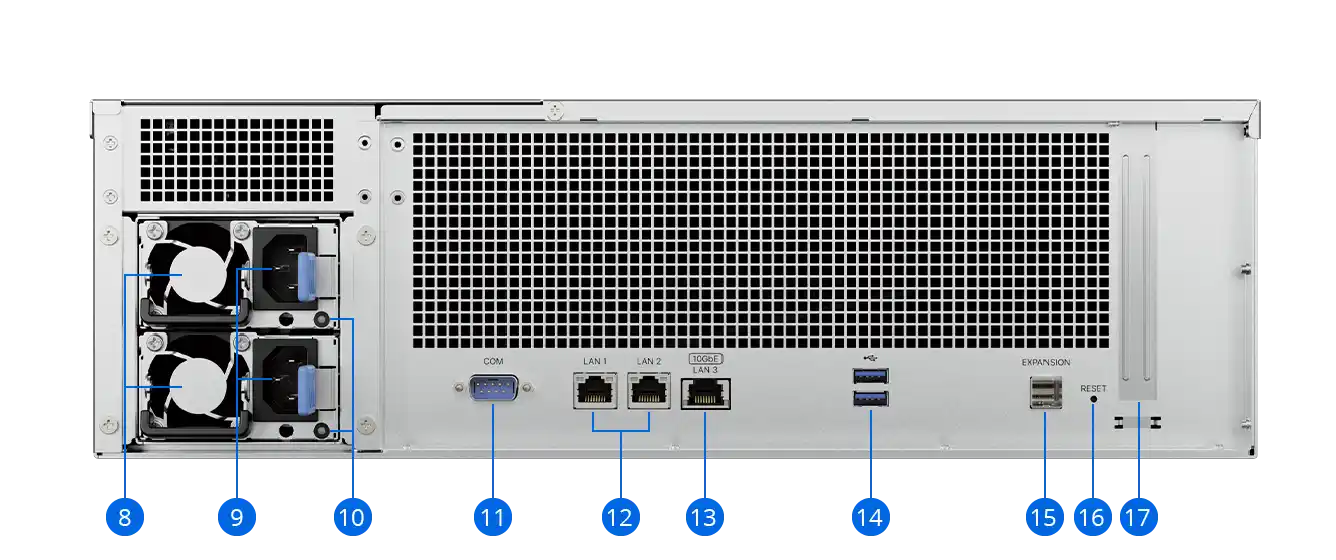





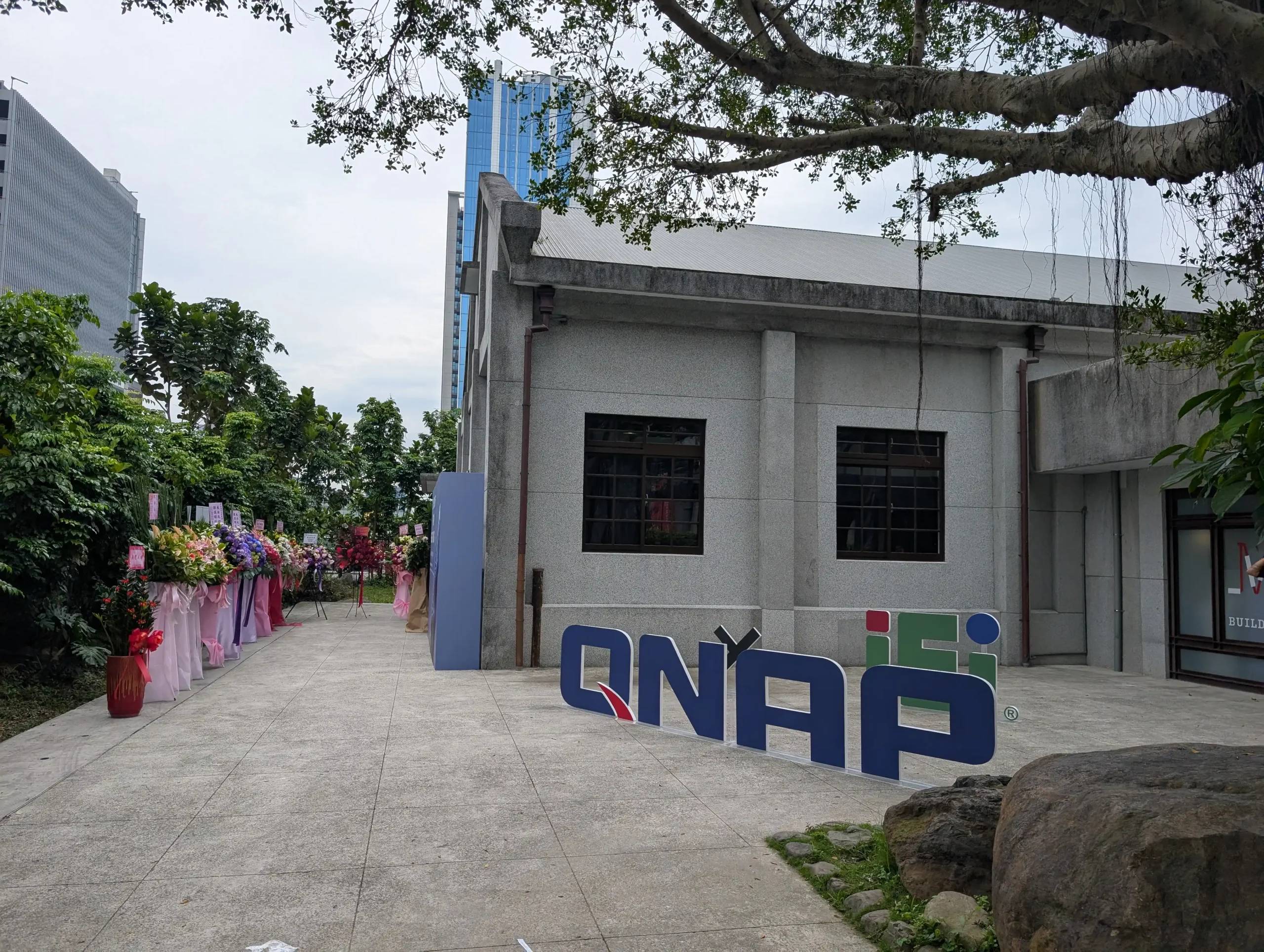

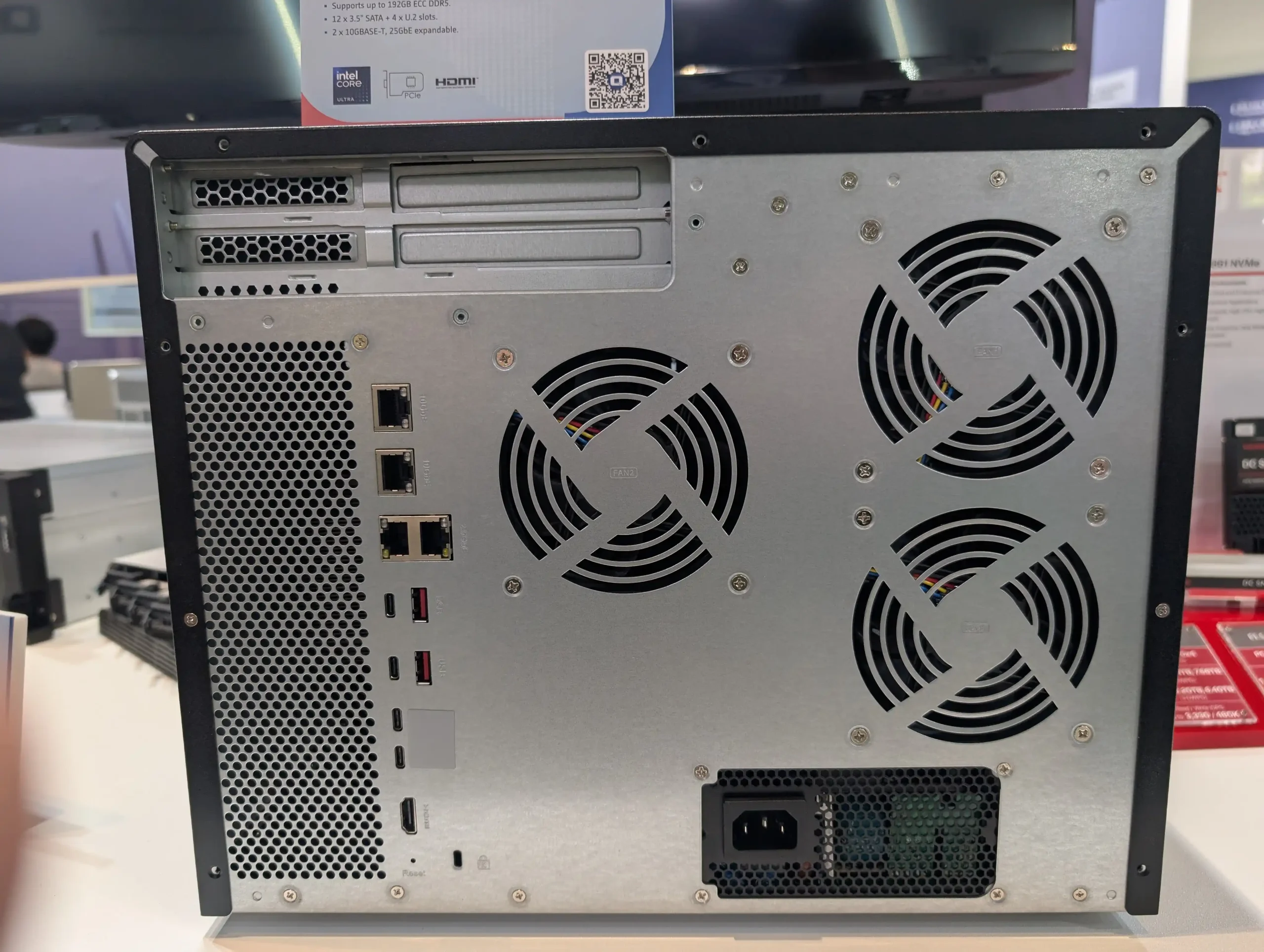

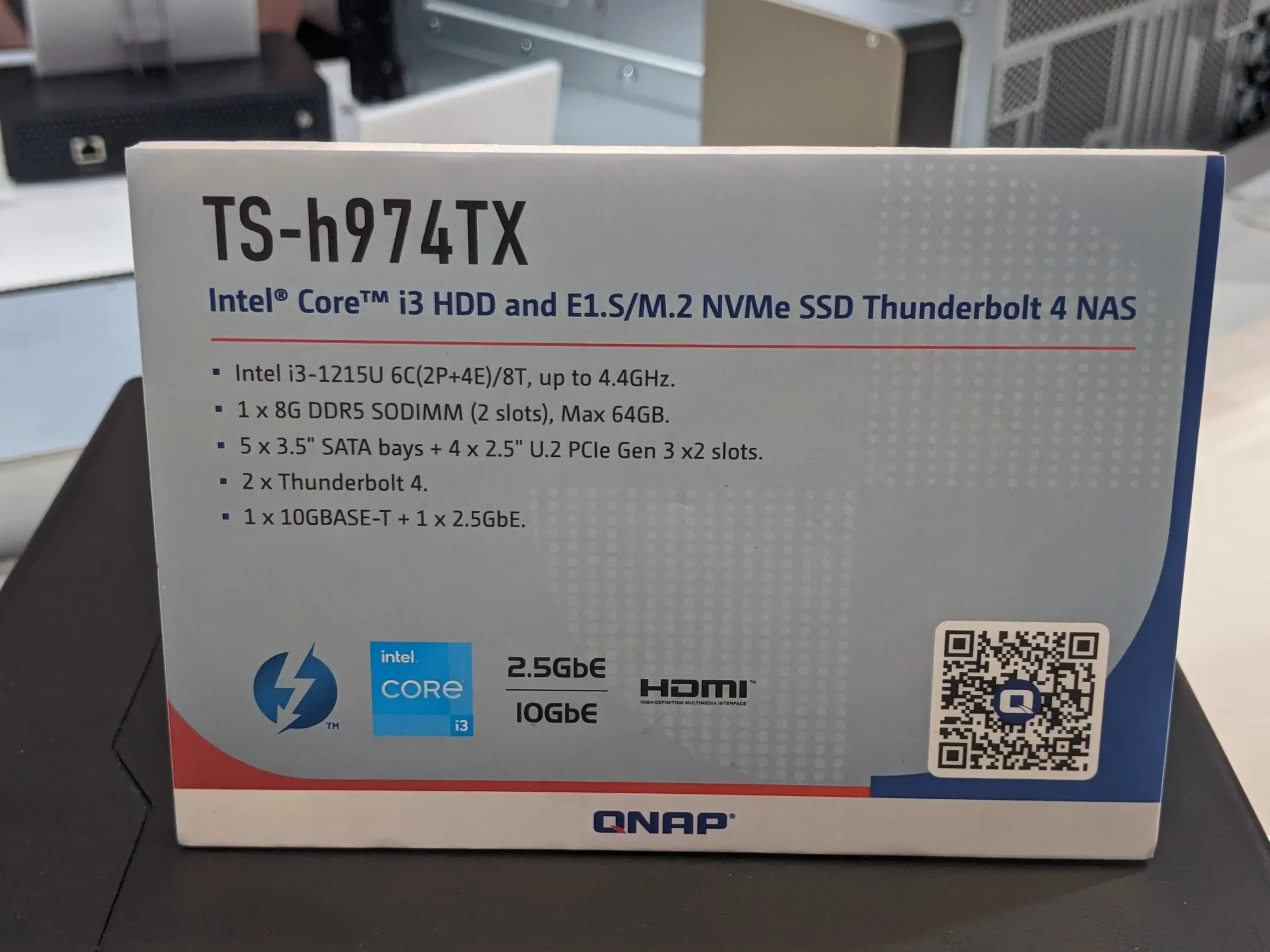
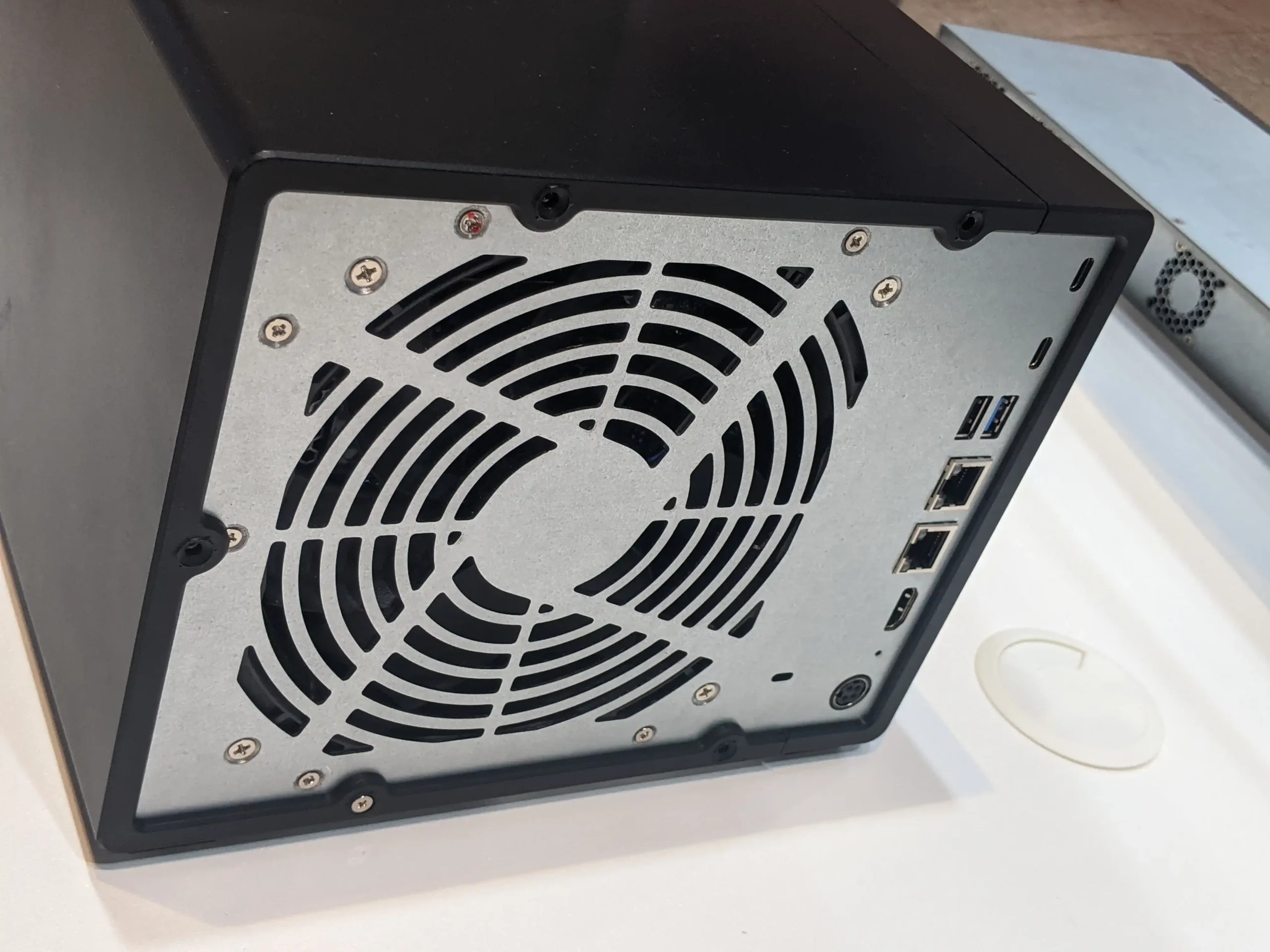


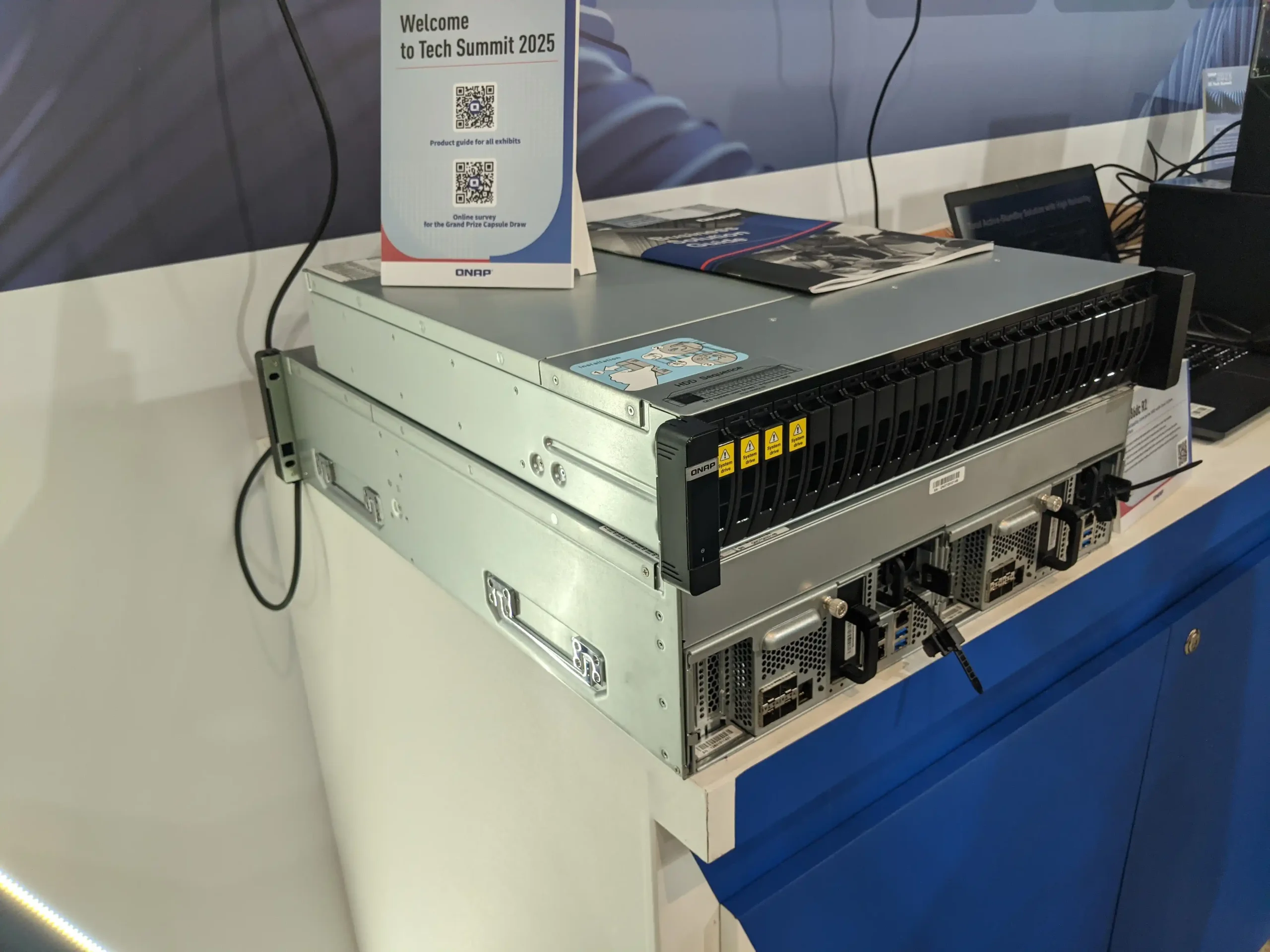
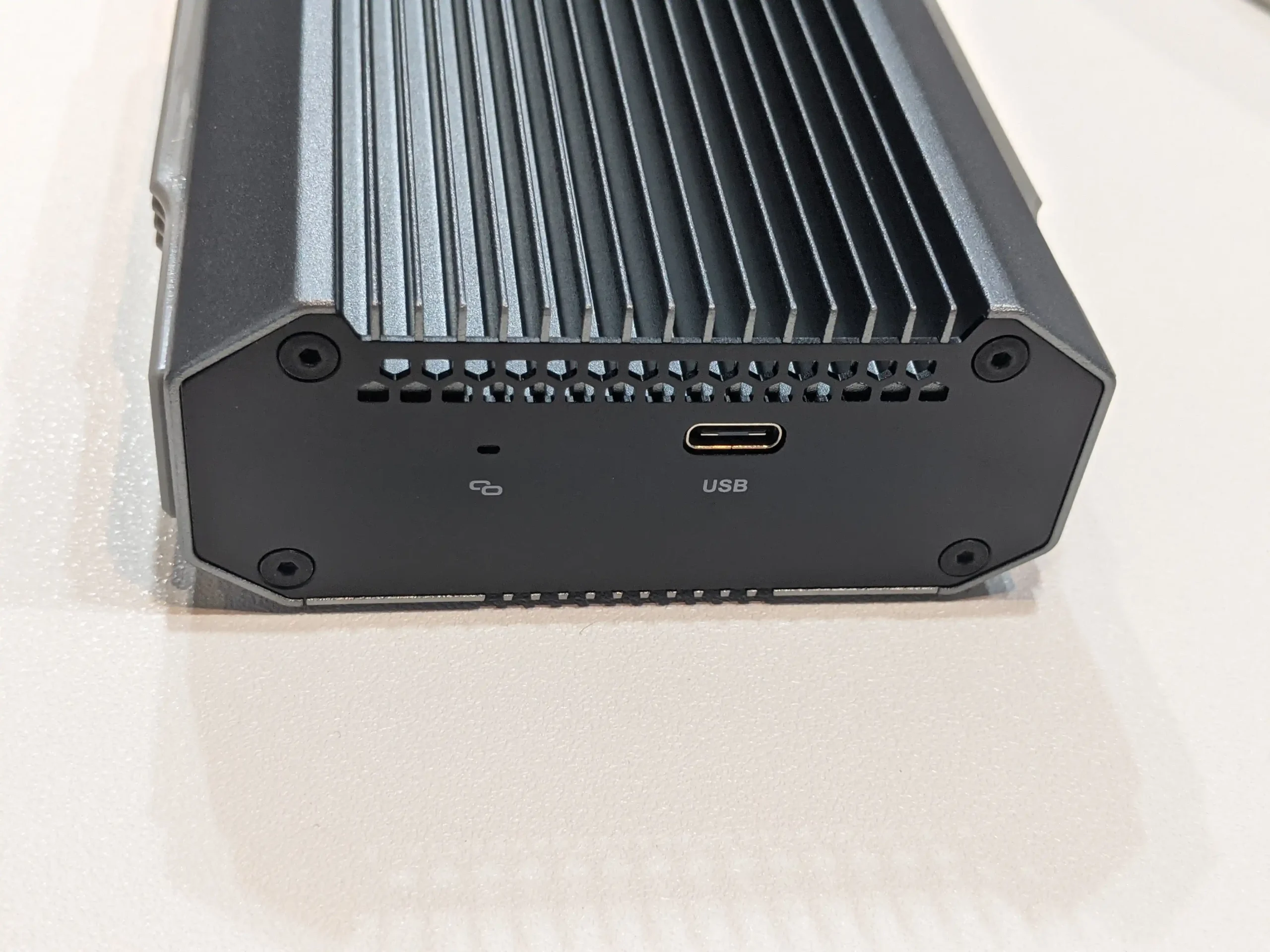
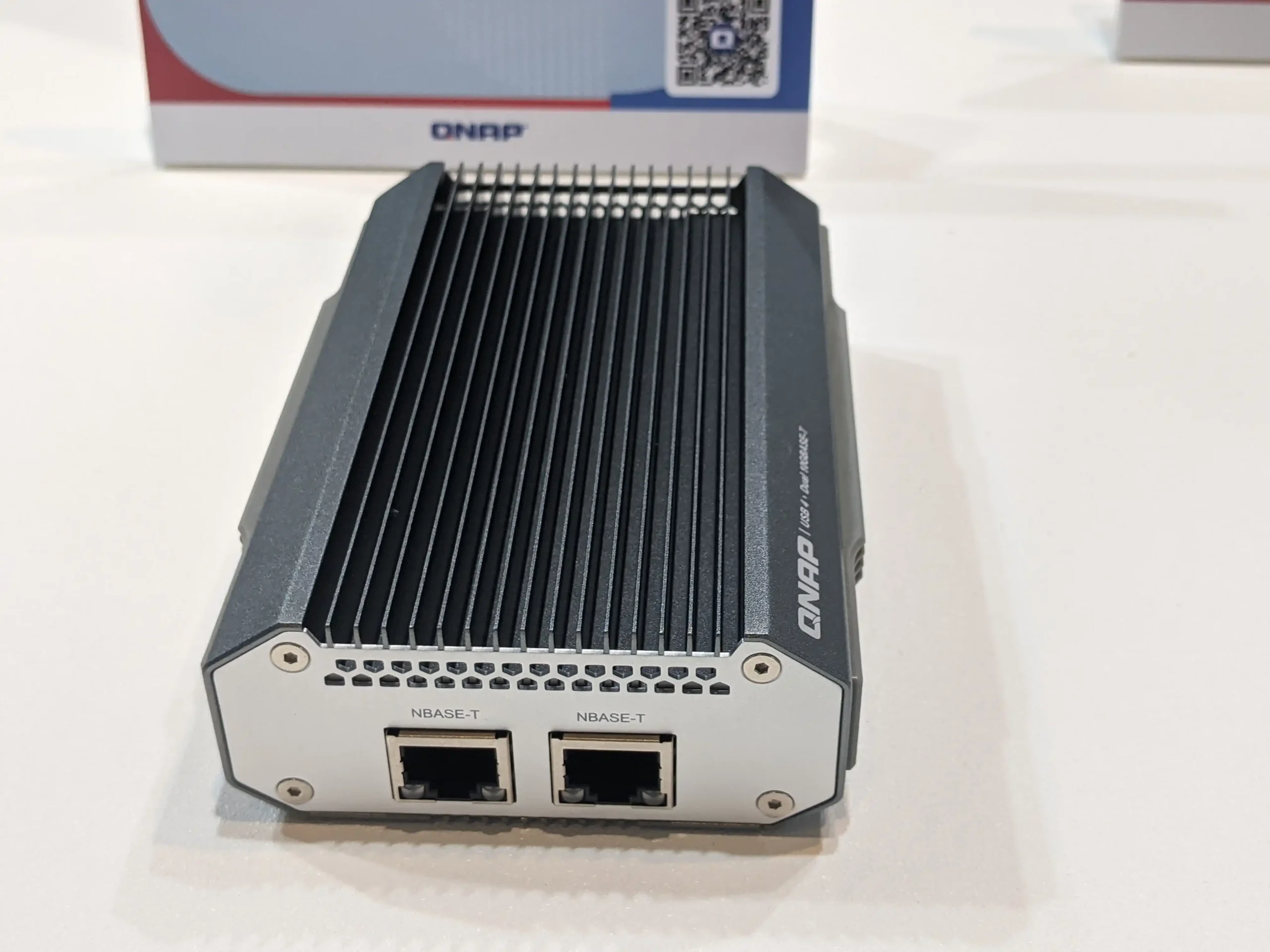
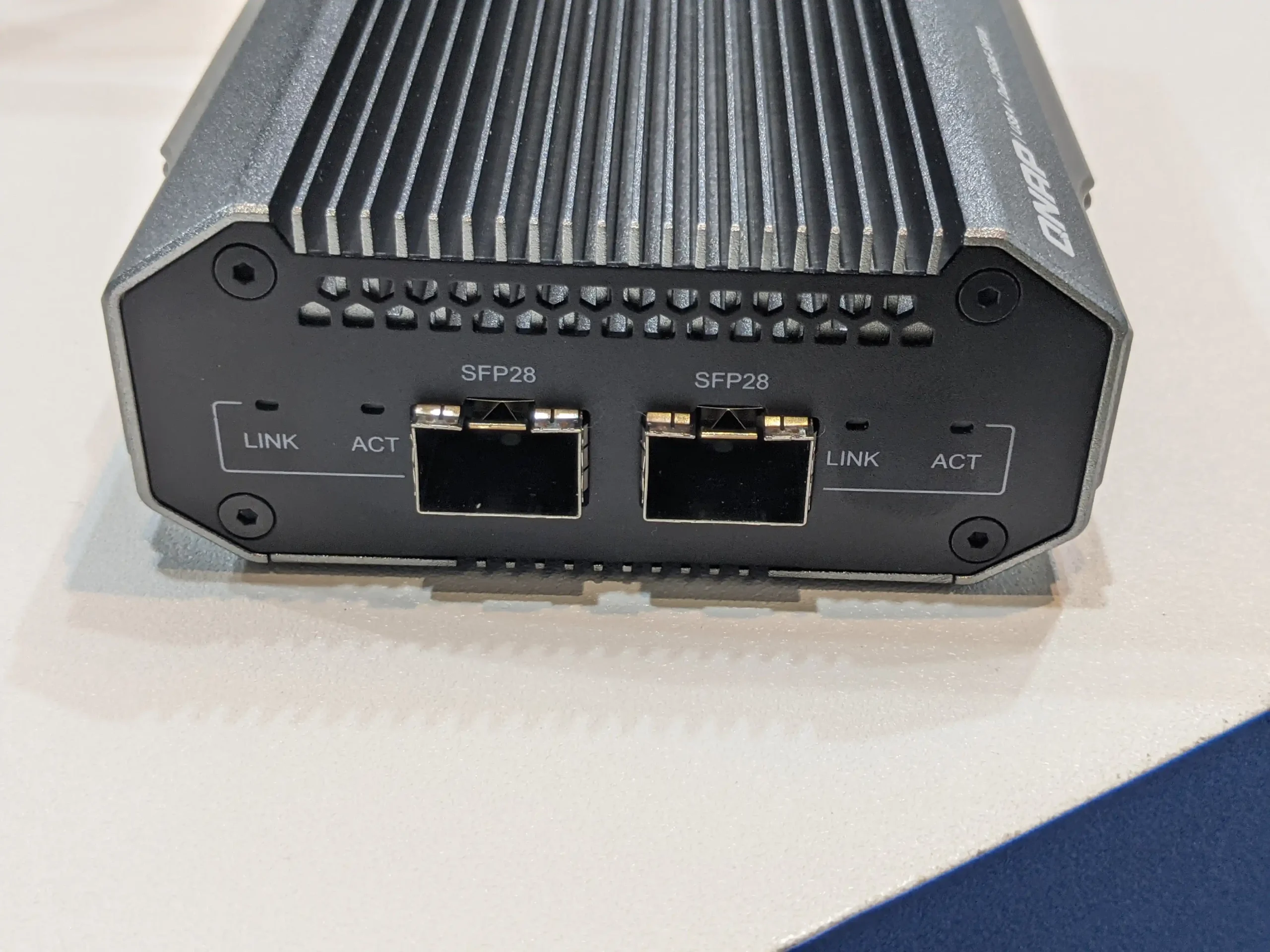


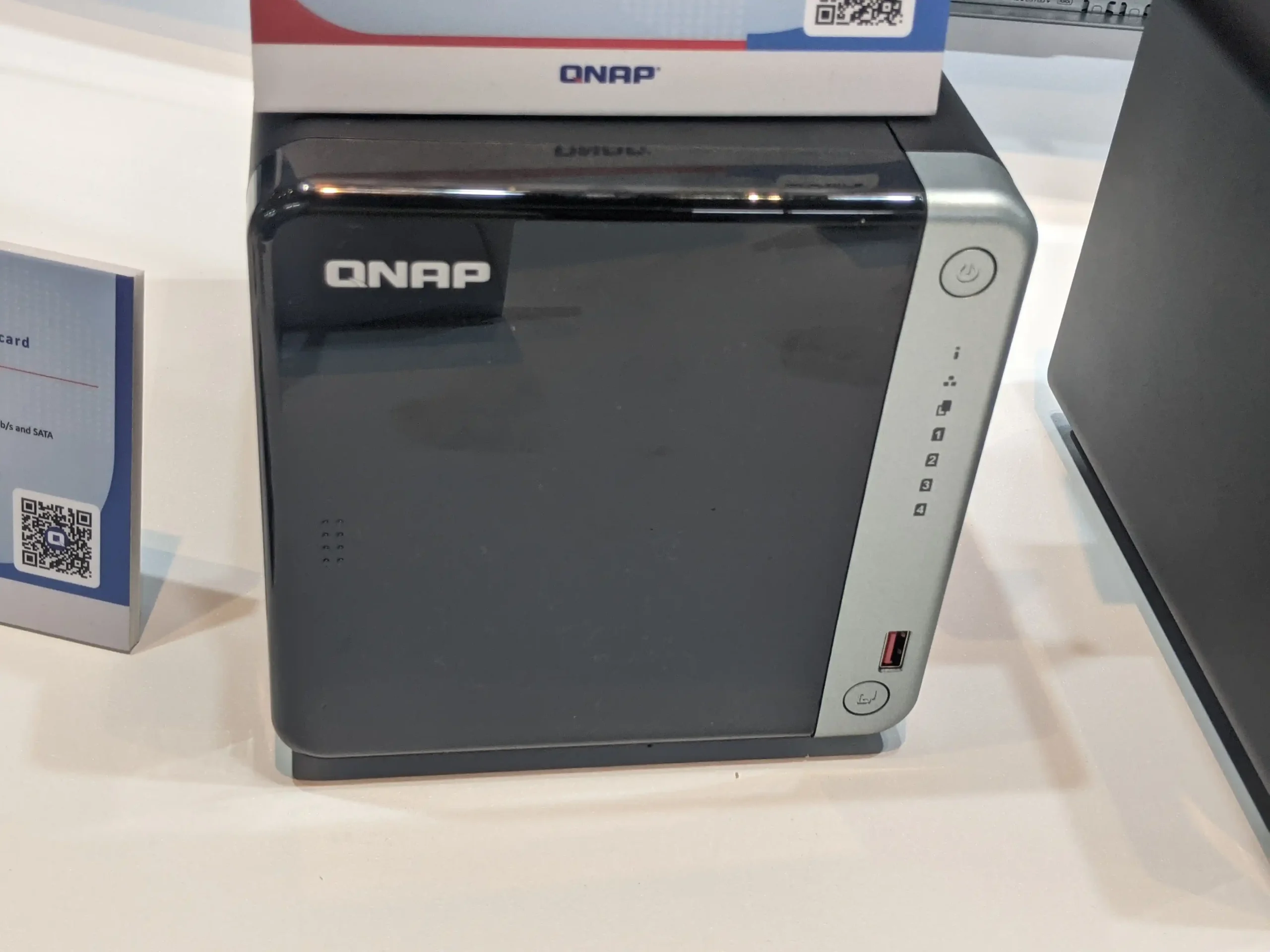

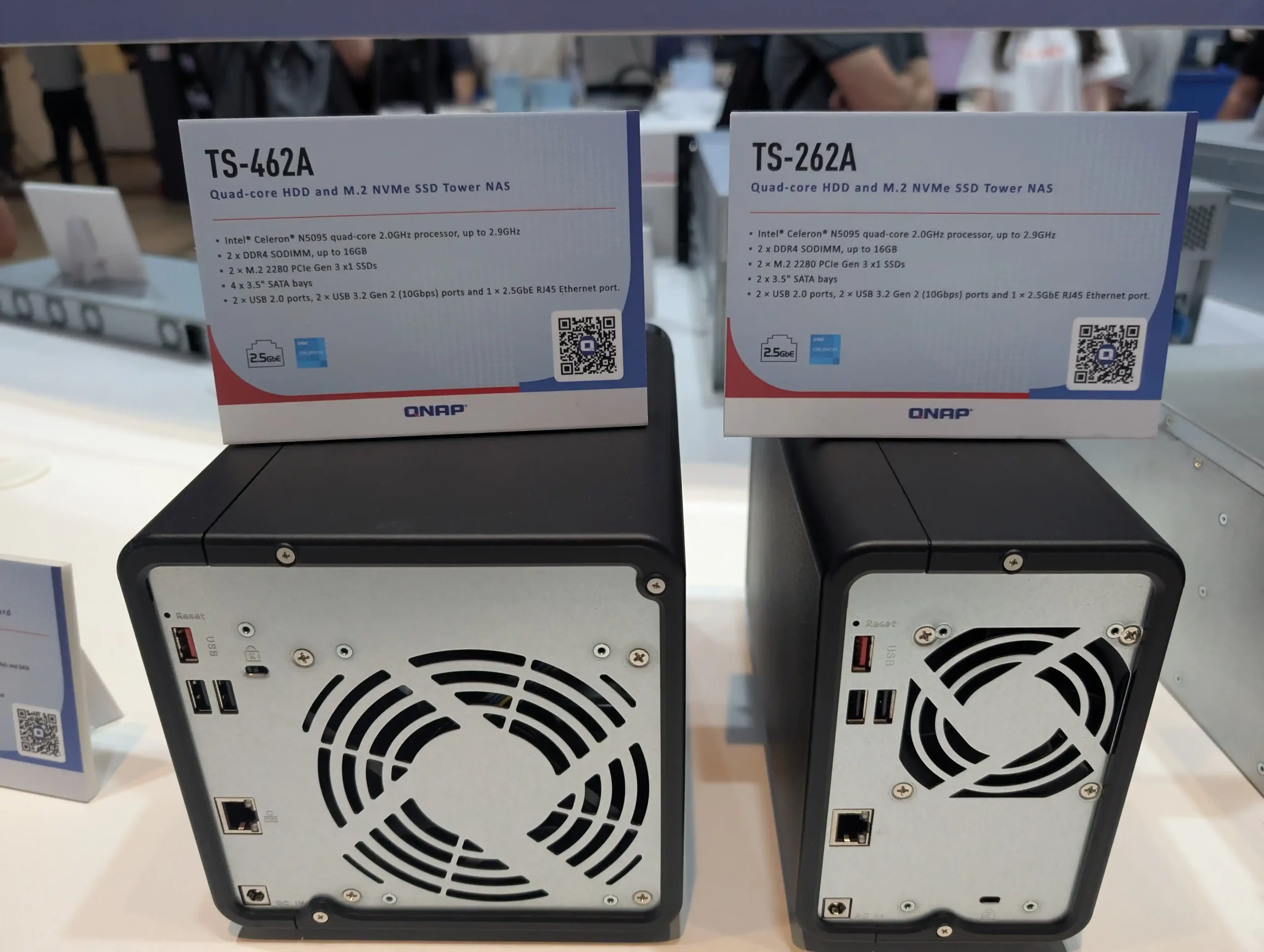
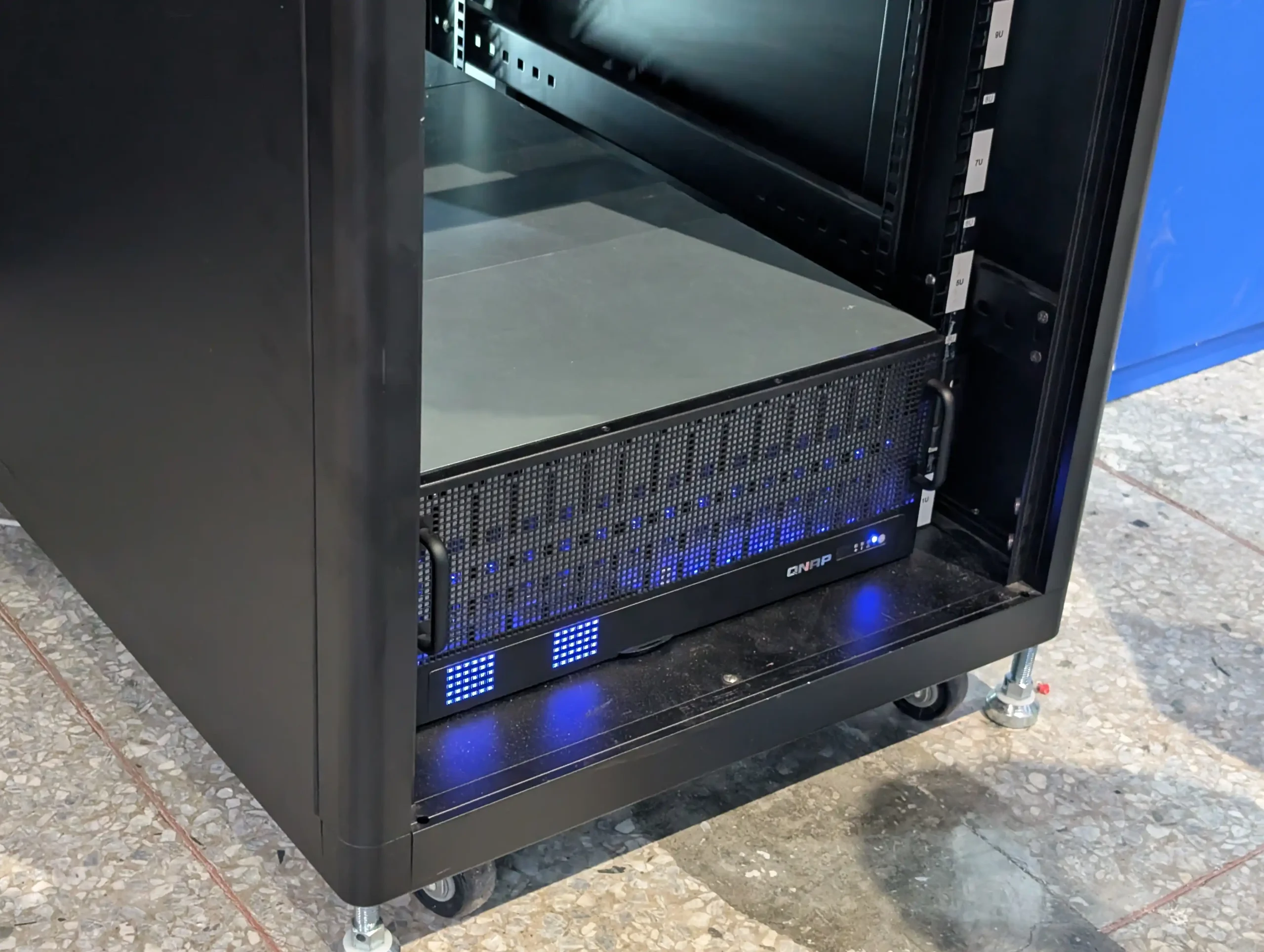

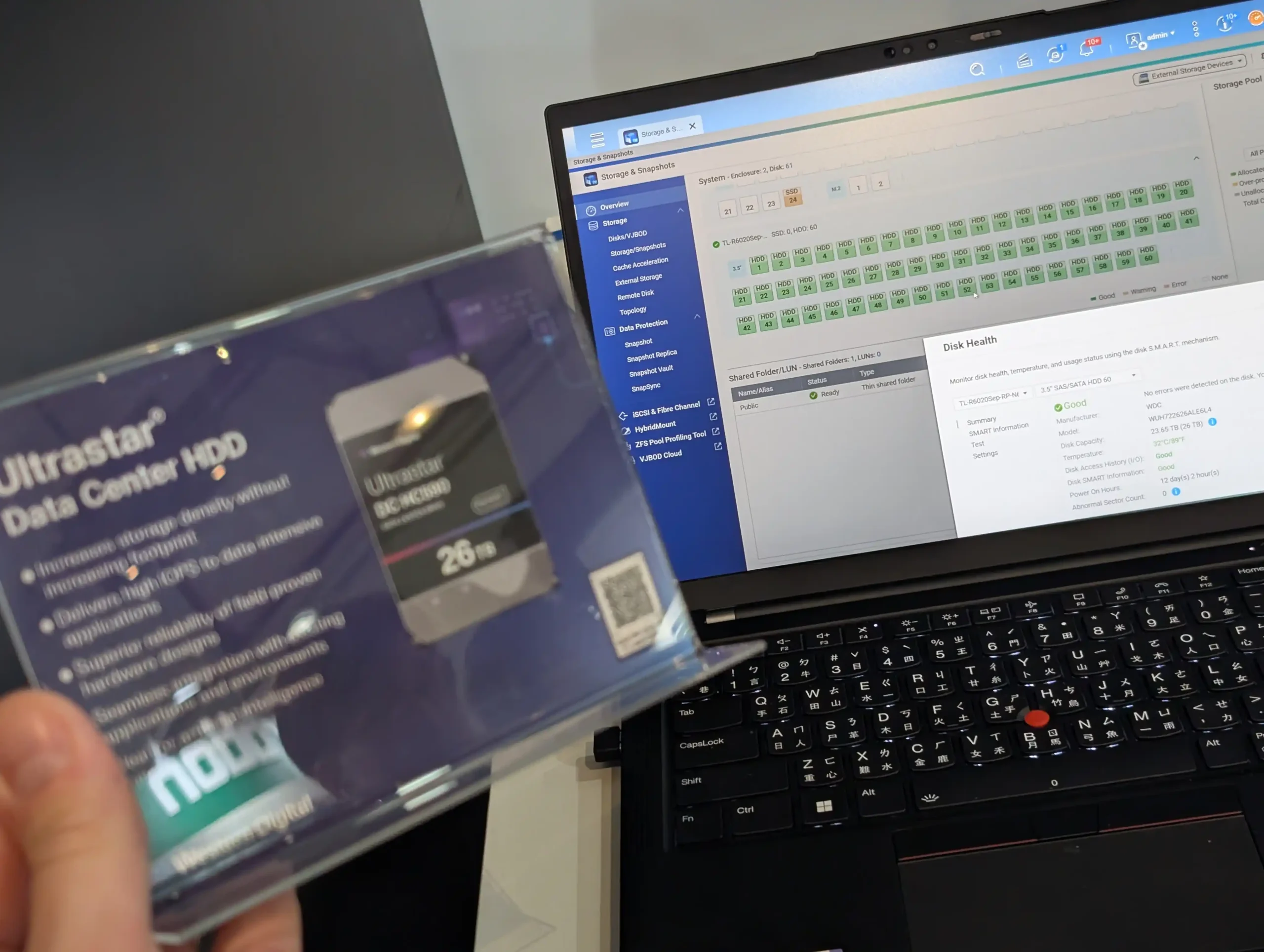

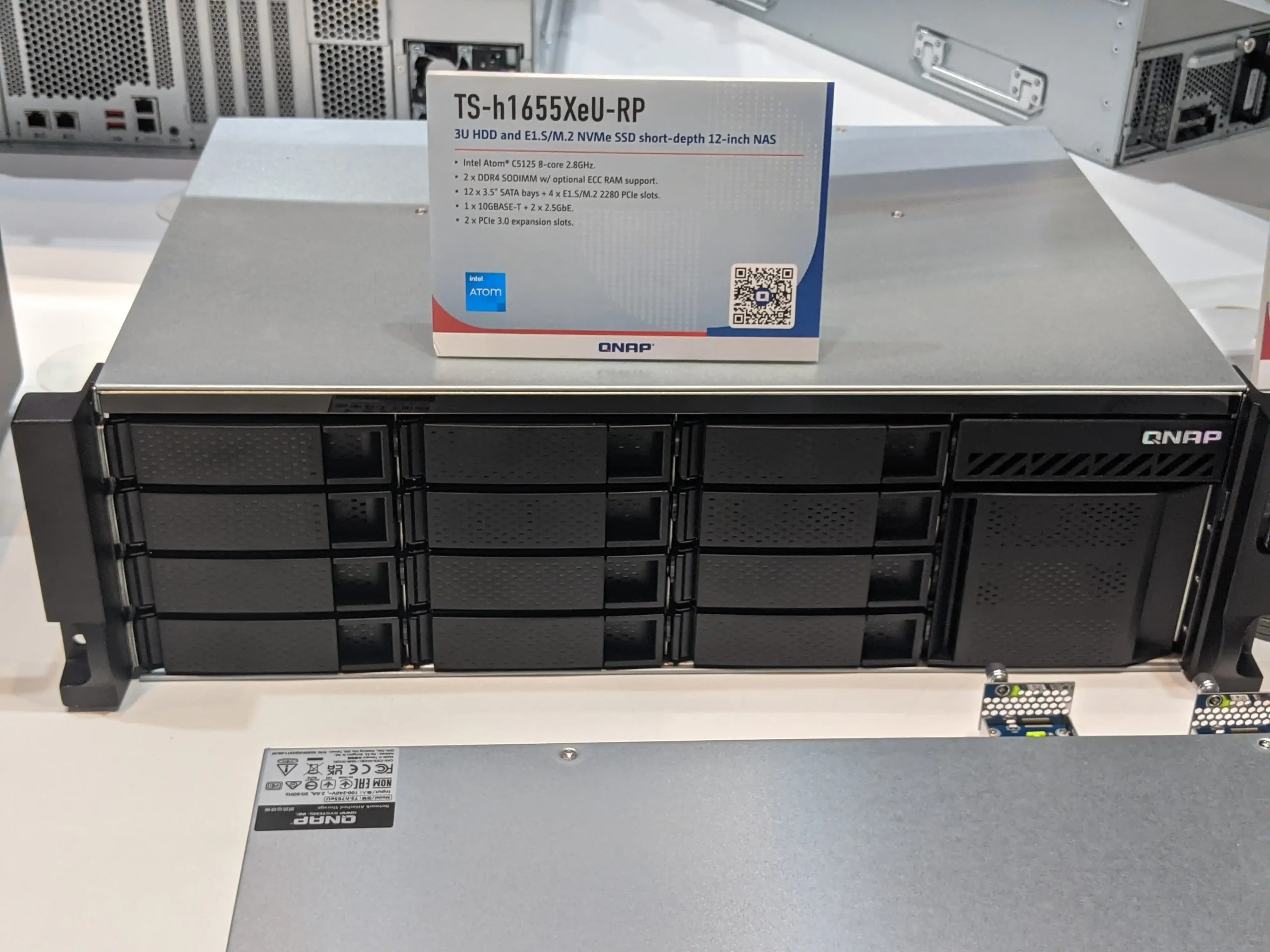

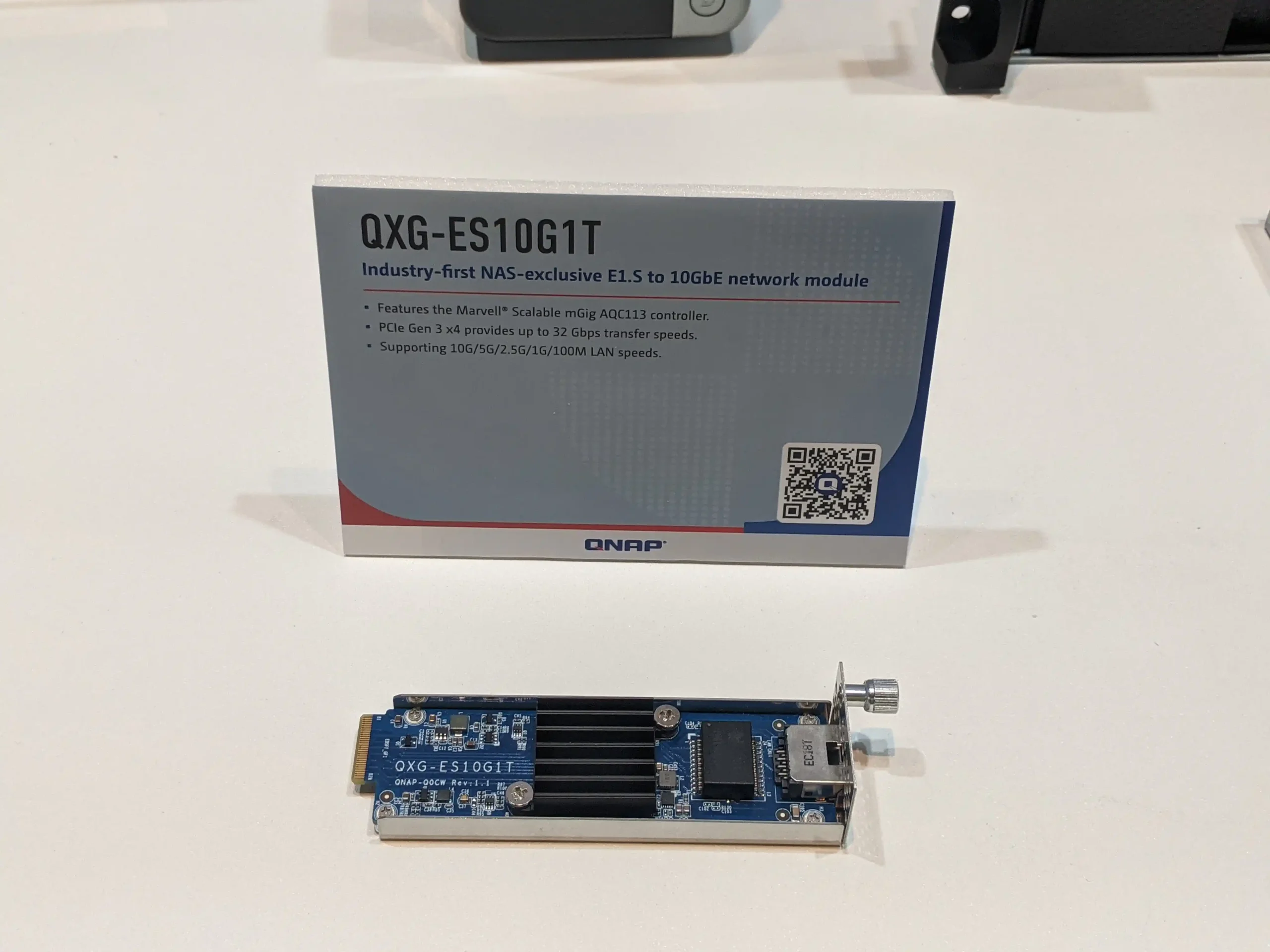
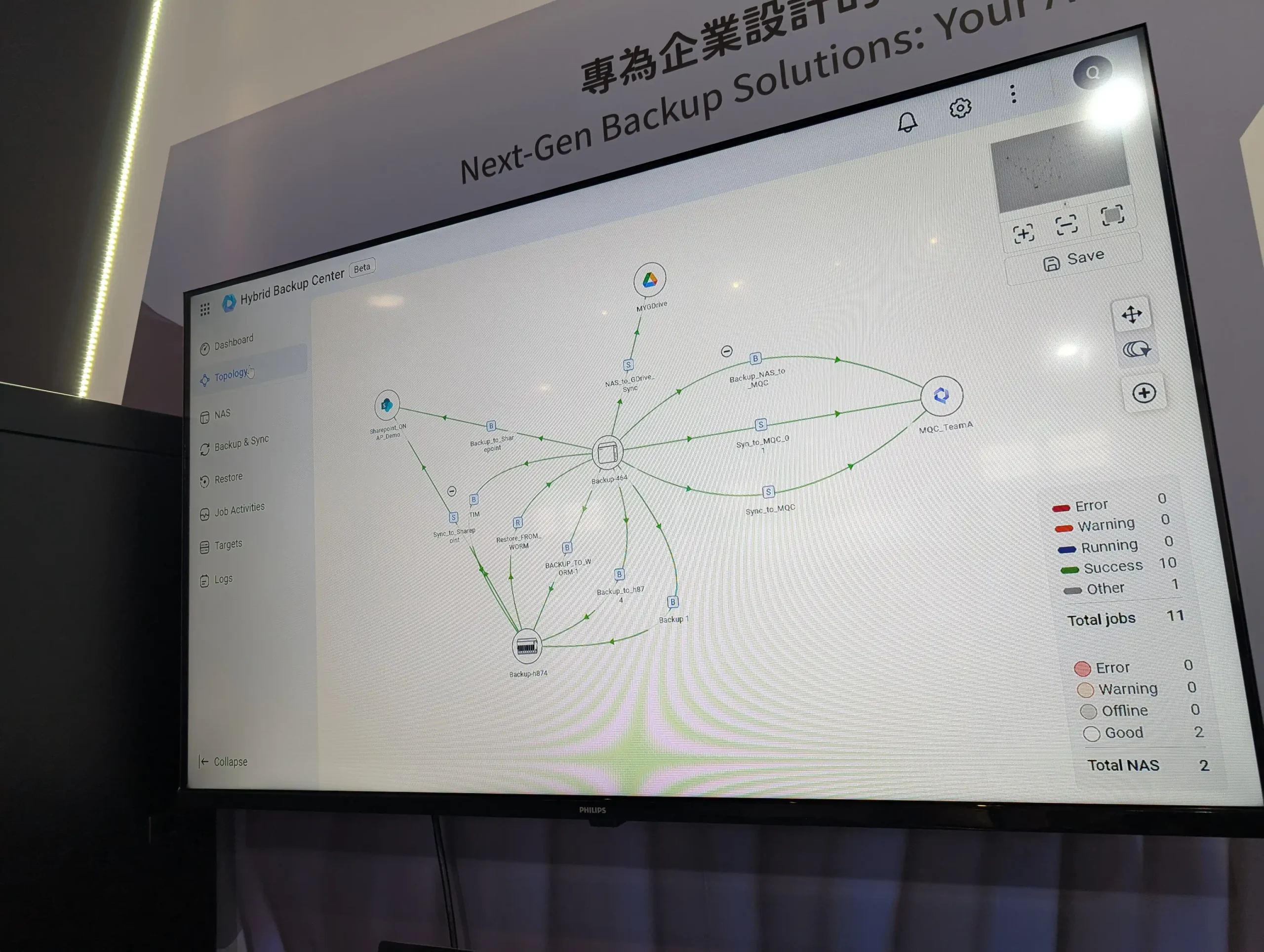
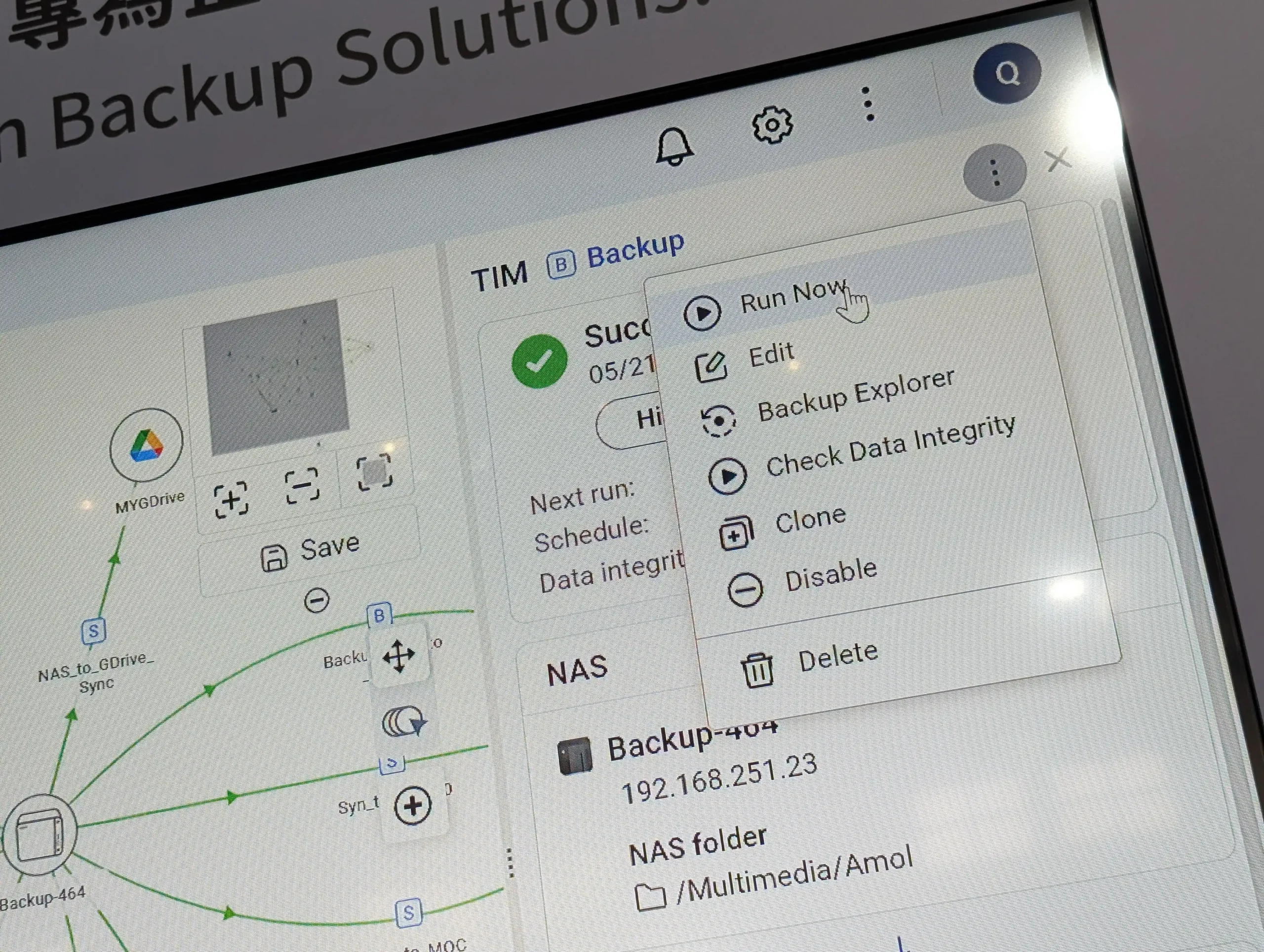

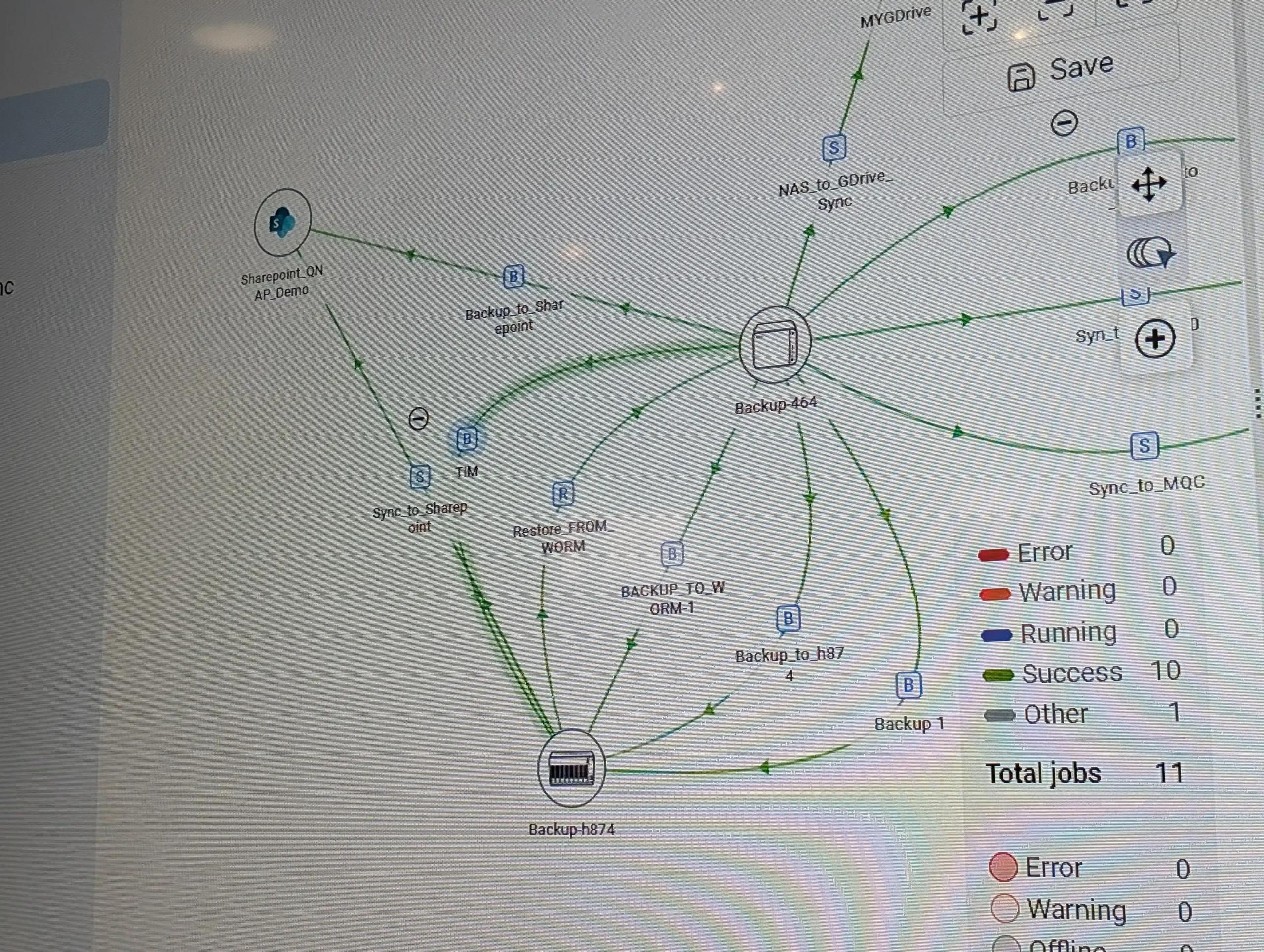
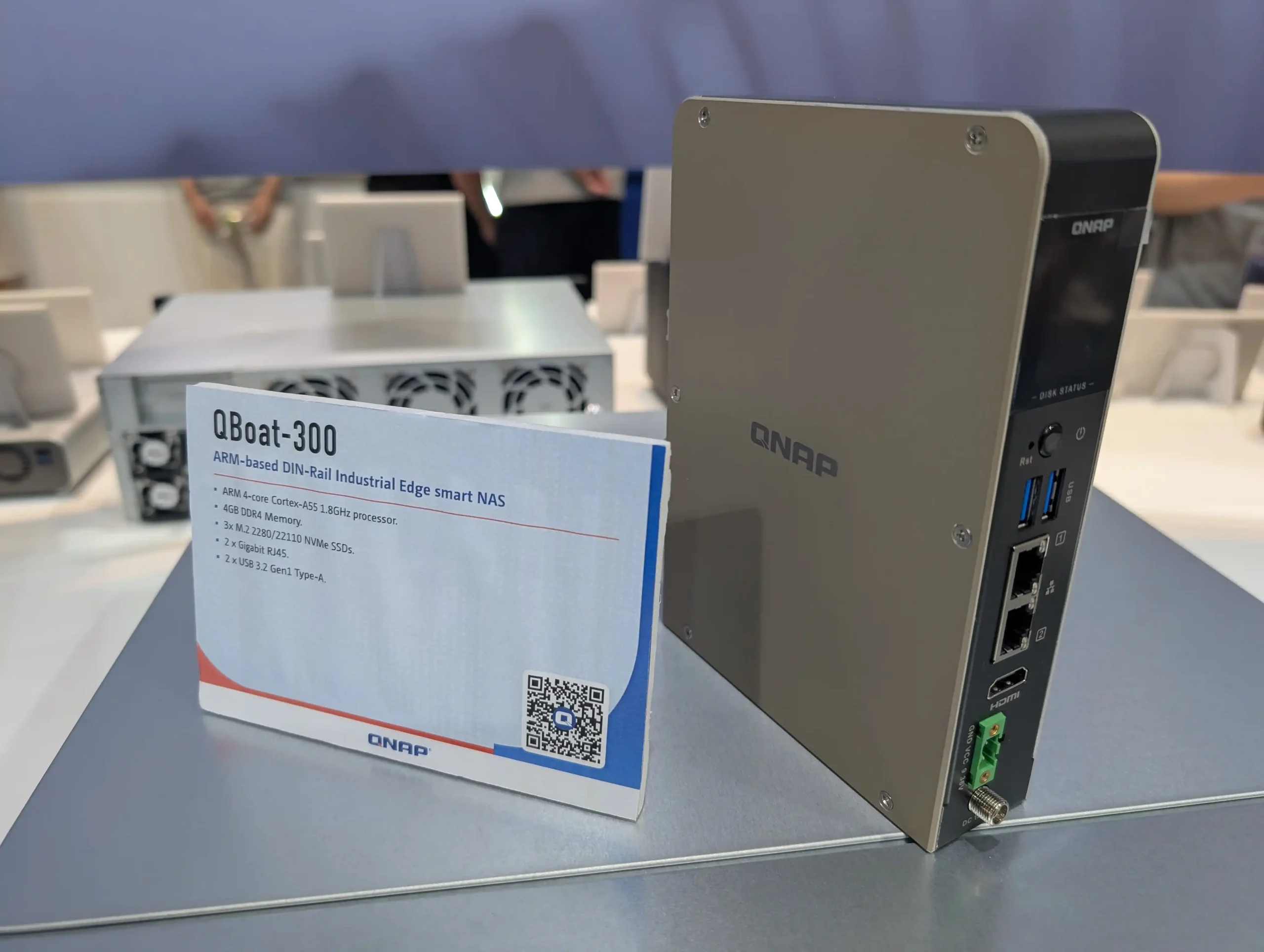
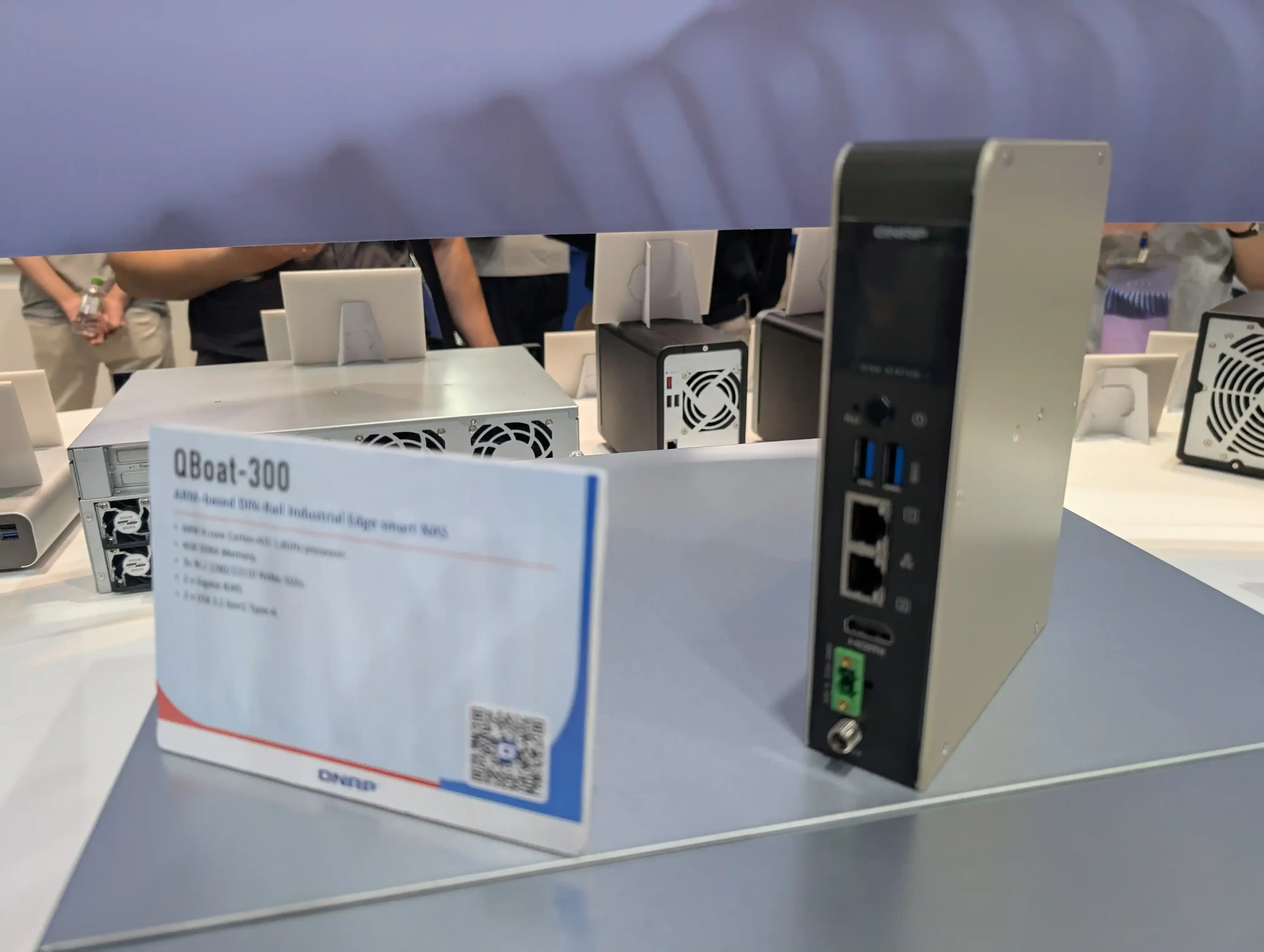

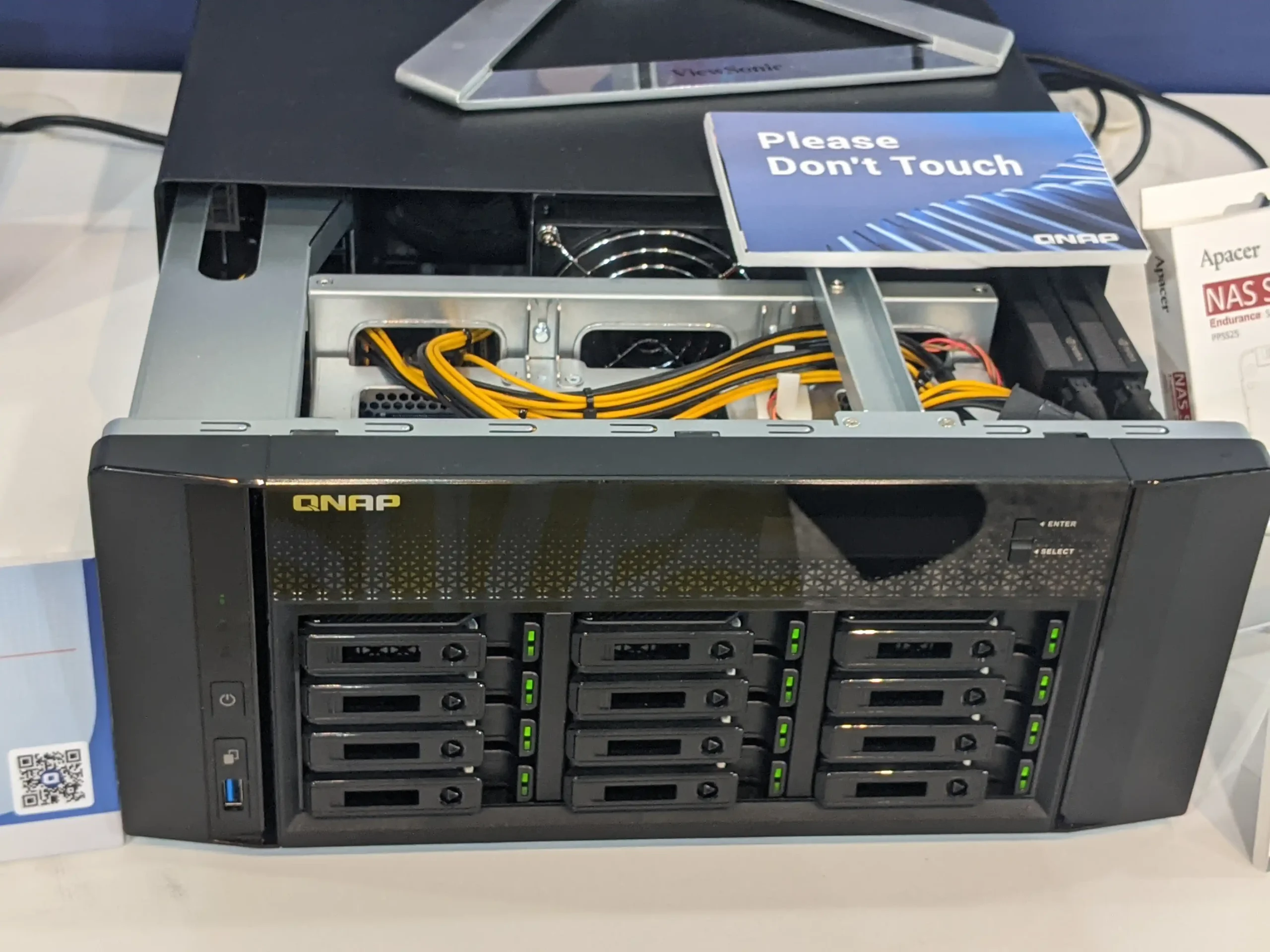
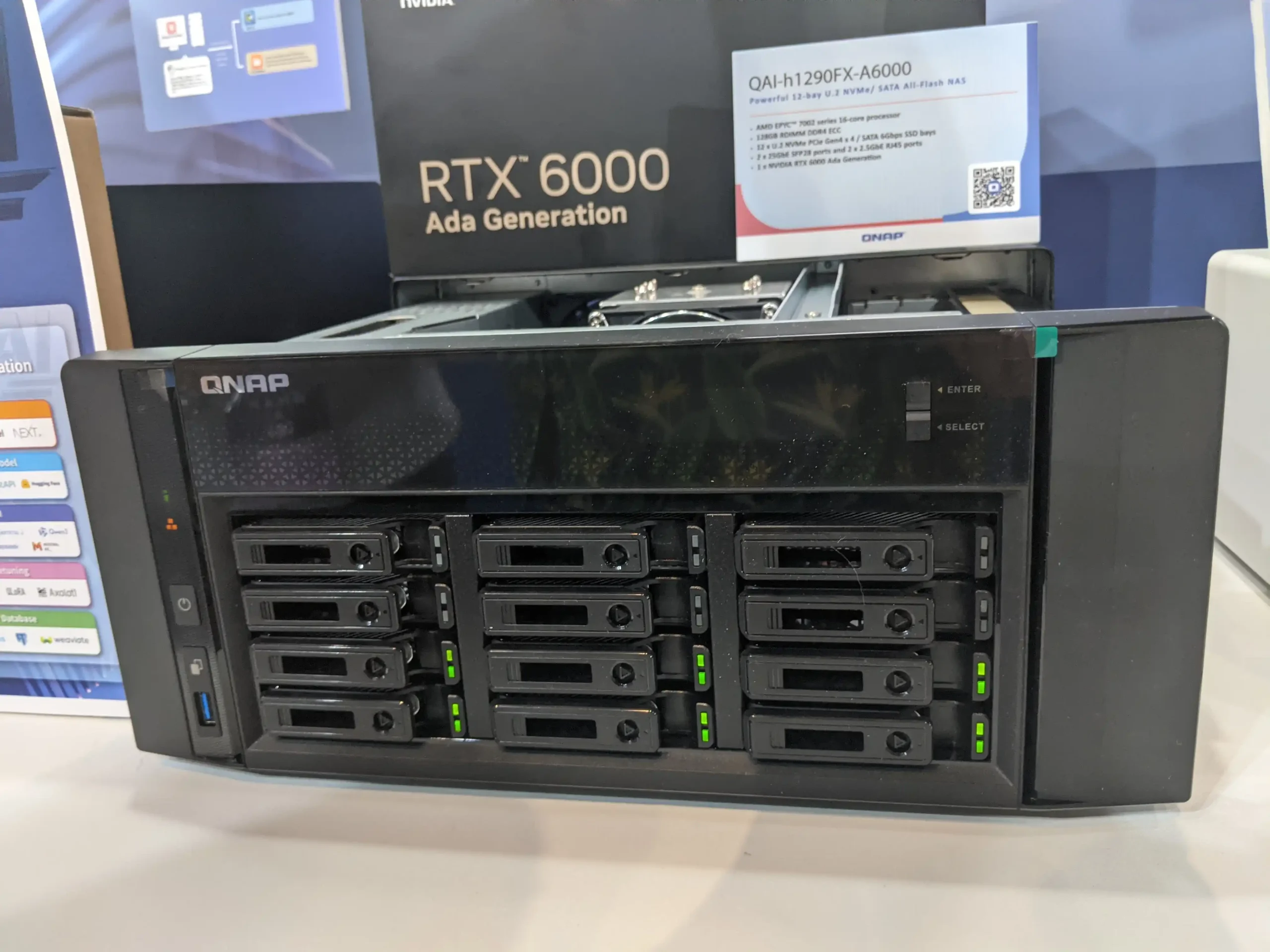
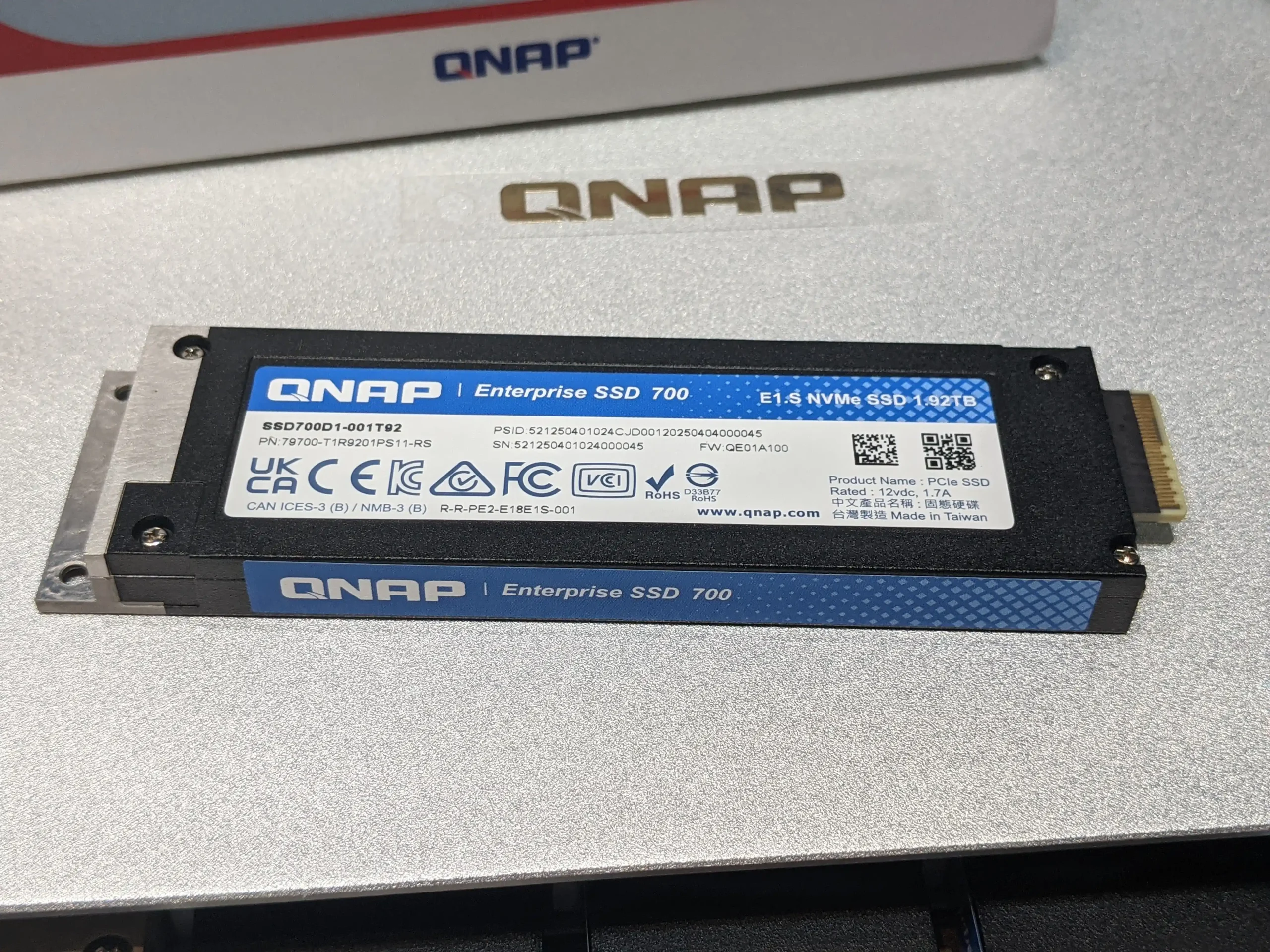

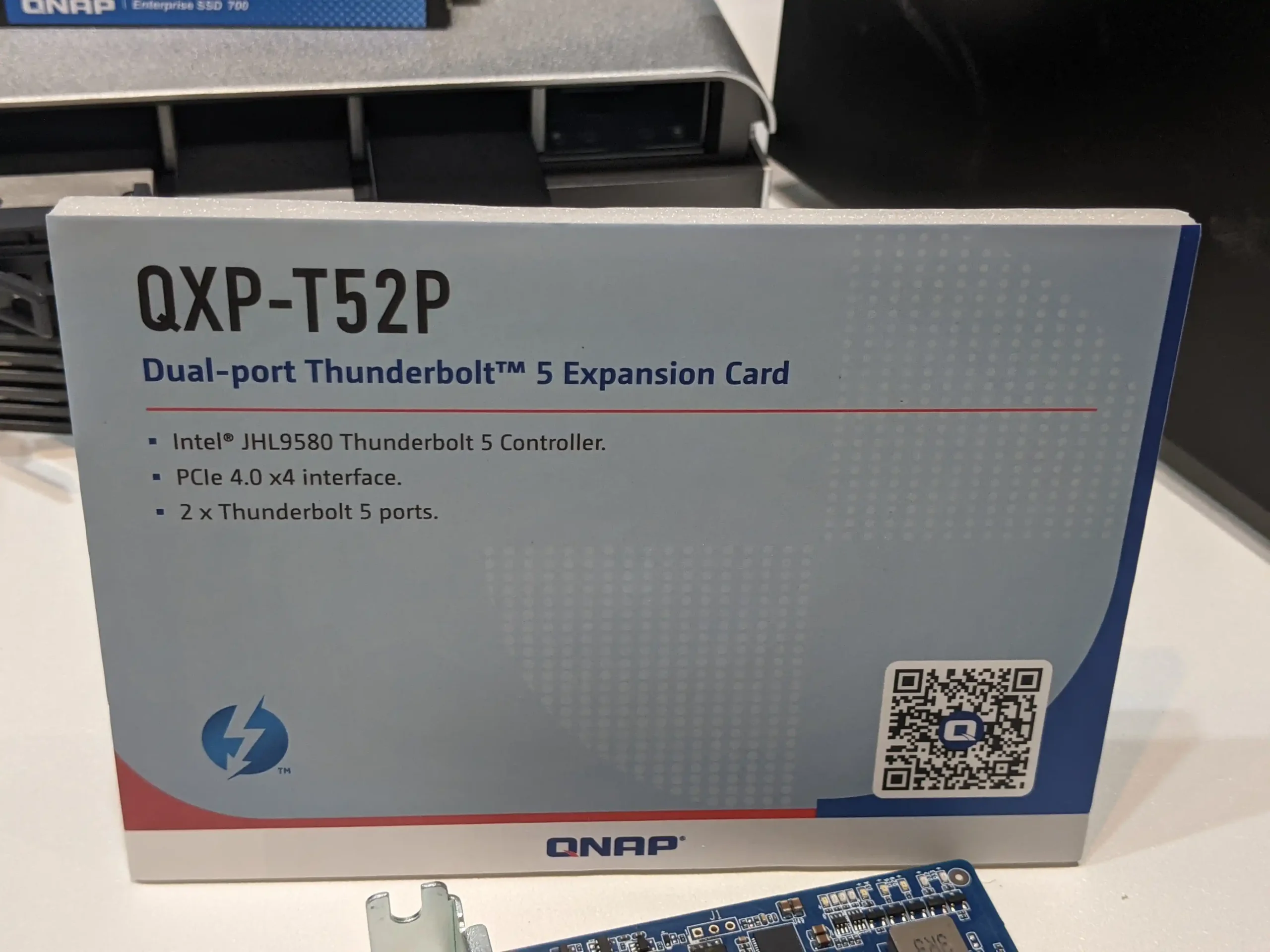
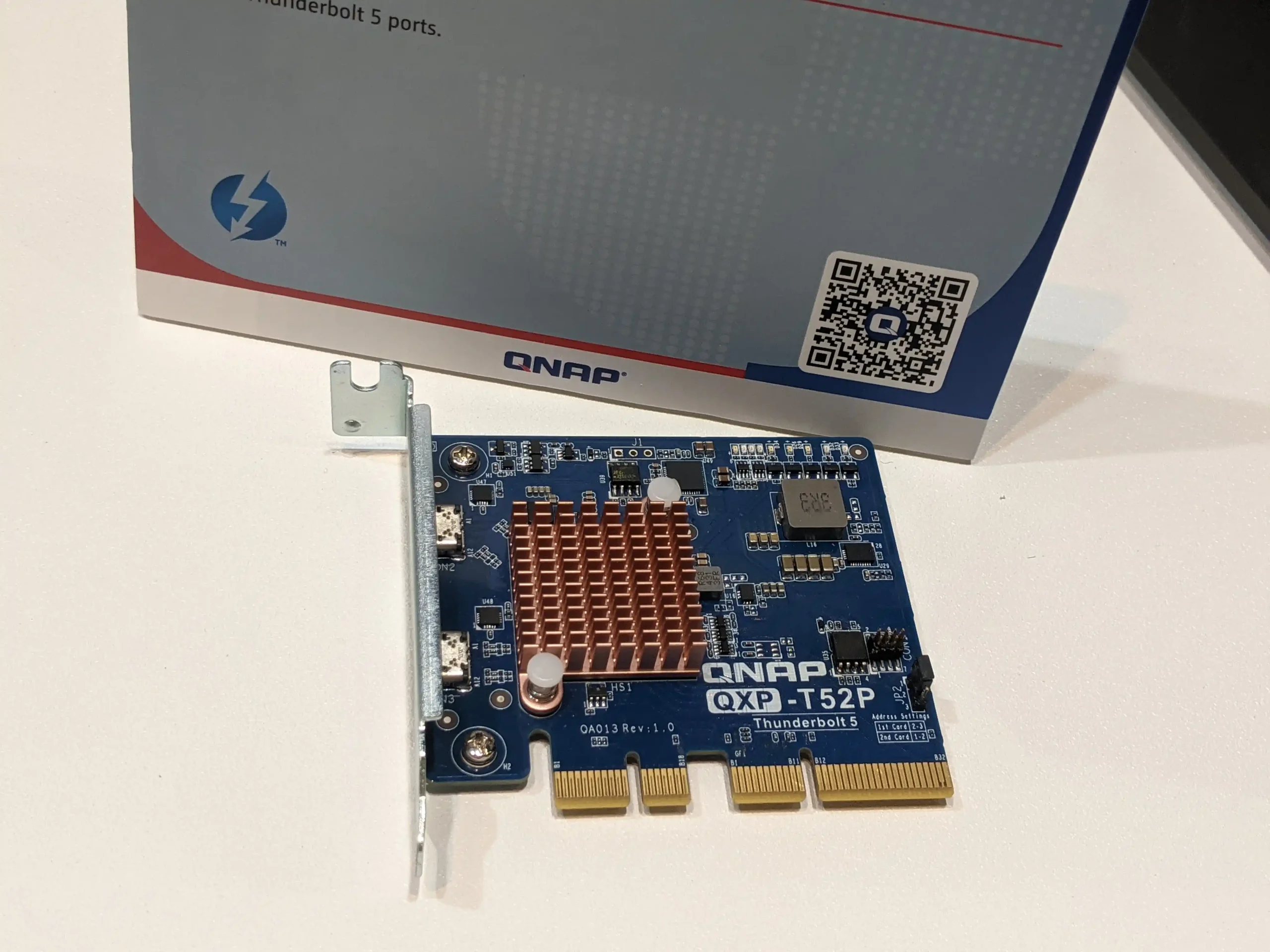
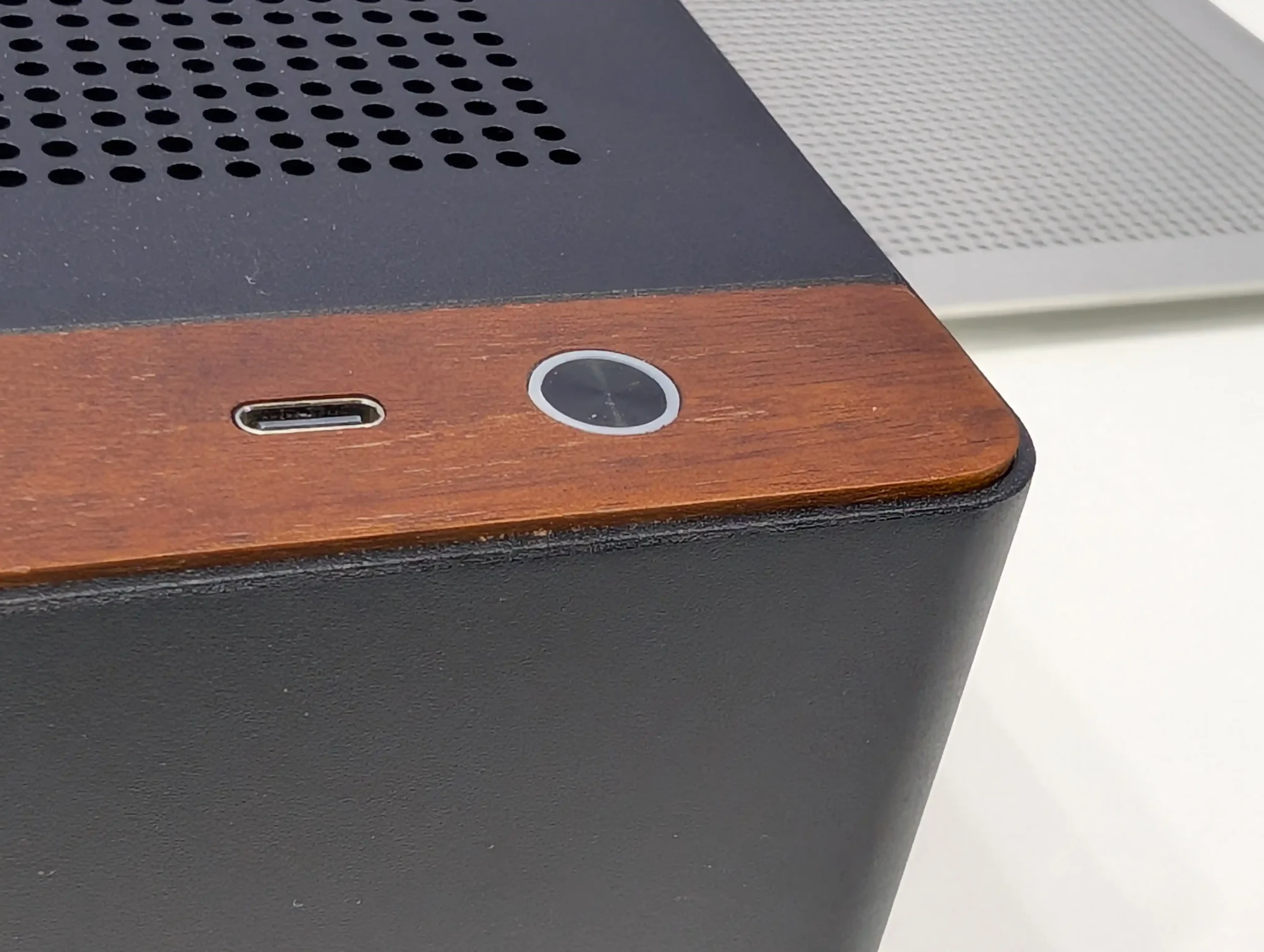
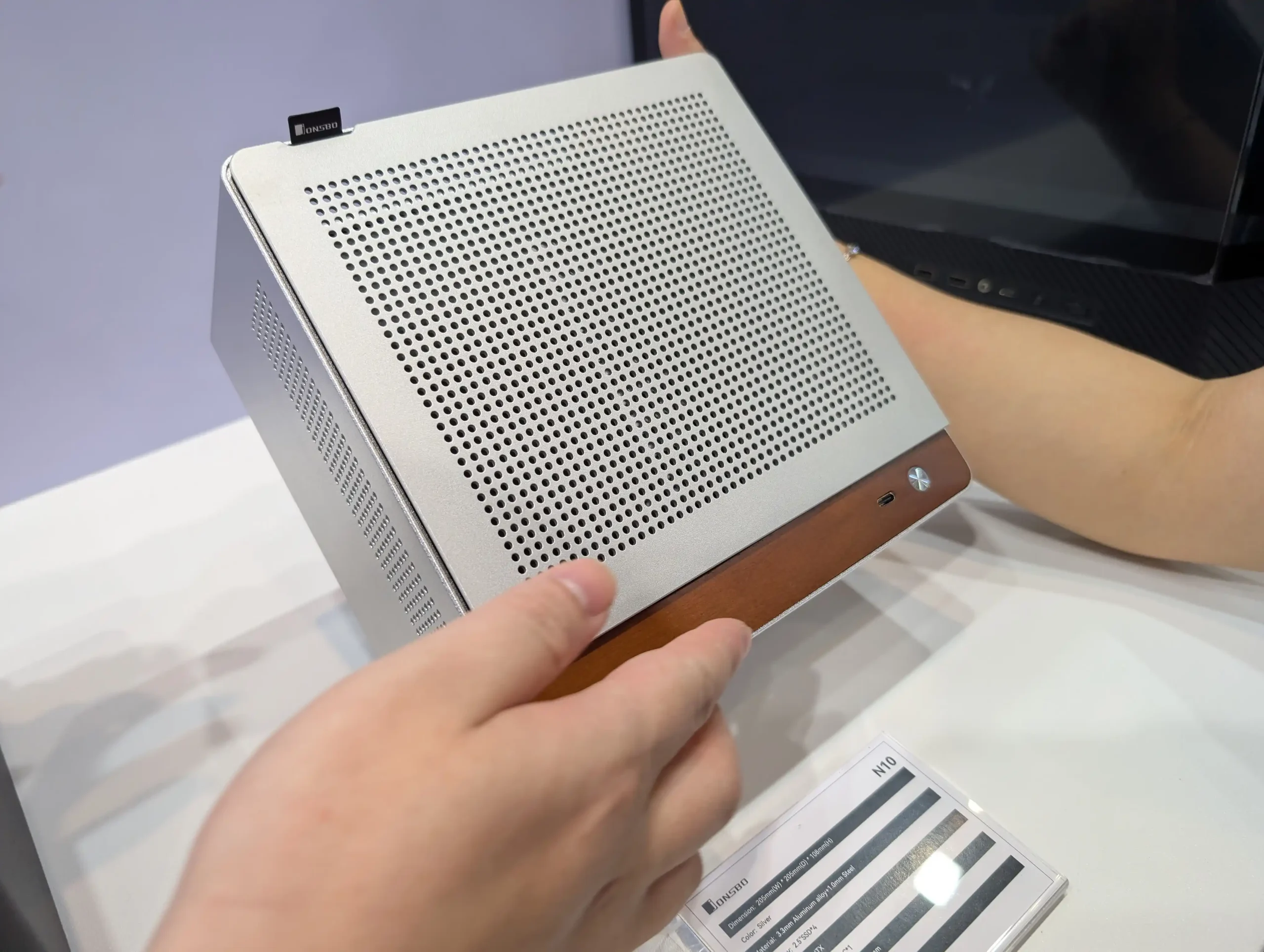

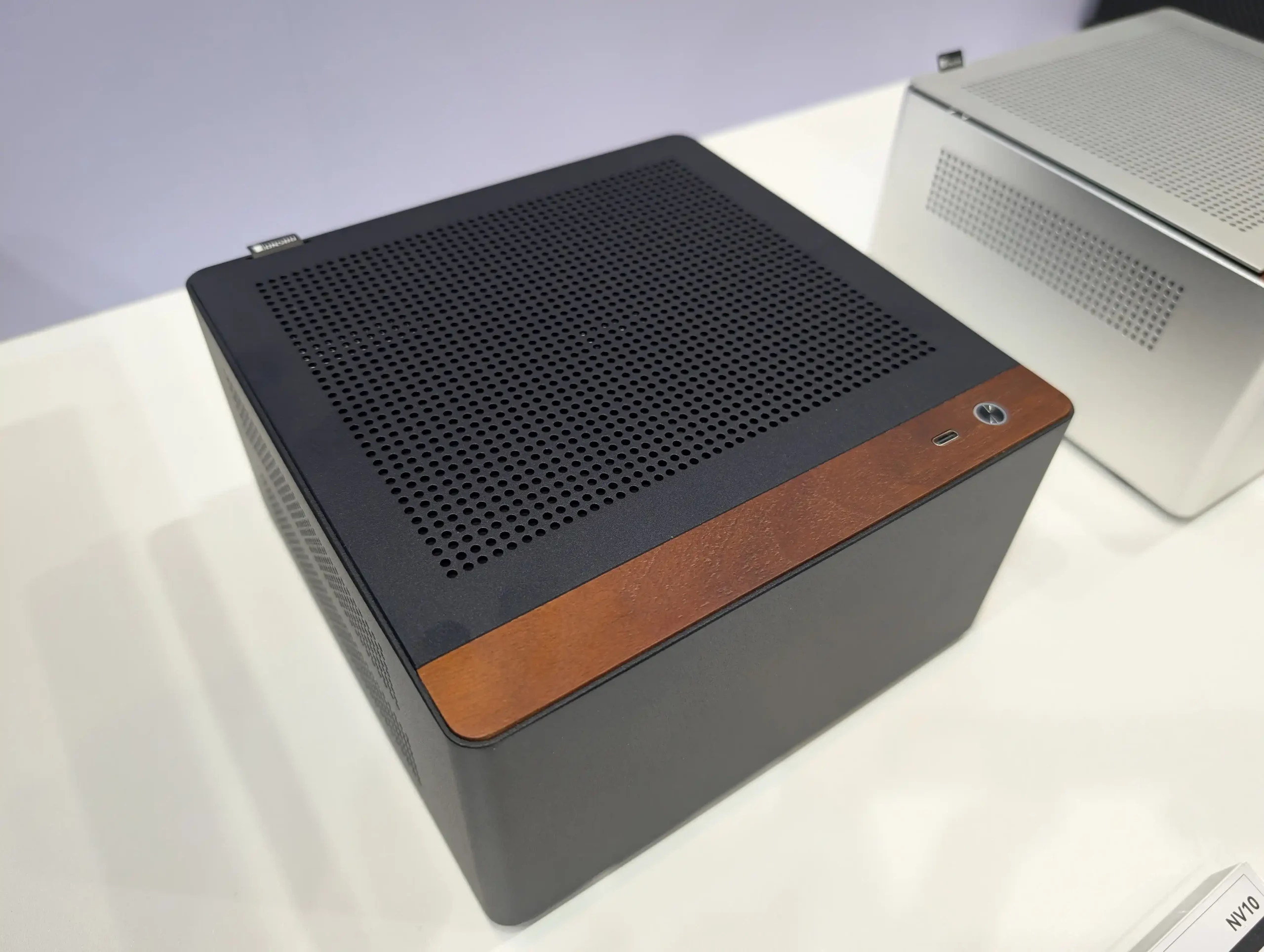
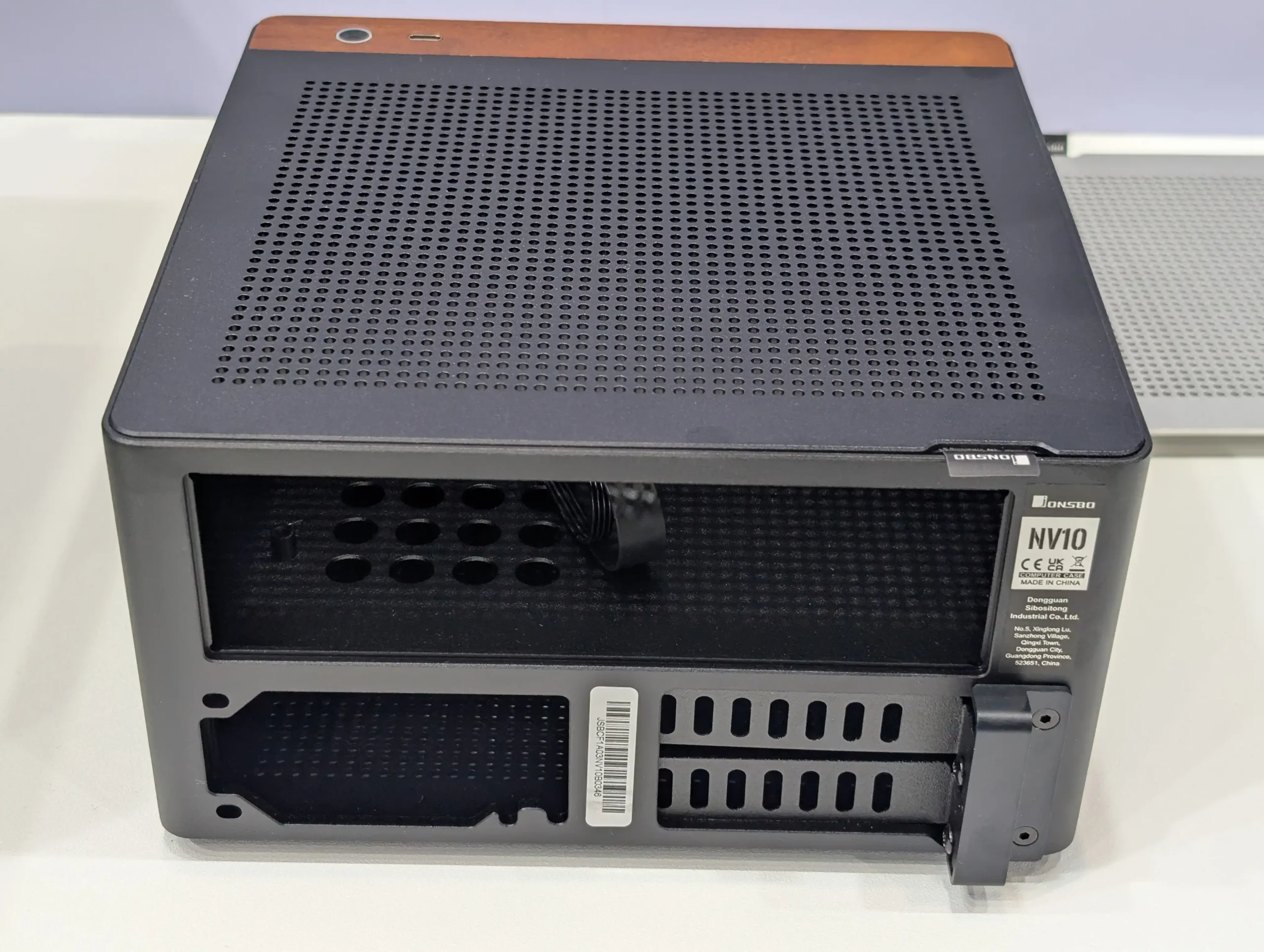

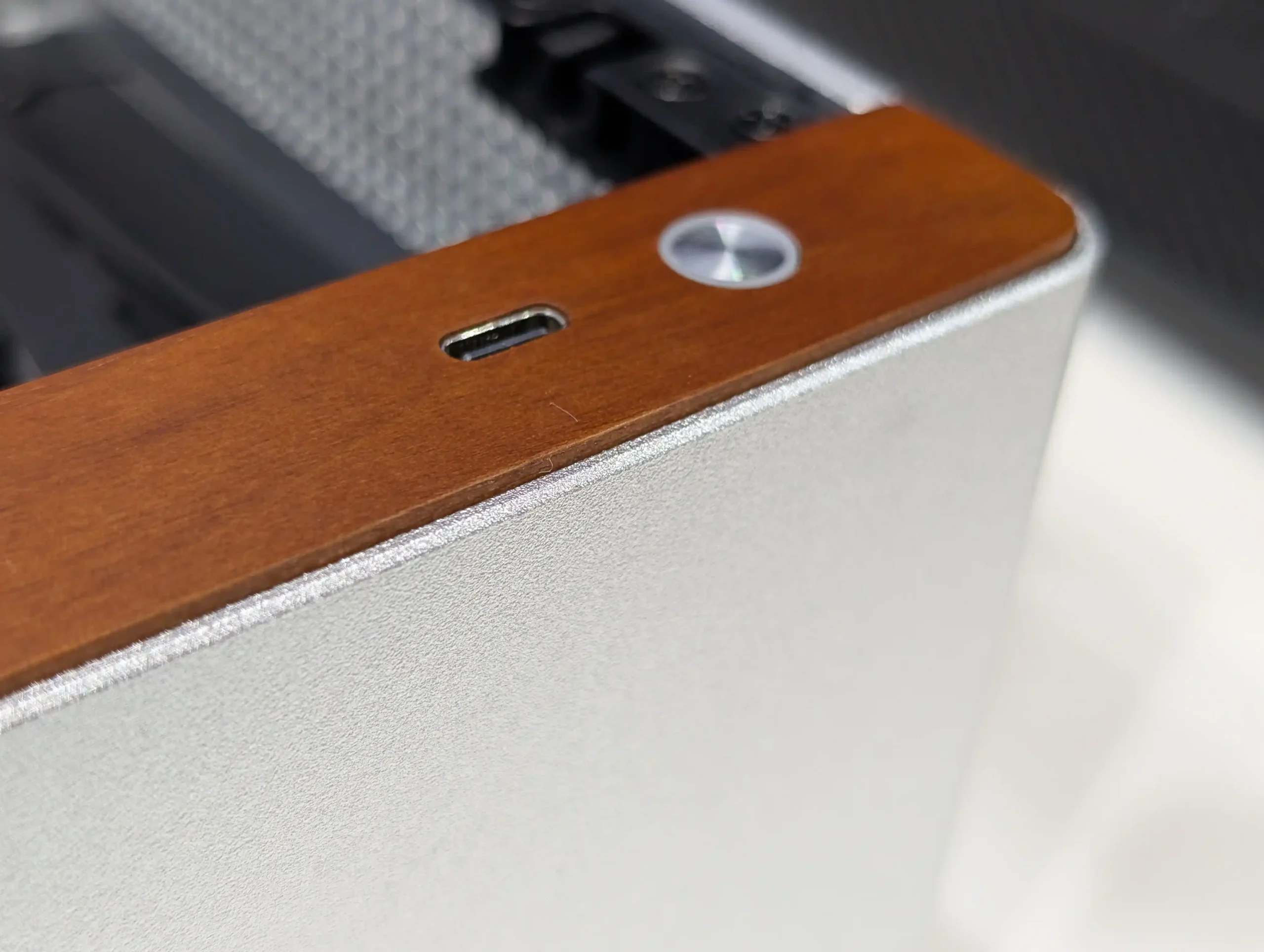
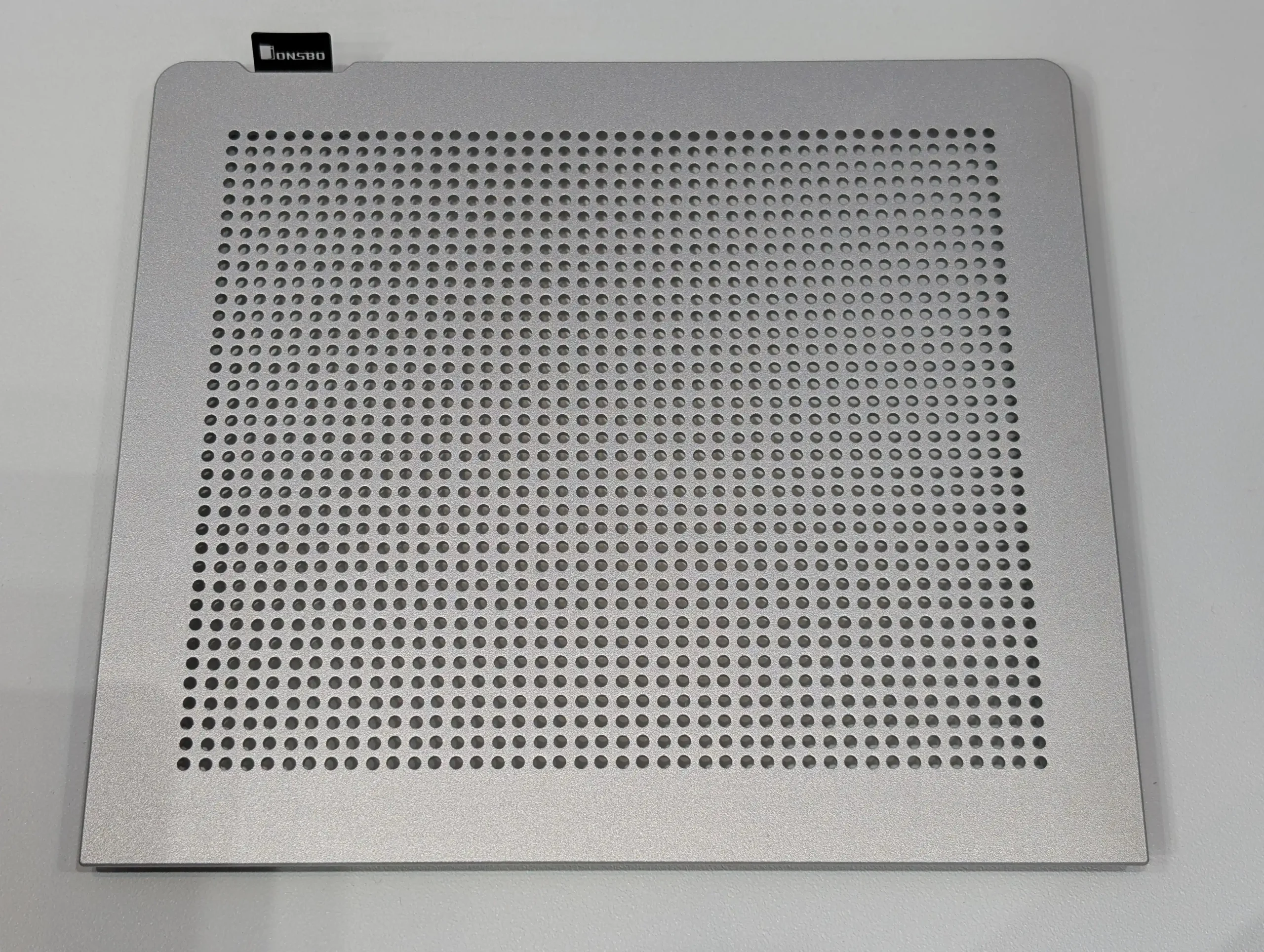

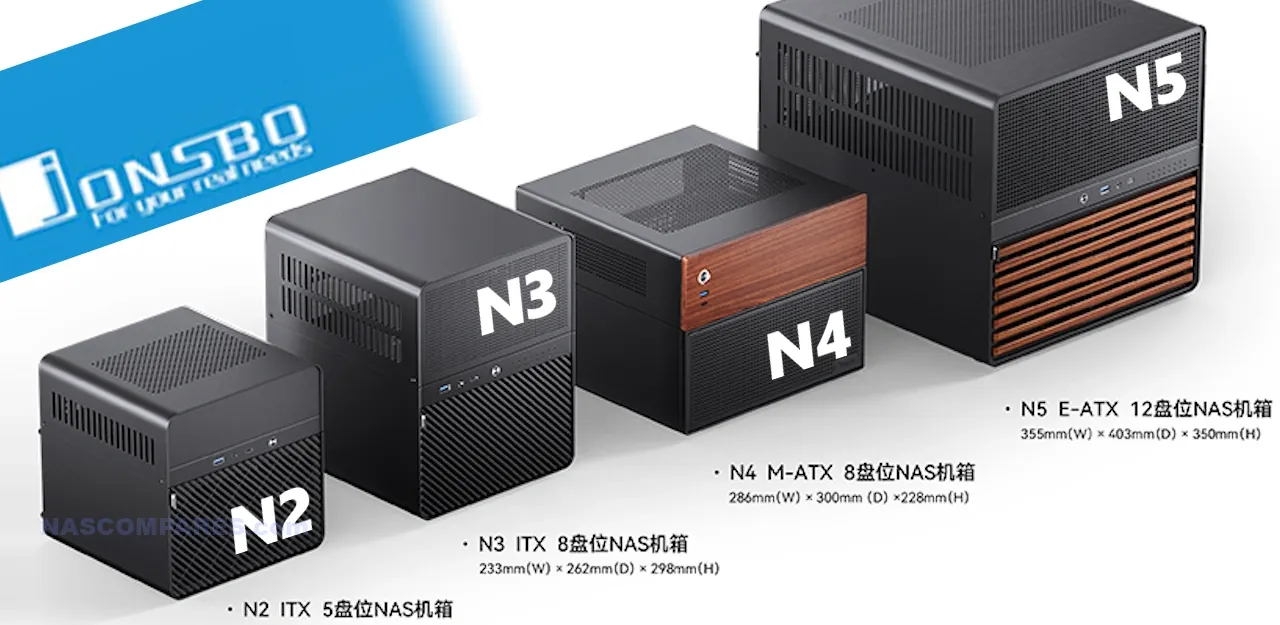
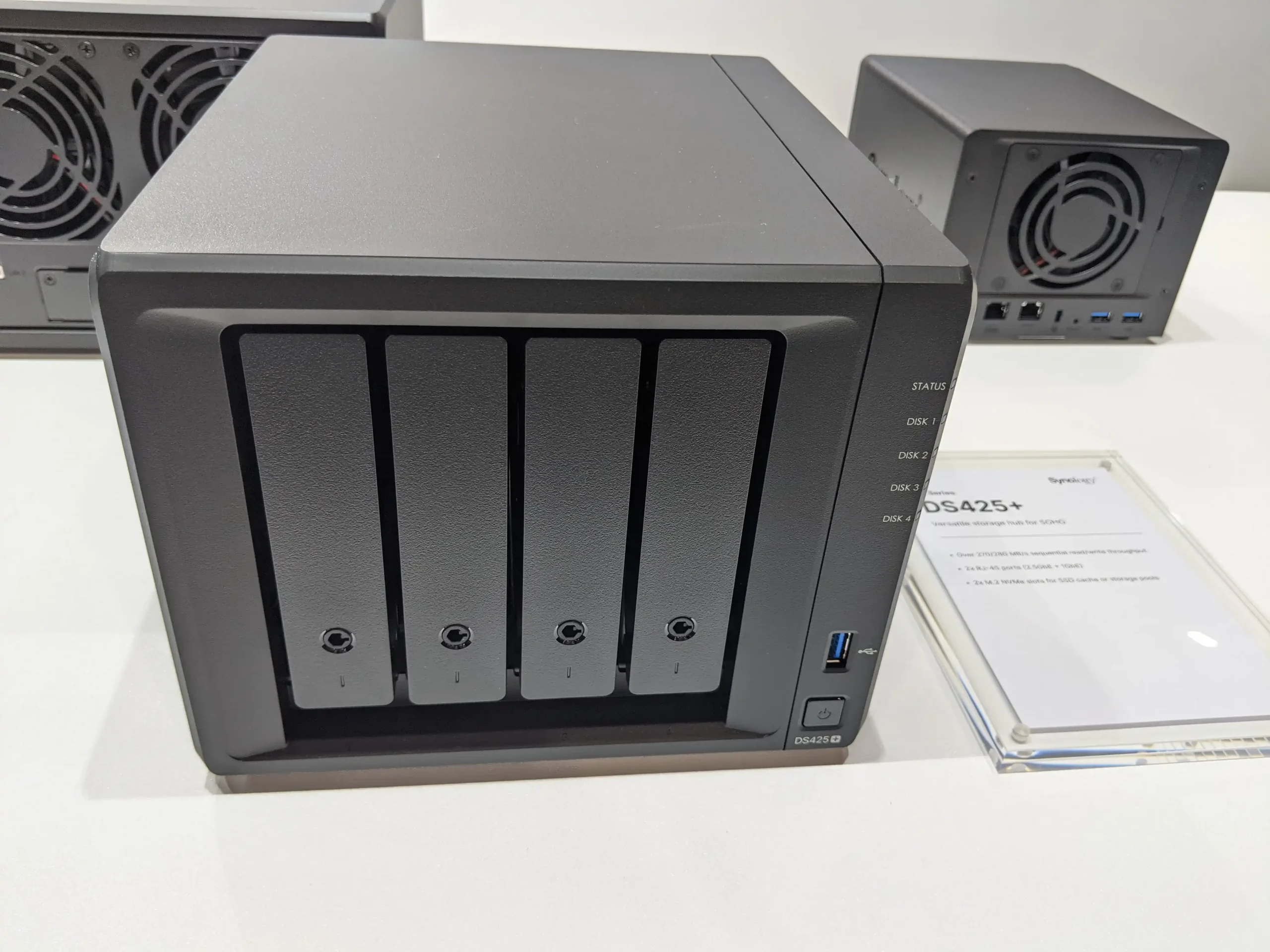

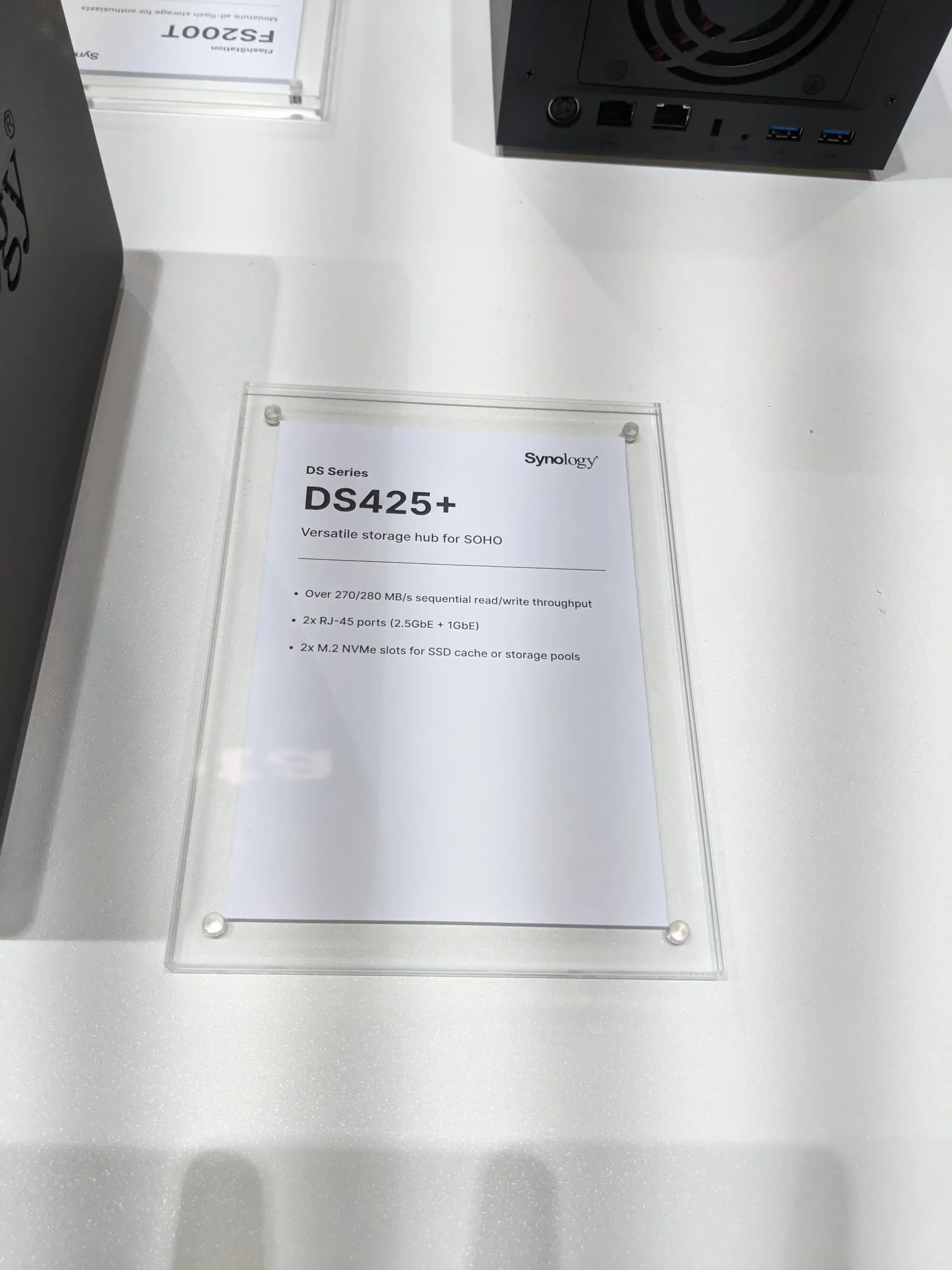
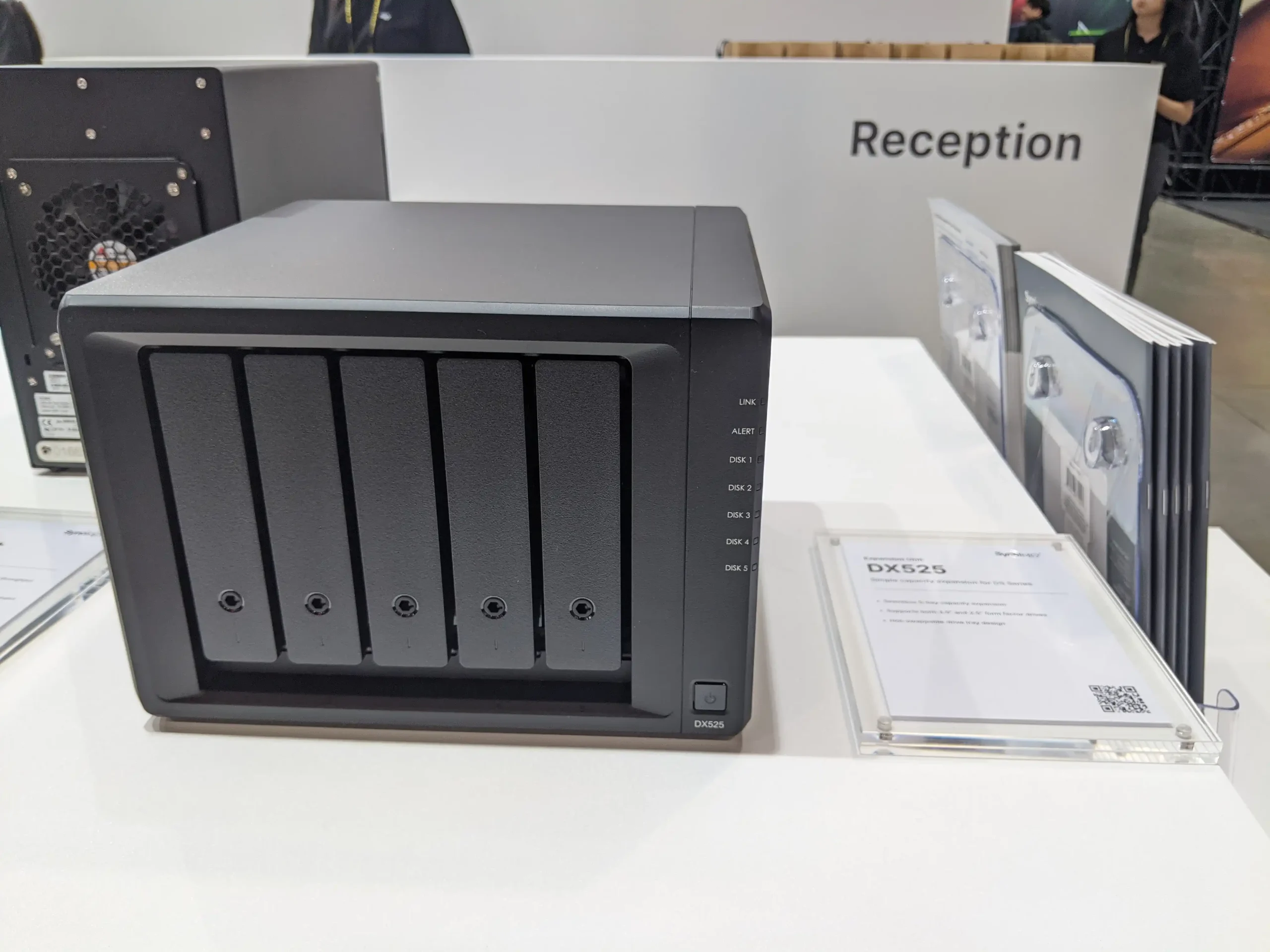
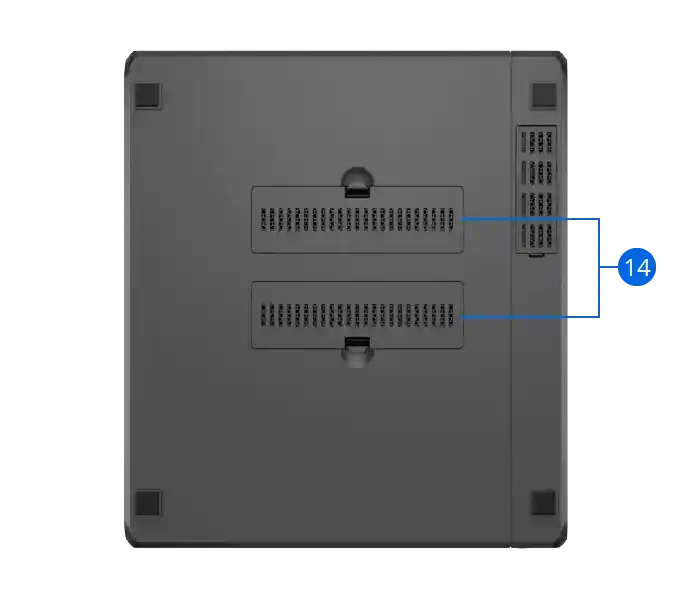
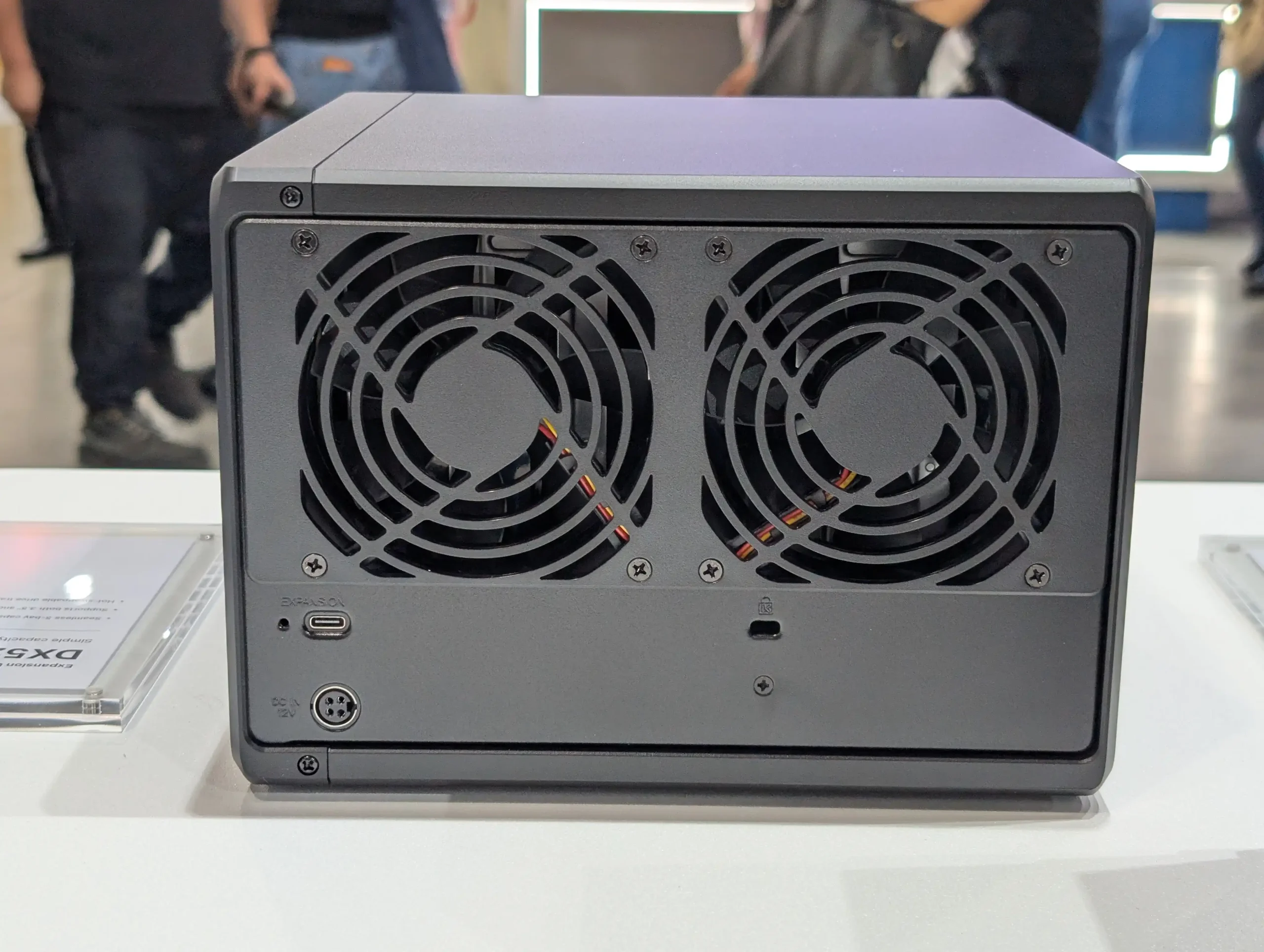
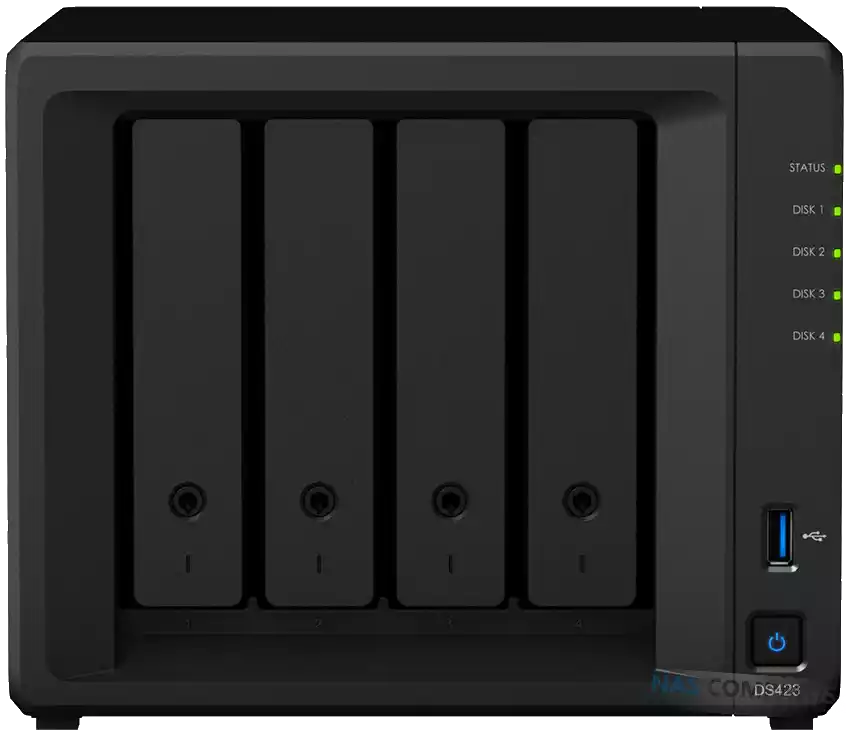


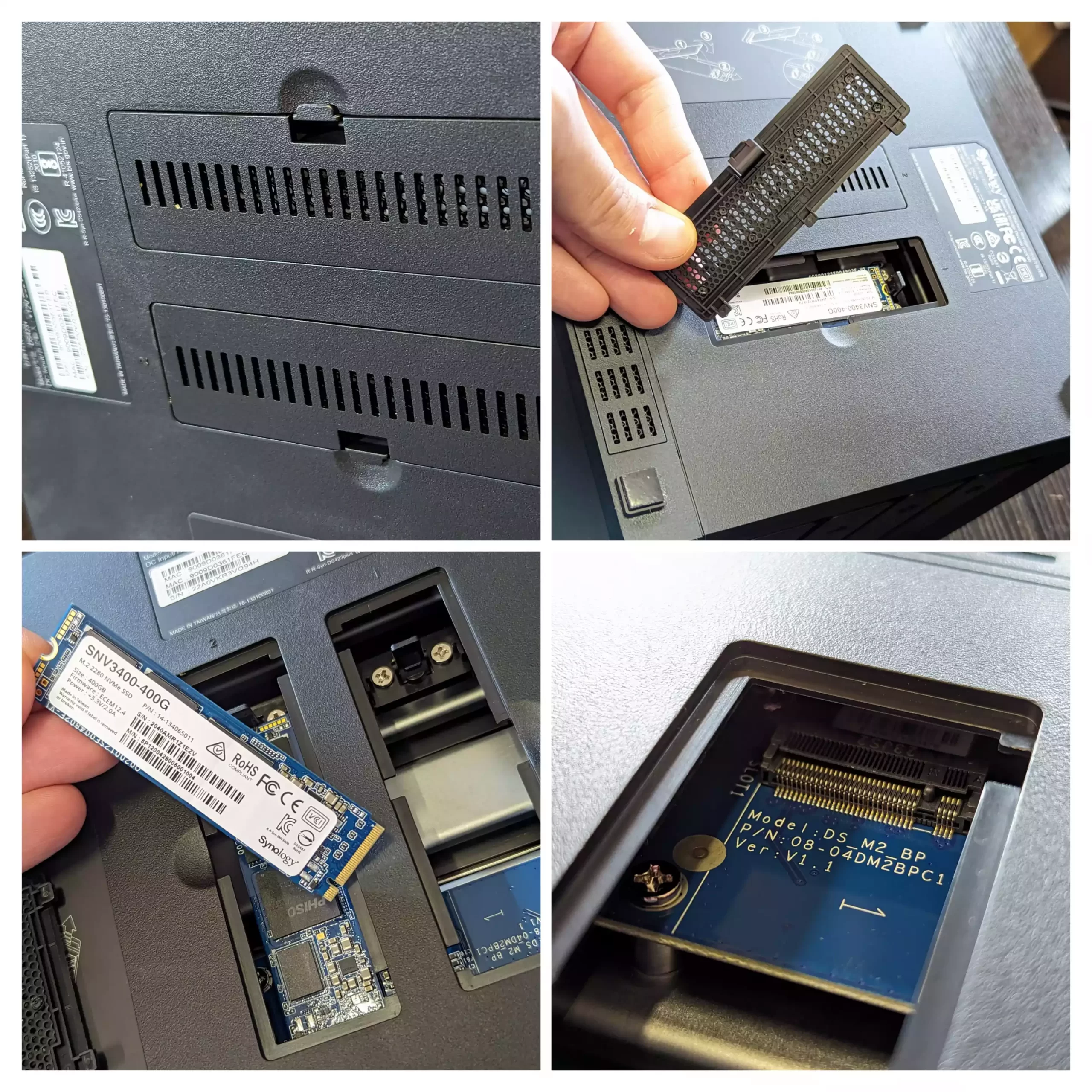

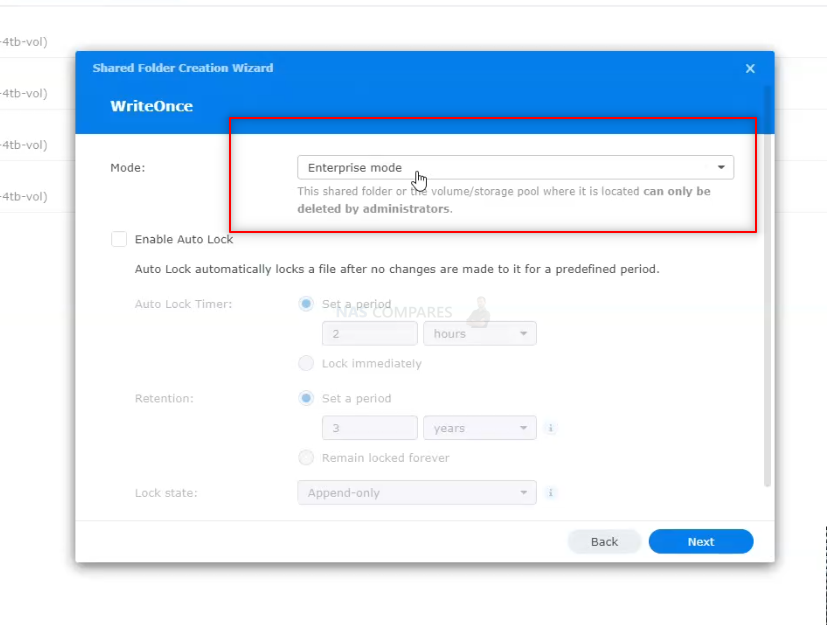



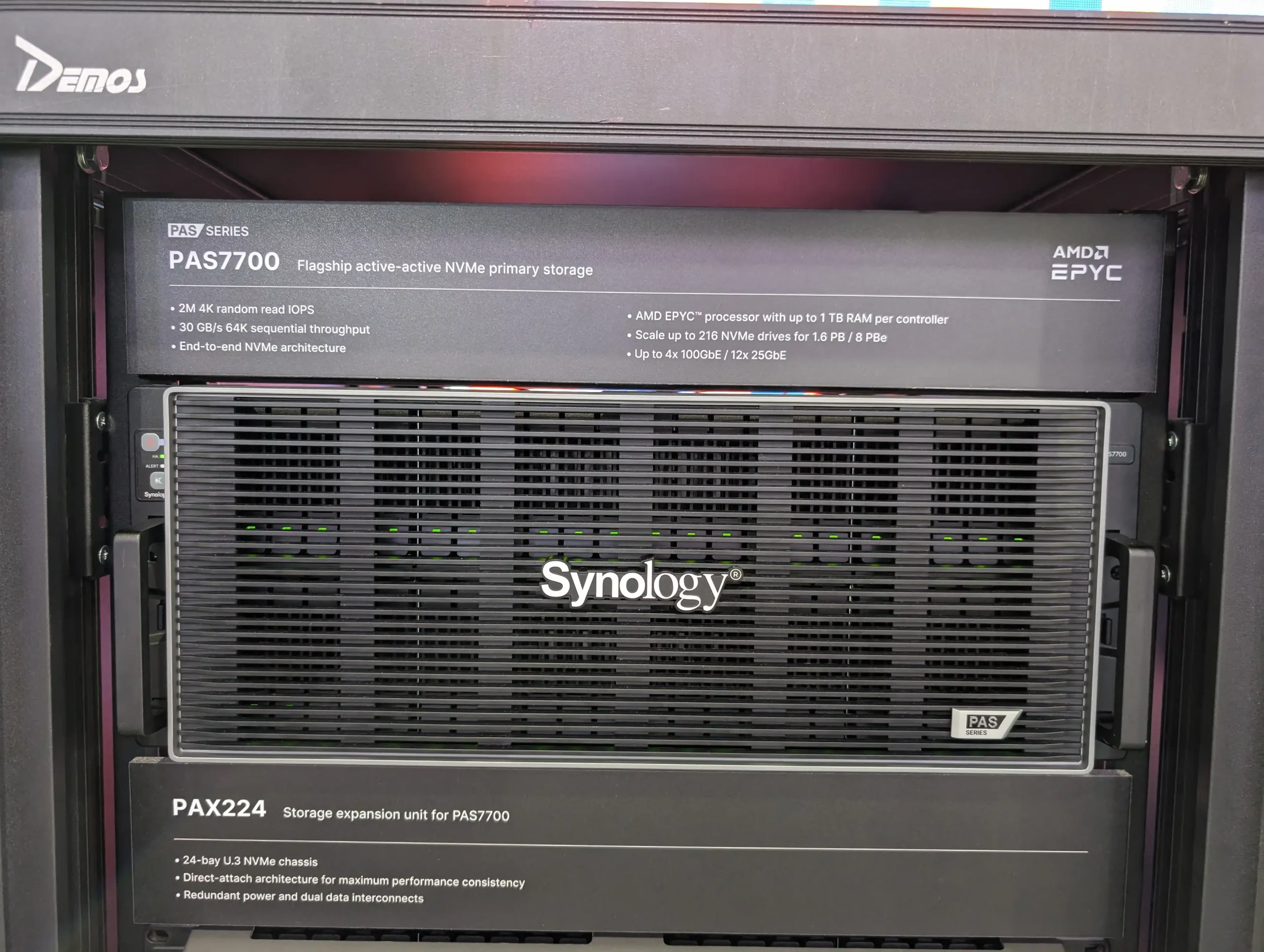 This ongoing shift in policy has raised concerns within the NAS community—especially among users who rely on third-party drives for flexibility and cost-effectiveness. Messaging around this storage validation system remains inconsistent, with key technical and strategic details still unclear. Nonetheless, this year’s lineup confirms Synology’s intent to consolidate hardware and media under its own ecosystem, even while expanding its presence into flash-first infrastructure and turnkey surveillance platforms.
This ongoing shift in policy has raised concerns within the NAS community—especially among users who rely on third-party drives for flexibility and cost-effectiveness. Messaging around this storage validation system remains inconsistent, with key technical and strategic details still unclear. Nonetheless, this year’s lineup confirms Synology’s intent to consolidate hardware and media under its own ecosystem, even while expanding its presence into flash-first infrastructure and turnkey surveillance platforms.
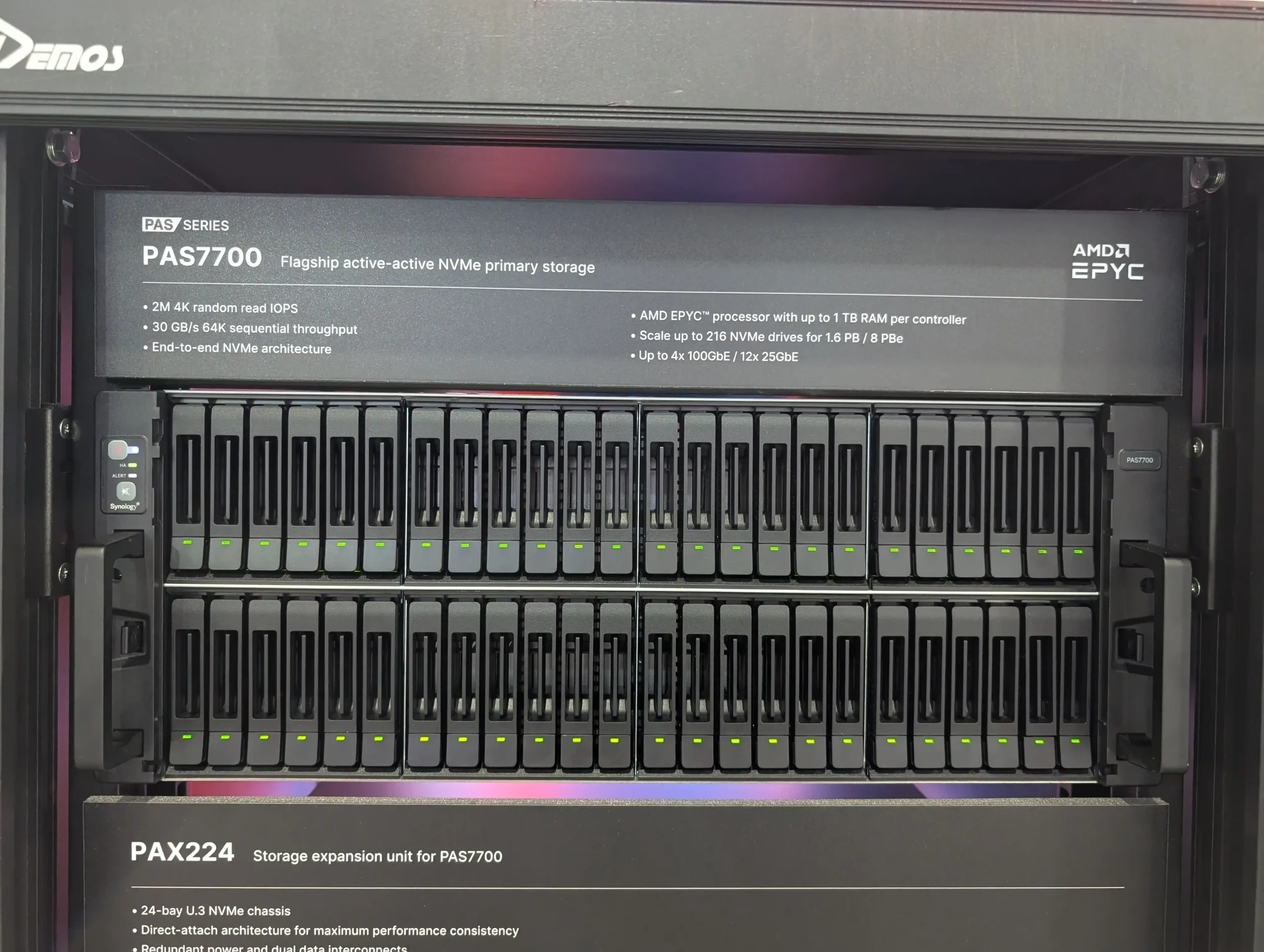
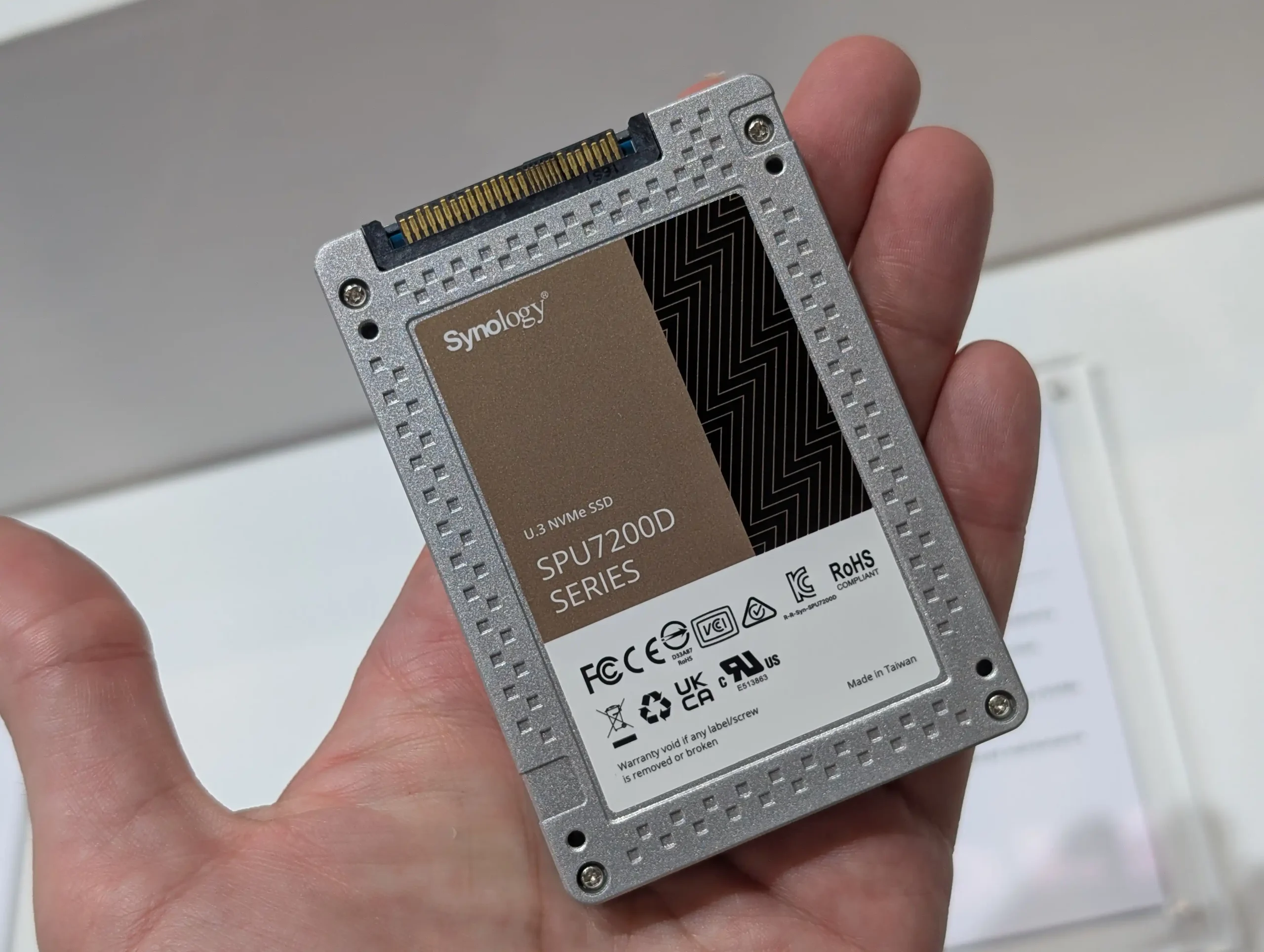

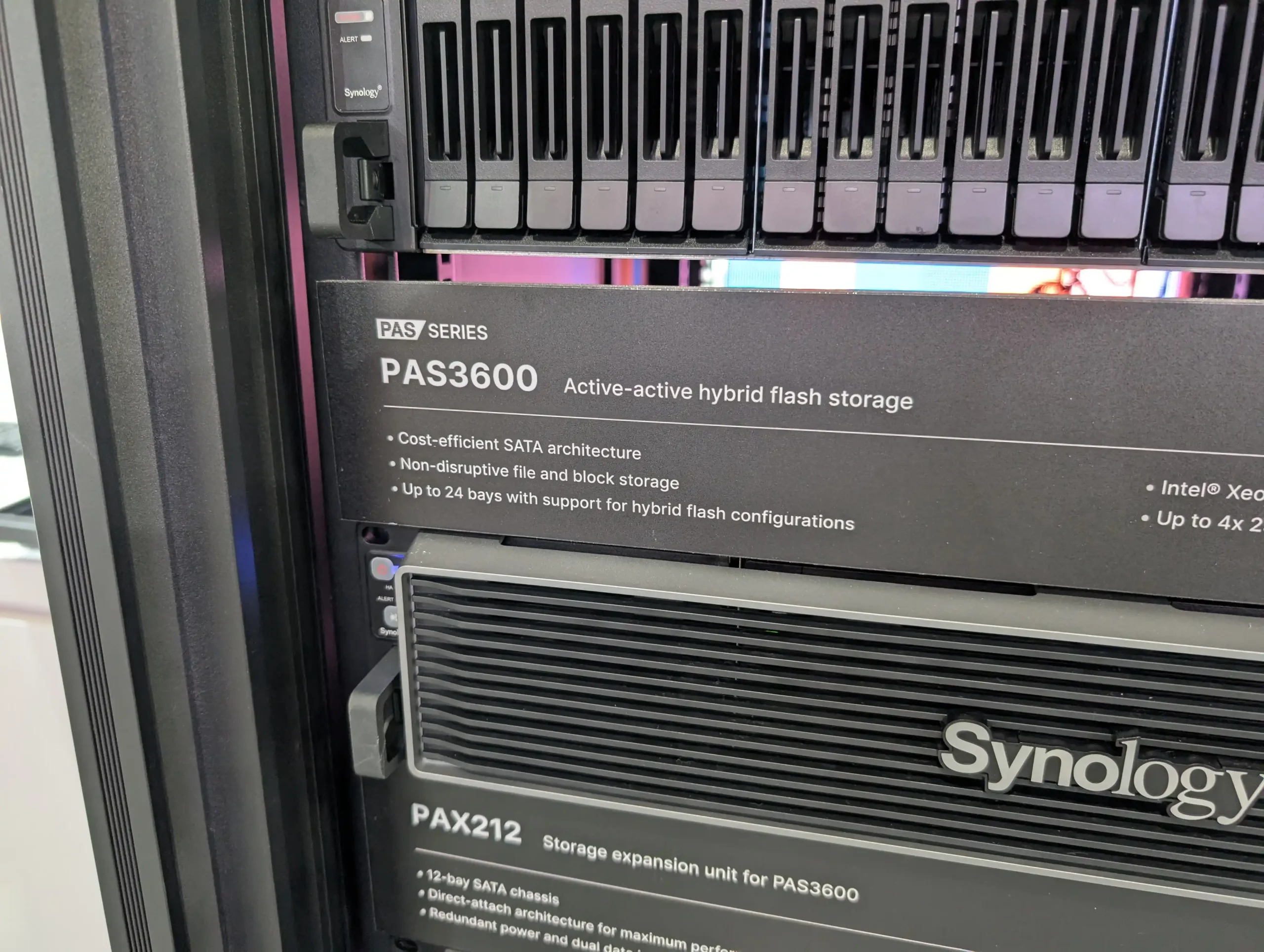
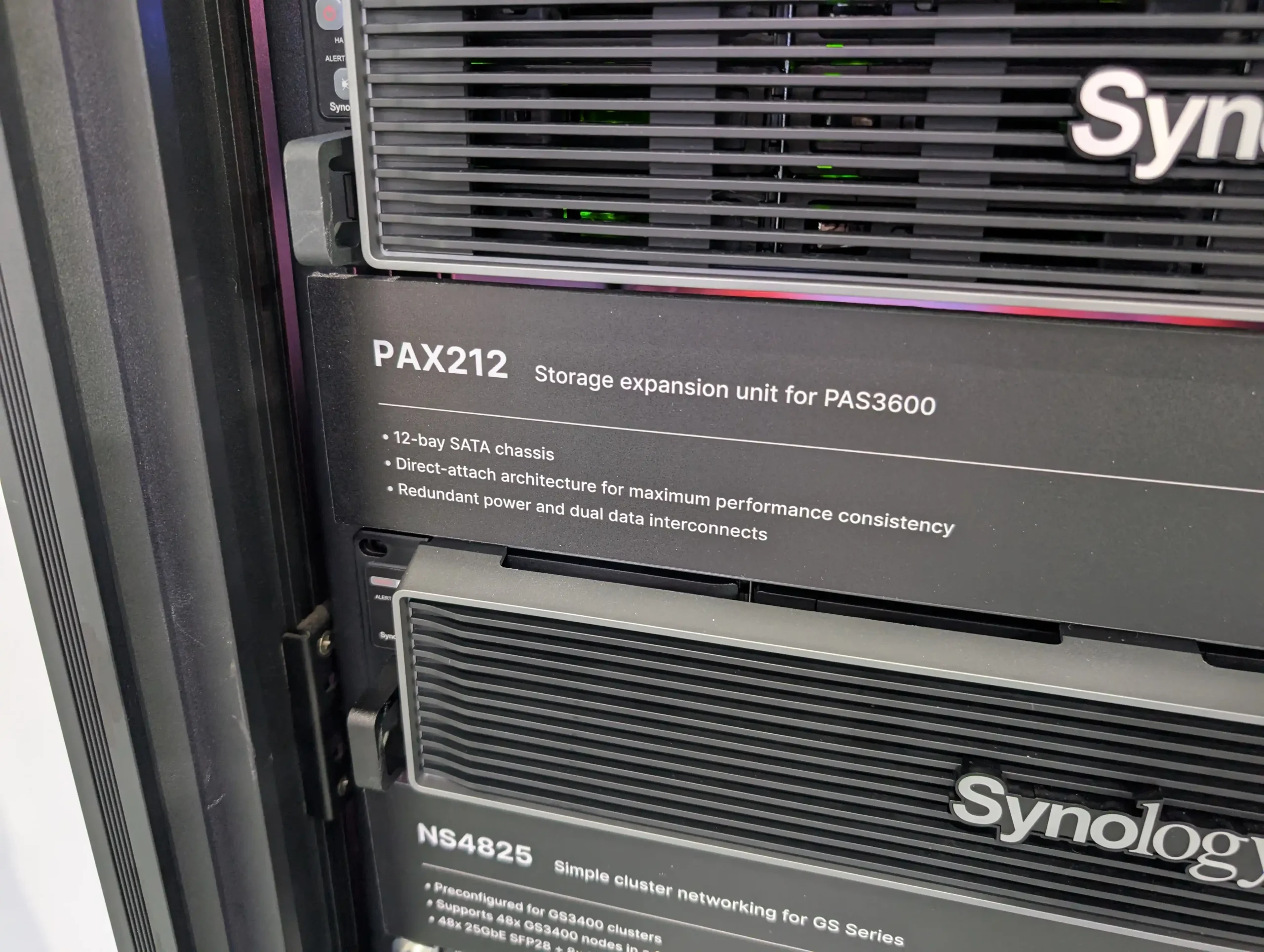
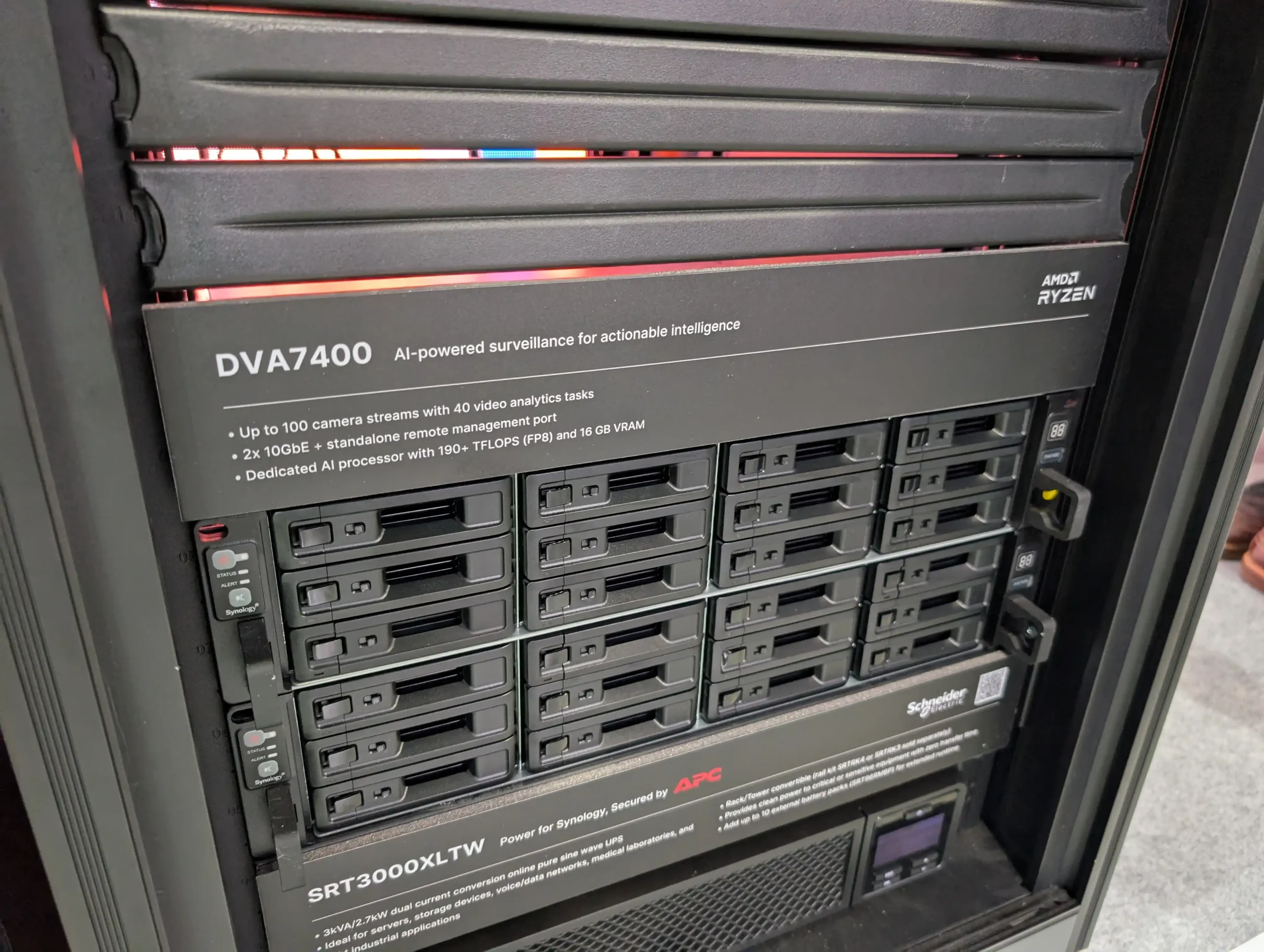
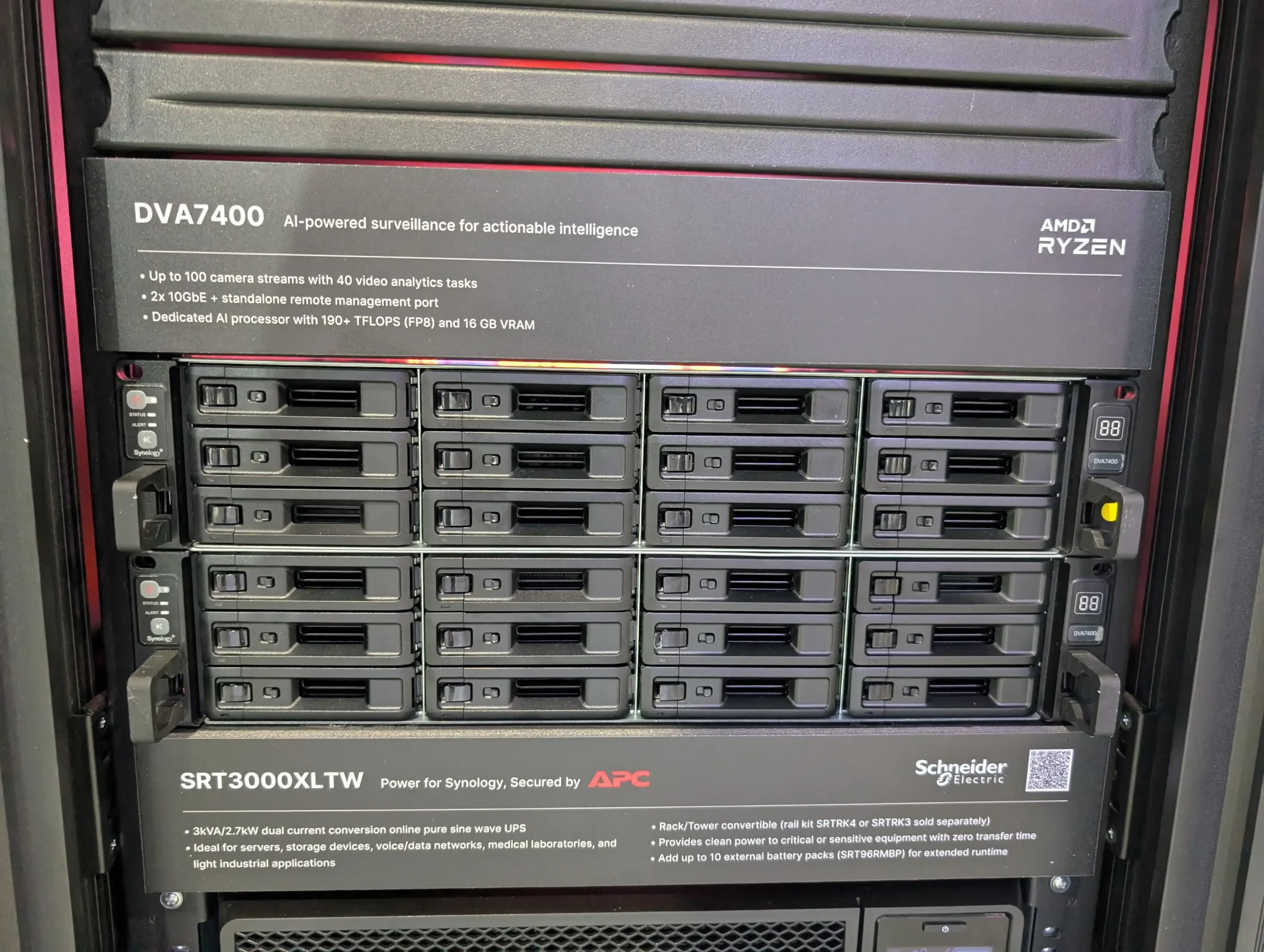
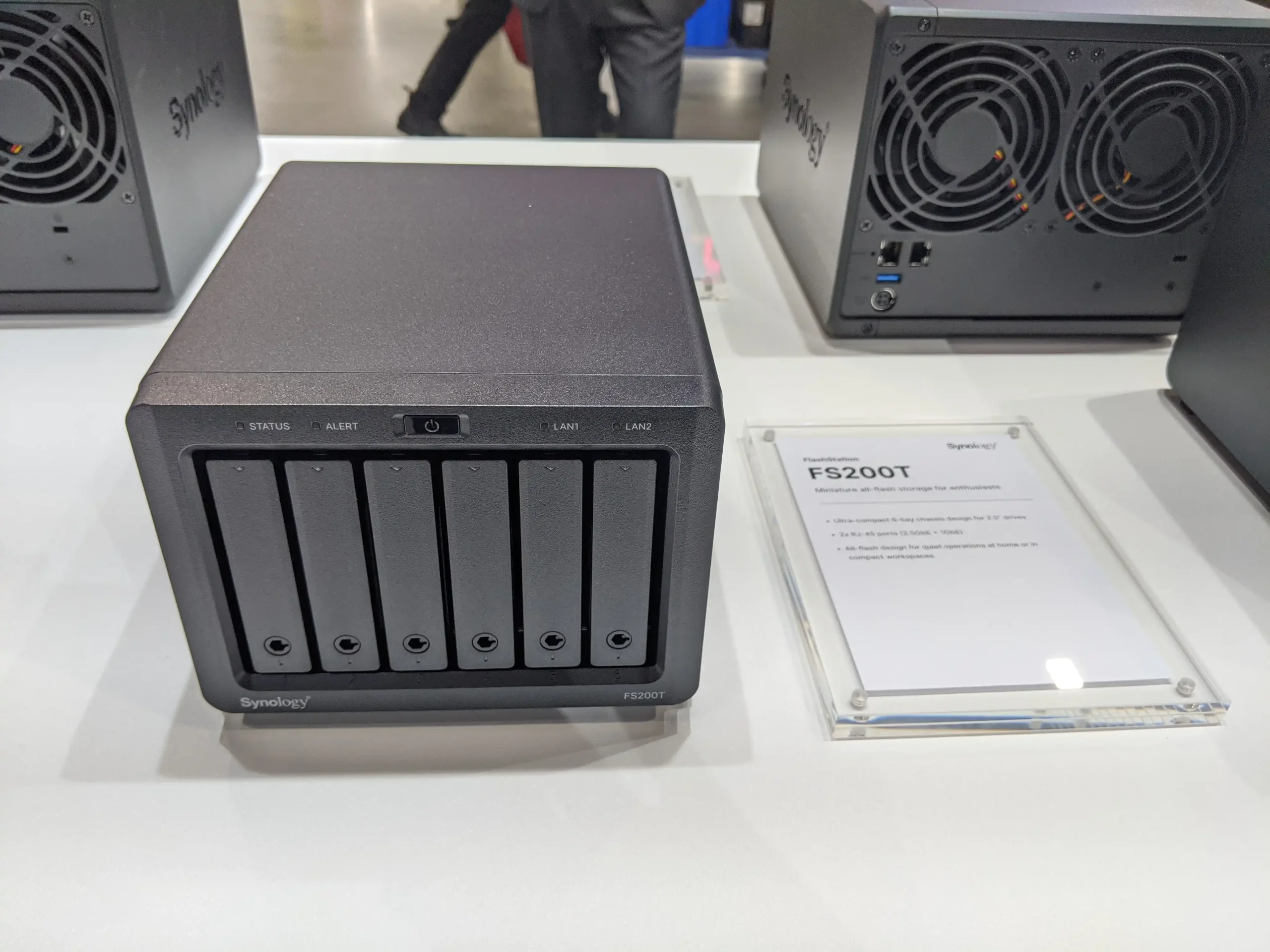
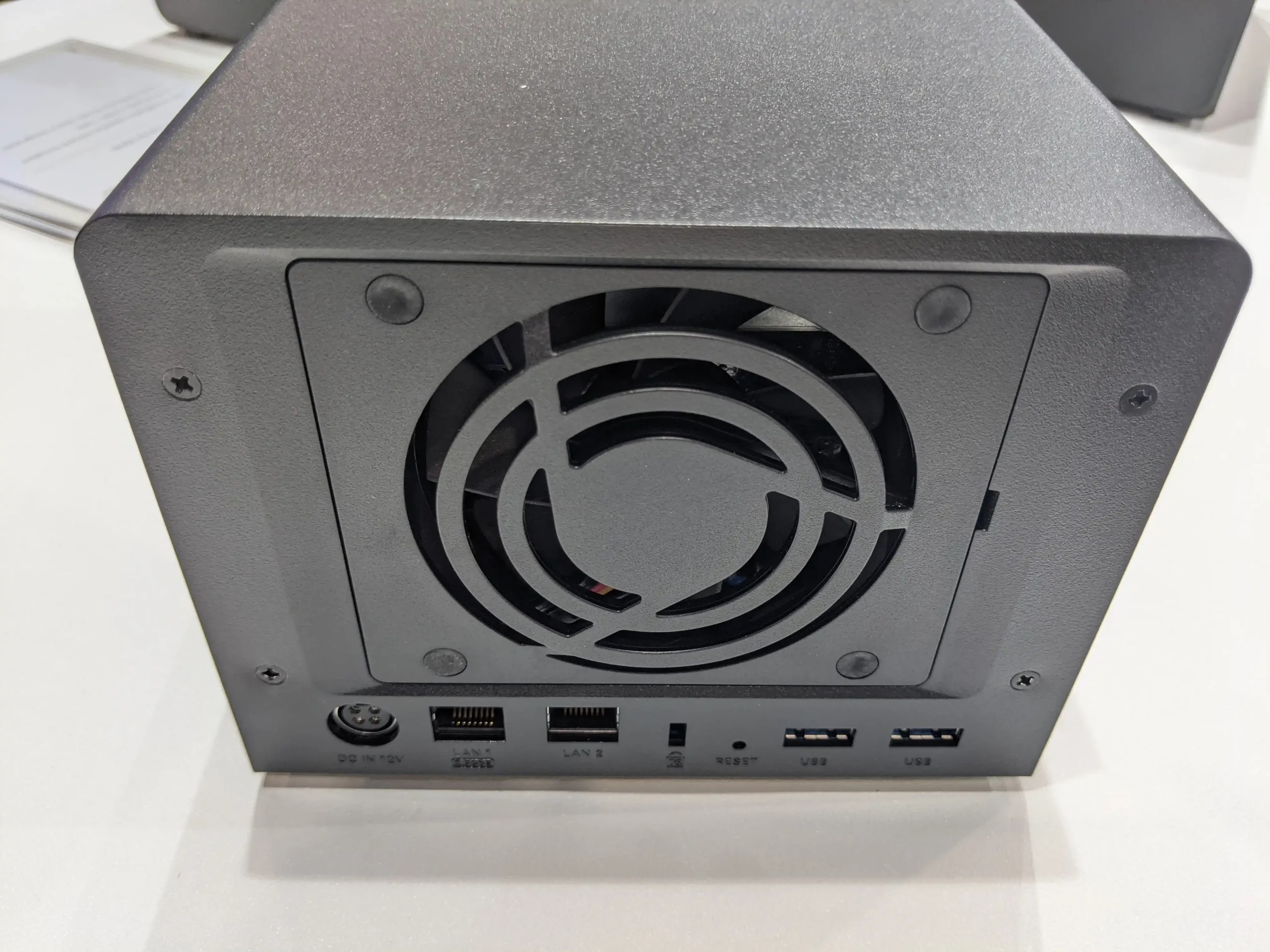
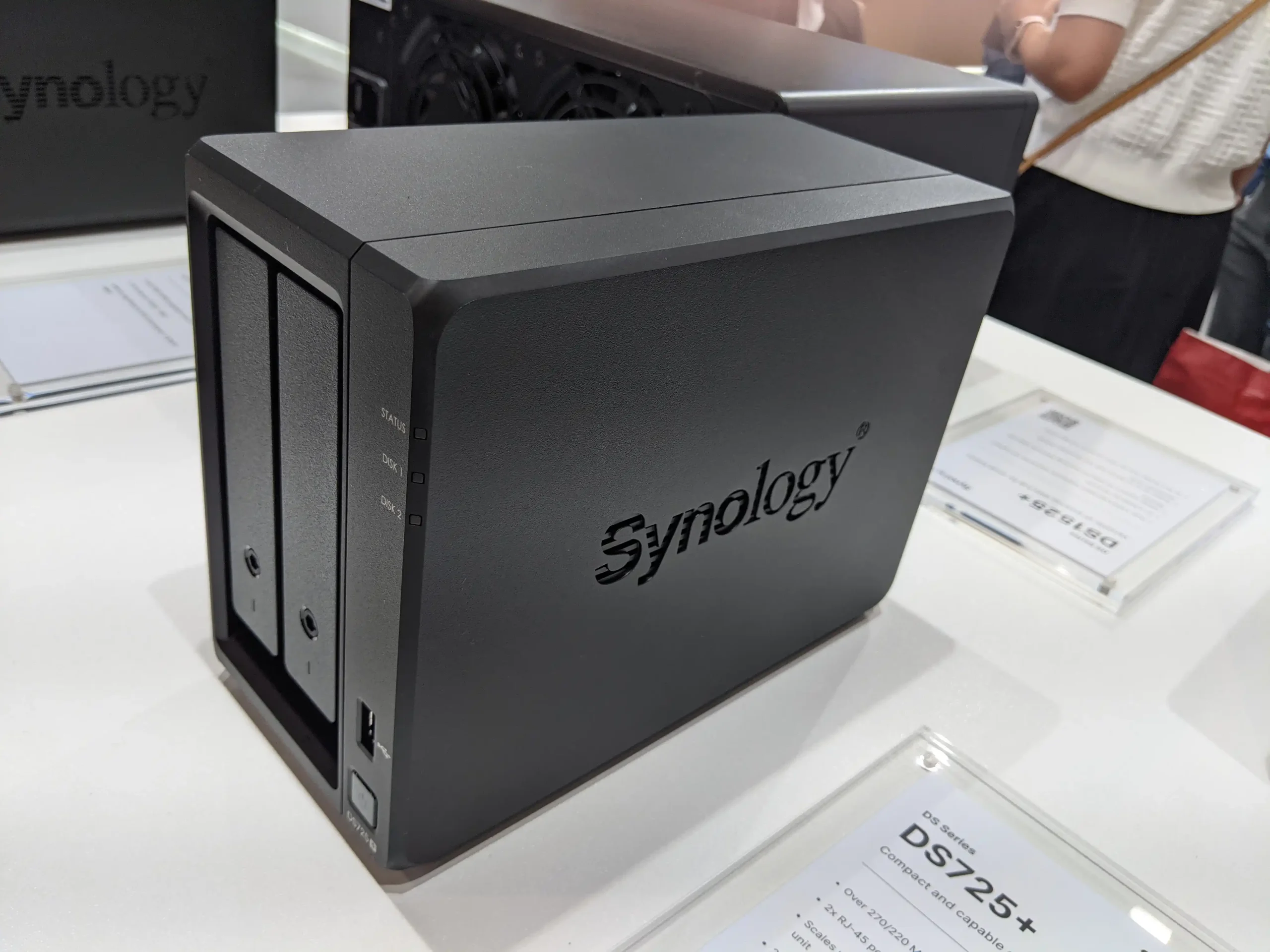
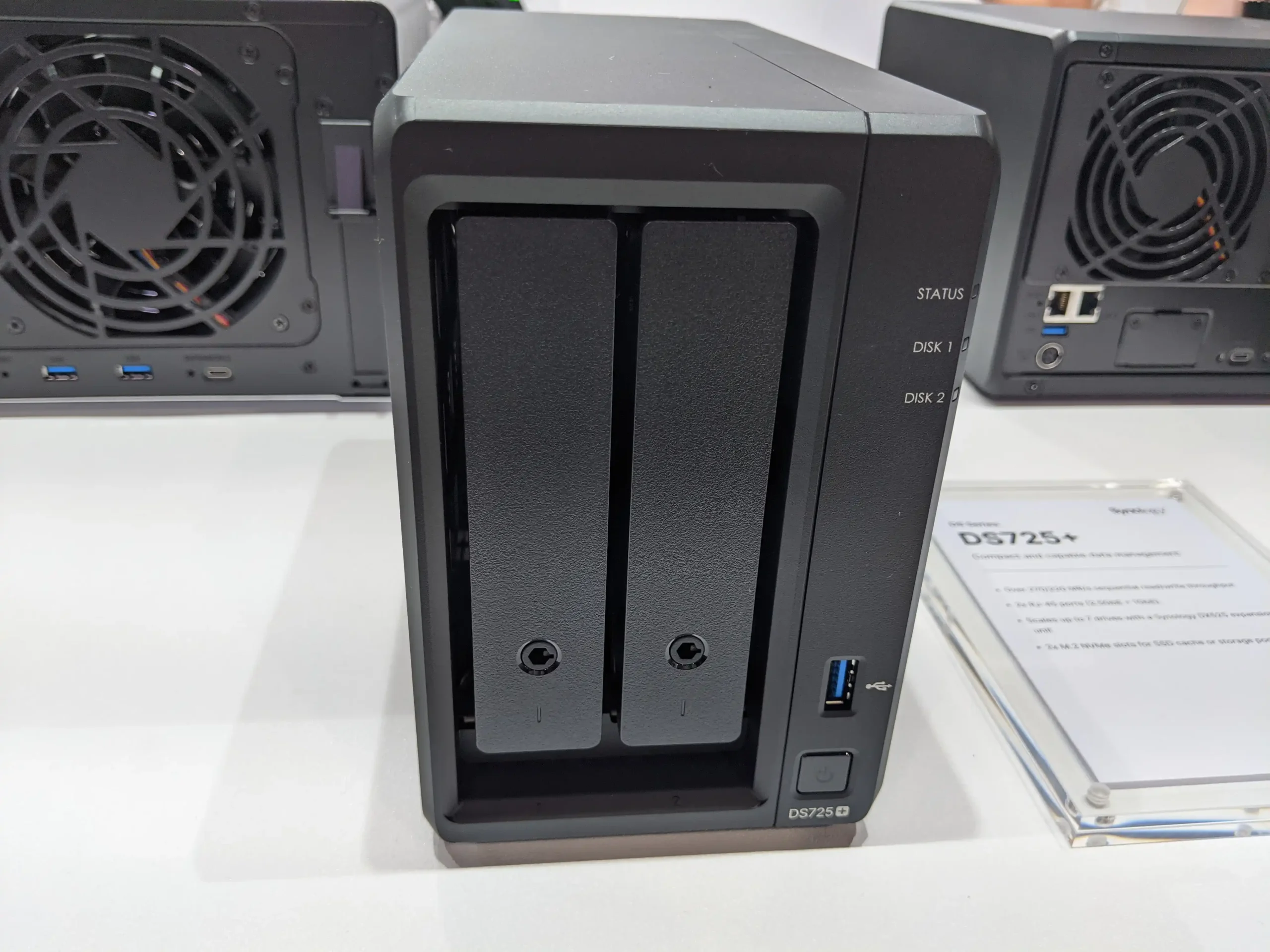
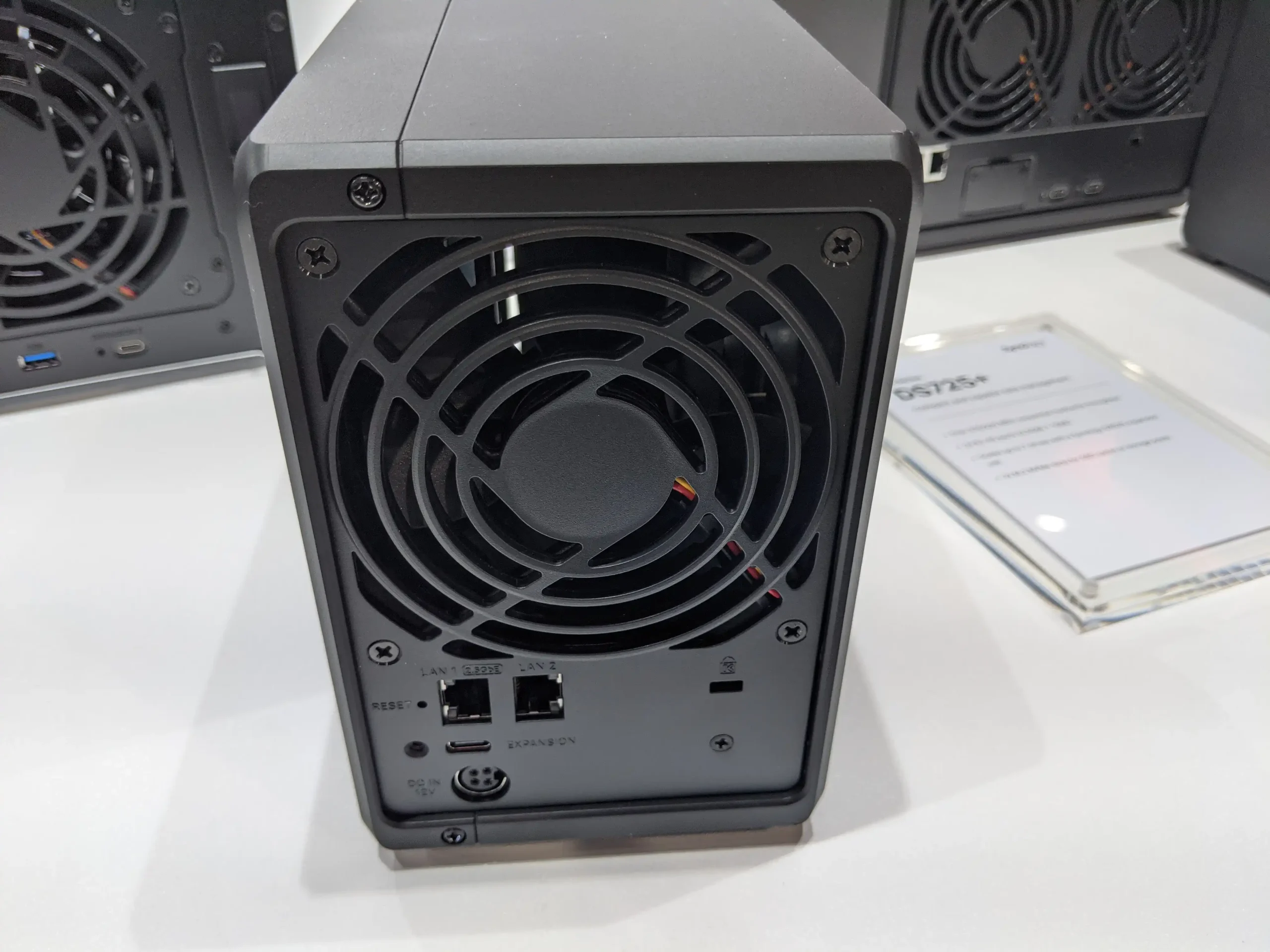
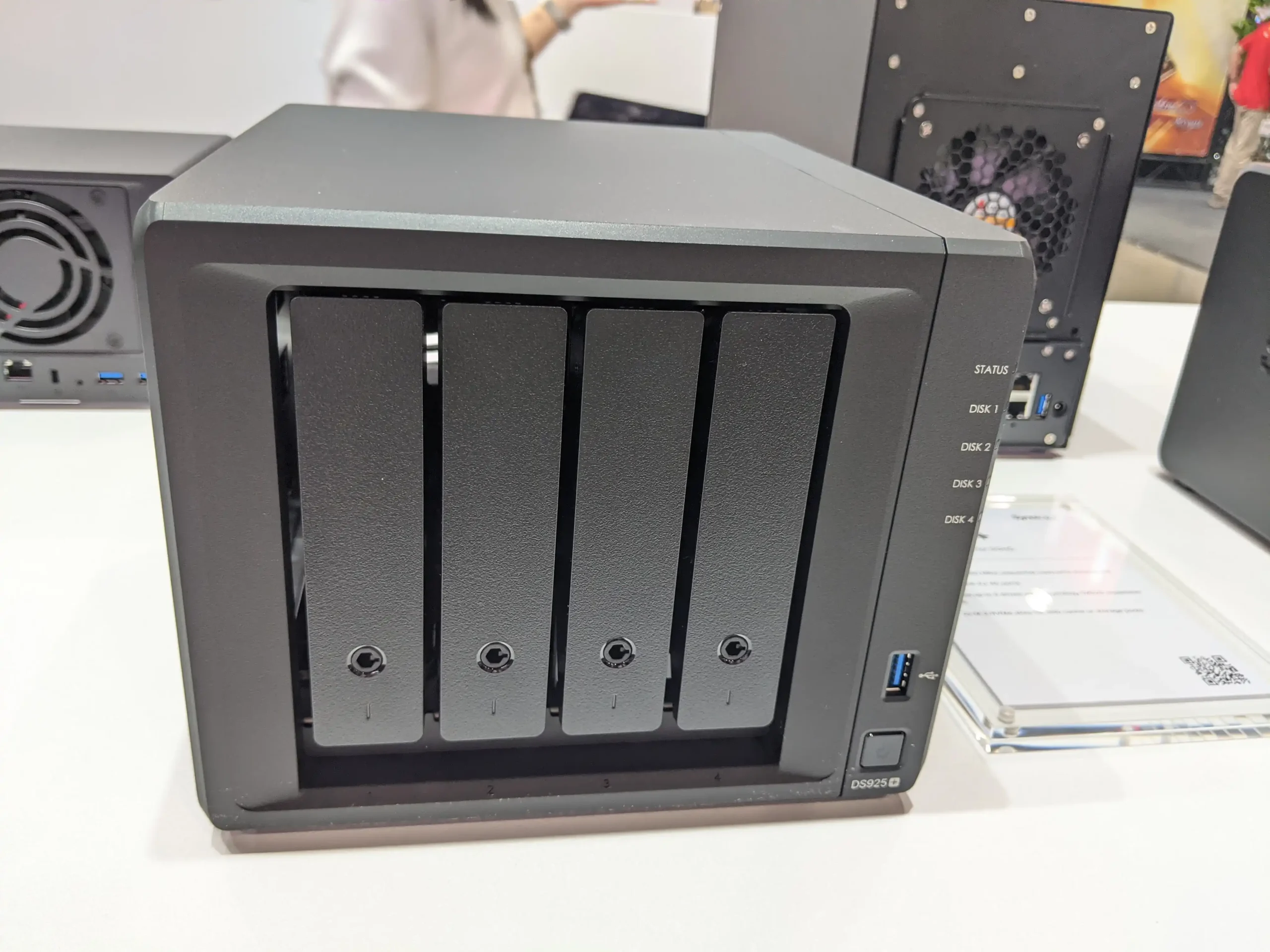
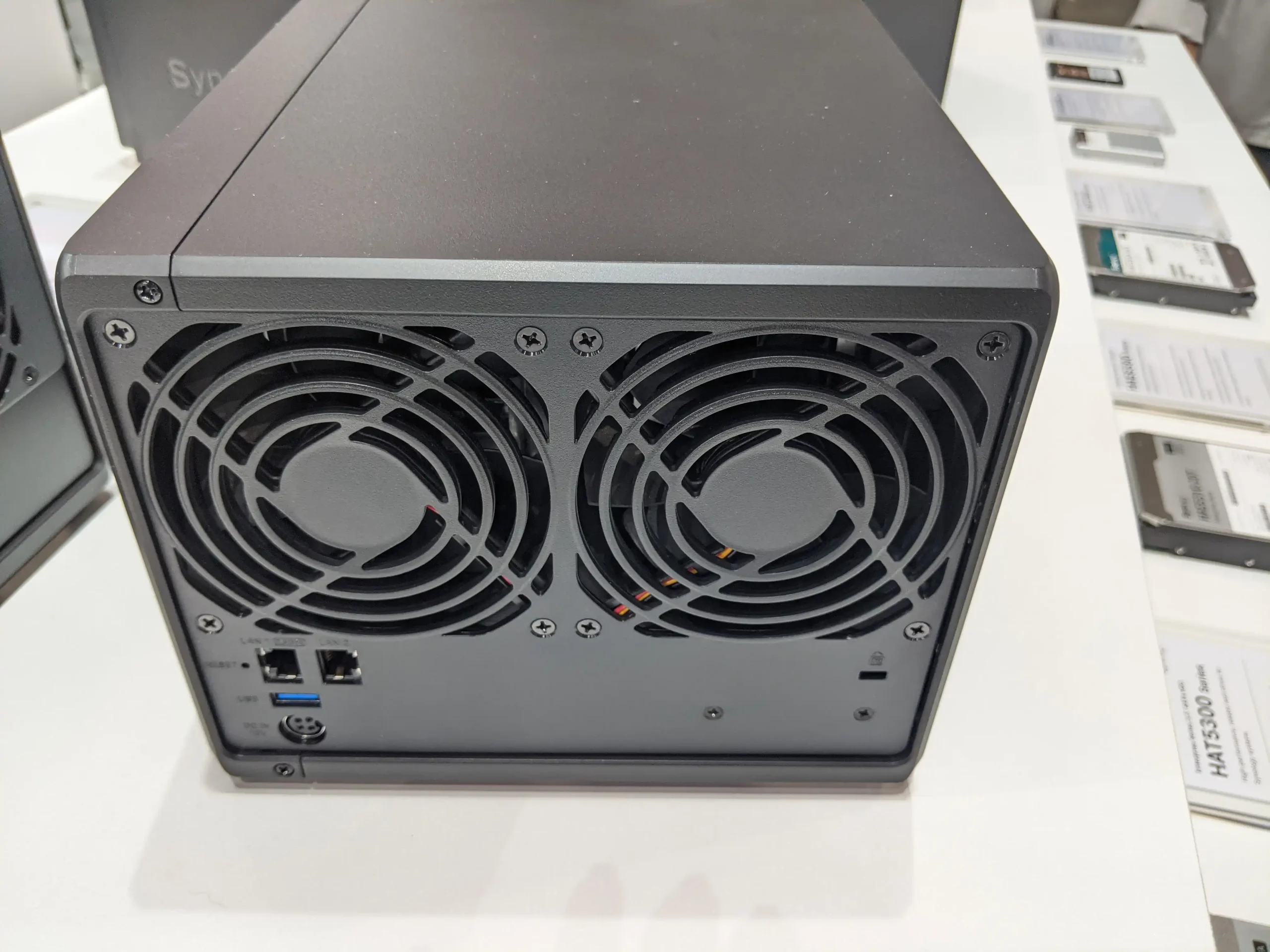
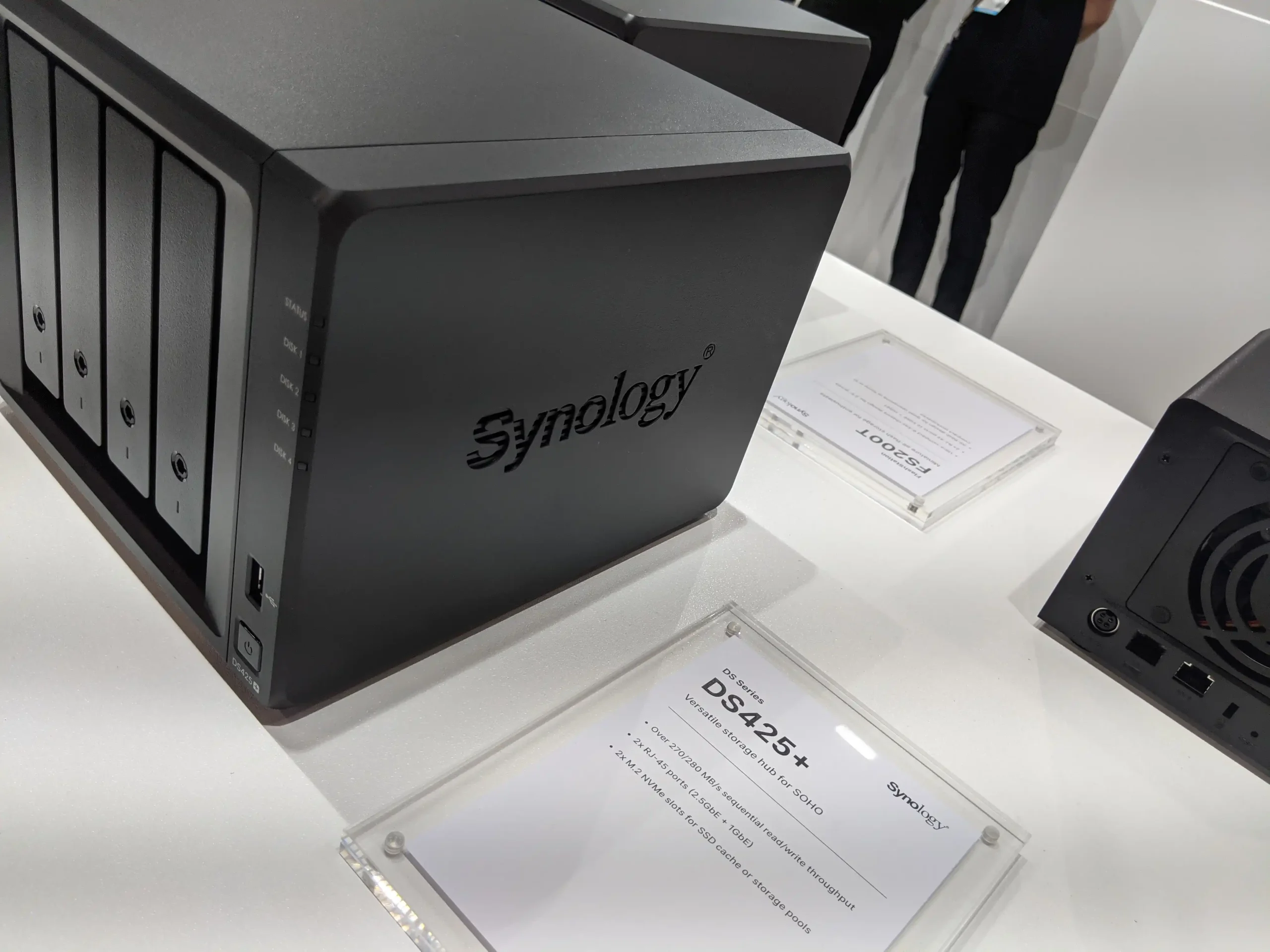
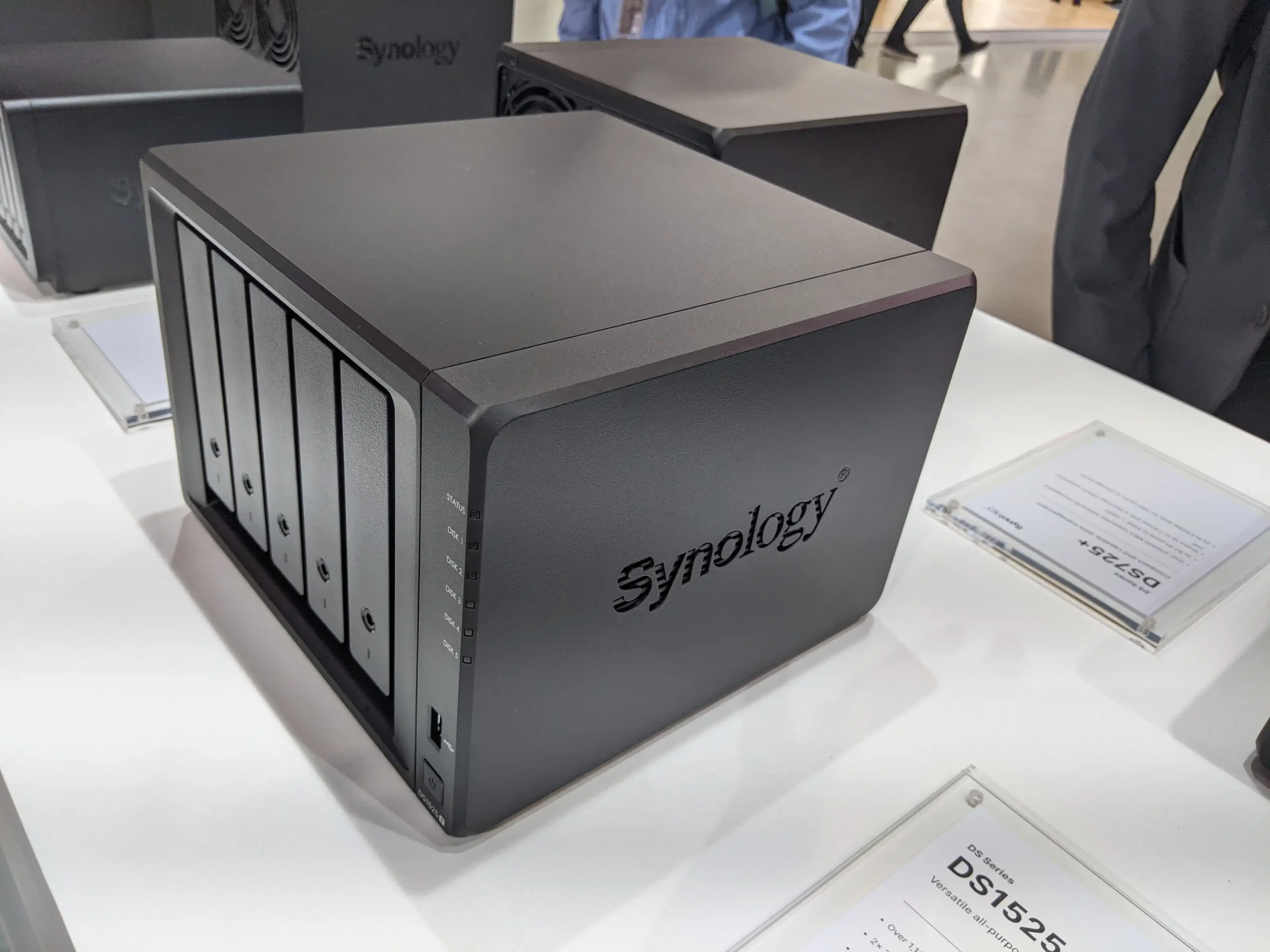
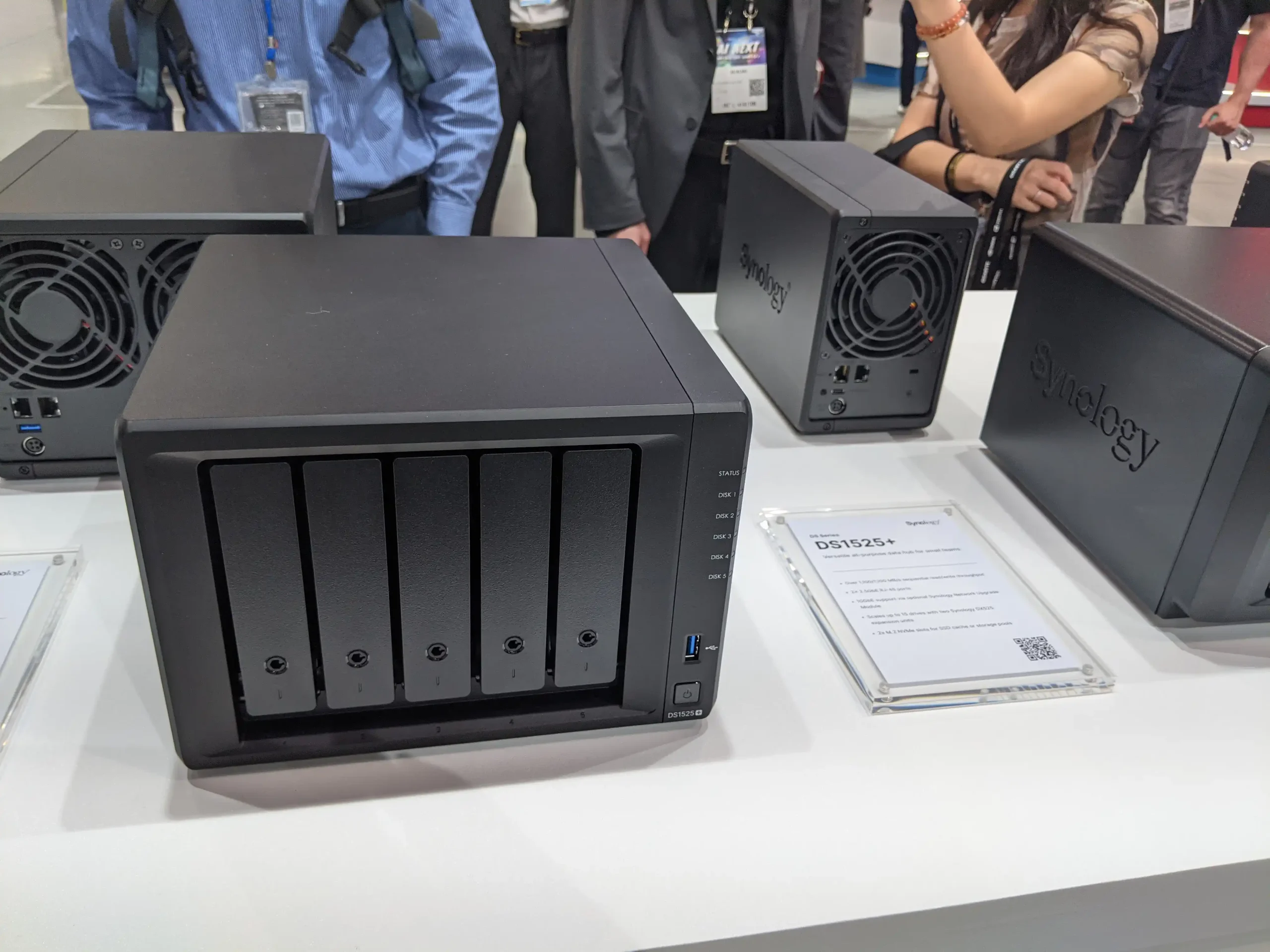


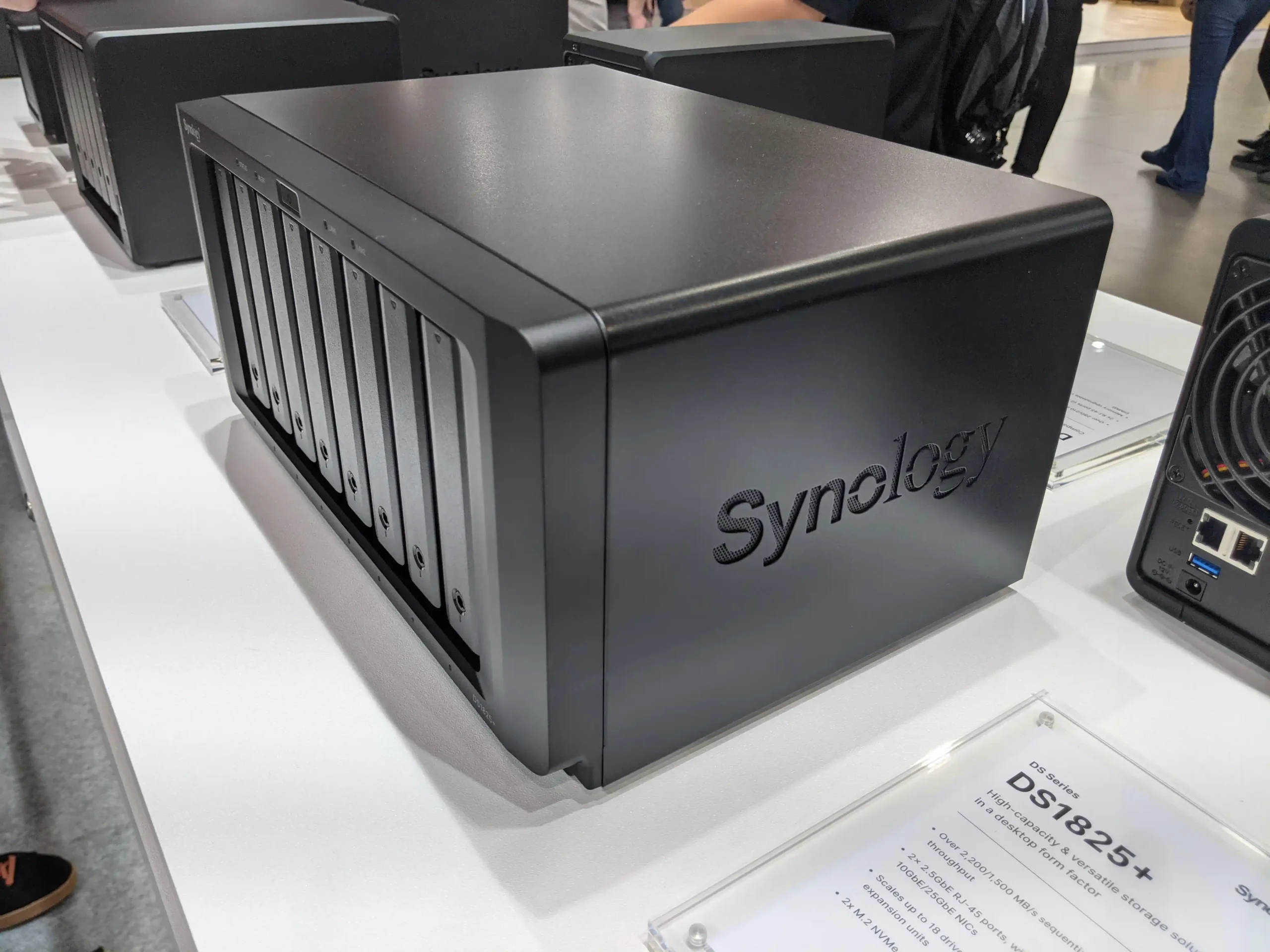
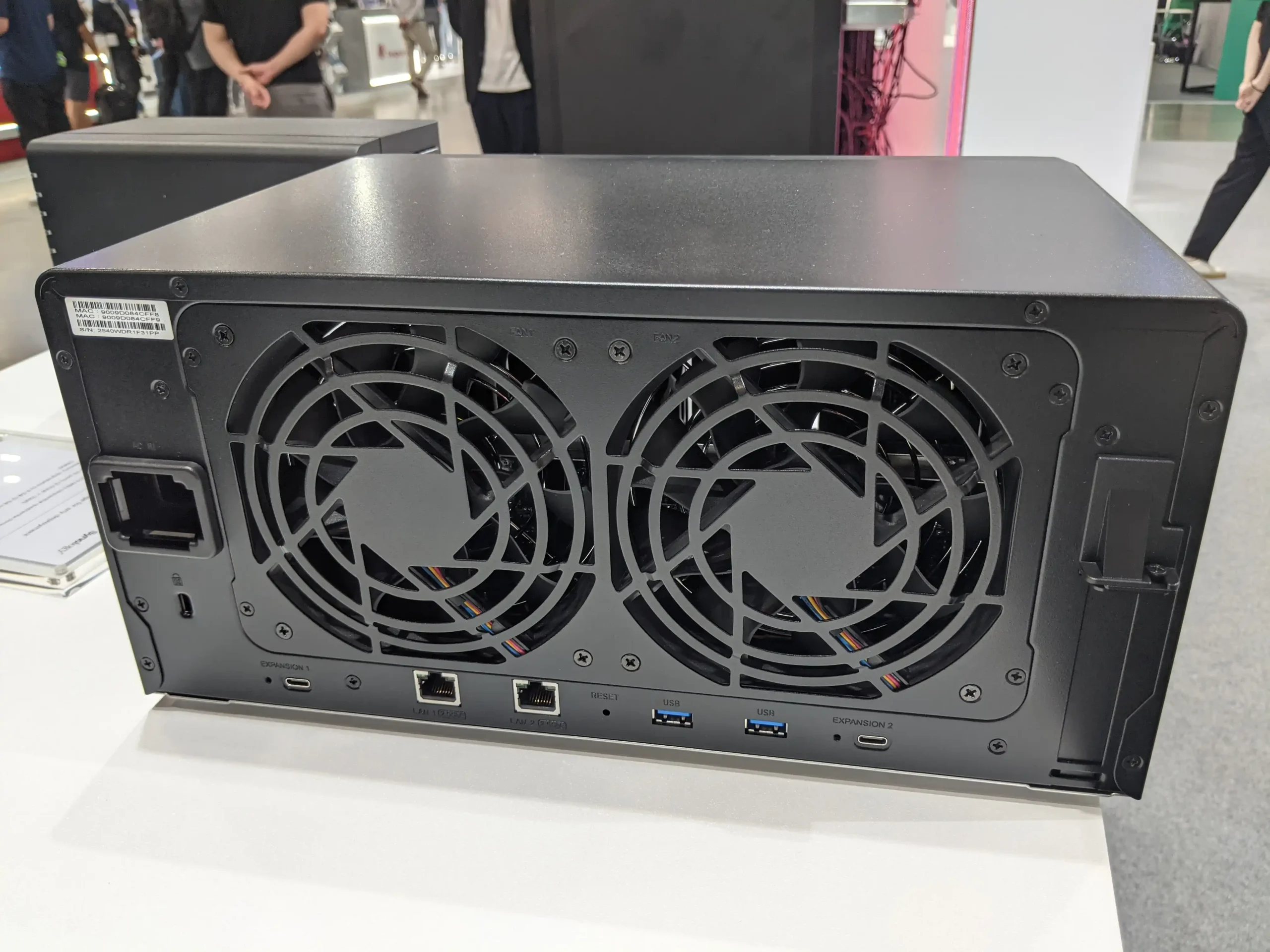
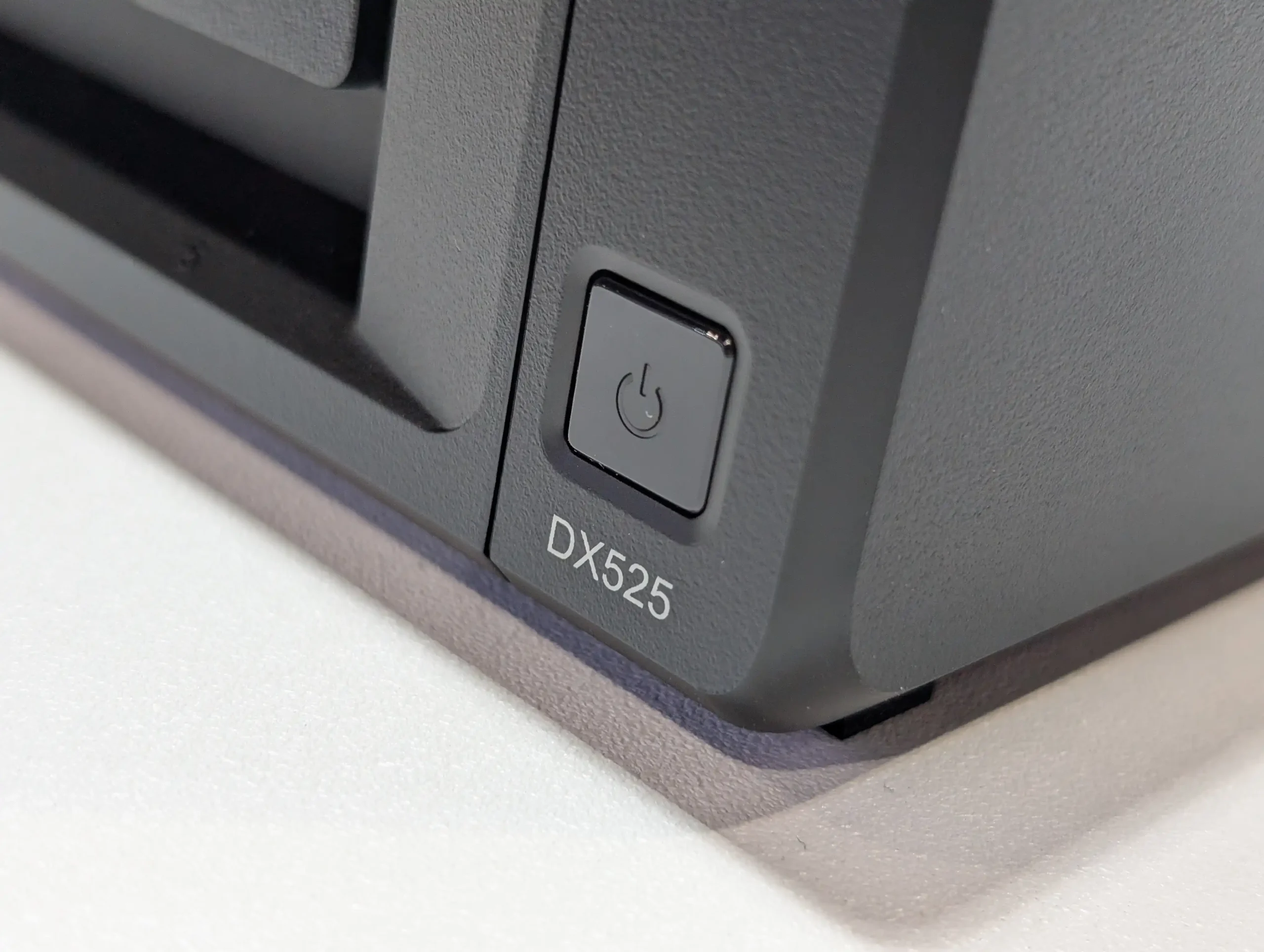
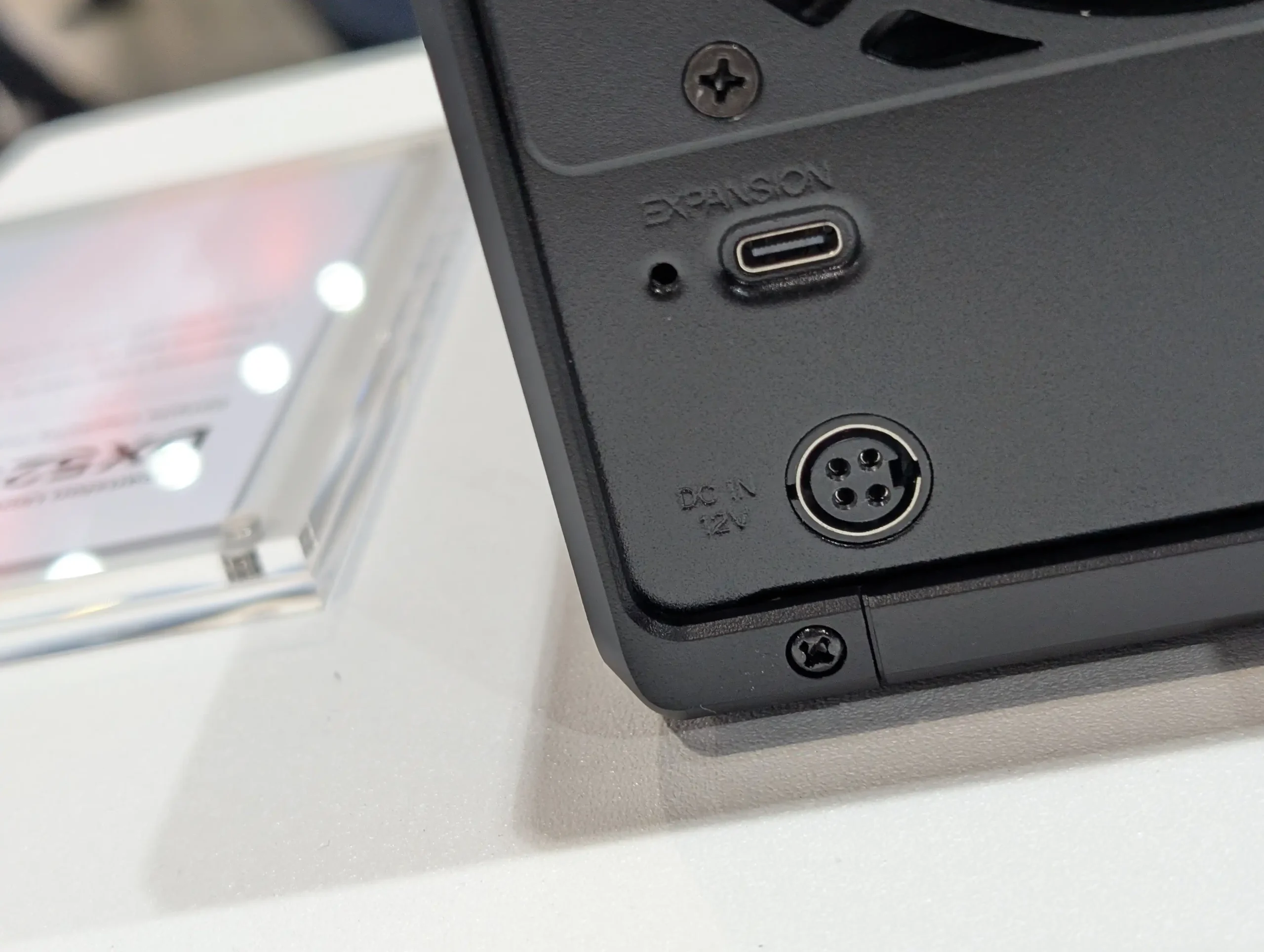

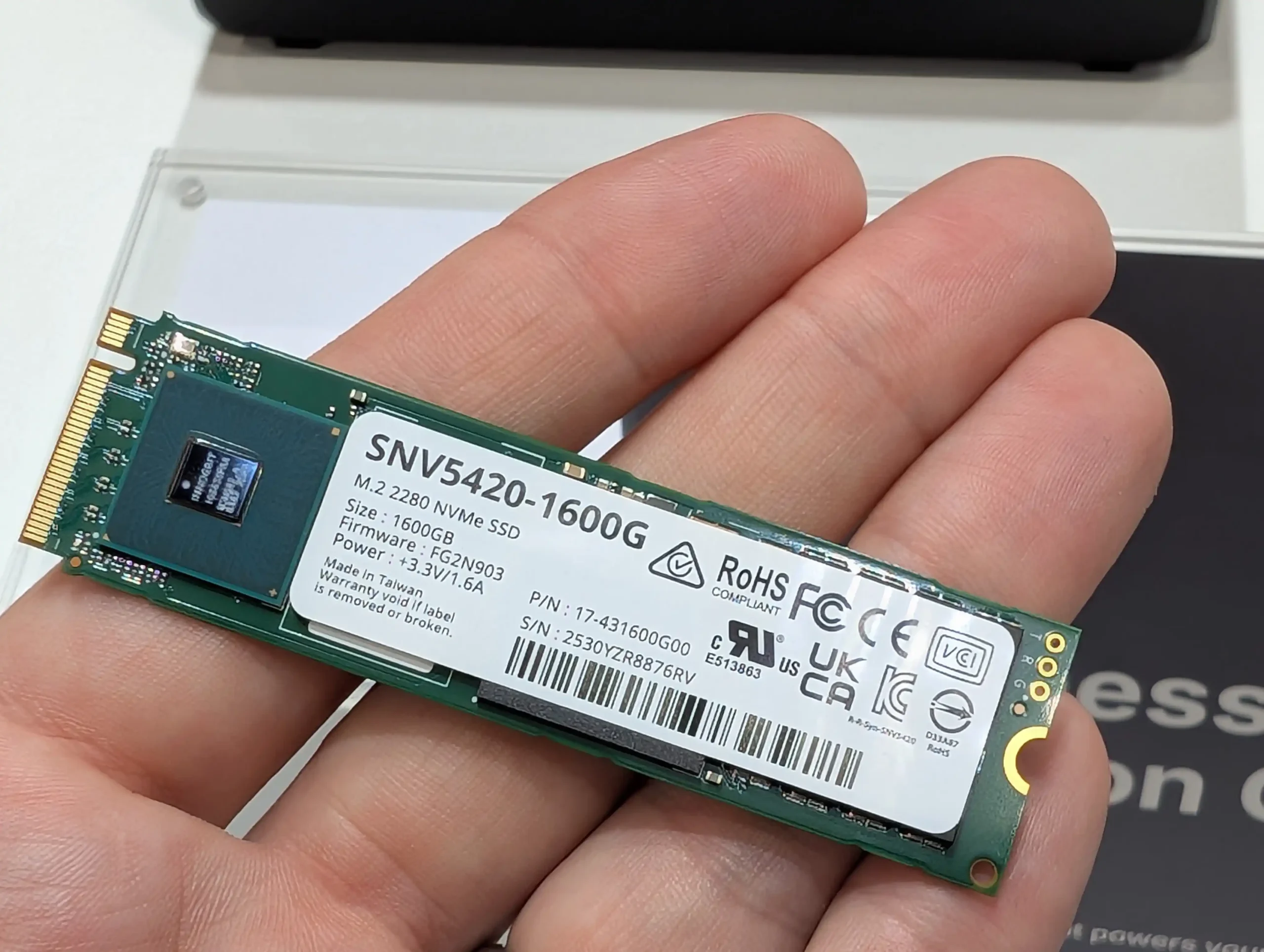
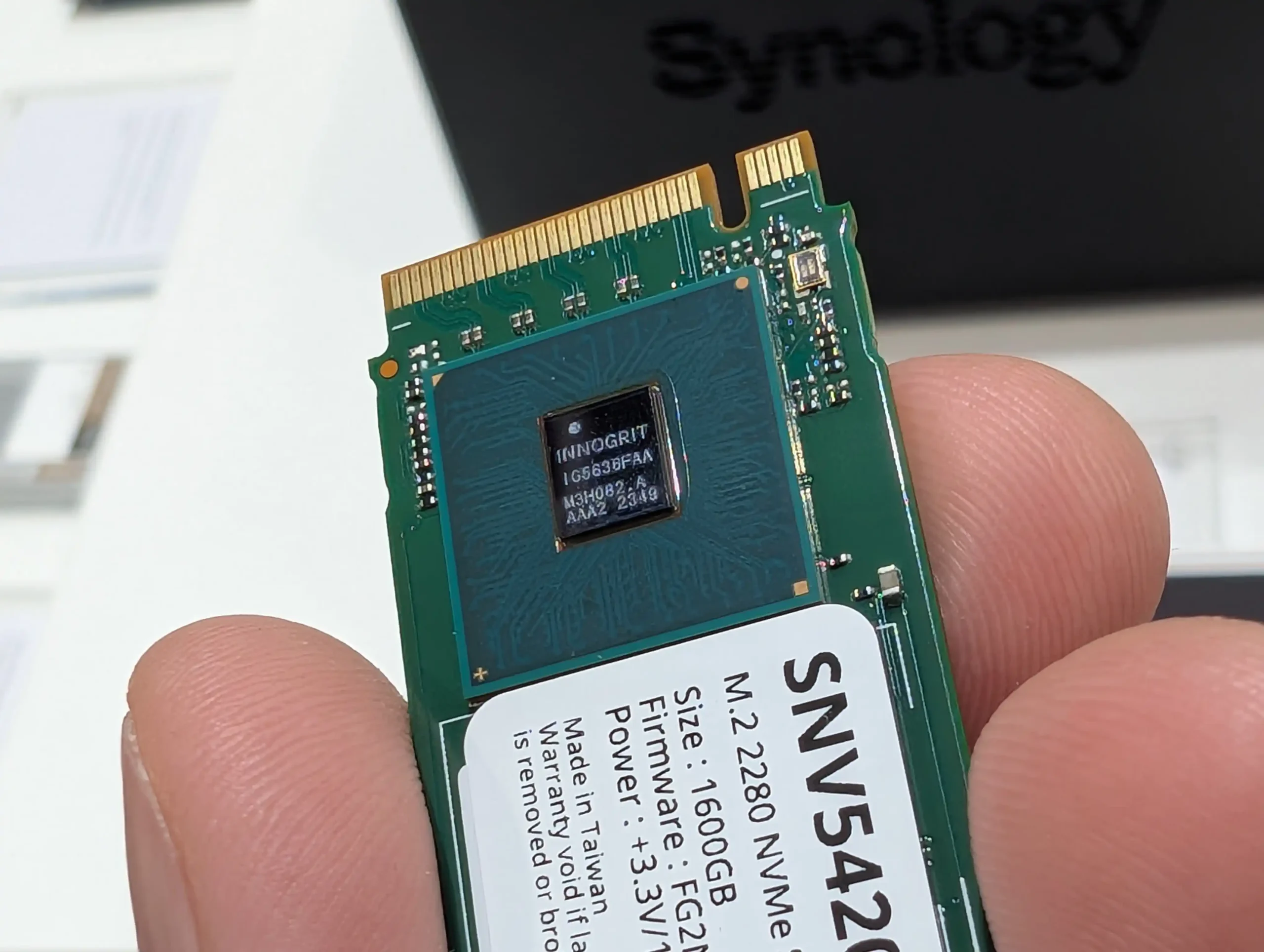

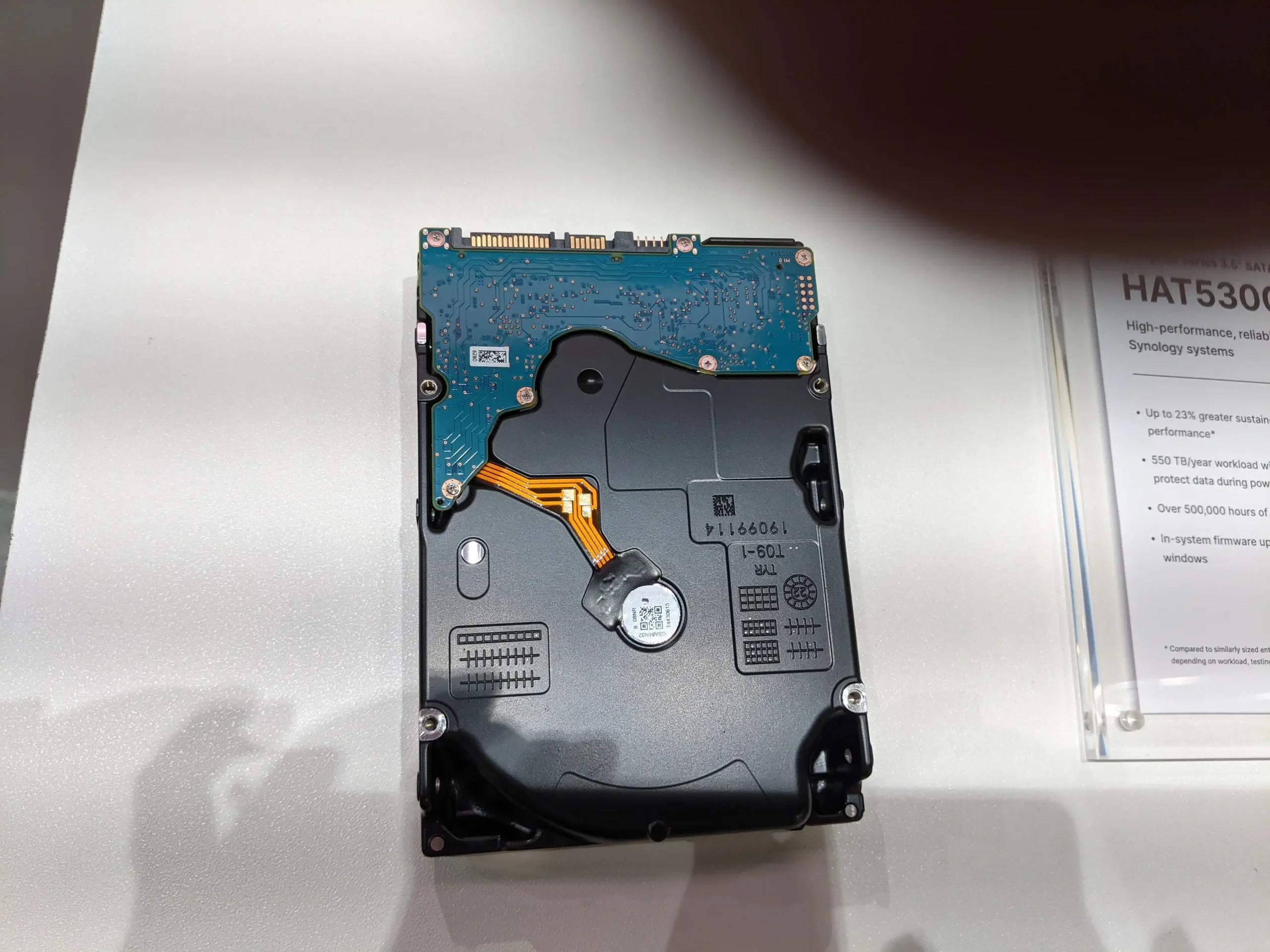
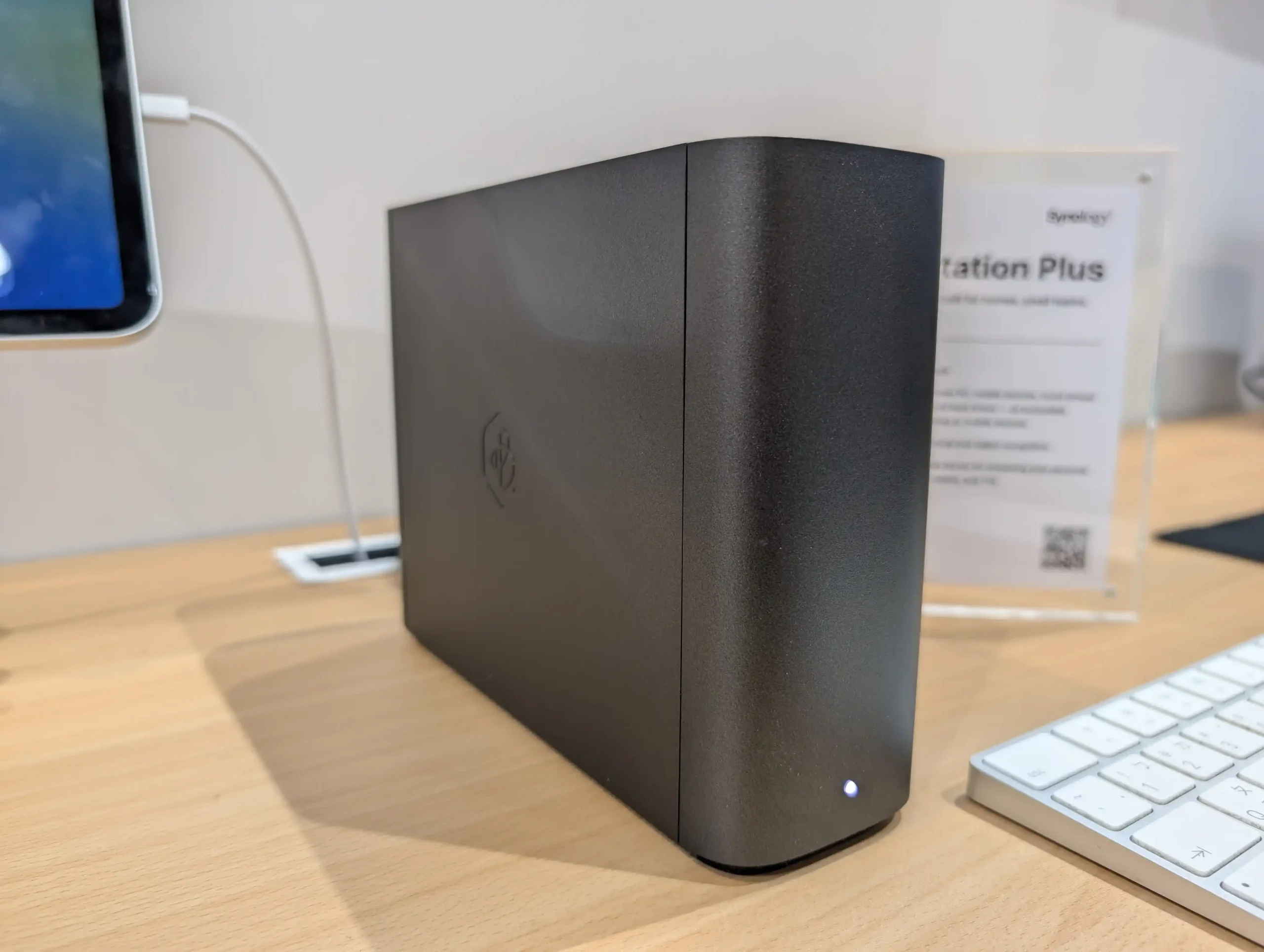

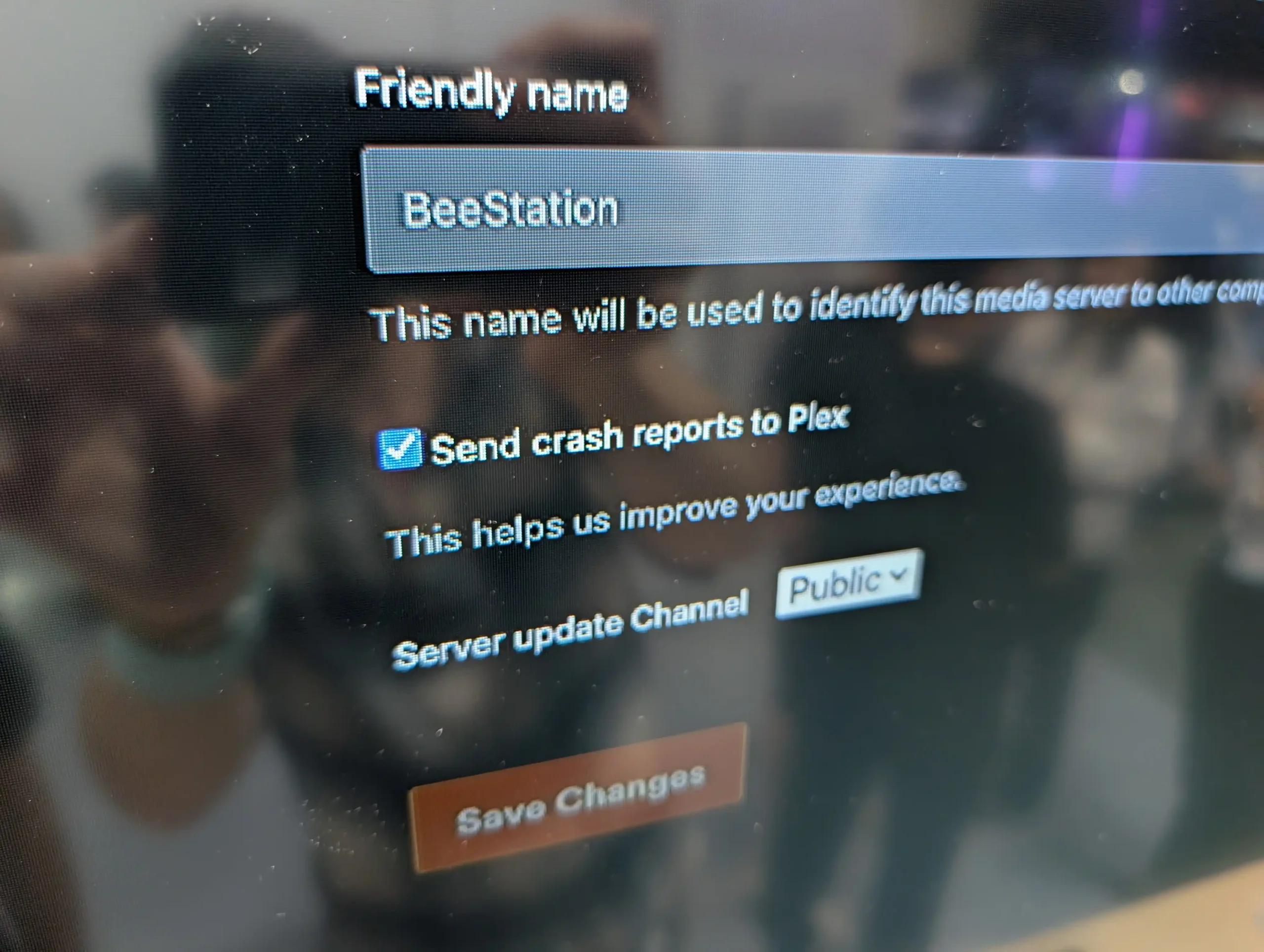
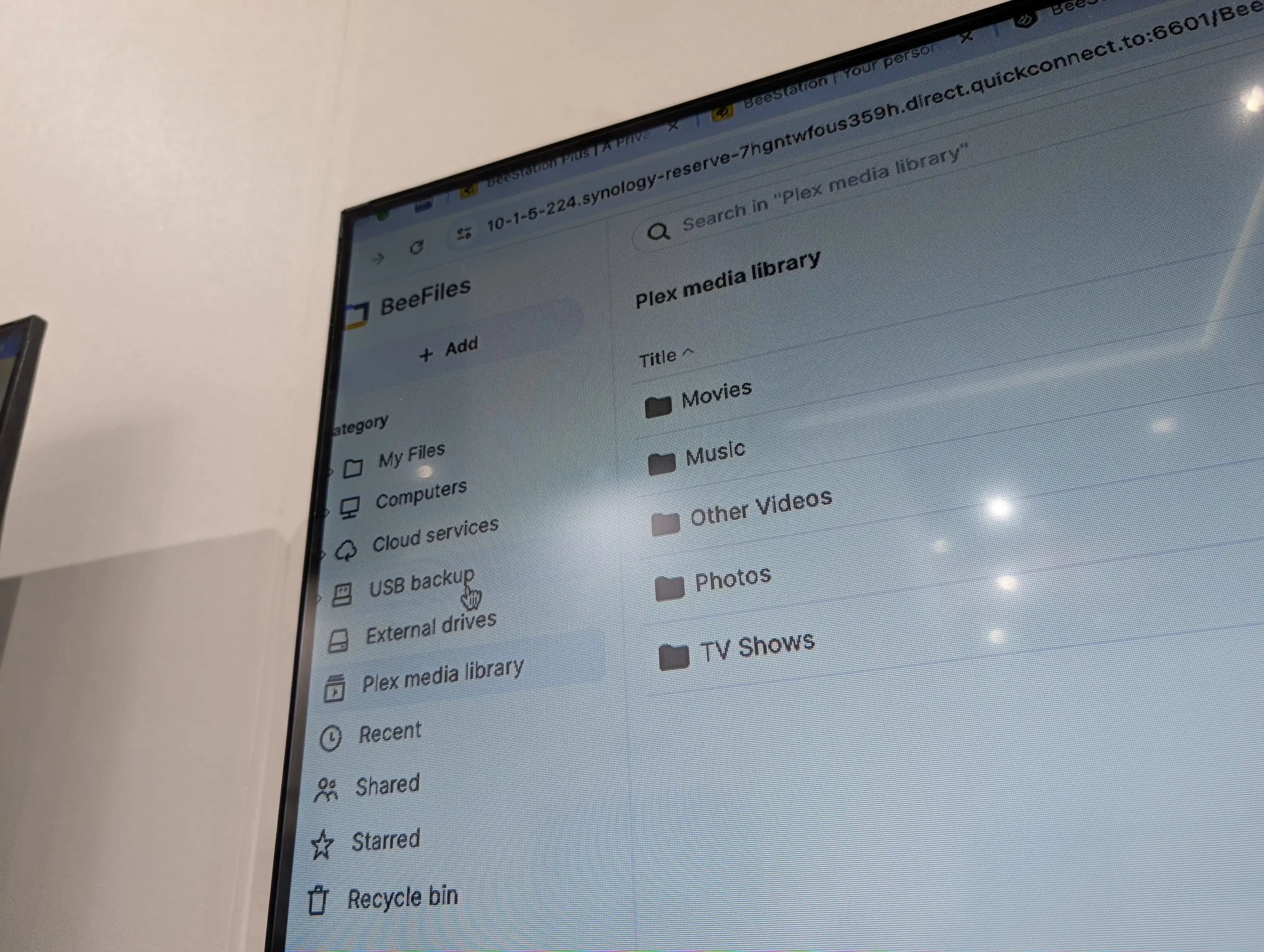
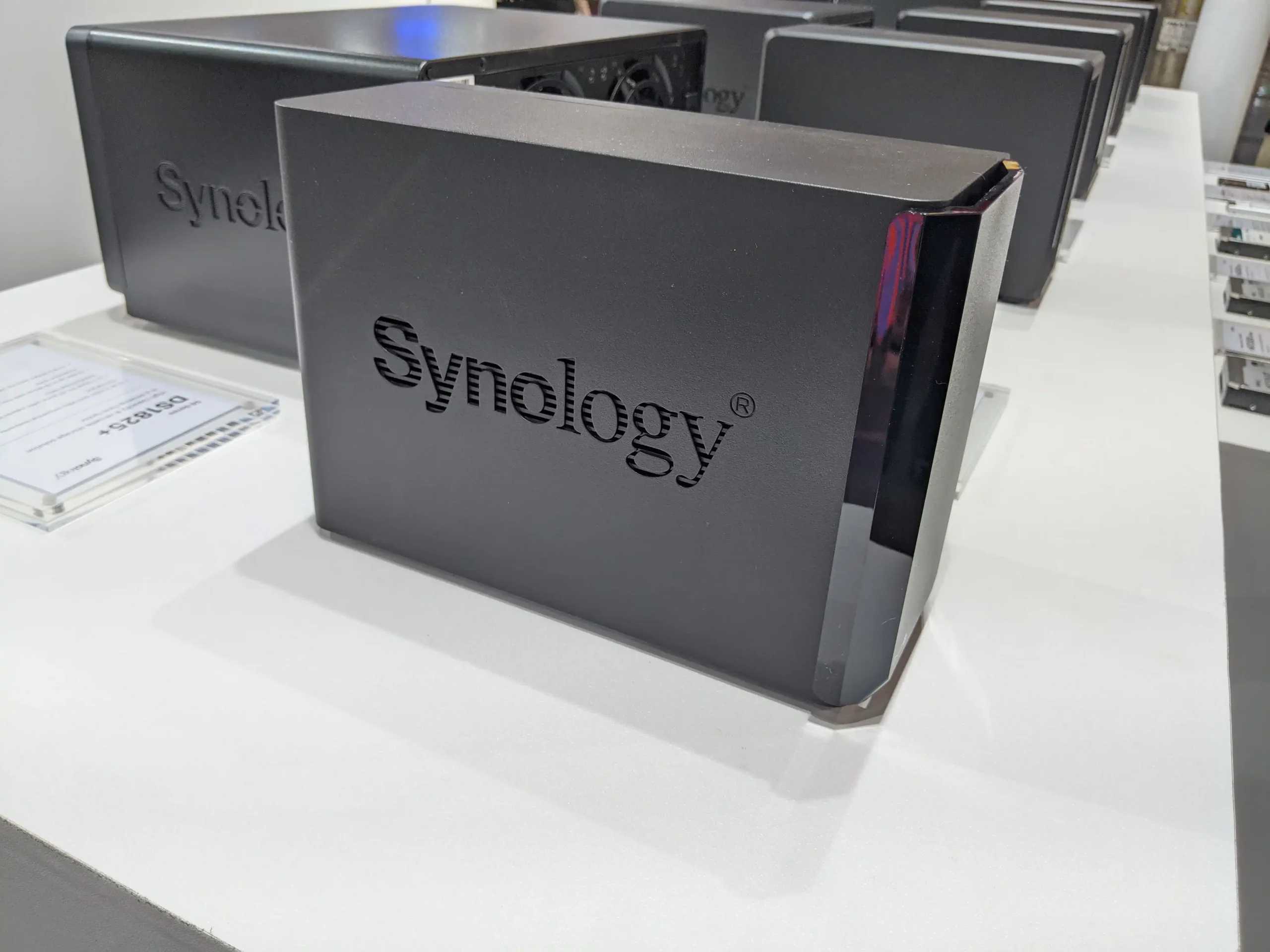
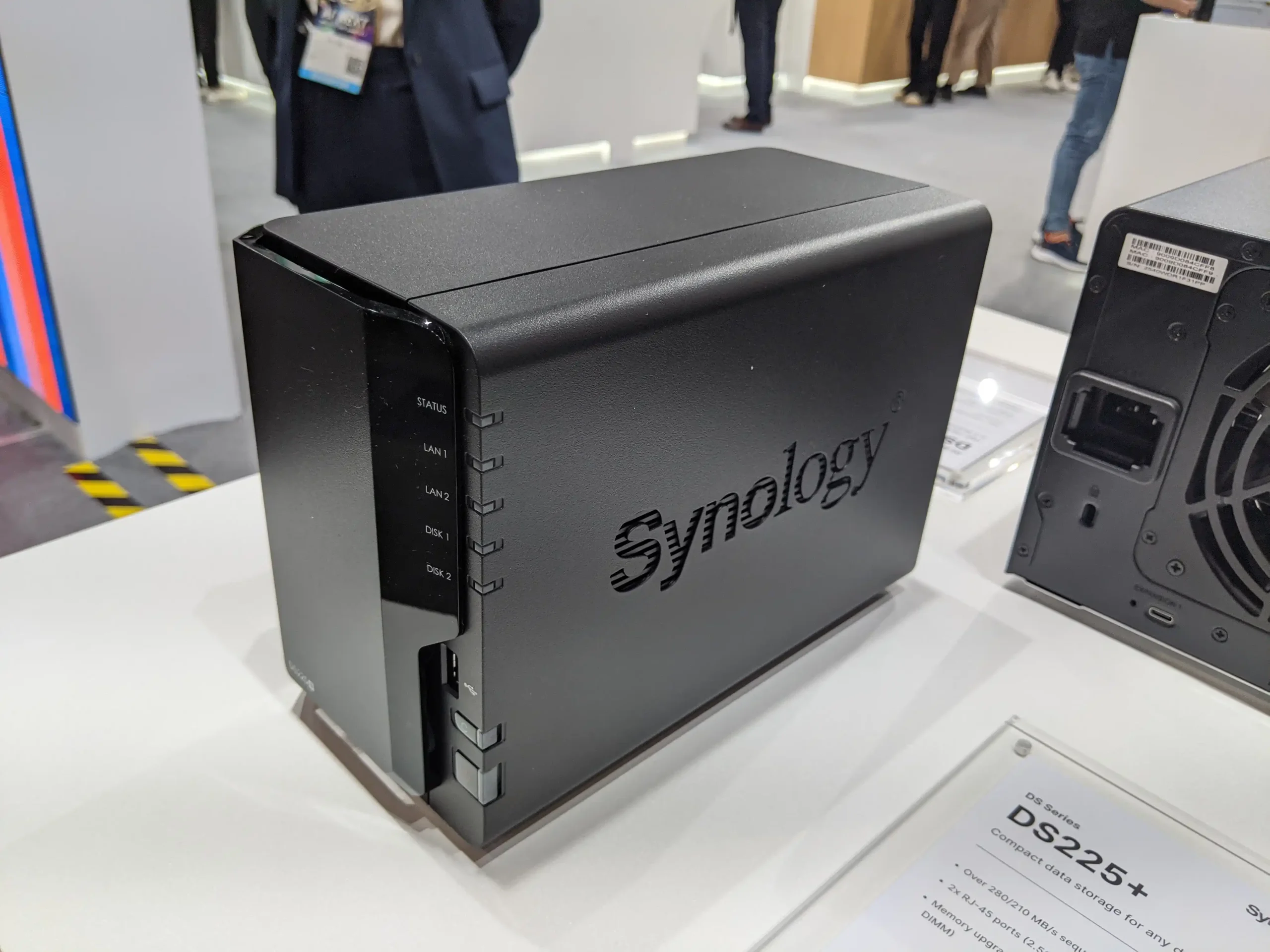
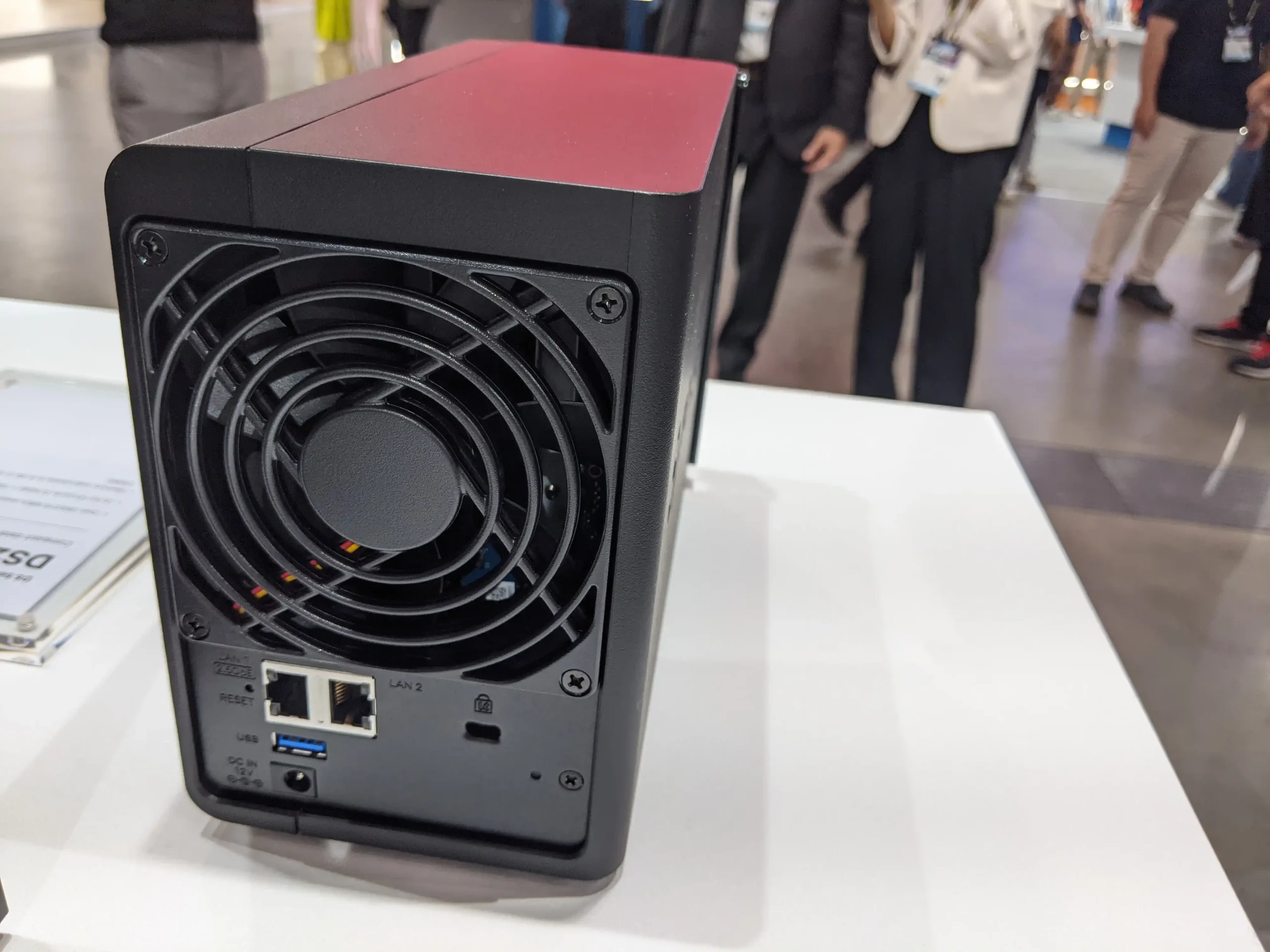
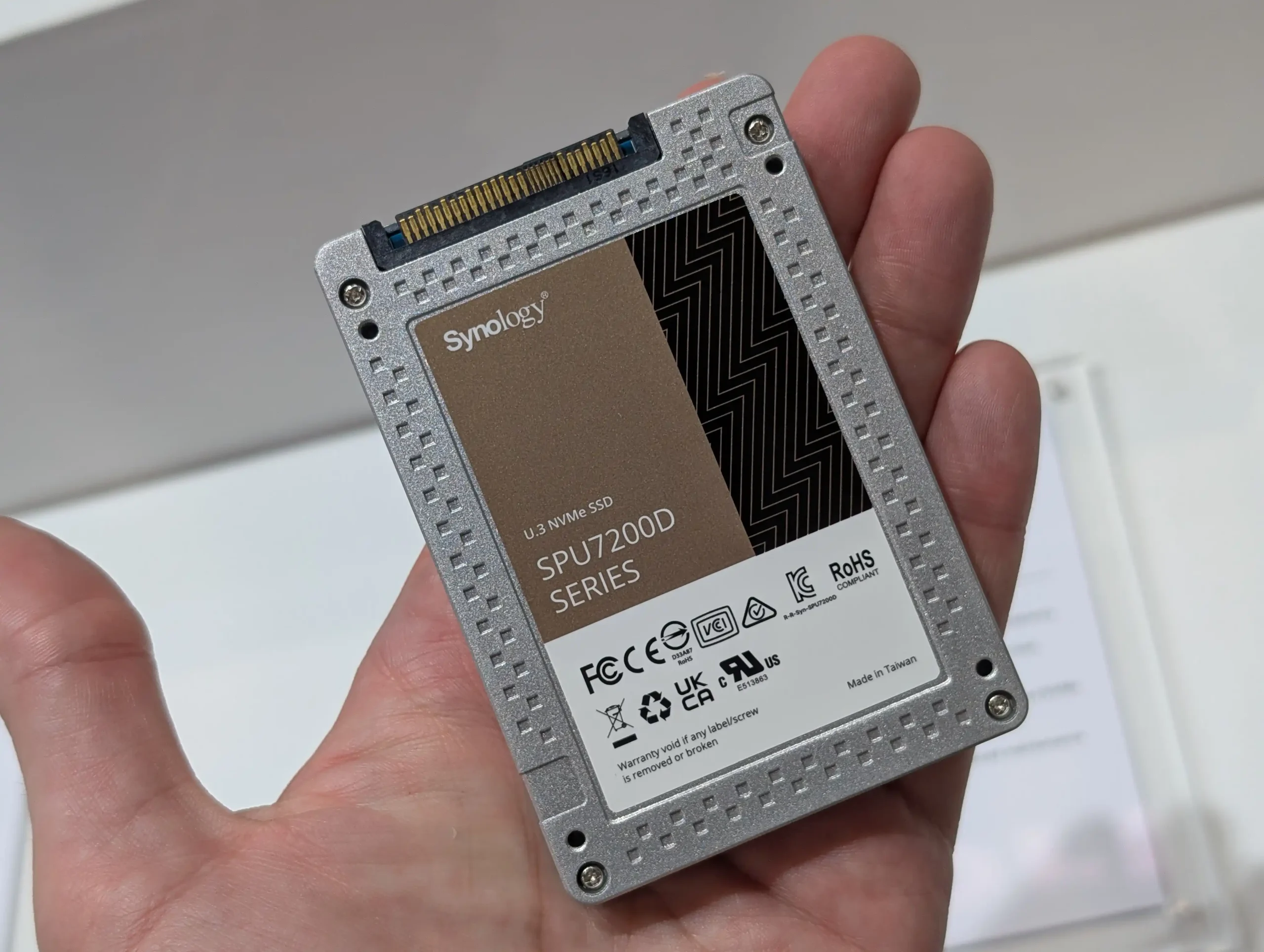

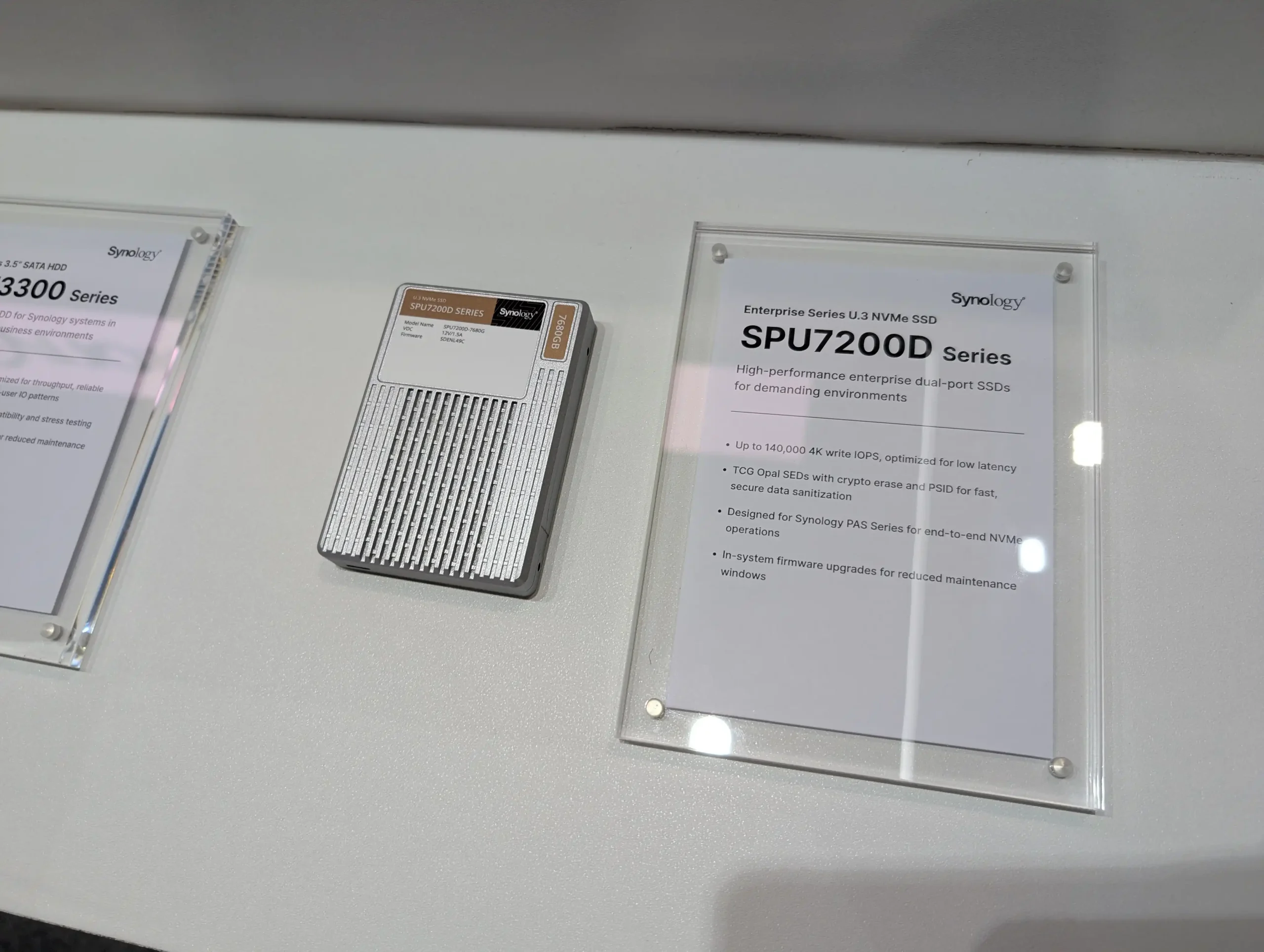
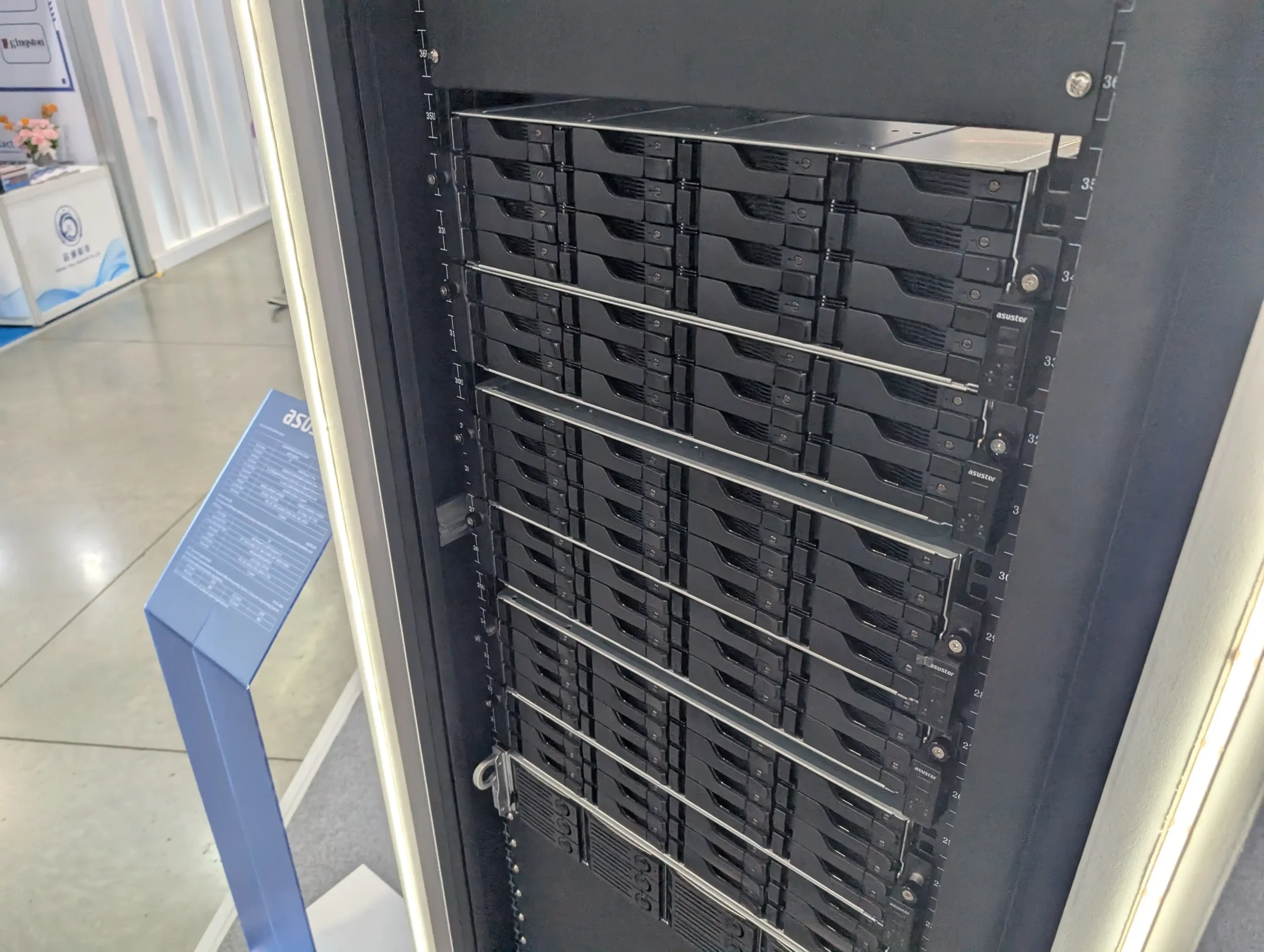

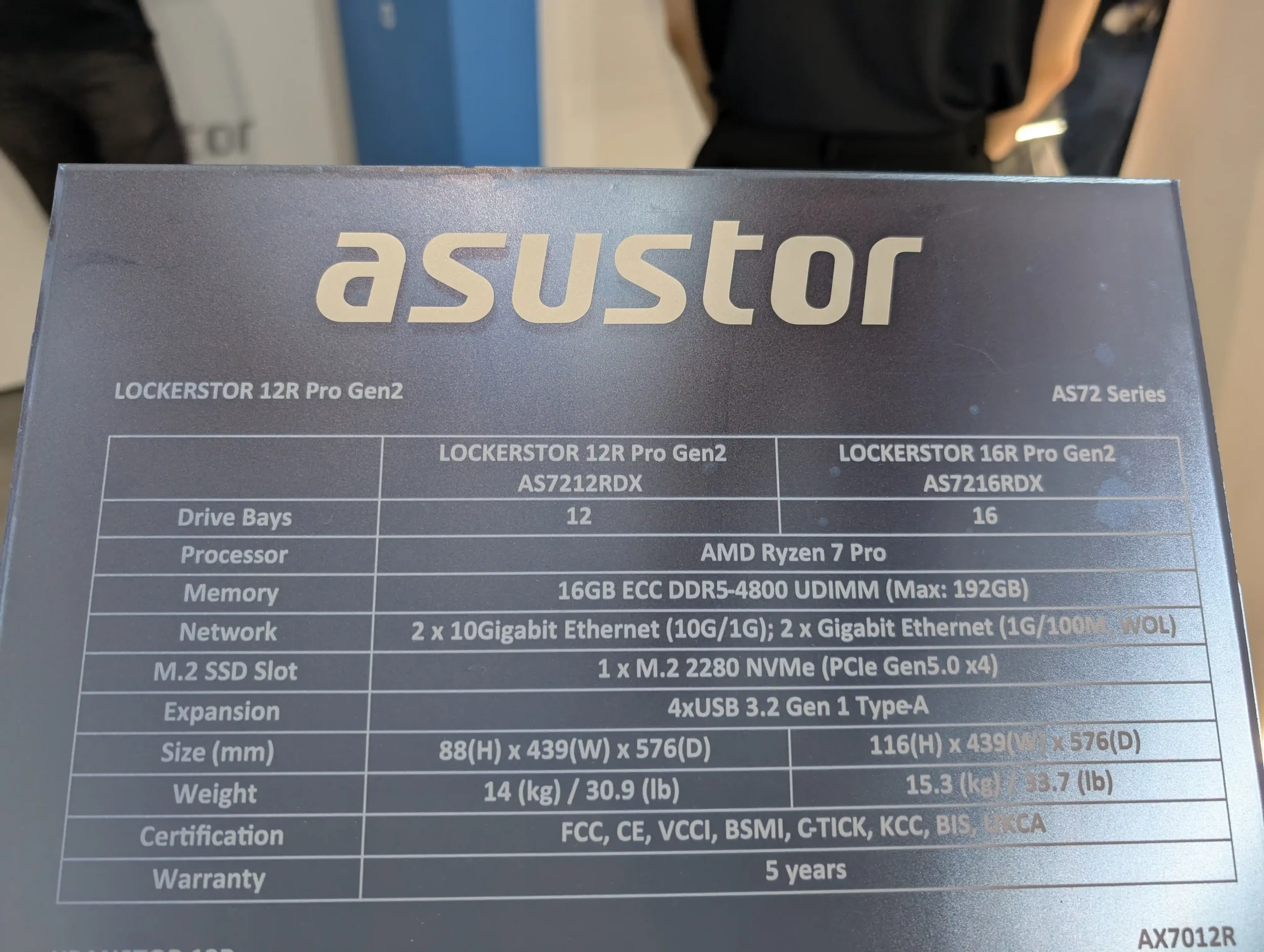

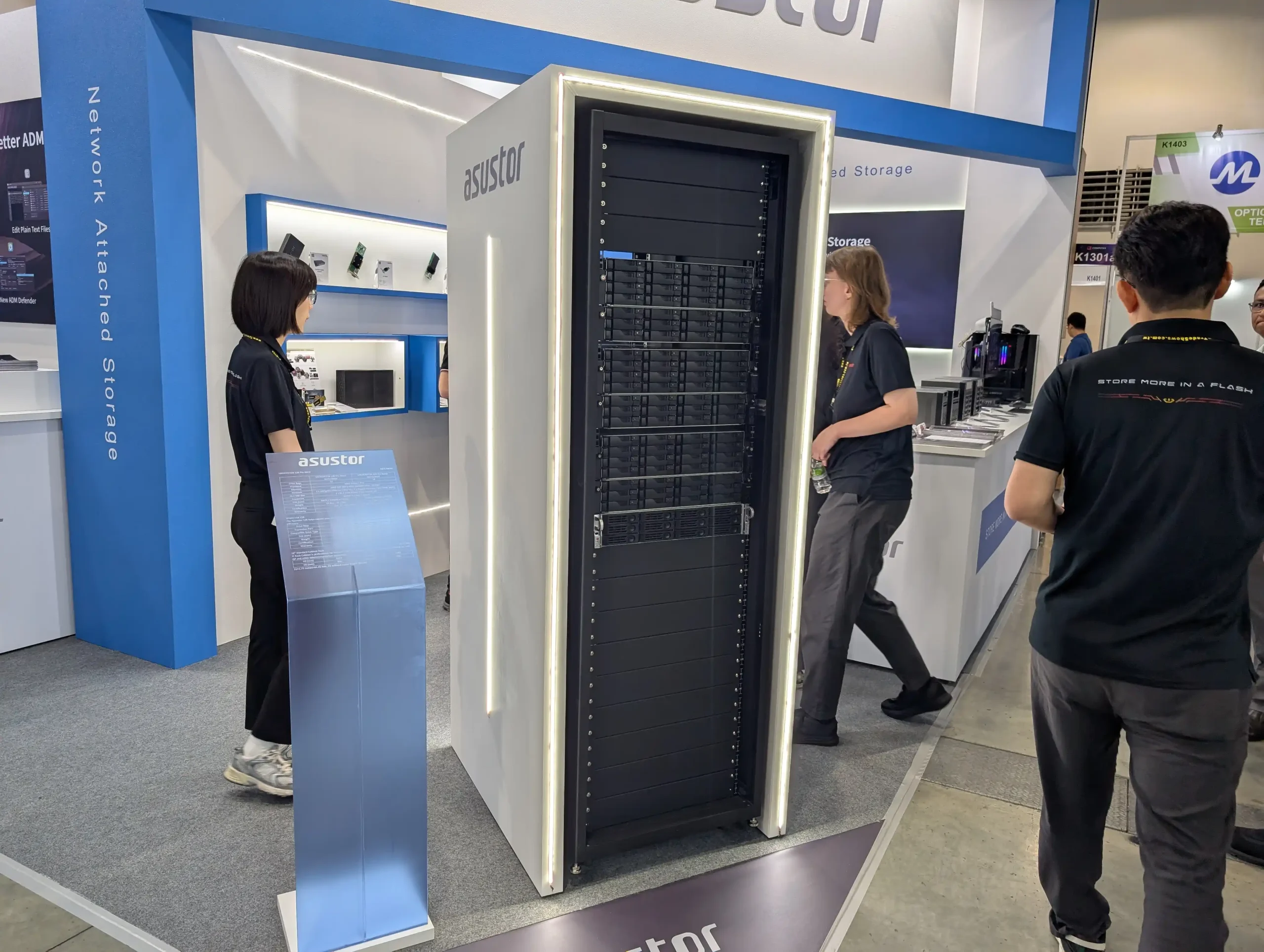
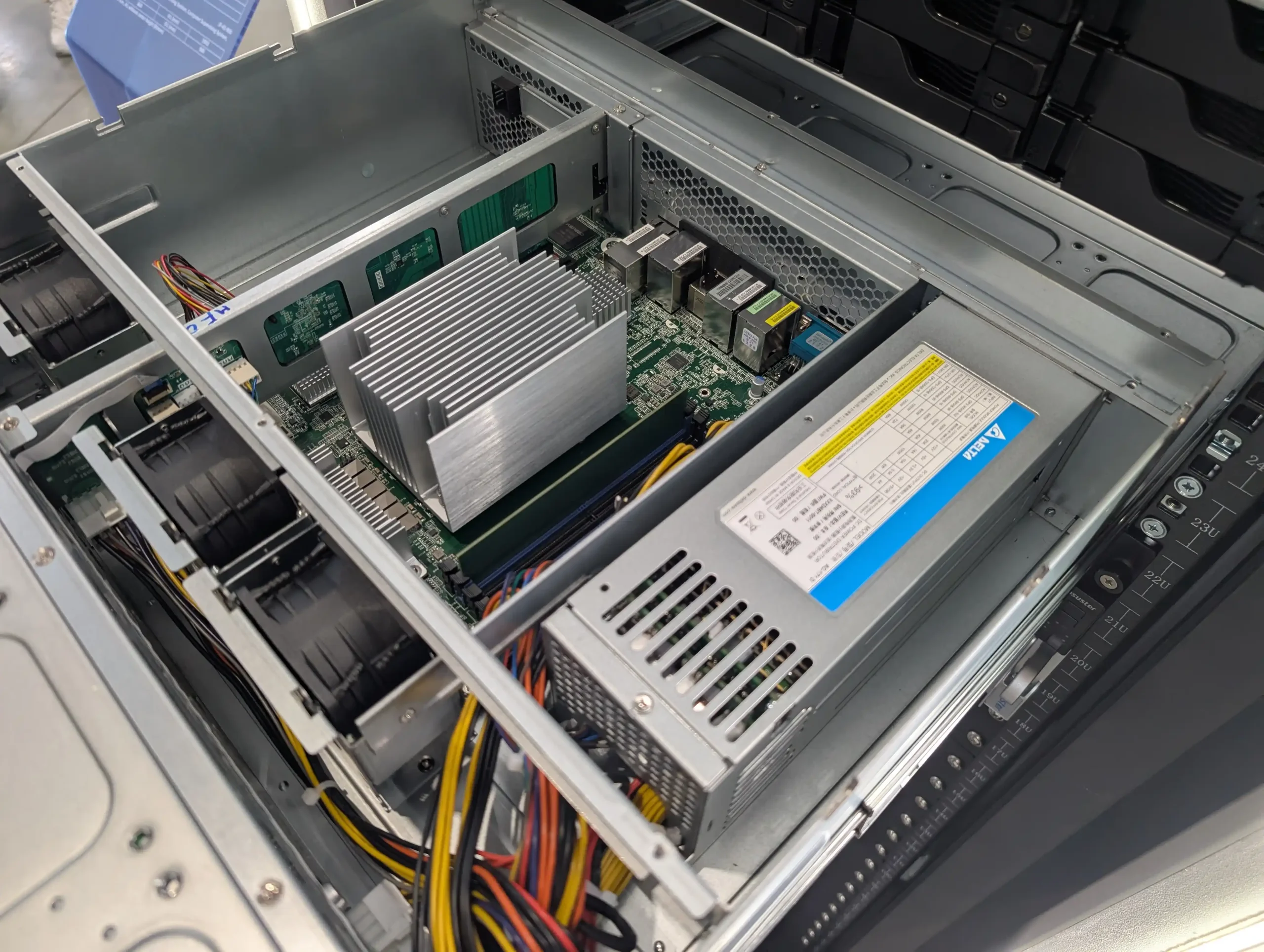
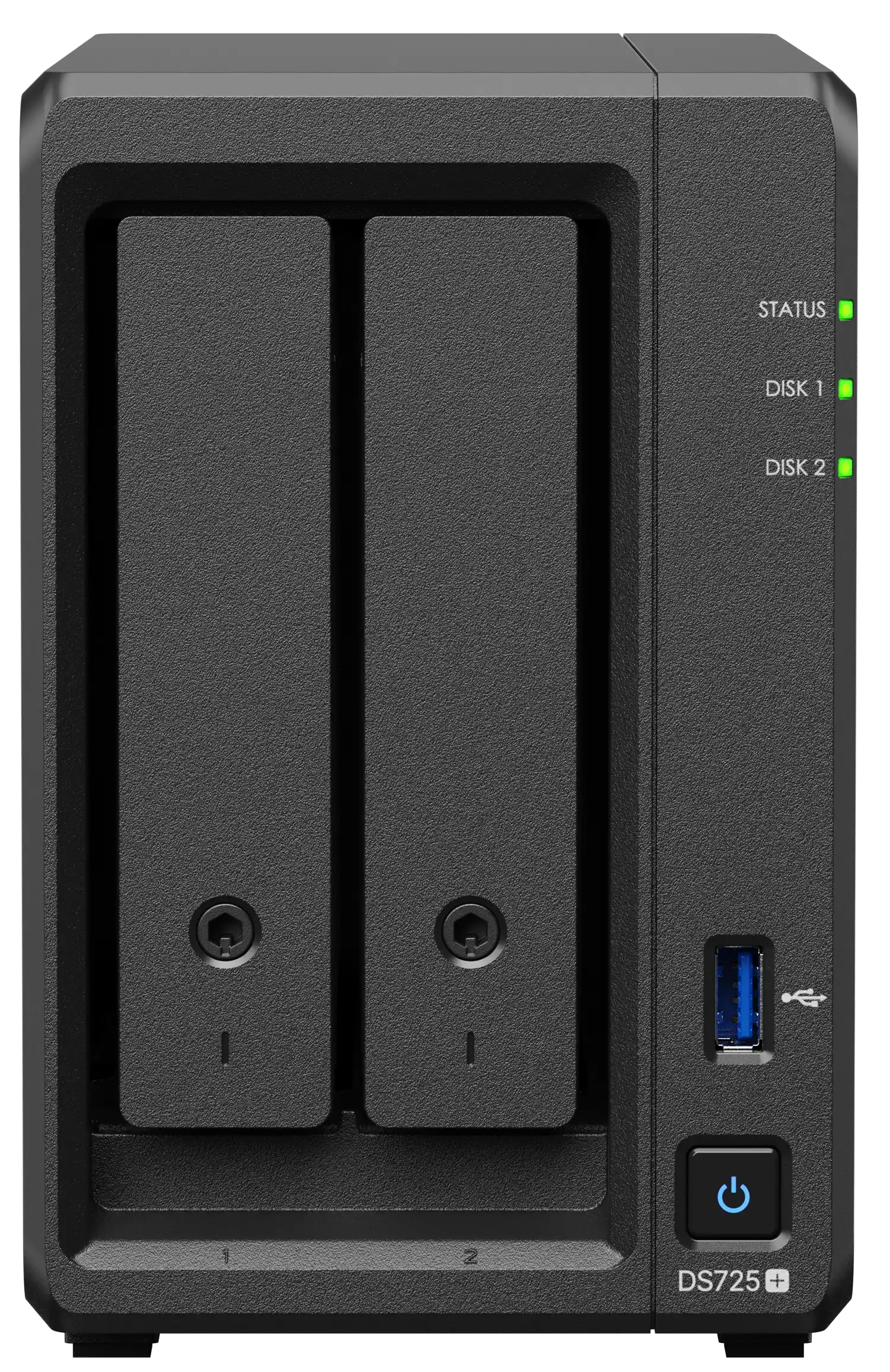
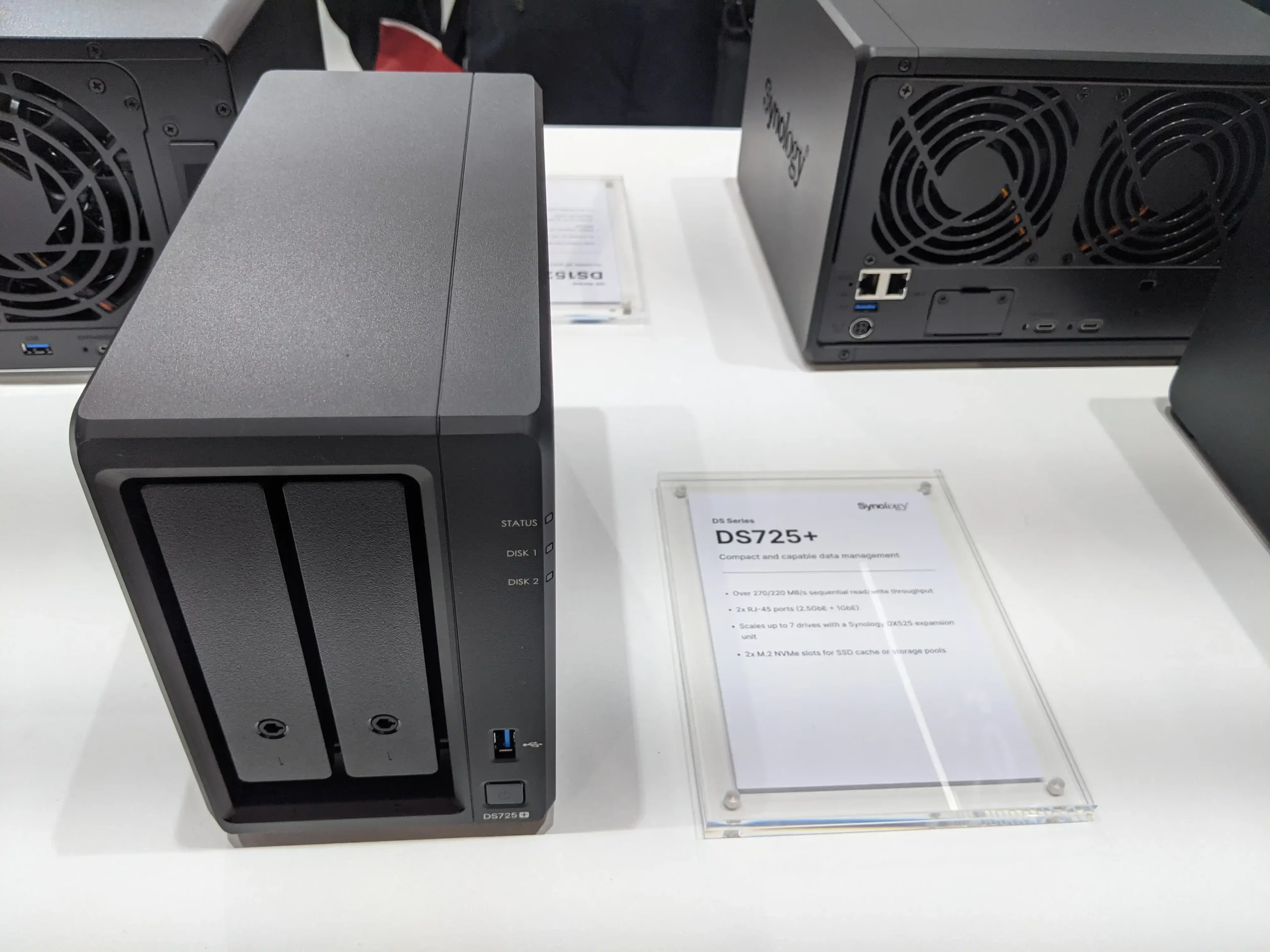

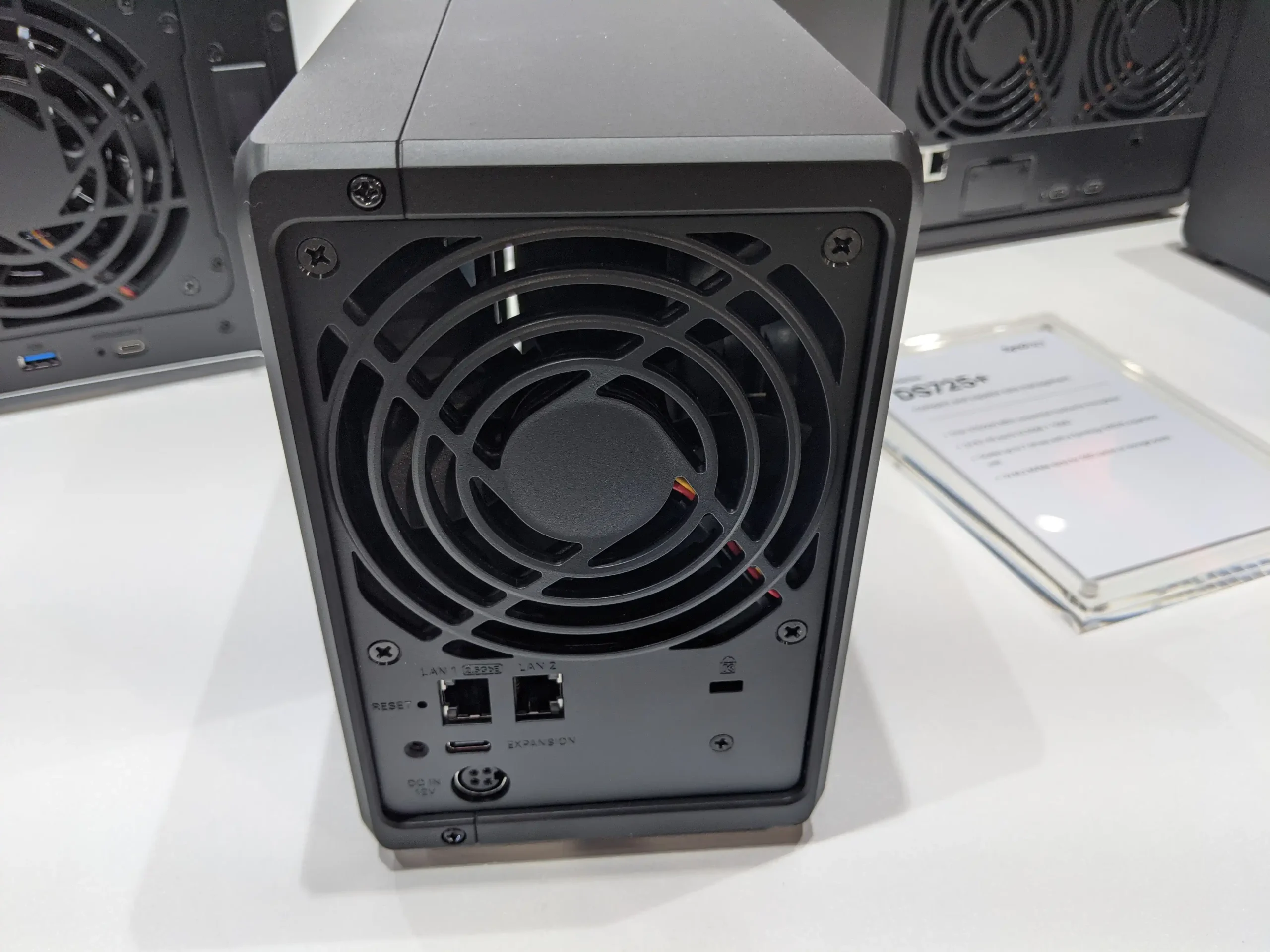
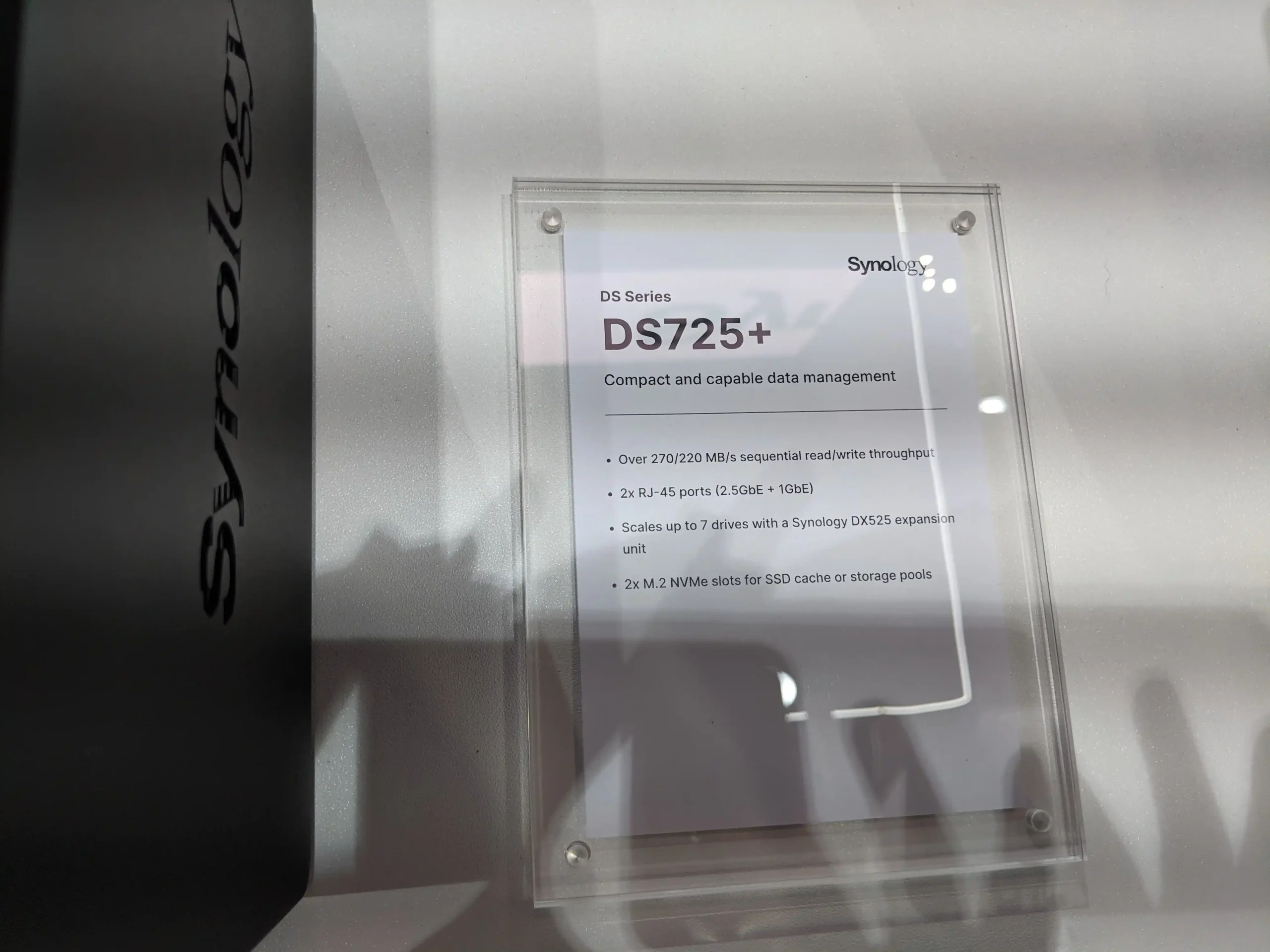
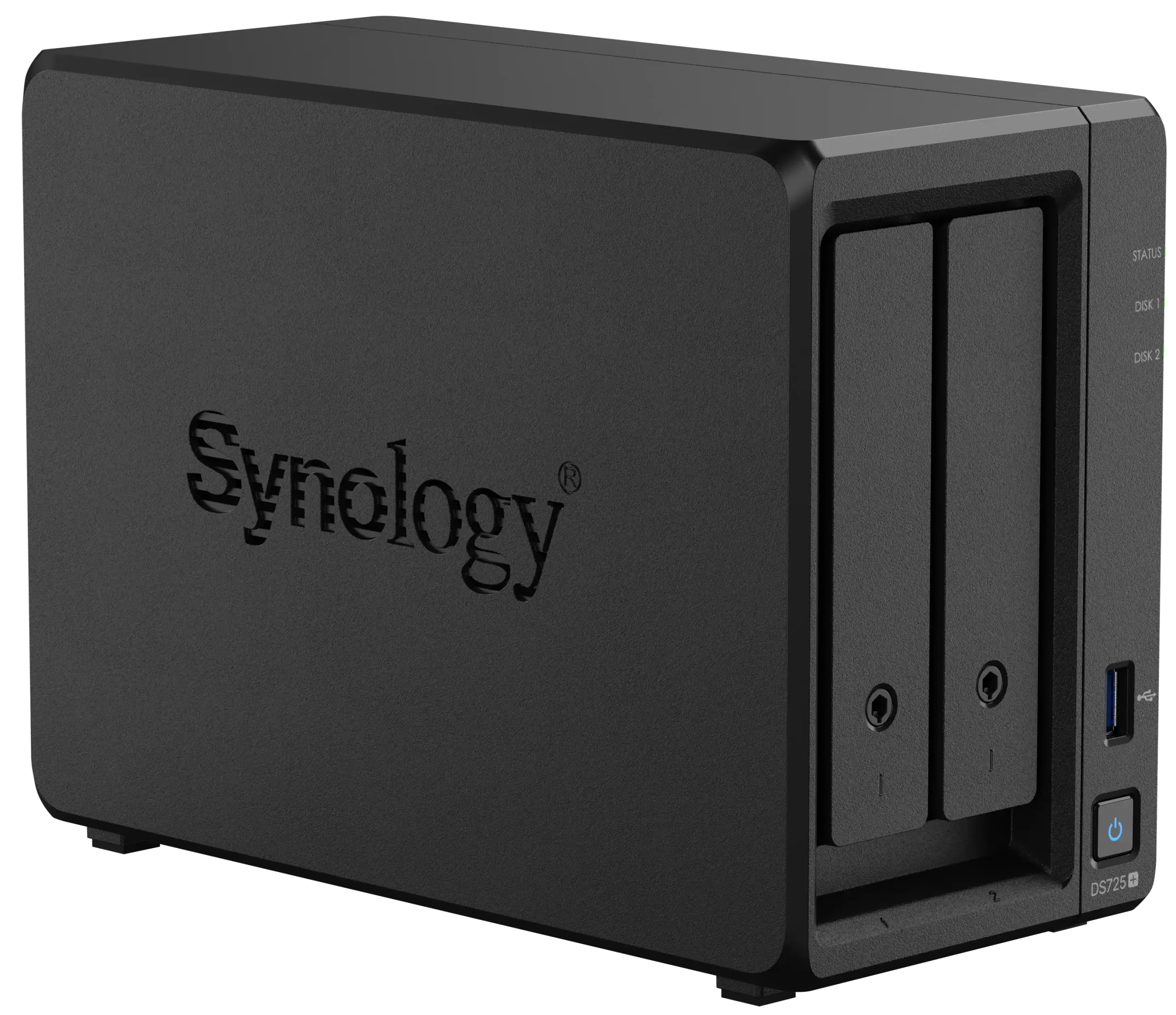
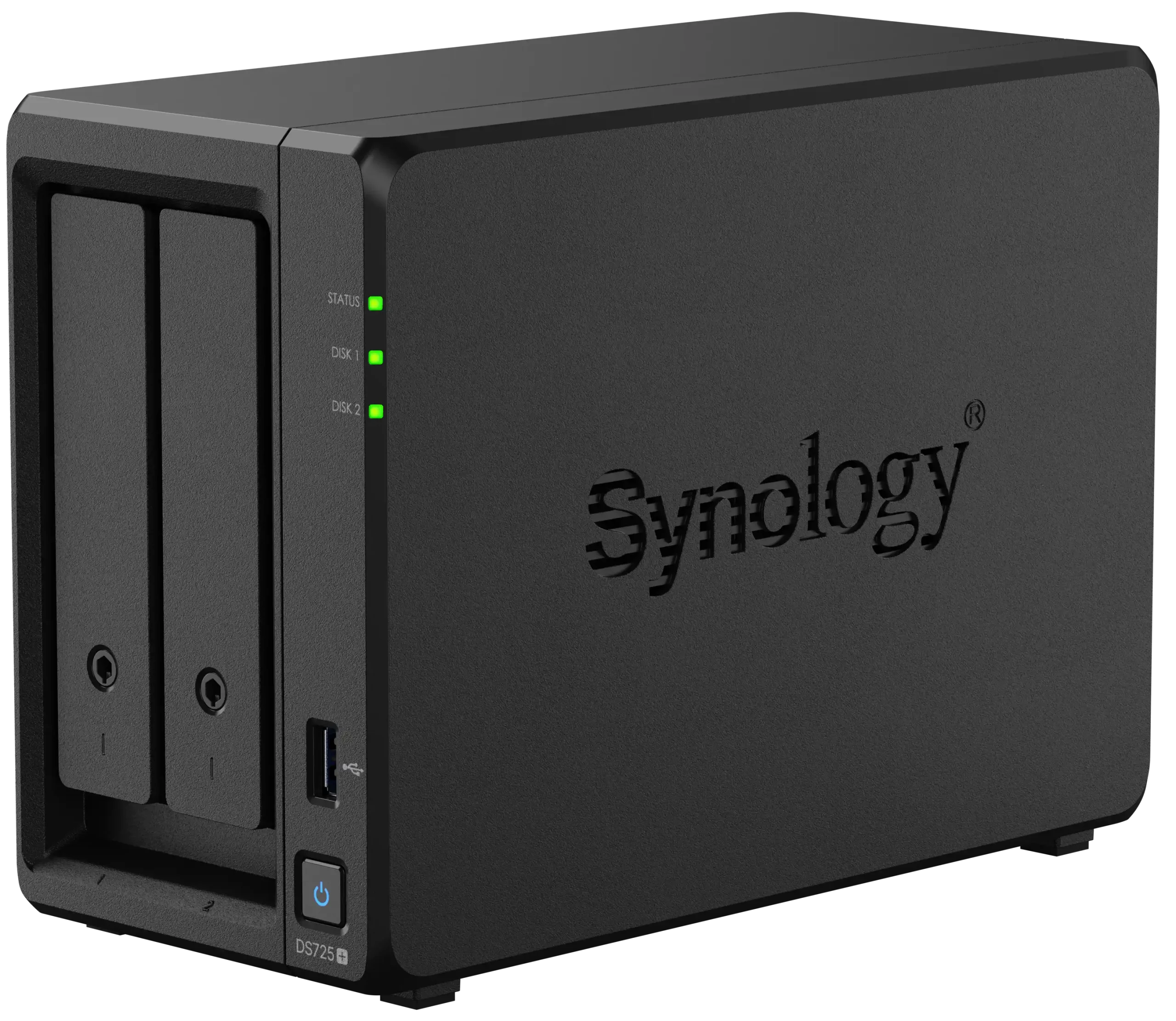
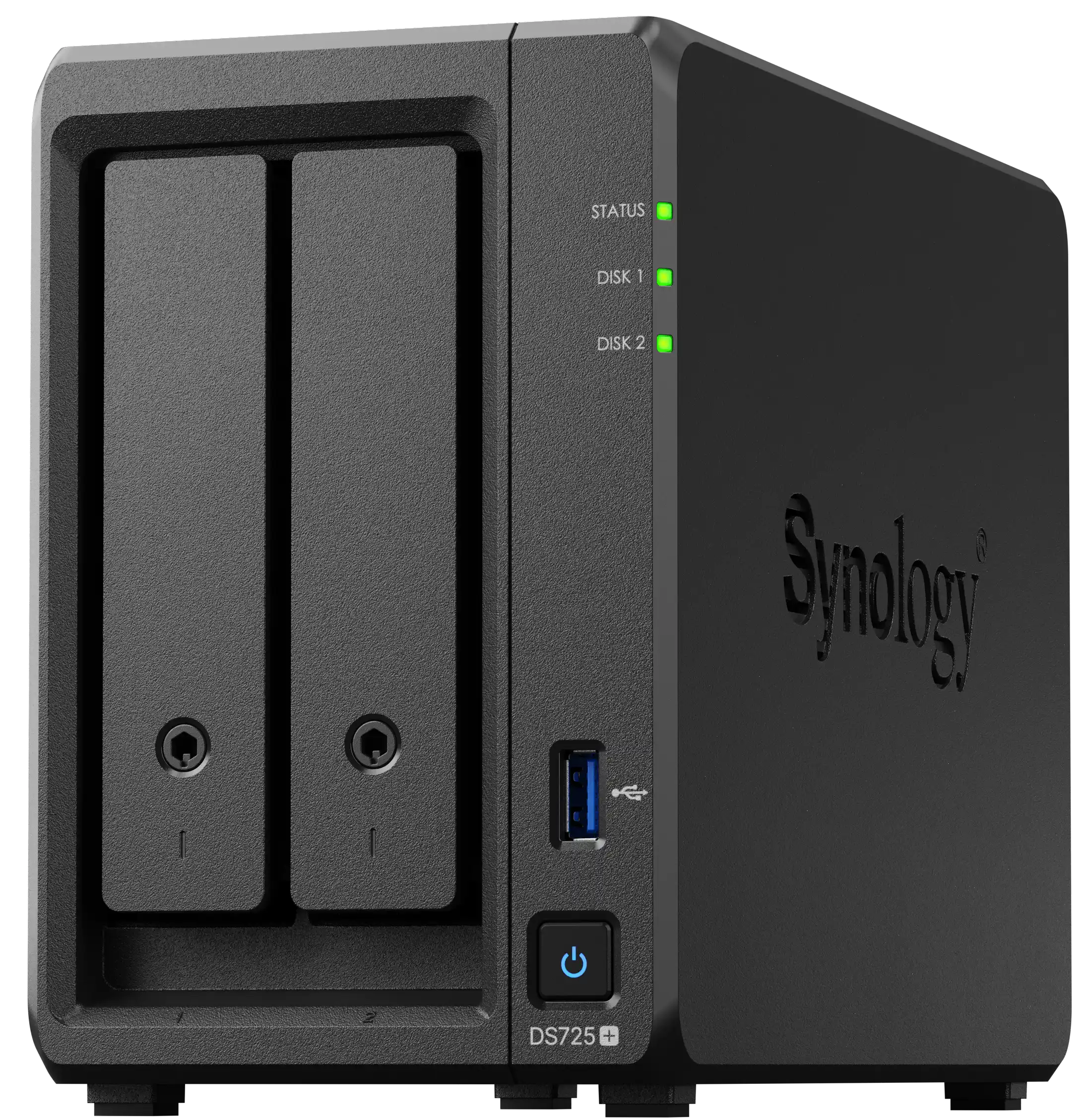
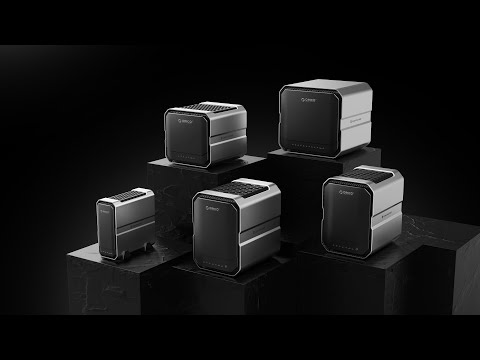

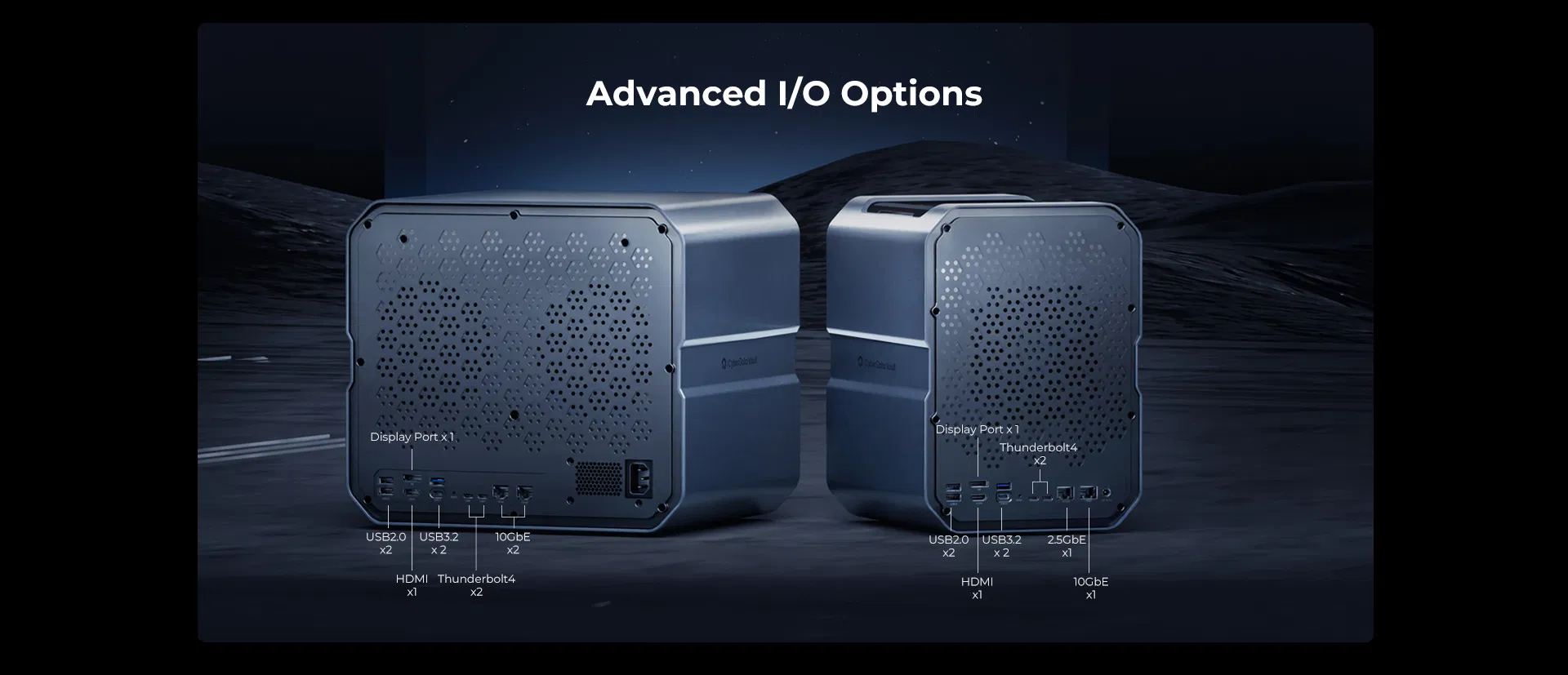
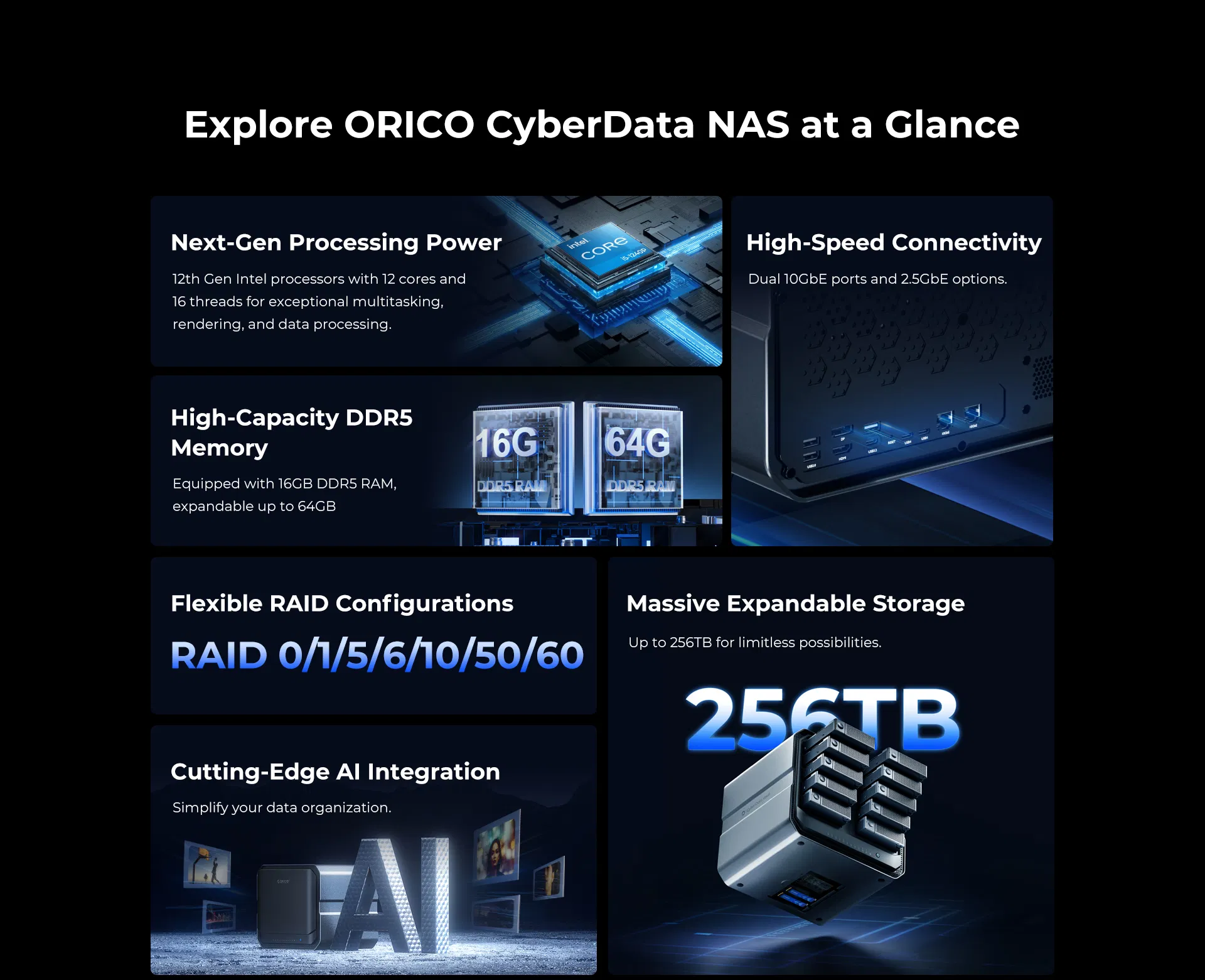
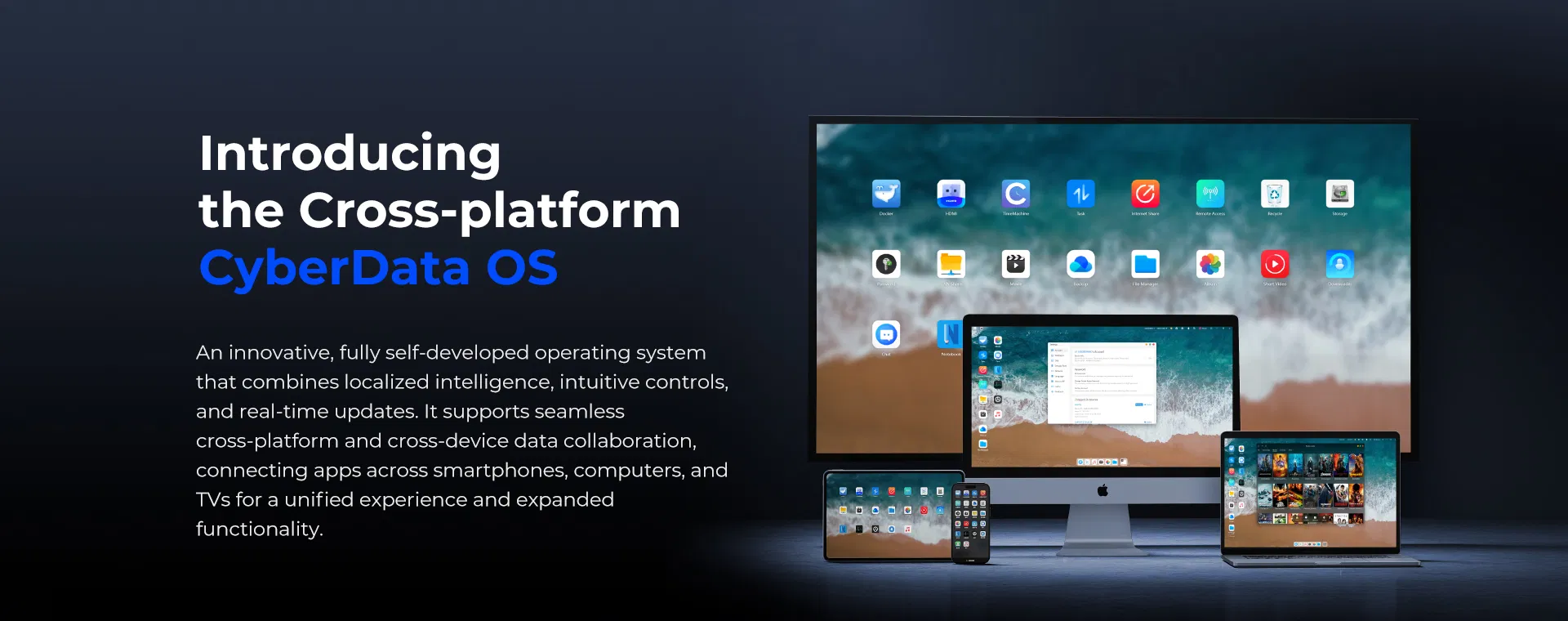
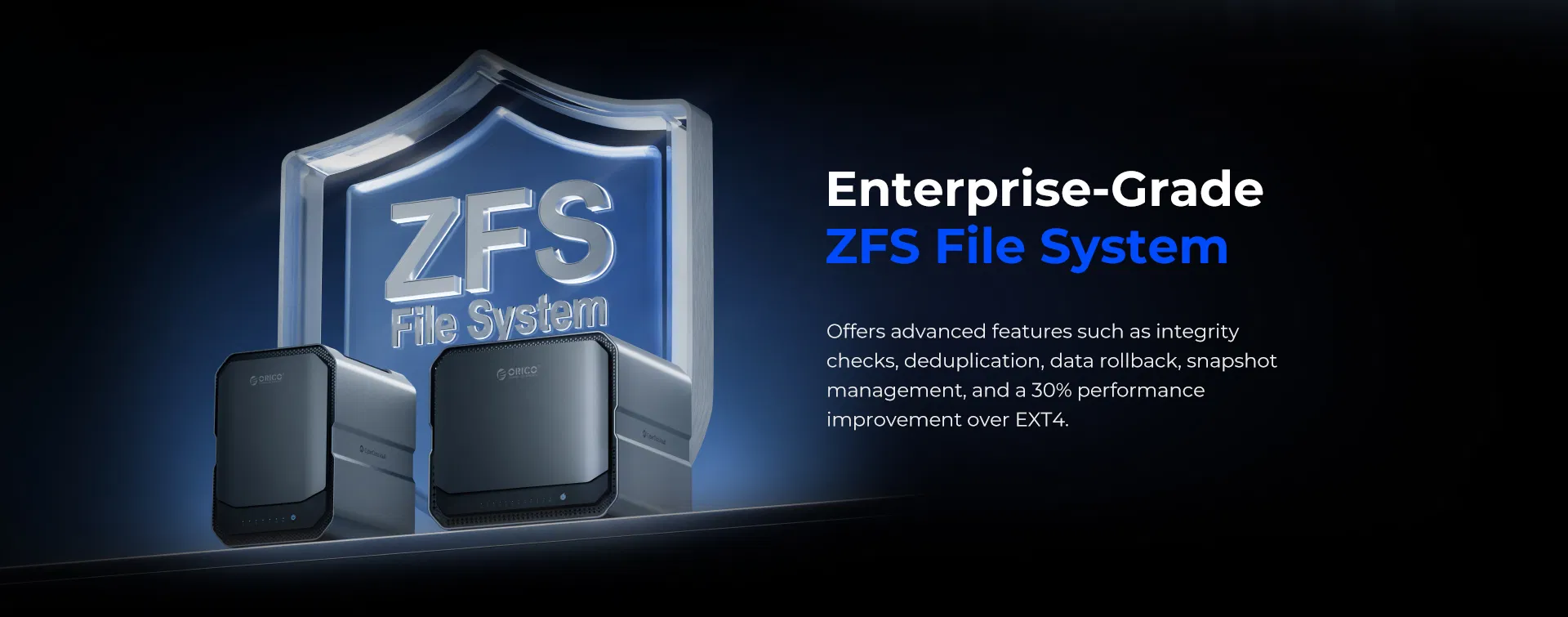

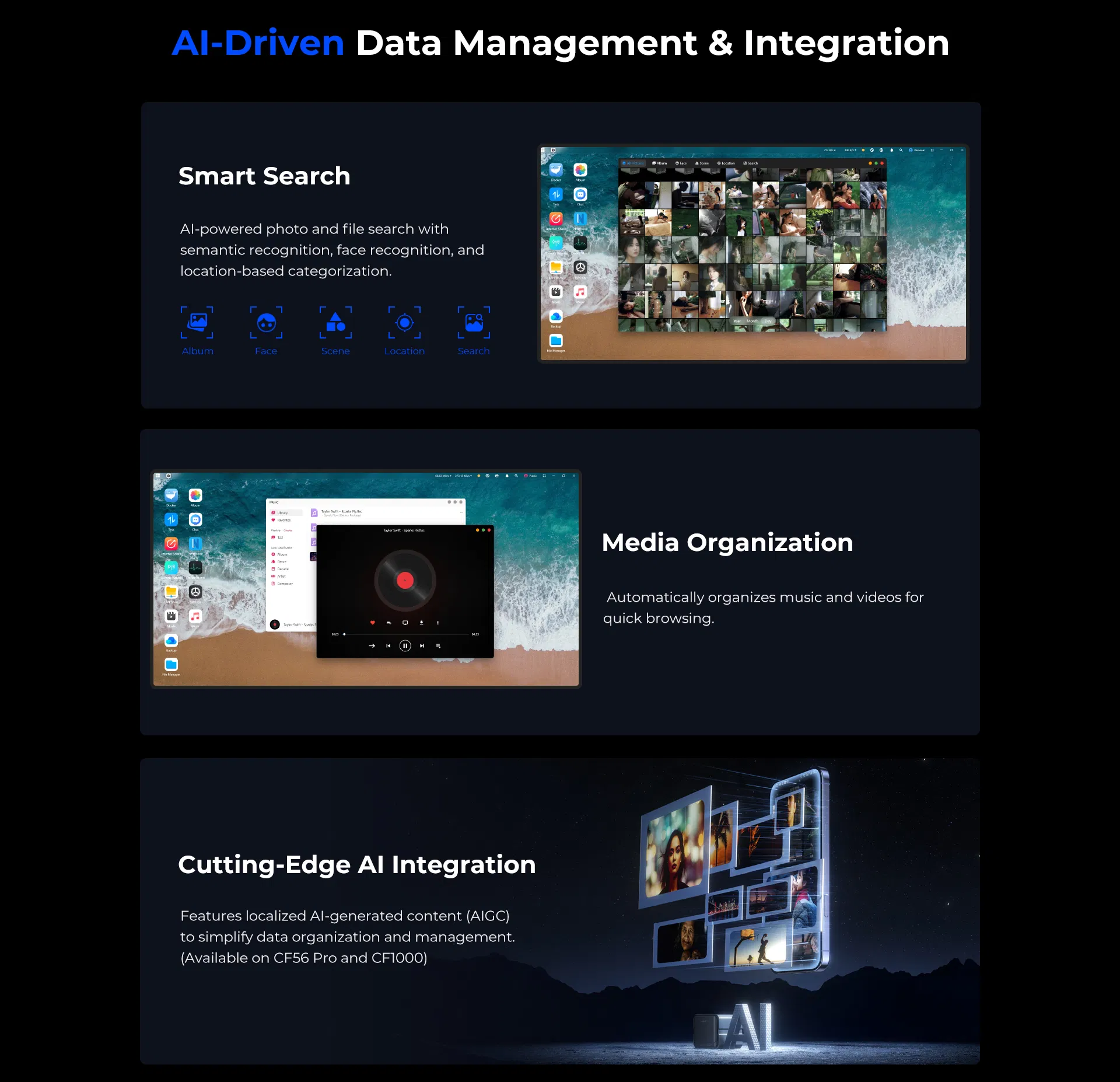
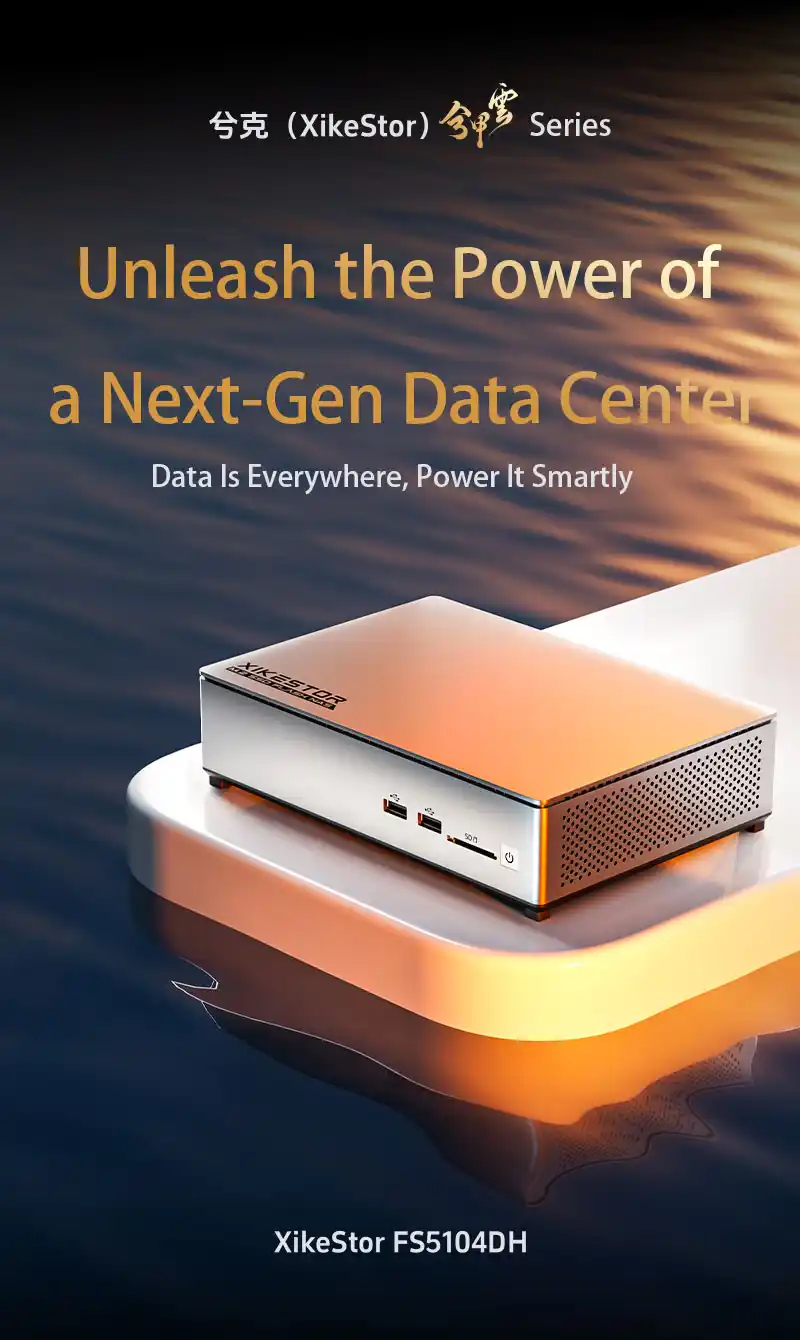
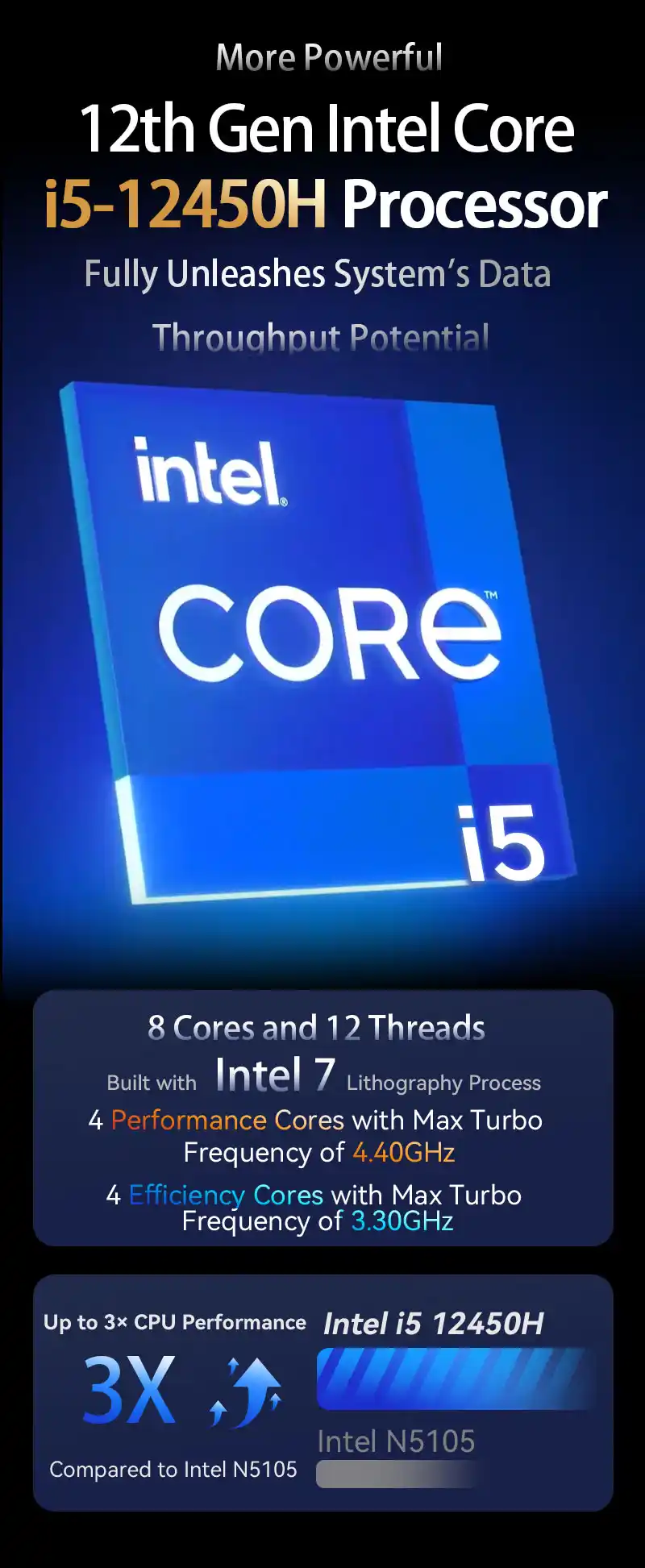
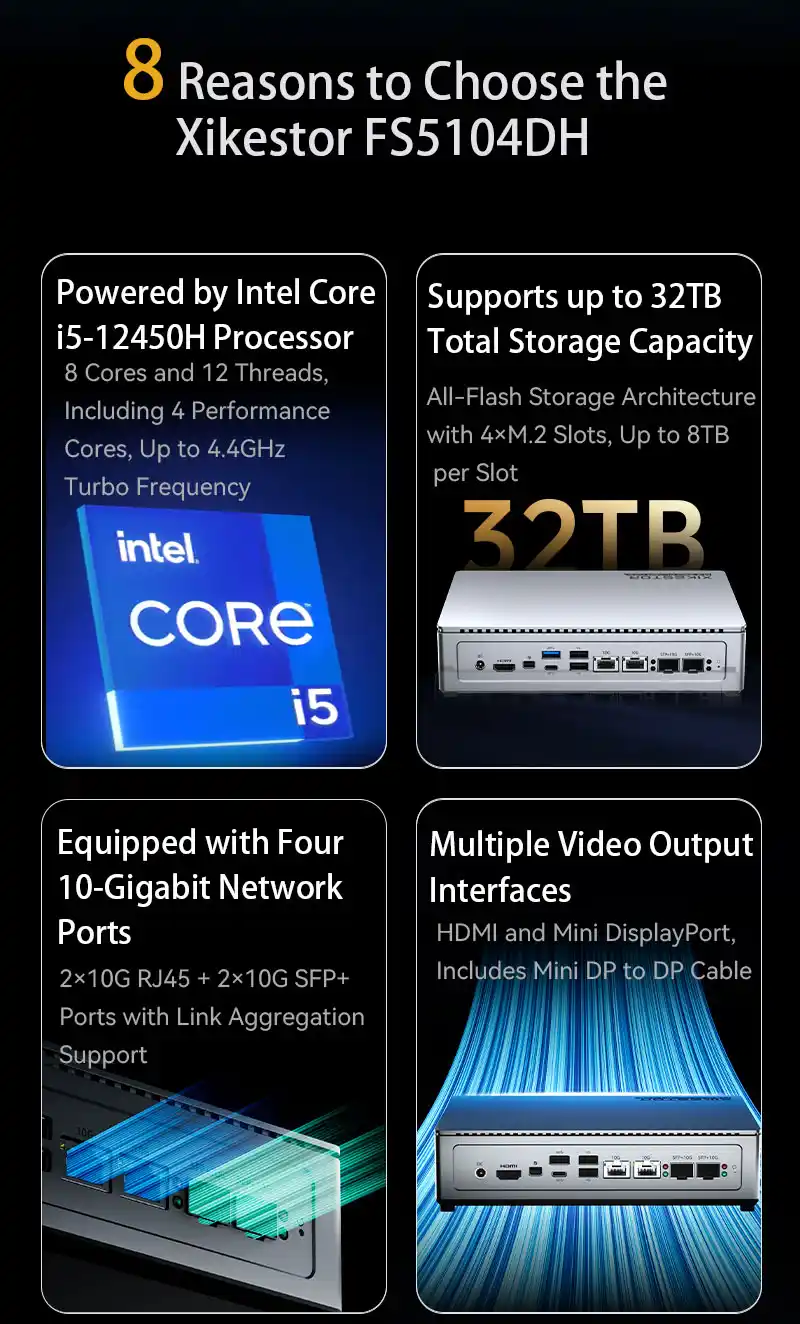
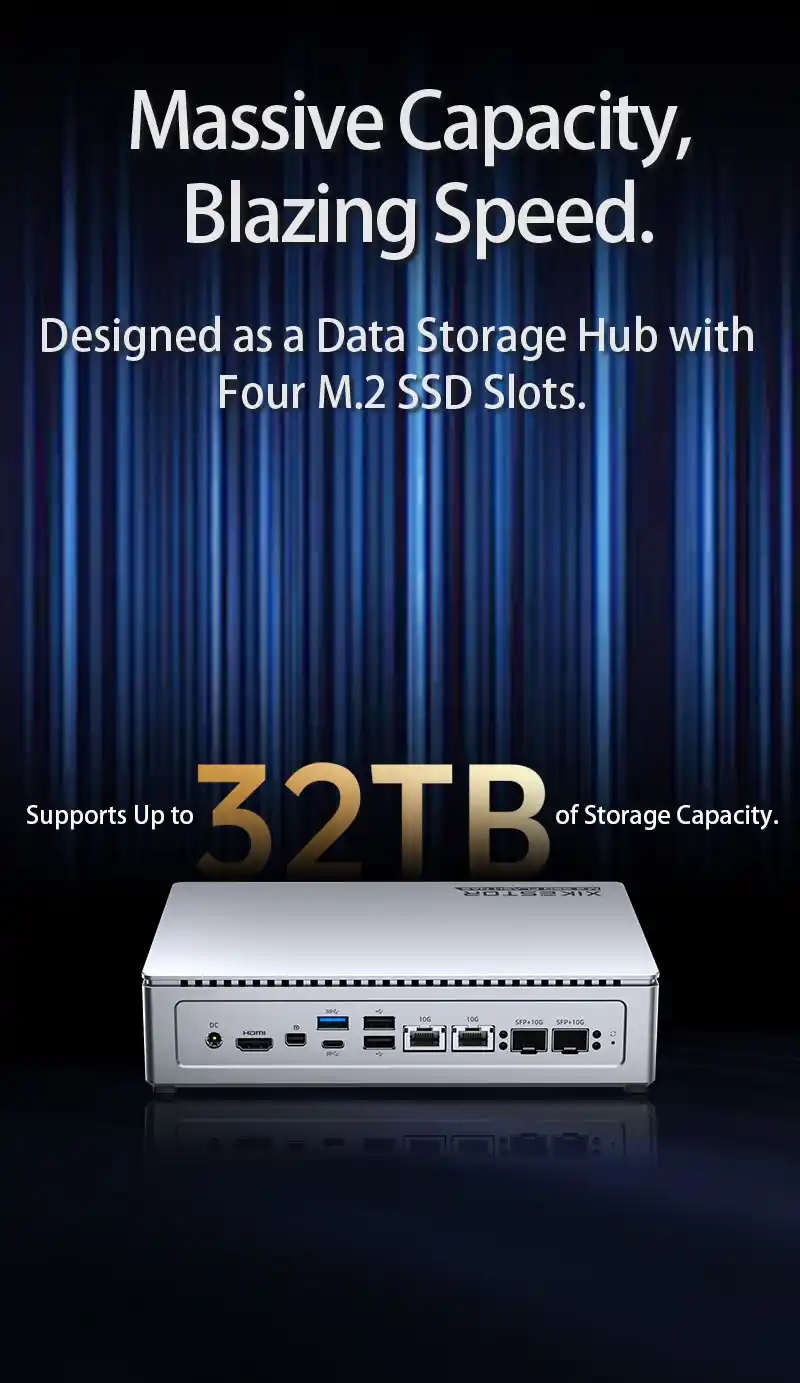
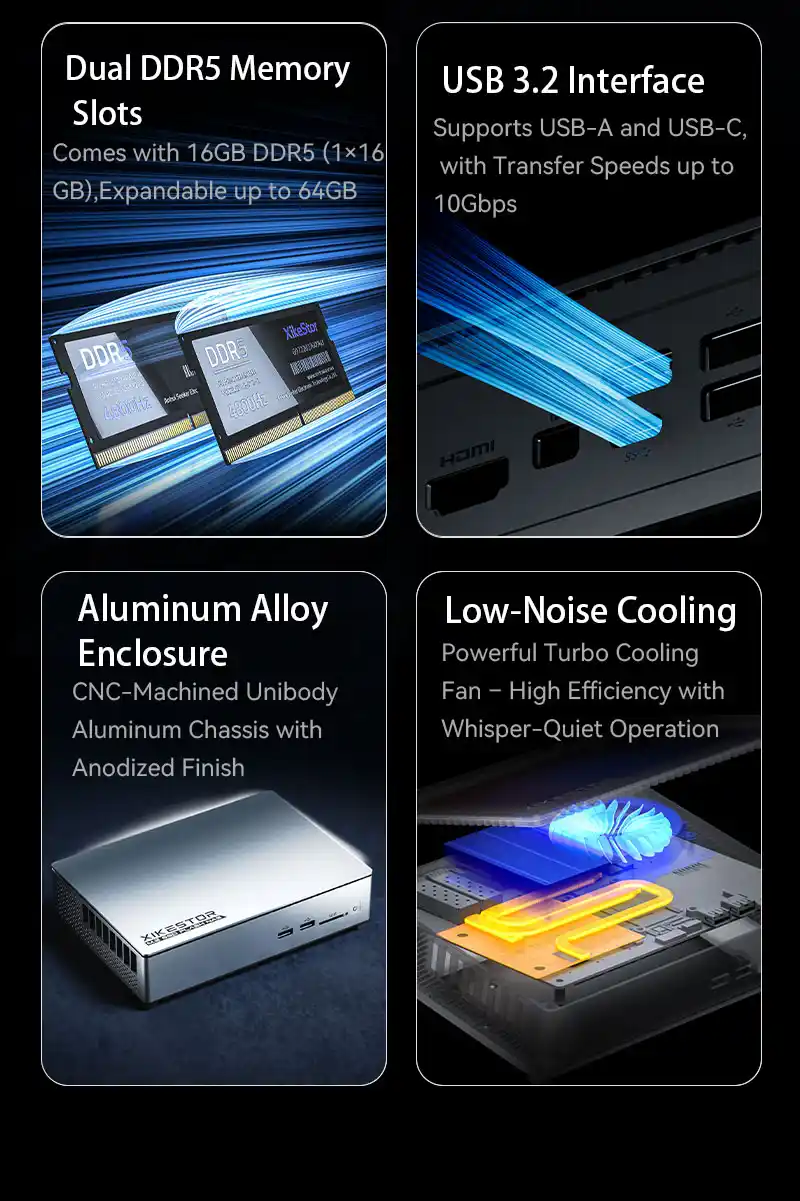


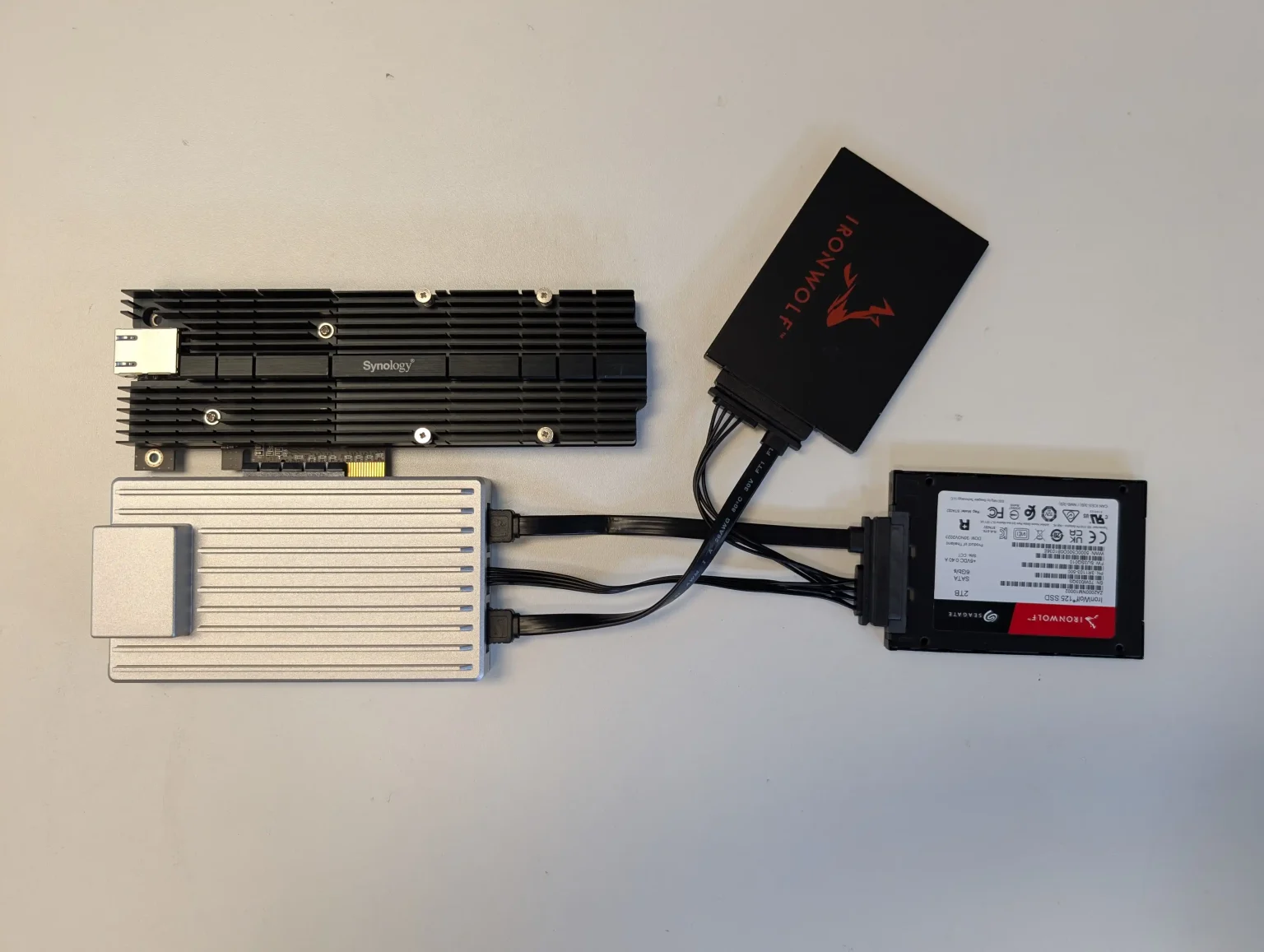

 x86 Architecture – Compatible with a wide range of operating systems including ZimaOS, Unraid, TrueNAS SCALE, and Proxmox.
x86 Architecture – Compatible with a wide range of operating systems including ZimaOS, Unraid, TrueNAS SCALE, and Proxmox. Non-Upgradable RAM – 8GB of soldered LPDDR5x limits long-term scalability for memory-intensive tasks.
Non-Upgradable RAM – 8GB of soldered LPDDR5x limits long-term scalability for memory-intensive tasks.